
Hippie
What is the Hippie?
The hippie lifestyle was based on the principles of peace, love, freedom, and harmony with nature.
Some of the characteristics of the hippie culture were:
They often lived in communal or cooperative arrangements, sharing resources and responsibilities.
This group of people adopted vegetarian or vegan diets, preferring organic and unprocessed foods.
They practiced alternative medicine, such as herbalism, acupuncture, yoga, and meditation.
This movement expressed themselves through art, music, poetry, and literature, often influenced by psychedelic drugs and Eastern spirituality.
They dressed in colorful and unconventional clothing, such as long hair, beads, sandals, tie-dye, and ethnic garments.
The hippie protested against war, racism, sexism, and environmental destruction, advocating for social justice and human rights.
Some of the events and places that are associated with the hippie movement are:
The Human Be-In, a gathering of thousands of hippies in San Francisco's Golden Gate Park in January 1967.
The Summer of Love, a social phenomenon that attracted hundreds of thousands of young people to San Francisco's Haight-Ashbury district in 1967.
The Woodstock Music and Art Fair, a three-day festival that featured some of the most famous musicians of the era and drew over 400,000 people to a farm in New York in August 1969.
The Beatles' visit to India in 1968, where they learned transcendental meditation from Maharishi Mahesh Yogi and influenced many others to explore Eastern philosophy and religion.
The Rainbow Family of Living Light, a loose network of hippies who organize annual gatherings in natural settings around the world since 1972.
It challenged the status quo and inspired many social movements and innovations in various fields.
Some of the legacies of the hippie movement are:
The environmental movement, which raised awareness about the ecological crisis and promoted sustainable living practices.
The feminist movement, which advocated for women's rights and empowerment.
The gay rights movement, which fought for the recognition and acceptance of sexual diversity.
The New Age movement, which popularized alternative spirituality and holistic health.
The counterculture media, such as underground newspapers, magazines, radio stations, and films that offered alternative perspectives and information.
The organic food industry, which grew out of the hippie preference for natural and healthy food.
The personal computer industry, which was pioneered by some former hippies who applied their creativity and vision to technology.
However, some hippies continued to live according to their ideals or passed them on to their children.
Today, there are still some communities and festivals that preserve the hippie culture and spirit.
Example of the color palette for the image of Hippie
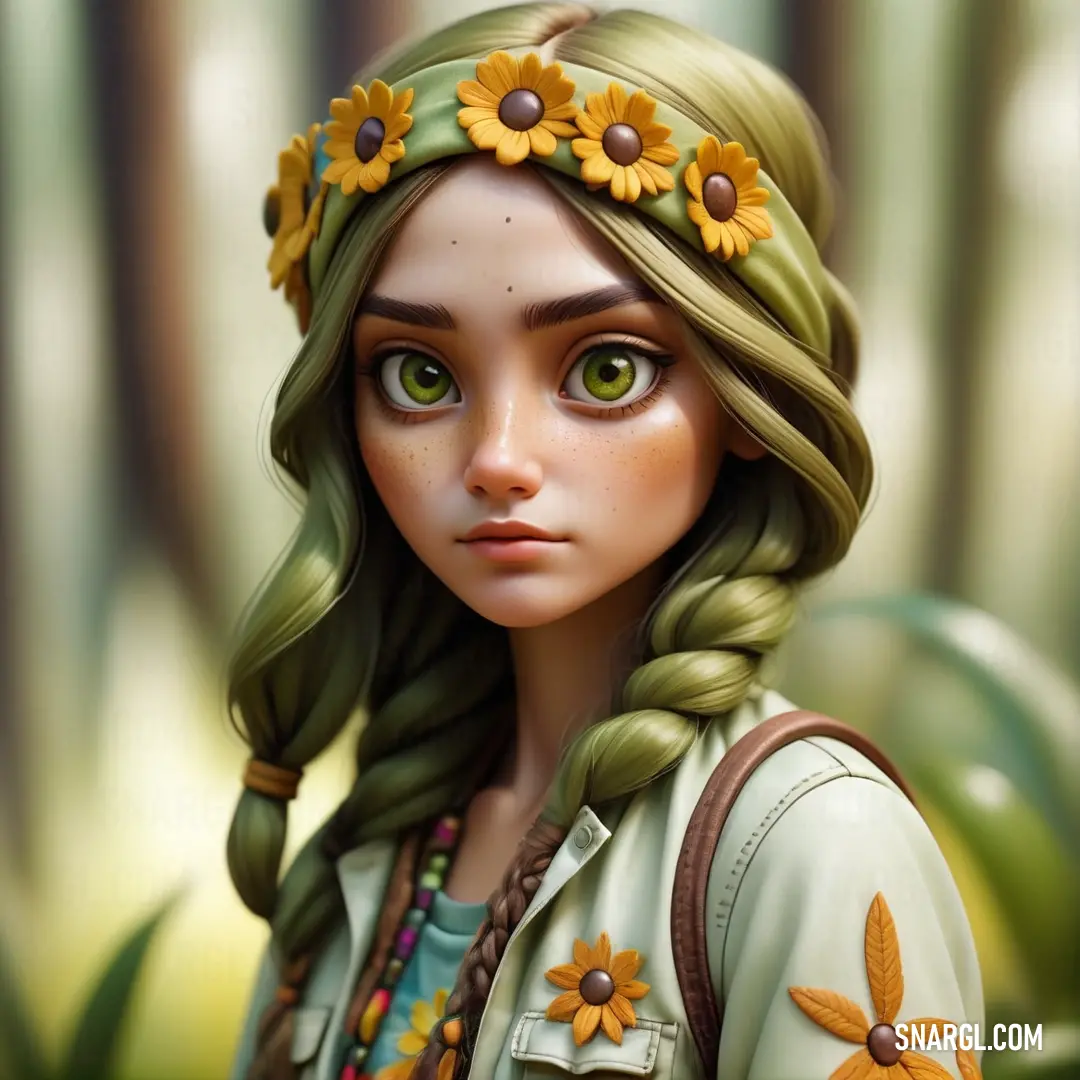
See these colors in NCS, PANTONE, RAL palettes...
Why do the Hippie clothes look good?
Example of the color palette for the image of Hippie
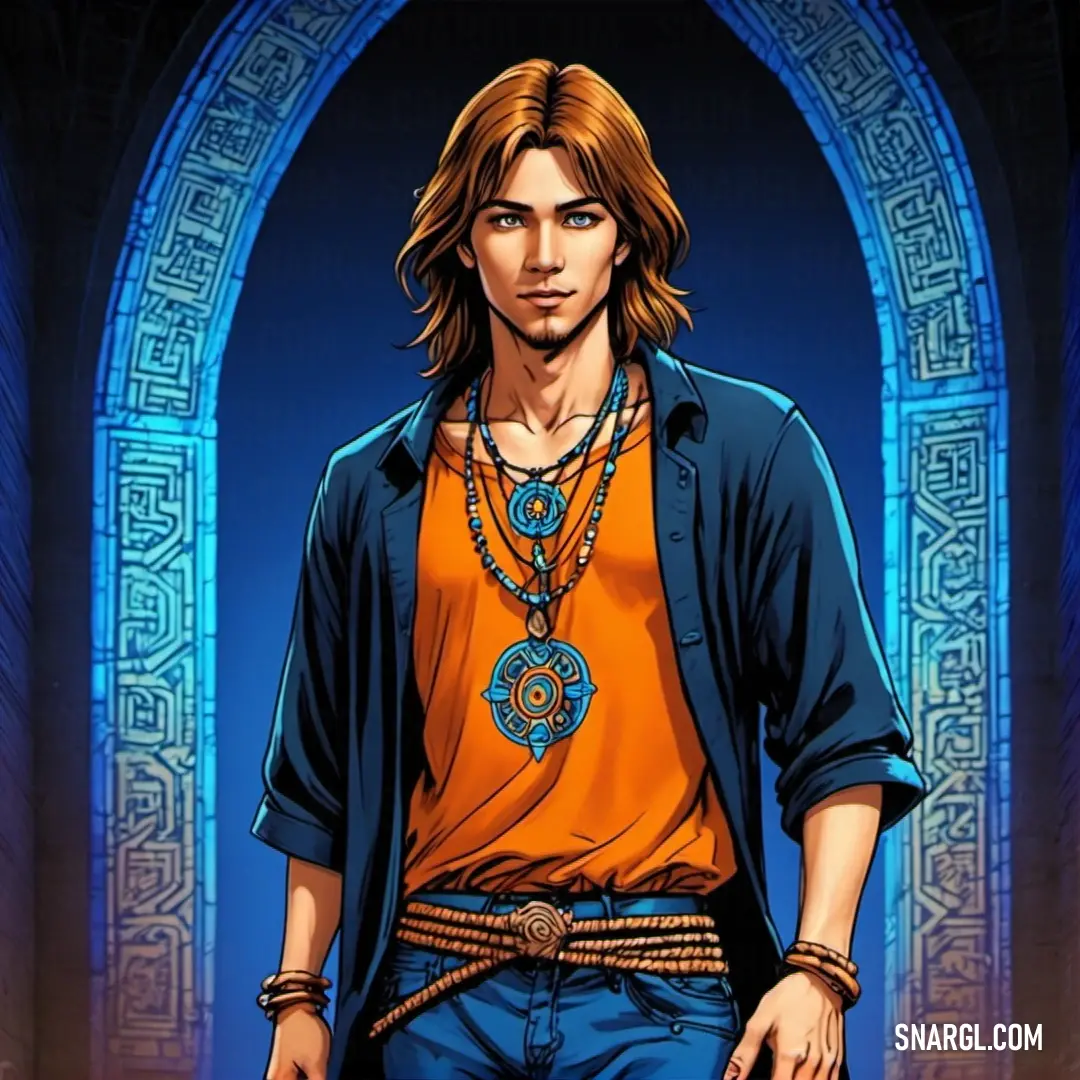
See these colors in NCS, PANTONE, RAL palettes...
Who can wear the Hippie garments?
Hippies were a group of people who rejected mainstream society and embraced alternative lifestyles, such as peace, love, music, and environmentalism.
Hippies were also known for their unique style, favouring long hair and casual, often unconventional, dress, sometimes in "psychedelic" colours.
Hippie garments can be worn by anyone who appreciates the hippie philosophy and aesthetic, or who simply likes the comfort and creativity of these clothes.
Hippie garments are typically made from natural fabrics, such as cotton, hemp, or wool, and feature patterns, prints, or embroidery inspired by various cultures, such as Indian, African, or Native American.
Some examples of hippie garments are:
Jumpsuits: These are one-piece outfits that cover the torso and legs, usually with a loose fit and wide legs.
They can be worn with or without a belt, and often have pockets, buttons, or zippers.
Jumpsuits are versatile and can be paired with different accessories, such as hats, scarves, or jewelry.
Jumpsuits are also popular among boho and festival fashion lovers.Tie-dye shirts: These are shirts that have been dyed with various colours in a spiral or random pattern, creating a vibrant and unique look.
Tie-dye shirts can be worn with jeans, skirts, or shorts, and can be layered with jackets, cardigans, or vests.
Tie-dye shirts are also a symbol of the hippie movement, as they represent freedom, individuality, and creativity.Baja hoodies: These are hooded sweatshirts that are made from a thick, woven fabric, usually with horizontal stripes or geometric designs.
They are also known as drug rugs, ponchos, or Mexican hoodies, as they are often sold in markets or tourist shops in Mexico or Central America.
Baja hoodies are warm and cozy, and can be worn with leggings, jeans, or pants.
Baja hoodies are also associated with the hippie and surf culture, as they are often worn by beachgoers or travelers.
Hippie garments can be worn by anyone who wants to show their love for nature, art, music, or spirituality, or who simply wants to have fun and experiment with different styles.
Hippie garments are a celebration of diversity, harmony, and joy.
️
Example of the color palette for the image of Hippie
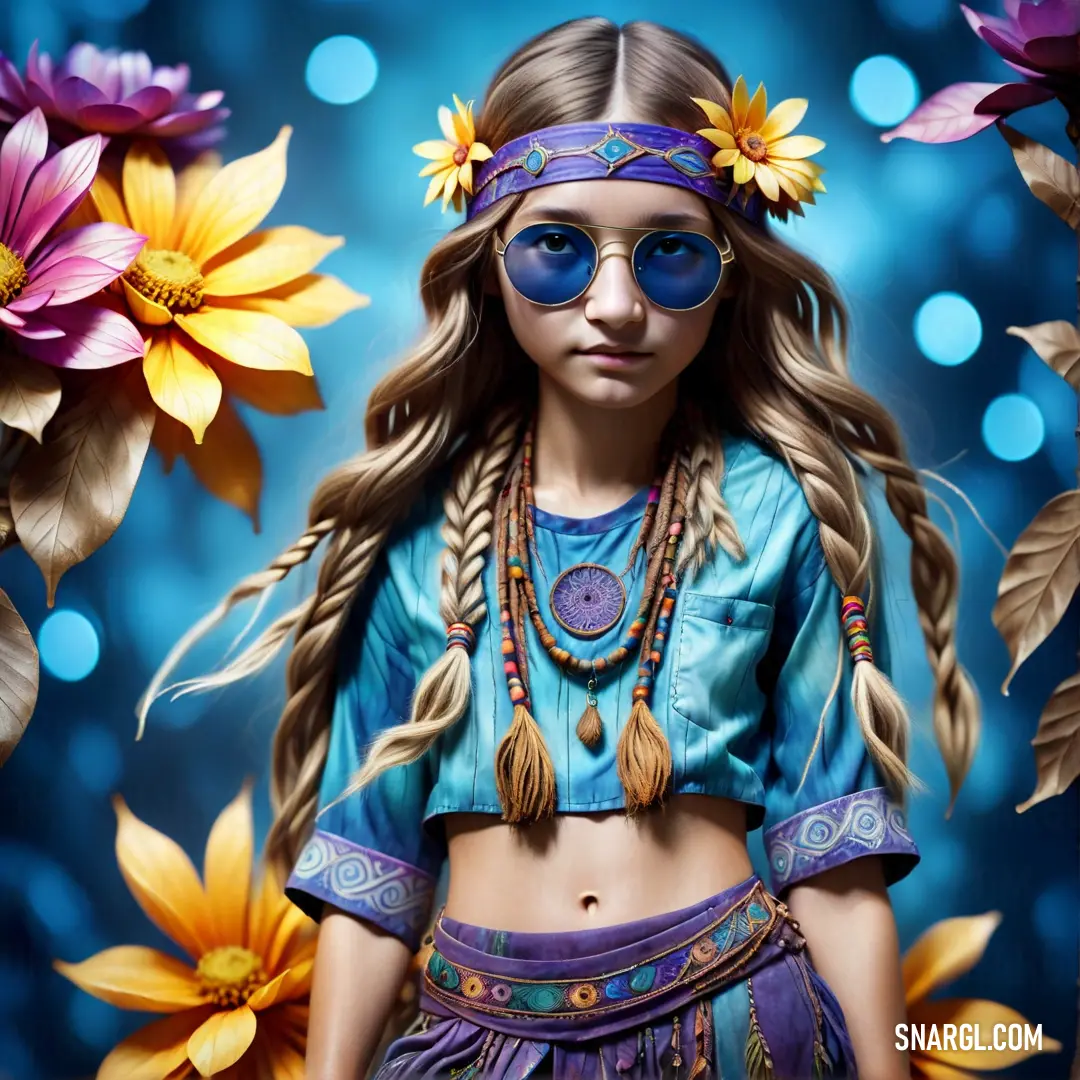
See these colors in NCS, PANTONE, RAL palettes...
Are the Hippie clothing in style?
Example of the color palette for the image of Hippie
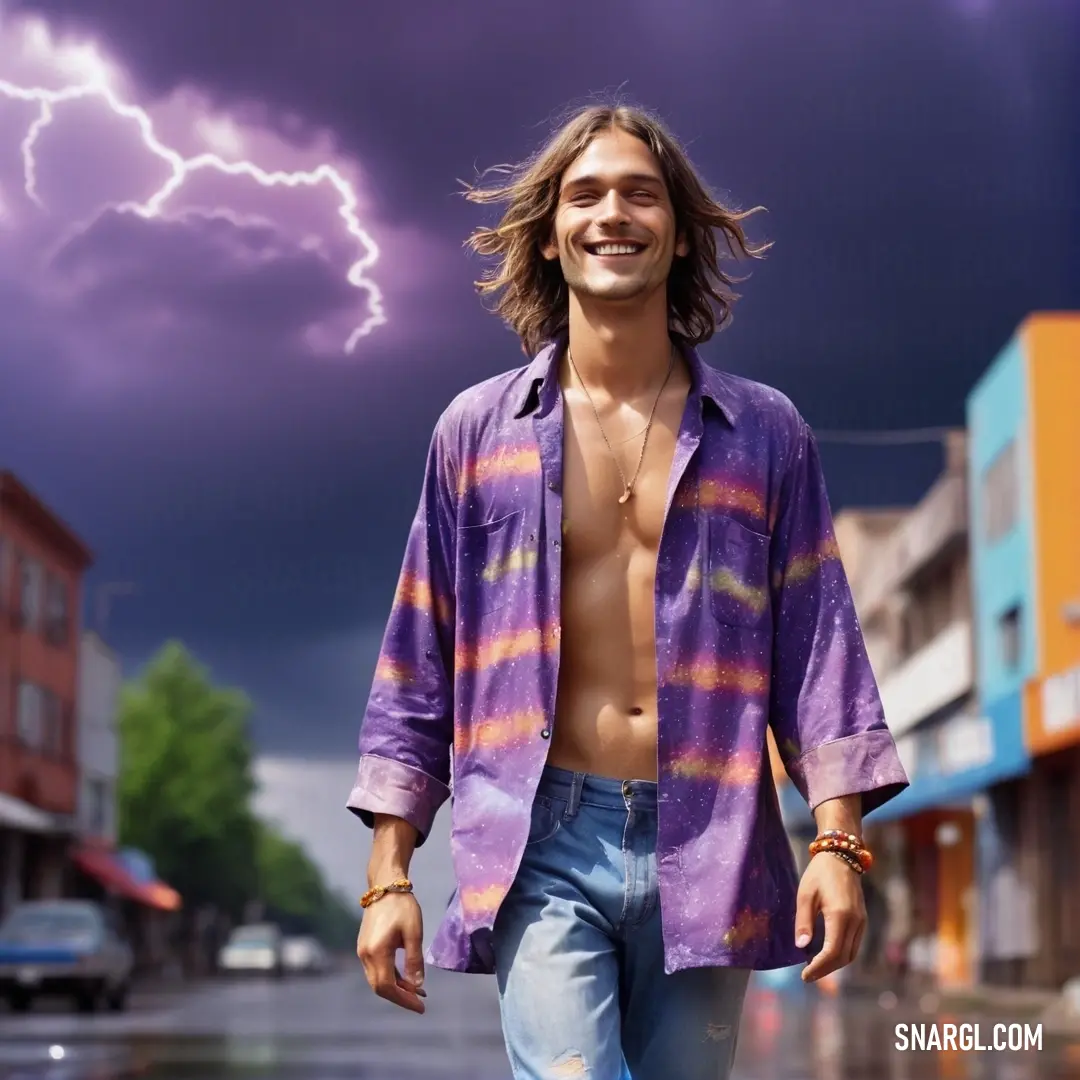
See these colors in NCS, PANTONE, RAL palettes...
Hippie in fashion - when did it appear?
Example of the color palette for the image of Hippie
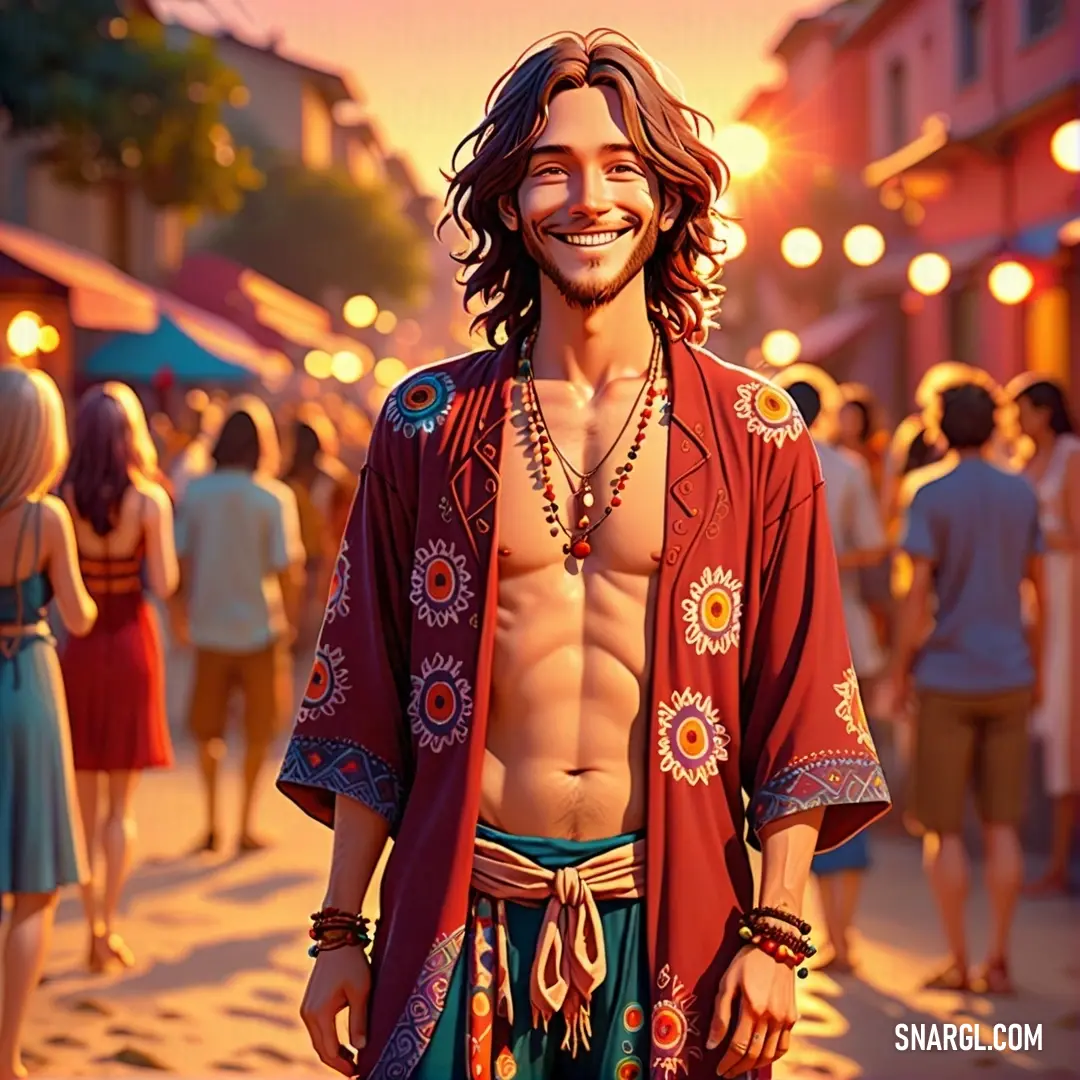
See these colors in NCS, PANTONE, RAL palettes...
Who usually wears Hippie clothing?
Example of the color palette for the image of Hippie
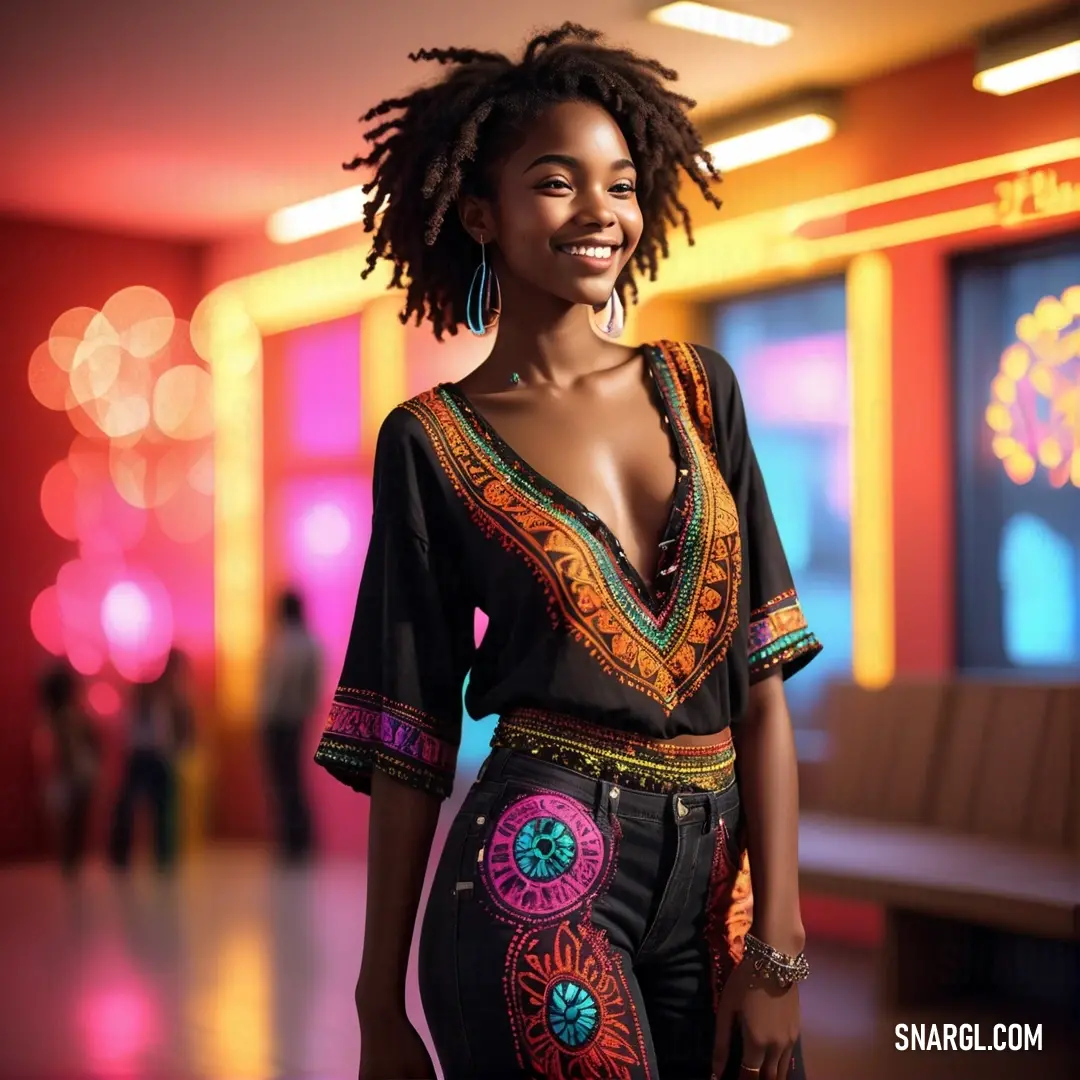
See these colors in NCS, PANTONE, RAL palettes...
What are some of the most iconic Hippie outlooks?
Long hair and beards for men, and long flowing dresses or skirts for women.
Hippies rejected the conventional standards of grooming and fashion, and expressed their individuality and freedom through their appearance.Tie-dye clothing, often made by hand using natural dyes and fabrics.
Tie-dye was a popular way of creating colorful and psychedelic patterns on shirts, dresses, pants, and accessories.Peace symbols, such as the circular logo with three lines inside, or the hand gesture of forming a V with the index and middle fingers.
Hippies advocated for peace and nonviolence, especially in opposition to the Vietnam War.Flower power, which involved wearing or carrying flowers, or painting them on clothes, vehicles, or buildings.
Hippies used flowers as a symbol of love, harmony, and respect for nature.Beads, necklaces, bracelets, earrings, and other jewelry made from natural materials such as wood, shells, stones, feathers, or leather.
Hippies often wore jewelry as a way of expressing their spirituality, culture, or identity.Sandals or bare feet.
Hippies preferred comfortable and simple footwear, or no footwear at all, as a way of being closer to nature and rejecting consumerism.Bell-bottom jeans or pants, which were wide at the bottom and tight at the top.
Hippies wore bell-bottoms as a fashion statement, as well as for practical reasons such as dancing or riding bicycles.Headbands, bandanas, hats, or scarves worn around the head or forehead.
Hippies used these accessories to keep their hair out of their face, to decorate their outfits, or to show solidarity with certain causes or groups.Sunglasses, especially round ones with colored lenses.
Hippies wore sunglasses to protect their eyes from the sun, to enhance their vision of colors and lights, or to hide the effects of drug use.Fringes, patches, embroidery, buttons, or badges on clothing or bags.
Hippies customized their clothing with these elements to make them more unique, artistic, or meaningful.
Example of the color palette for the image of Hippie
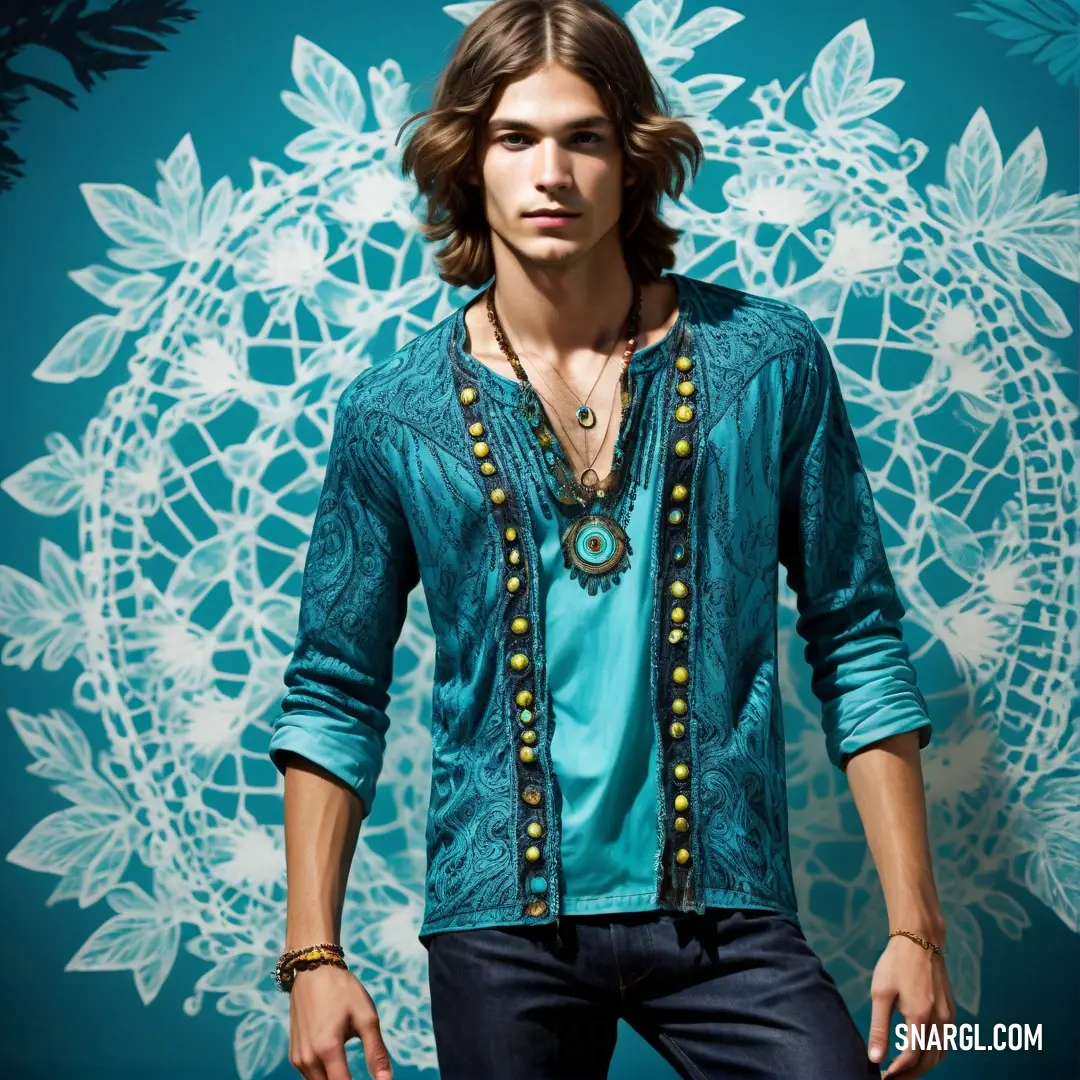
See these colors in NCS, PANTONE, RAL palettes...
How to incorporate other influences or trends into the Hippie?
It is influenced by the countercultural movement of the 1960s and 1970s, which rejected the mainstream values of consumerism and conformity.
Hippie fashion can be incorporated with other influences or trends to create a unique and personal look.
Here are some possible ways to do that:
Mix hippie clothes with modern accessories, such as a leather jacket, a pair of boots, or a statement necklace.
This will give your outfit a twist and contast, but still keeping the hippie vibe.Combine hippie patterns with solid colors, such as a tie-dye shirt with black jeans, or a floral dress with a denim jacket.
This can create a balance between the busy and the simple, and make your outfit more versatile for different occasions.Experiment with different layers, such as a poncho over a t-shirt, or a vest over a dress.
This can add some texture and dimension to your outfit, and also keep you warm in colder seasons.You can accessorize with hippie-inspired items, such as a headband, a scarf, or a hat.
They will add some flair and personality to your outfit, and also show your hippie spirit.
Example of the color palette for the image of Hippie
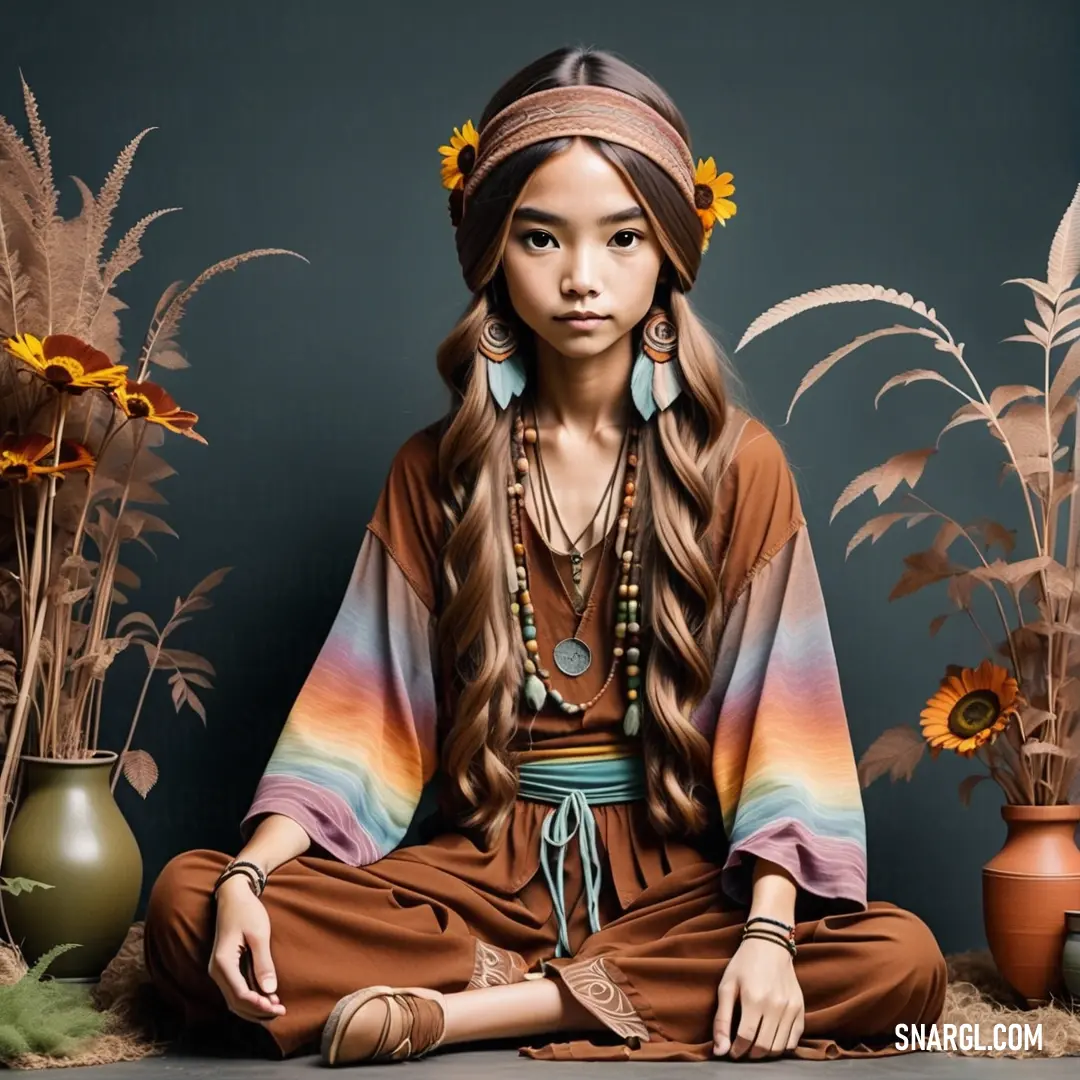
See these colors in NCS, PANTONE, RAL palettes...
What are the essential Hippie clothing items and accessories?
Some of the essential hippie clothing items and accessories are:
Tie-dye T-shirts: These are colorful shirts that are dyed with various patterns and designs, often using bright and psychedelic colors.
They are a symbol of creativity, individuality, and peace.Bell bottom jeans: These are jeans that flare out at the bottom, creating a bell-shaped silhouette.
They are a staple of hippie fashion, as they are comfortable, casual, and stylish.
Bell bottom jeans go well with boots, sandals, or bare feet.Scarves: These are versatile accessories that can be worn around the neck, head, waist, or shoulders.
They will add a touch of color, texture, or pattern to any outfit.
These scarves are used as a belt, bandana, or bag.
Scarves are often made of silk, cotton, or wool, and feature floral, paisley, or geometric prints.Maxi dresses: These are long, flowing dresses that reach the ankles or the floor.
Such dresses are feminine, elegant, and comfortable.
They often have floral, ethnic, or bohemian prints, and can be accessorized with belts, jewelry, or hats.
Maxi dresses are perfect for warm weather, festivals, or parties.Groovy prints: These are prints that have funky, retro, or psychedelic designs.
They may depict swirls, stars, flowers, rainbows, or abstract shapes.
Such prints can be found on shirts, pants, skirts, dresses, jackets, or bags.
Groovy prints are a way of expressing one's personality, mood, or attitude.
Example of the color palette for the image of Hippie
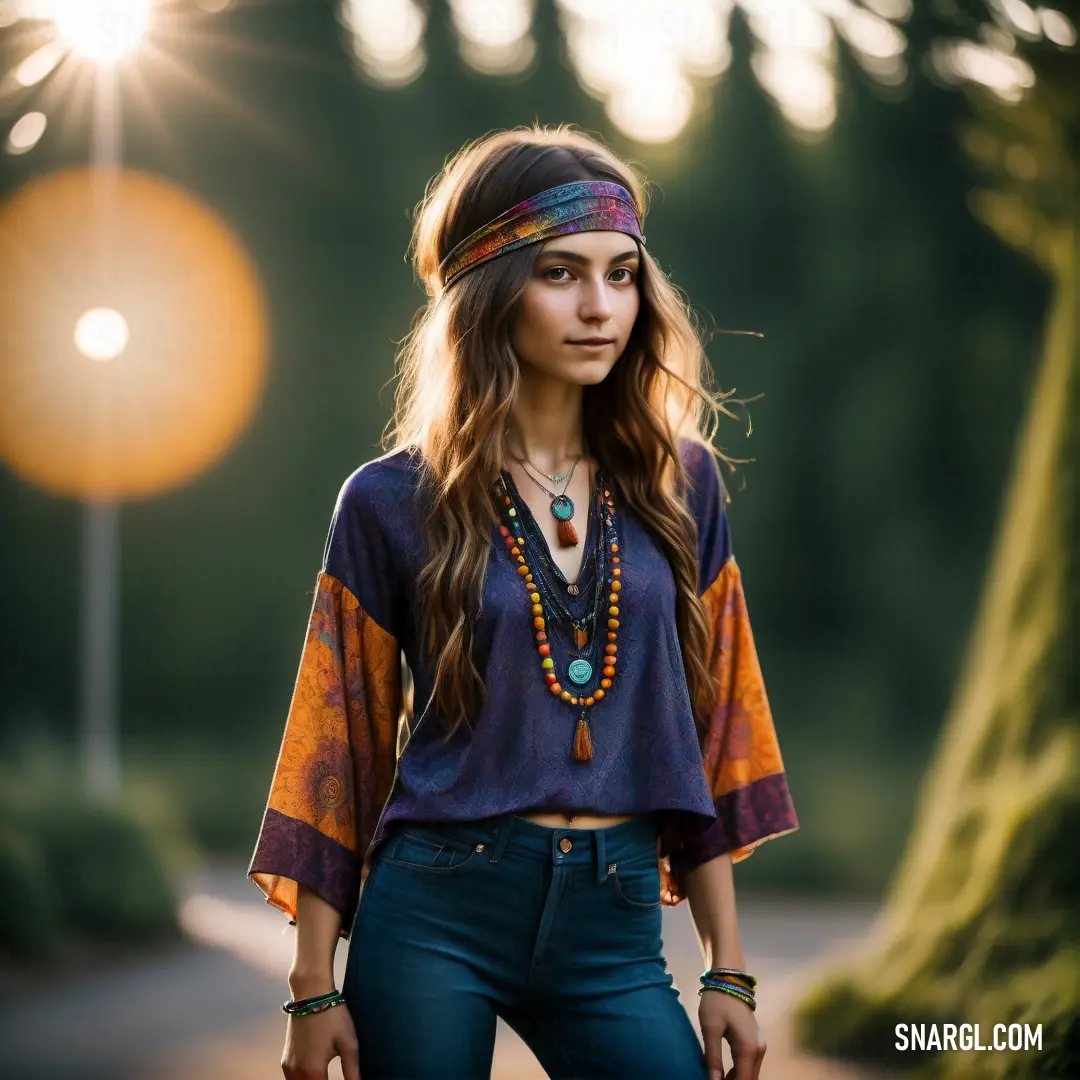
See these colors in NCS, PANTONE, RAL palettes...
How to keep the Hippie updated and fresh?
It is inspired by the counterculture of the 1960s and 70s, but it is not limited to vintage or retro elements.
In fact, many modern hippies incorporate contemporary trends and influences to create a fresh and unique look.
Here are some tips on how to keep the hippie updated and fresh:
Follow a hippie diet.
Hippies value organic, natural, and sustainable food sources that are good for the body and the planet.
Some hippies are vegetarian or vegan, while others eat meat from hormone-free and ethical sources.
Avoid processed foods, artificial ingredients, and dietary toxins as much as possible.
Support local farms and gardens, or grow your own food if you can.Dress like a modern hippie.
Hippies express their individuality and creativity through their clothing and accessories.
They mix and match different patterns, colors, fabrics, and styles to create a bohemian and eclectic look.
Some common hippie elements are tie-dye, floral prints, fringe, beads, feathers, and ethnic motifs.
You can also add some modern touches, such as irony, minimalism, or streetwear, to update your hippie style.Think like a modern hippie.
Hippies are open-minded, curious, and compassionate people who seek to make the world a better place.
They challenge the status quo, question authority, and advocate for social justice and environmental causes.
Hippies also practice mindfulness, meditation, yoga, and other spiritual activities to connect with themselves and the universe.
They are not afraid to experiment and explore new ideas and experiences, as long as they do not harm themselves or others.Live like a modern hippie.
Hippies embrace a simple, minimalist, and eco-friendly lifestyle that reduces their impact on the earth.
They prefer to live in harmony with nature, using renewable energy sources, recycling, composting, and avoiding waste.
Hippiesalso value community, friendship, and love, and often share their resources, skills, and passions with others.
They enjoy music, art, literature, and other forms of creative expression, and often participate in festivals, concerts, and gatherings.
️
Example of the color palette for the image of Hippie
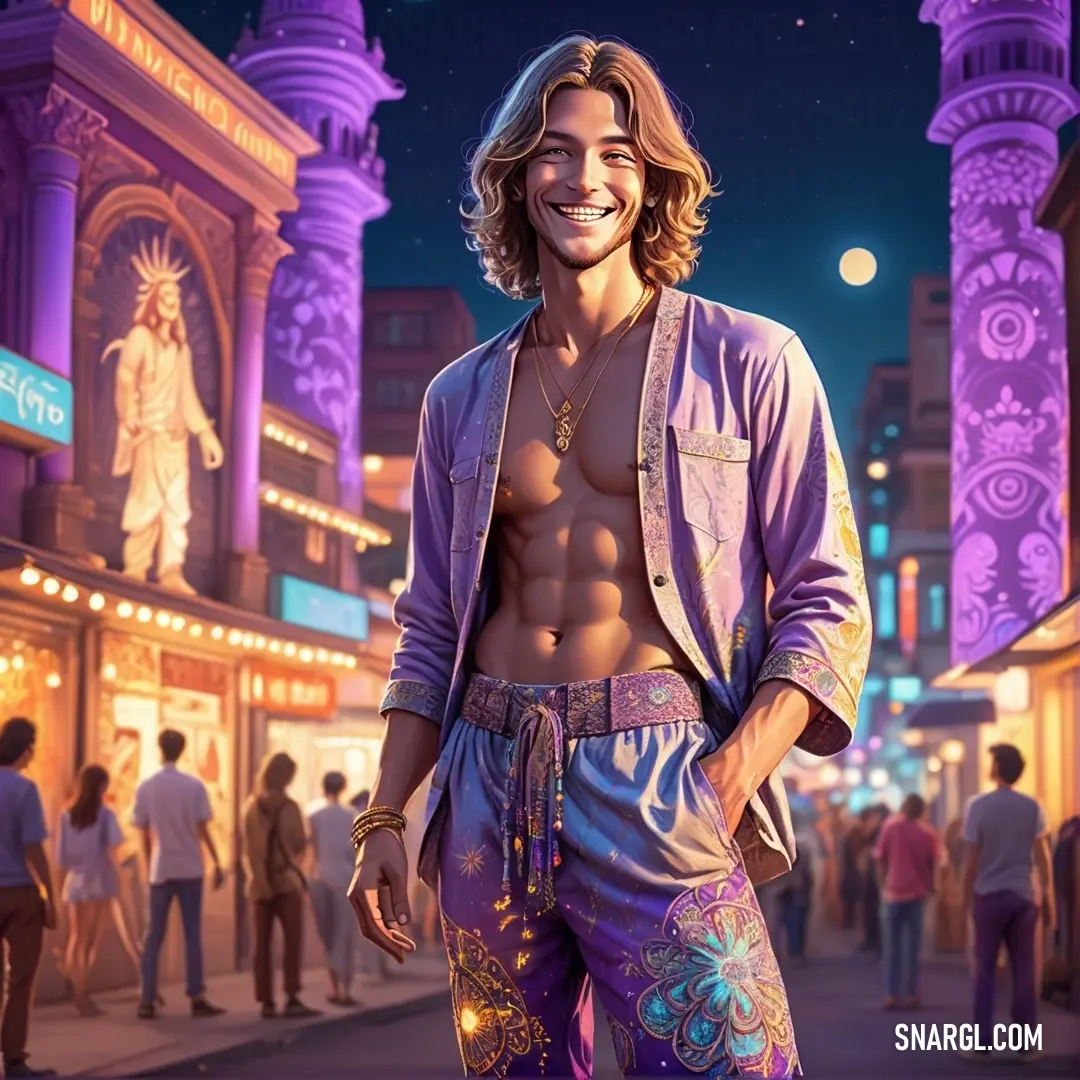
See these colors in NCS, PANTONE, RAL palettes...
What are the common mistakes or faux pas to avoid when dressing Hippie?
You think it's all about flowers and peace, but you're wrong, wow
Here are some common mistakes that you should avoid
If you want to look like a hippie and not like an android
Don't wear anything too tight or too bright
Hippies like loose and natural clothes that feel light
Don't wear anything too new or too clean
Hippies like used and recycled clothes that have a history
Don't wear anything too plain or too boring
Hippies like colorful and patterned clothes that are eye-catching
Don't wear anything too formal or too fancy
Hippies like casual and comfortable clothes that are easy
Don't wear anything too synthetic or too plastic
Hippies like organic and natural fabrics that are fantastic
Don't wear anything too trendy or too mainstream
Hippies like unique and original clothes that express their dream
So now you know what not to do when dressing hippie
Just follow your heart and be yourself, that's the key
And remember, hippie fashion is more than just a style
It's a way of life that celebrates freedom, love, and peace for a while
Example of the color palette for the image of Hippie
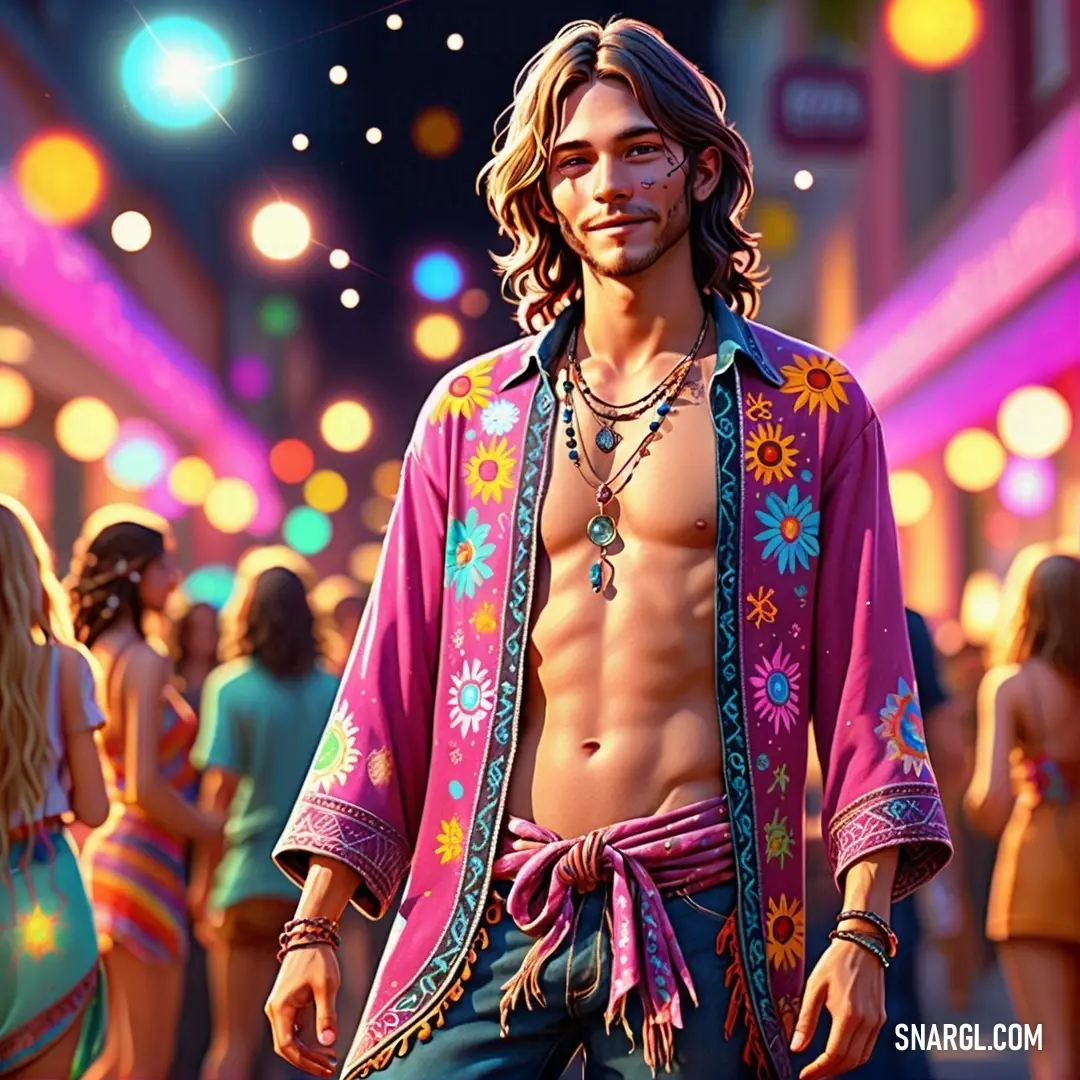
See these colors in NCS, PANTONE, RAL palettes...
How has the Hippie changed or evolved over time?
It was influenced by various social, political, artistic, and spiritual movements, such as the Beat Generation, the civil rights movement, the anti-war movement, Eastern religions, and psychedelic music.
Hippies rejected the mainstream values of consumerism, materialism, conformity, and authority.
They embraced a lifestyle of communal living, vegetarianism, environmentalism, artistic experimentation, sexual liberation, and recreational drug use.
They also developed a distinctive fashion style, featuring long hair, colorful clothing, beads, and sandals.
The Hippie movement reached its peak in the late 1960s, with events such as the Summer of Love in San Francisco, the Woodstock Festival in New York, and the anti-war protests in Washington D.C. However, by the early 1970s, the movement began to decline, due to various factors, such as the end of the Vietnam War, the rise of violence and crime, the emergence of new subcultures, and the disillusionment of many hippies with their ideals.
Some hippies returned to mainstream society, while others continued to live in communes or alternative communities.
Some also became involved in new social movements, such as feminism, environmentalism, and the New Age.
The Hippie movement had a lasting impact on culture and society, as it challenged the dominant norms and values of the time, and introduced new ideas and practices that influenced subsequent generations.
Some of the legacies of the Hippie movement include the following:
The Hippie movement contributed to the growth and popularity of various genres of music, such as rock, folk, blues, reggae, and psychedelic.
Some of the most influential musicians of the Hippie era include The Beatles, Bob Dylan, Jimi Hendrix, Janis Joplin, The Grateful Dead, and The Rolling Stones.The Hippie movement also inspired many innovations and trends in art, literature, film, and fashion, such as the psychedelic art of Peter Max, the underground comics of Robert Crumb, the novels of Ken Kesey and Tom Wolfe, the films of Dennis Hopper and Stanley Kubrick, and the tie-dye and patchwork clothing of the hippies themselves.
The Hippie movement fostered a greater awareness and appreciation of nature and the environment, as well as a concern for social justice and human rights.
Some of the environmental and humanitarian organizations that emerged or gained support during the Hippie era include Greenpeace, Amnesty International, and the World Wildlife Fund.The Hippie movement also promoted a more open and tolerant attitude towards diversity and alternative lifestyles, such as homosexuality, bisexuality, polyamory, and paganism.
Some of the social and cultural movements that benefited from the Hippie influence include the gay rights movement, the feminist movement, and the neo-pagan movement.
Example of the color palette for the image of Hippie
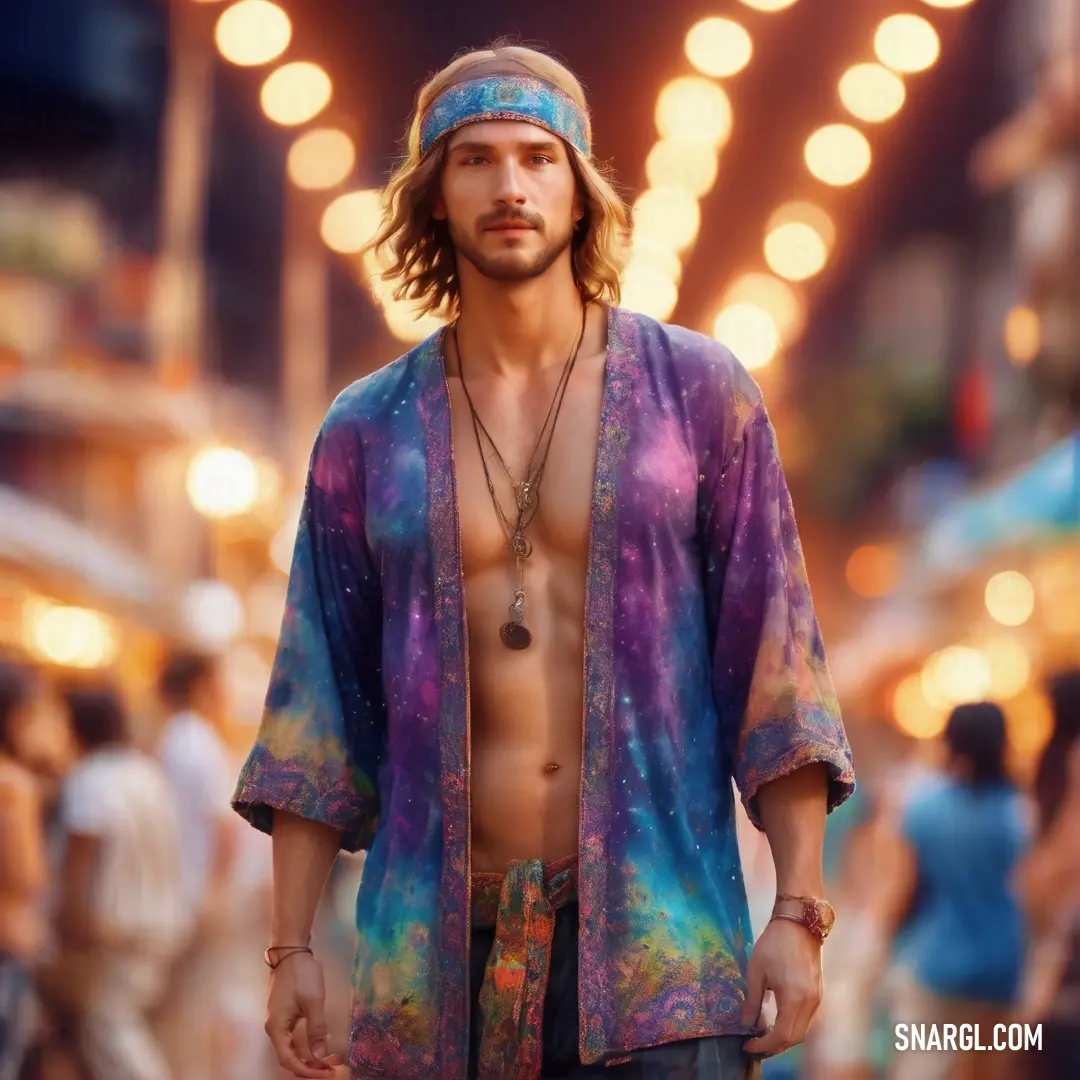
See these colors in NCS, PANTONE, RAL palettes...
What are the best tips and tricks for mastering Hippie?
Hippies rejected the mainstream values of materialism, consumerism, and conformity, and embraced alternative ways of living, such as communalism, vegetarianism, holistic medicine, and psychedelic drugs.
Hippies also expressed themselves through art, music, fashion, and spirituality, often drawing inspiration from Eastern religions and cultures.
Here are some tips and tricks that might help you:
Read some of the classic books and magazines that influenced or reflected the hippie movement, such as On the Road by Jack Kerouac, The Electric Kool-Aid Acid Test by Tom Wolfe, The Whole Earth Catalog by Stewart Brand, and The Doors of Perception by Aldous Huxley.
Listen to some of the iconic music and artists that defined the hippie era, such as The Beatles, Bob Dylan, Jimi Hendrix, Janis Joplin, The Grateful Dead, Jefferson Airplane, and Woodstock.
Visit some of the places where hippies gathered or created their communities, such as San Francisco's Haight-Ashbury district, New York's Greenwich Village, Chicago's Old Town, or Nepal's Kathmandu.
Experiment with some of the hippie practices and habits that appealed to you, such as wearing colorful and comfortable clothes, growing your hair long, practicing yoga or meditation, eating organic food, or joining a cooperative or a commune.
Respect the diversity and individuality of people and cultures, and promote peace and love in your interactions with others.
Hippies were not a monolithic group, but rather a diverse and dynamic movement that welcomed different perspectives and expressions.
However, there is no definitive or authoritative way to be a hippie.
Ultimately, being a hippie means following your own path and finding your own meaning in life.
Example of the color palette for the image of Hippie
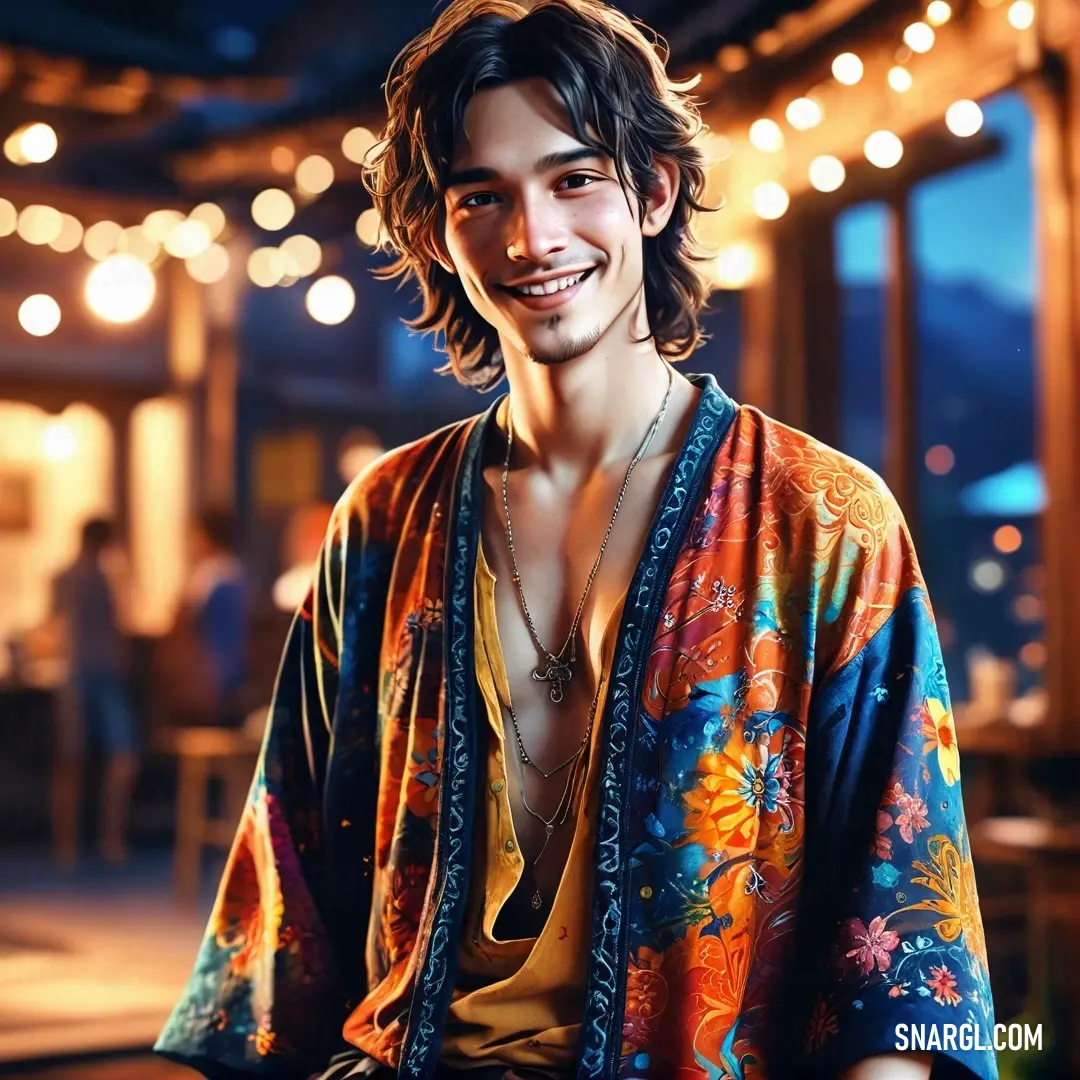
See these colors in NCS, PANTONE, RAL palettes...
How does the Hippie fit with the music, art, or hobbies preferences?
It rejected the mainstream values of society and sought alternative ways of living, expressing, and experiencing.
Hippies were influenced by various artistic, musical, and spiritual traditions, and they developed their own distinctive style, ethos, and politics.
Here are some examples of how the hippie culture fit with the music, art, or hobbies preferences of its members:
Music: Hippies listened to and created music that reflected their values of peace, love, and harmony.
They were drawn to genres such as folk, rock, psychedelic, and blues, and they admired artists who challenged the status quo, such as Bob Dylan, The Beatles, Jimi Hendrix, and Janis Joplin.
Hippies also enjoyed music festivals, such as Woodstock and Monterey Pop, where they could gather with like-minded people and celebrate their culture.Art: Hippies experimented with various forms of art that expressed their creativity and individuality.
They used bright colors, psychedelic patterns, and symbols such as peace signs, flowers, and rainbows.
Adherents of this culture used various mediums, such as painting, collage, poster art, graffiti, and body art.
Some of their artistic influences included Andy Warhol, Peter Max, and Victor Moscoso.Hobbies: Hippies pursued hobbies that were in tune with their philosophy of natural living and personal growth.
They practiced yoga, meditation, and other forms of spirituality.
Hippies also engaged in social activism, protesting against war, racism, sexism, and environmental issues.
Some of their hobbies also involved traveling, especially to exotic places such as India, Nepal, and Morocco.
The hippie movement had a lasting impact on culture, influencing popular music, television, film, literature, and the arts.
Example of the color palette for the image of Hippie
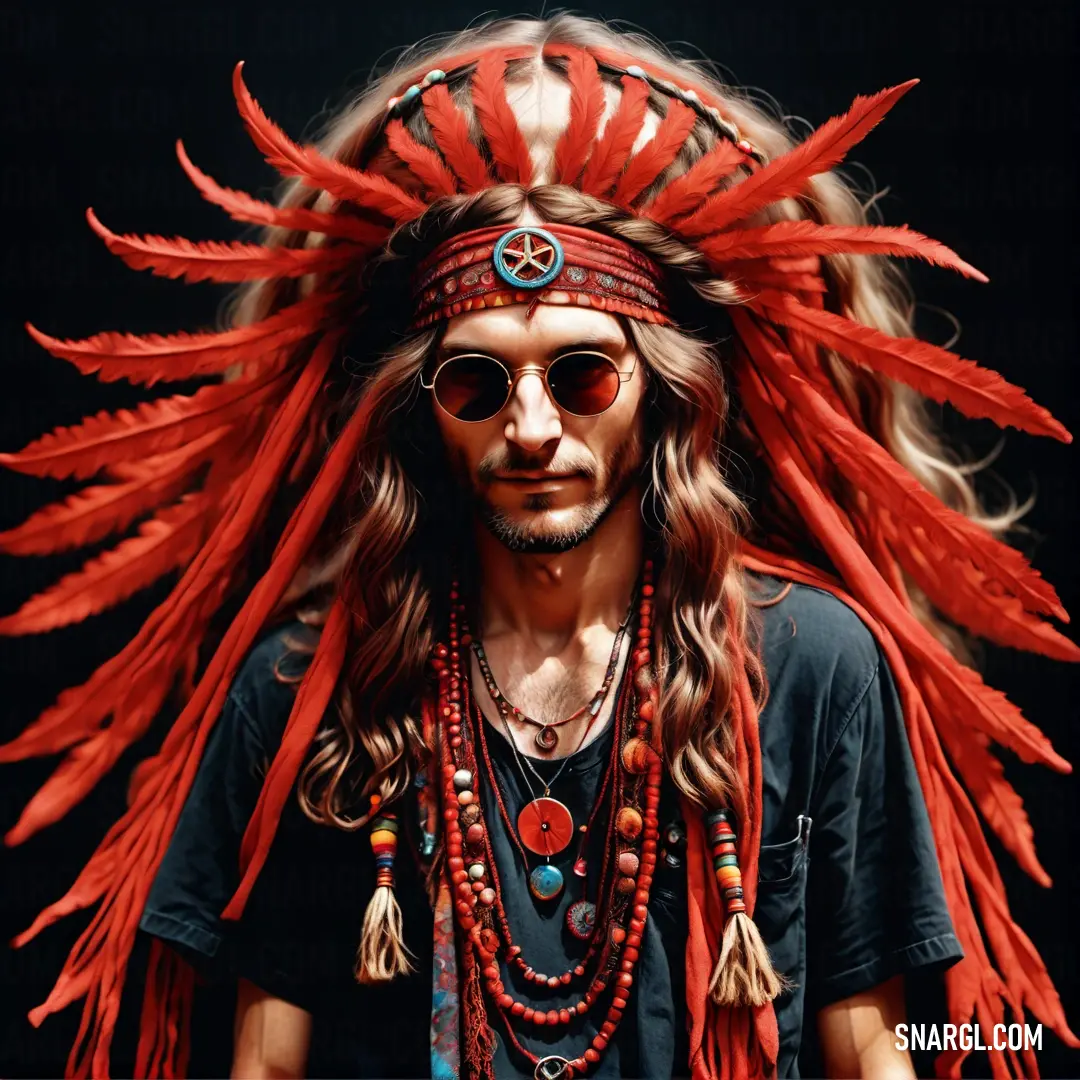
See these colors in NCS, PANTONE, RAL palettes...
How does the Hippie suit different seasons, occasions, or settings?
It can make you feel like a flower king
Or a queen of peace and love and light
With colours so bright and patterns so tight
But a hippie suit is not for all seasons
Or occasions or settings or reasons
You have to be careful when you wear it
Or you might end up in a fashion pit
For example, don't wear a hippie suit in winter
Unless you want to freeze like a splinter
Or in summer, when it's hot and sunny
You'll sweat like a pig and smell like honey
Don't wear a hippie suit to a wedding
Unless you want to cause some shedding
Or to a funeral, where it's sad and solemn
You'll look like a clown and be out of column
Don't wear a hippie suit to a job interview
Unless you want to get a bad review
Or to a court, where it's serious and formal
You'll be in contempt and face a storm
But there are times when a hippie suit is fine
And you can wear it with pride and shine
Like at a festival, where it's fun and loud
You'll fit right in and stand out in the crowd
Or at a party, where it's cool and funky
You'll be the star and dance like a monkey
Or at home, where it's cosy and comfy
You'll be relaxed and happy and jumpy
So, a hippie suit is a versatile outfit
But you have to know when to use it
It can make you look hip or silly or smart
Depending on the season, occasion or part
Example of the color palette for the image of Hippie
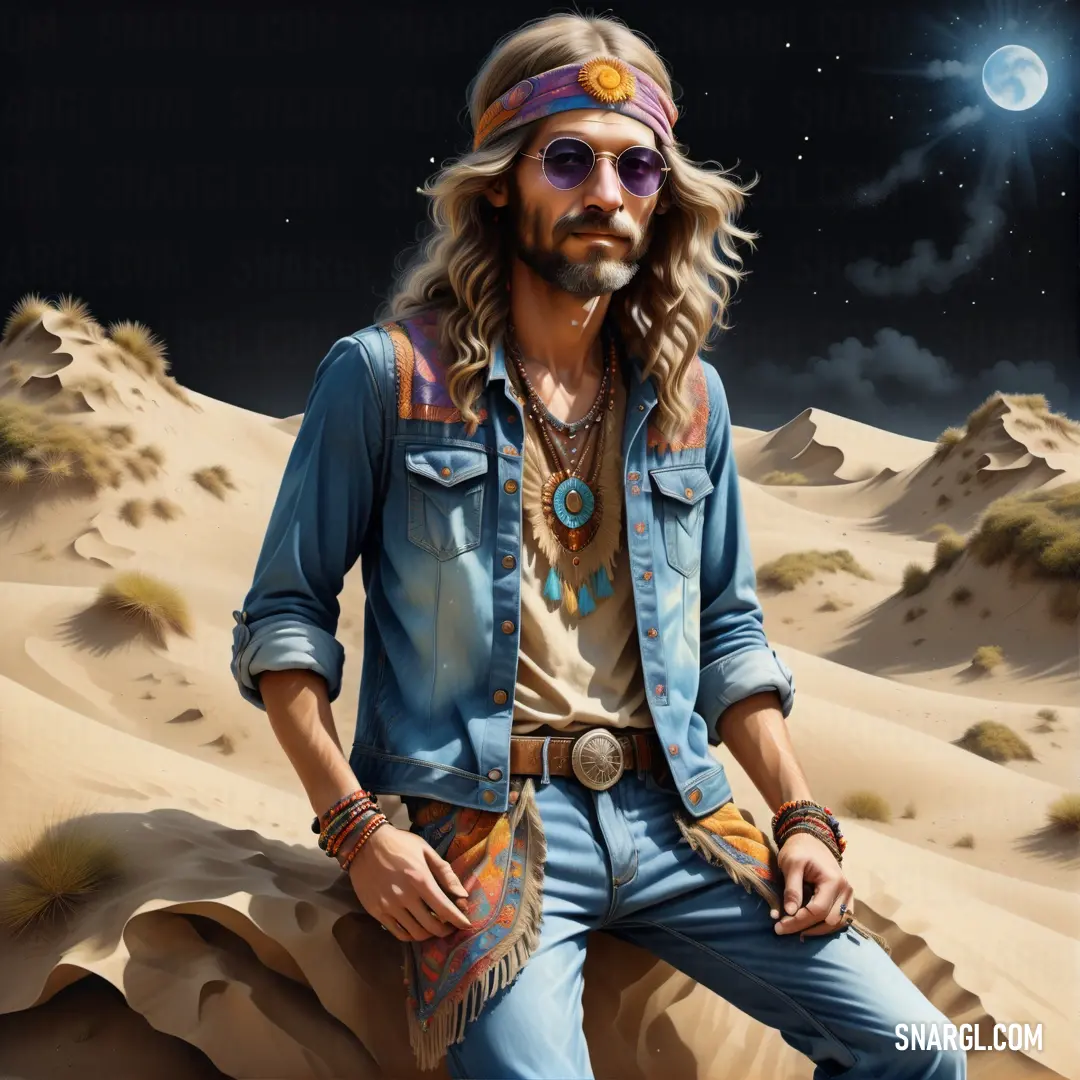
See these colors in NCS, PANTONE, RAL palettes...
What are the past or classic trends or influences in Hippie?
They rejected the mainstream life of conformity and greed
They grew their hair and beards and wore colorful clothes
They listened to rock music and psychedelic shows
They were influenced by the Beats, who wrote poetry and prose
They admired Ginsberg and Kerouac, who wandered on the road
They also looked to the East, for spiritual inspiration
They practiced yoga and meditation, and explored other religions
They lived in communes and farms, where they shared everything
They ate organic food and herbs, and avoided meat and eggs
They used natural medicine, and tried to heal the earth
They cared for animals and plants, and valued peace and love
They protested against the war, that was raging in Vietnam
They marched for civil rights, and sang songs of freedom
They experimented with drugs, like LSD and pot
They hoped to expand their minds, and find a higher thought
Hippies were a movement, that changed the world in many ways
They influenced art and culture, and left a lasting legacy
But they also faced some problems, like addiction and disease
And they were often criticized, by the authorities and the media
Hippies were not perfect, but they had a vision and a dream
They wanted to create a better world, where everyone could live in harmony
They were part of a history, that still resonates today
They were hippies then, and some are still hippies today.
Example of the color palette for the image of Hippie
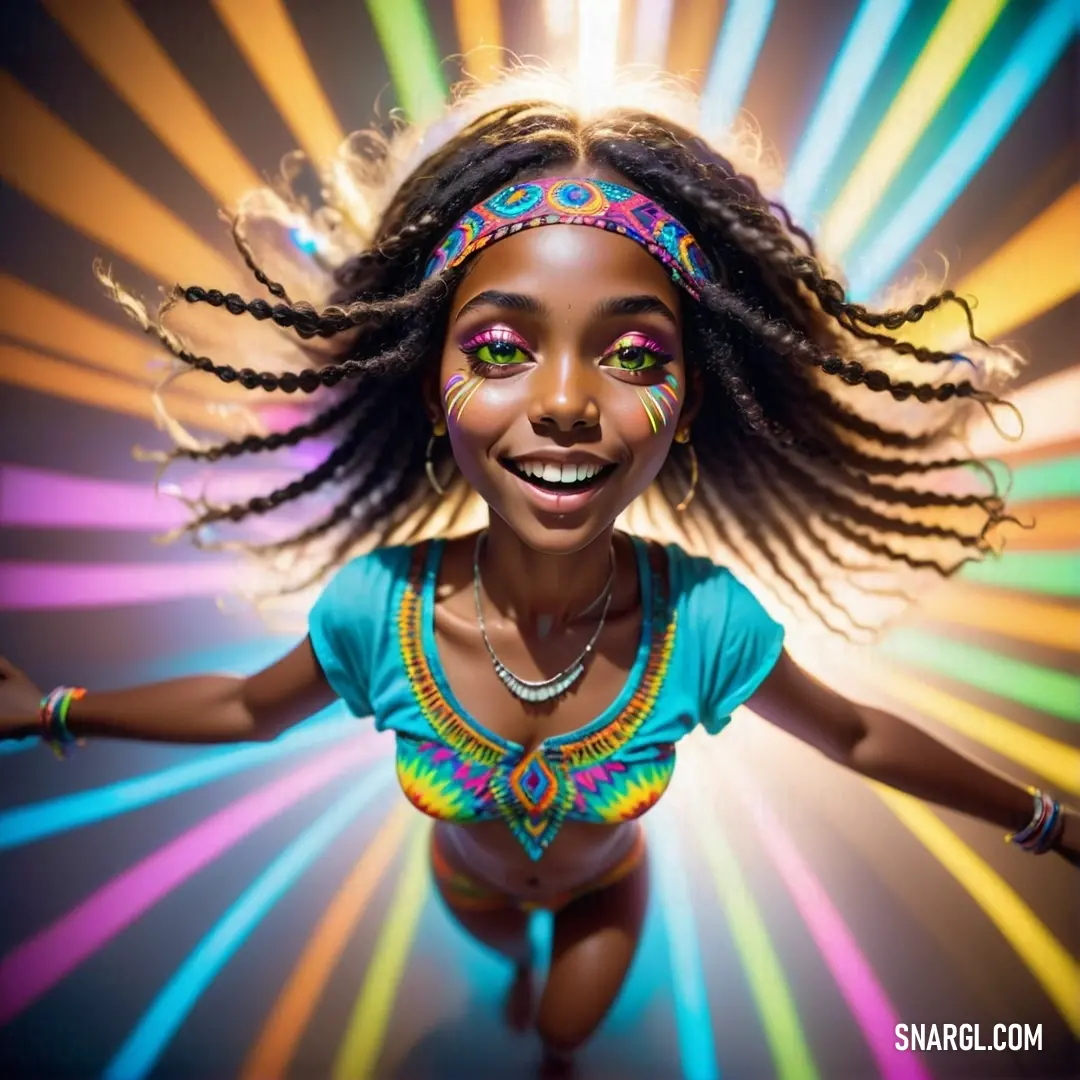
See these colors in NCS, PANTONE, RAL palettes...
What are the current or upcoming trends or innovations in Hippie?
Hippie culture has influenced many aspects of society, such as art, music, fashion, politics, and spirituality.
Some of the current or upcoming trends or innovations in hippie are:
Eco-friendly travel: More and more people are opting for low-impact and sustainable ways of traveling, such as biking, hiking, camping, or using public transportation.
Some also choose to volunteer for environmental causes or support local communities while traveling.Tiny houses: Tiny houses are small, often mobile, dwellings that offer a minimalist and affordable way of living.
They are designed to reduce environmental impact and promote simplicity and freedom.Plant-based cuisine: Plant-based cuisine is a trend that involves eating more fruits, vegetables, grains, nuts, seeds, and other plant-derived foods, while avoiding or reducing animal products.
This trend is motivated by ethical, environmental, and health reasons.Psychedelic therapy: Psychedelic therapy is a form of mental health treatment that uses psychedelic substances, such as psilocybin mushrooms, LSD, or MDMA, to induce altered states of consciousness and facilitate healing.
This trend is gaining popularity and scientific support as a potential way to treat various psychological disorders, such as depression, anxiety, PTSD, and addiction.Online communities: Online communities are platforms that allow people to connect with others who share similar interests, values, or goals.
They can provide support, information, inspiration, and opportunities for collaboration.
Example of the color palette for the image of Hippie
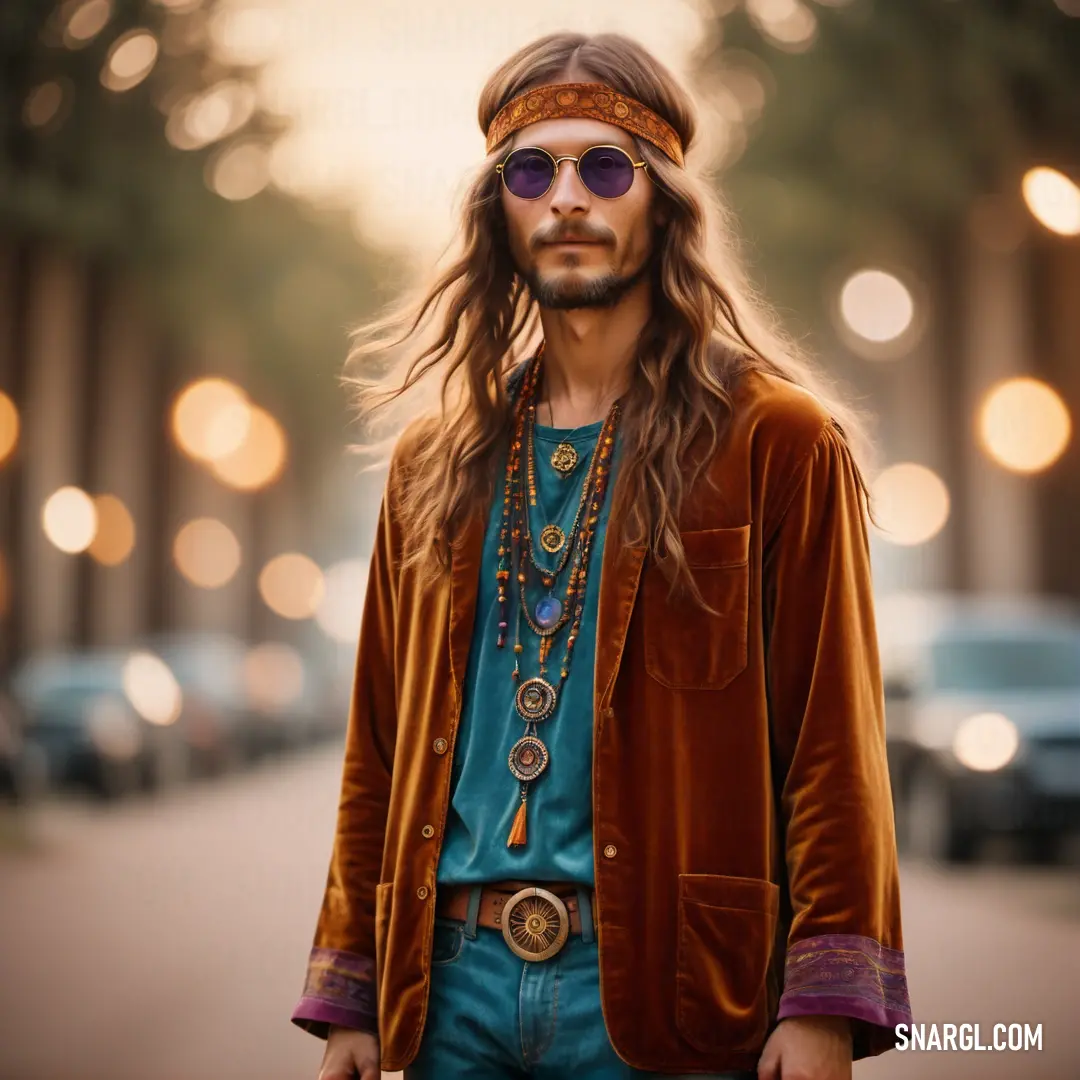
See these colors in NCS, PANTONE, RAL palettes...
What are the future or potential trends or directions in Hippie?
It lives on in the hearts and heads
Of those who seek a different way
Of living, loving, and being today
Hippie culture is still alive
It thrives on creativity and drive
Of those who challenge the status quo
Of society, politics, and ego
Hippie culture is evergreen
It grows with every new scene
Of those who embrace diversity and peace
Of culture, religion, and race
Hippie culture is a state of mind
It transcends the limits of space and time
Of those who aspire to harmony and grace
Of nature, spirit, and human race
Example of the color palette for the image of Hippie
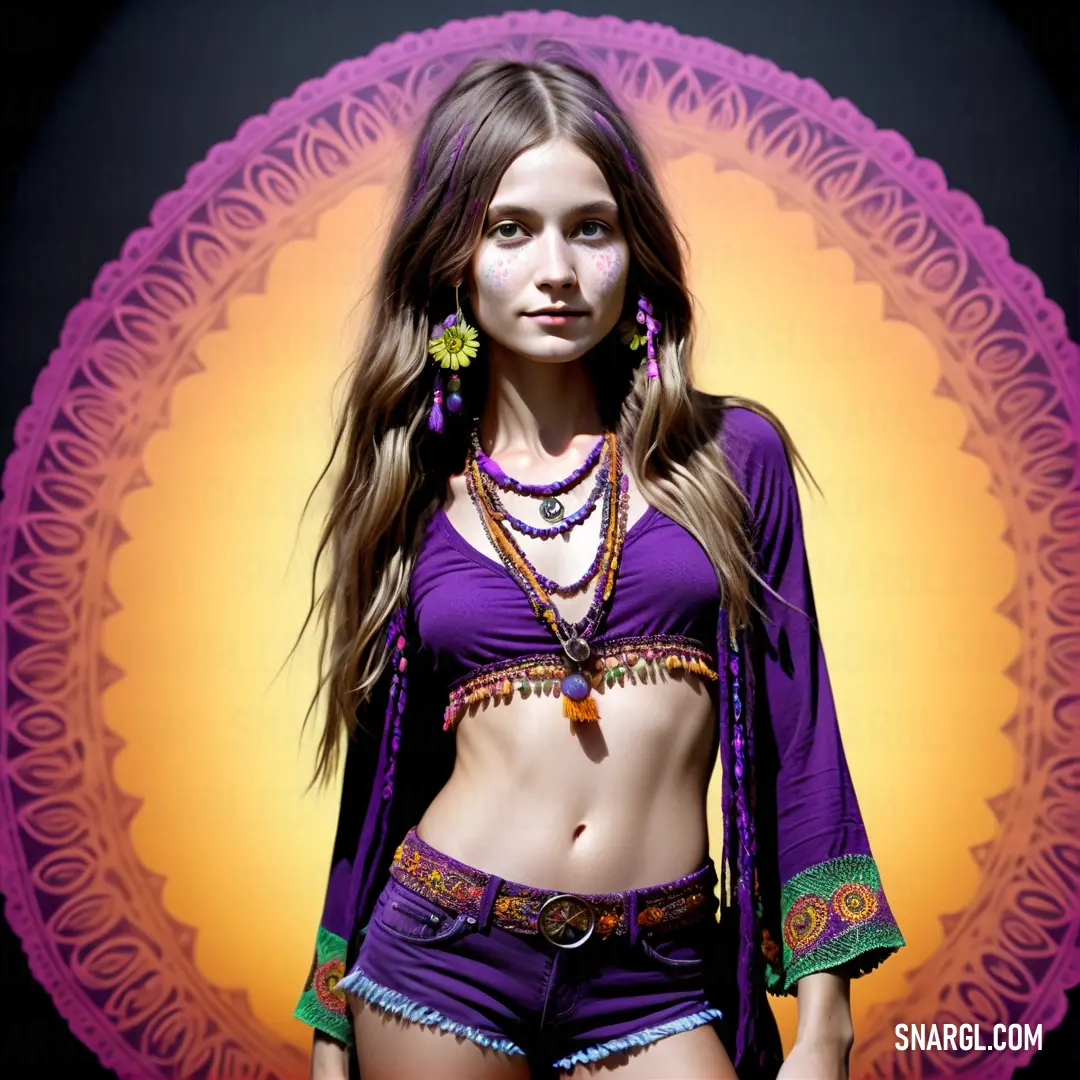
See these colors in NCS, PANTONE, RAL palettes...
What are the best examples or role models of Hippie in media or culture?
The Beatles: The iconic rock band embraced hippie values and aesthetics, such as long hair, psychedelic music, Eastern spirituality, and social activism.
They also influenced millions of fans around the world to adopt a hippie outlook.Bob Dylan: The influential singer-songwriter was a pioneer of folk music and a voice of protest against the Vietnam War, racism, and injustice.
He also inspired many other musicians and artists to express their views and challenge the status quo.Janis Joplin: The legendary rock singer was known for her powerful vocals, emotional performances, and rebellious attitude.
She was one of the first female stars of rock music and a symbol of female empowerment and freedom.
Joplin also embodied the hippie spirit of living passionately and authentically.Ken Kesey: The author of One Flew Over the Cuckoo's Nest and Sometimes a Great Notion was a leader of the Merry Pranksters, a group of hippies who traveled across the US in a psychedelic bus, spreading joy and mischief.
He also experimented with psychedelic drugs and hosted the famous Acid Tests, which were parties where people could experience altered states of consciousness.
John Lennon and Yoko Ono: The couple was one of the most famous and controversial examples of hippie love.
They used their fame and influence to promote peace and nonviolence, staging public demonstrations such as the Bed-Ins for Peace and the War Is Over campaign.
They also supported various causes and movements, such as feminism, civil rights, and environmentalism.
Example of the color palette for the image of Hippie
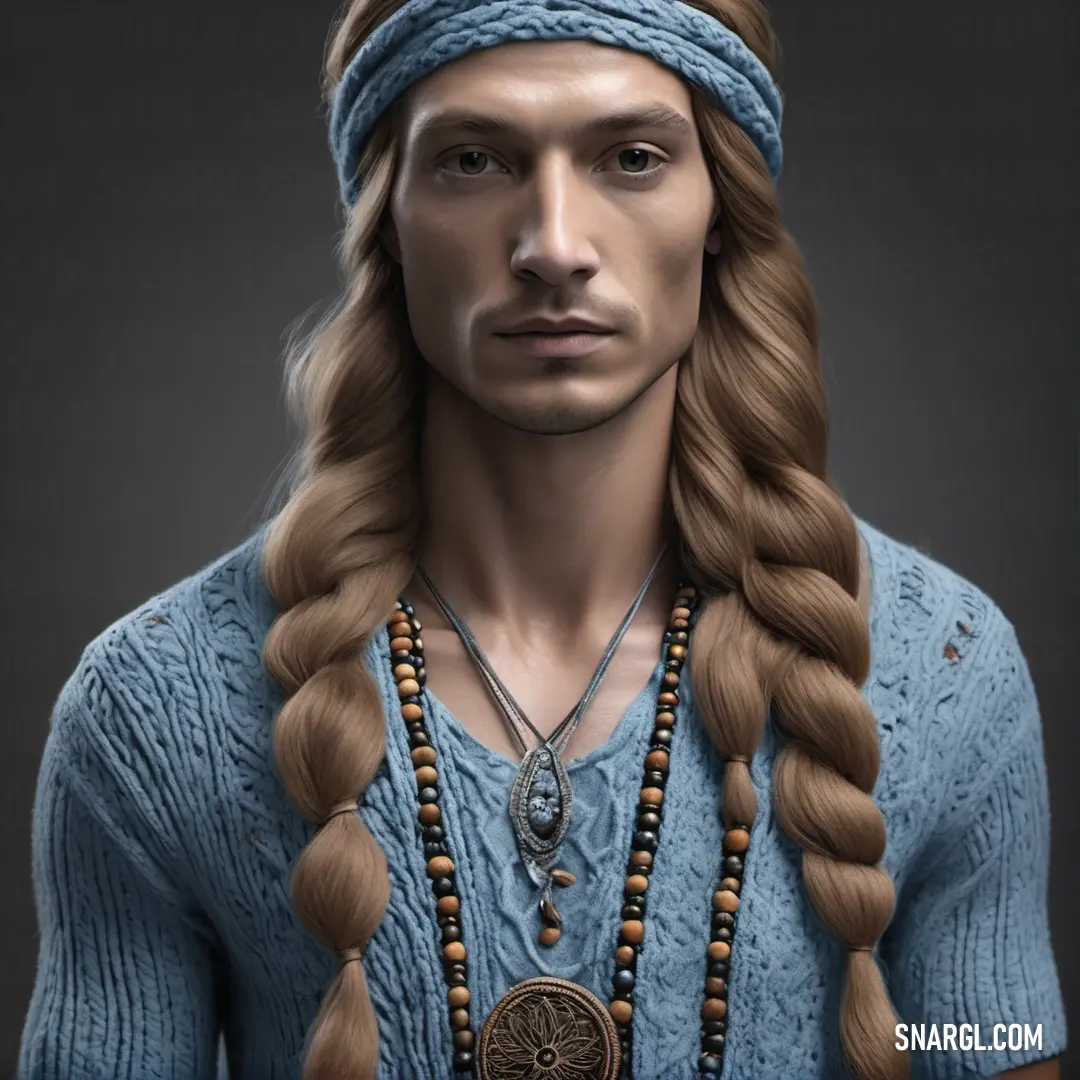
See these colors in NCS, PANTONE, RAL palettes...
The Groovy Revolution of Sassy Sash and Prince Bumbling
Sassy Sash was no ordinary fit model. With her wild, kaleidoscopic hair and outfits that looked like they'd jumped straight from a 1960s festival, she was the embodiment of free spirit. She had an innate ability to make clothes dance on her body, bending rules and defying expectations. Meanwhile, Prince Bumbling was a whimsical character who spent his days befriending the city's squirrels and teaching them to accessorize. His crown of acorns and a flowing cape made from recycled fabric caught the attention of every passerby.
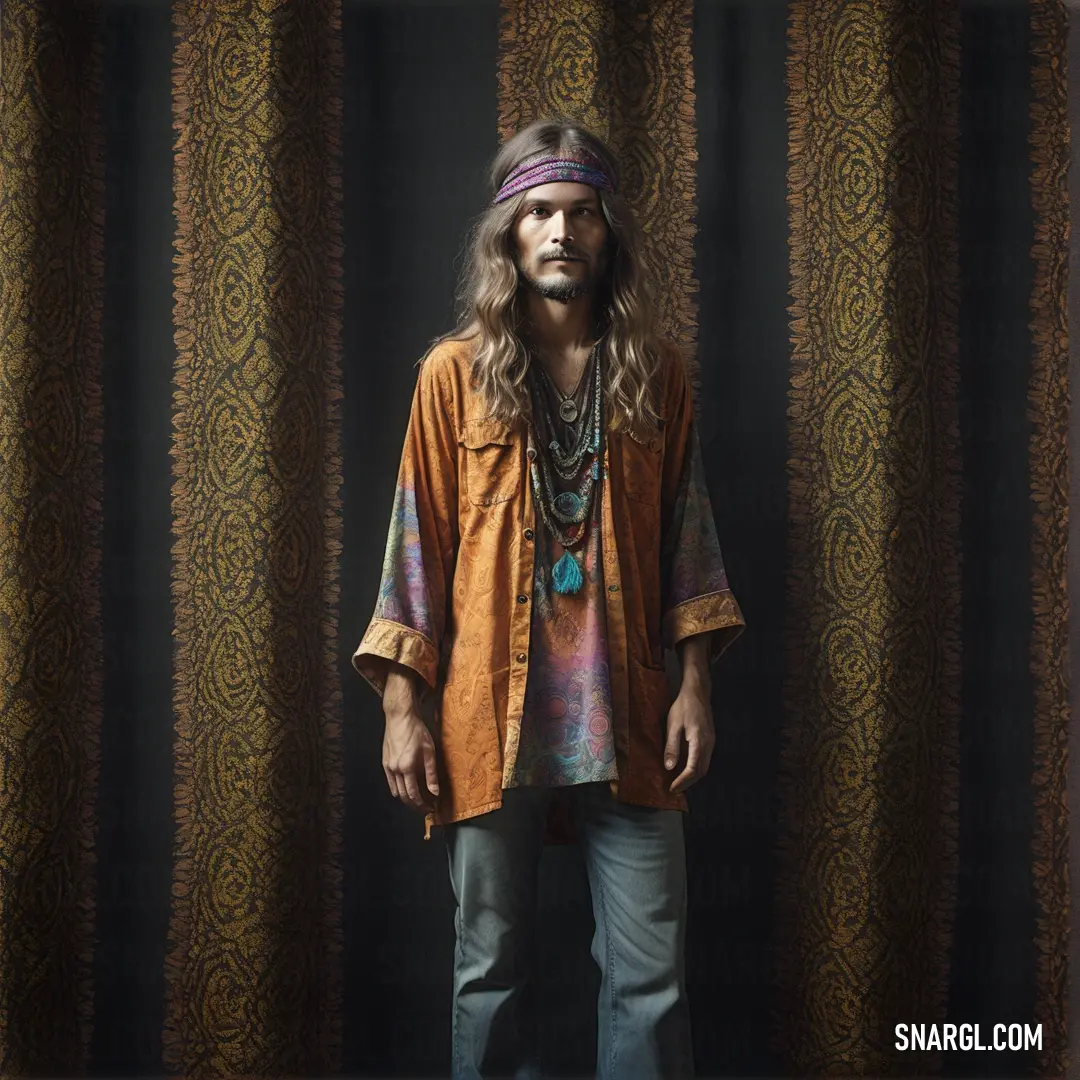
One sunny afternoon, as Sassy sashayed down the streets of Fashionopolis, she encountered Prince Bumbling surrounded by a gaggle of chattering squirrels, each one sporting tiny, handmade outfits. "What's this ruckus?" she inquired, intrigued.
"We're staging a fashion revolution!" Prince Bumbling exclaimed, his eyes sparkling with mischief. "These squirrels are the future of style! Just look at their flair!"
Sassy raised an eyebrow. "Squirrels? In fashion? Are you nuts?"
"Precisely! And you, my dear, are the perfect model to showcase their style. Picture this: a runway show featuring nature's finest! A celebration of freedom, color, and, of course, squirrel-inspired outfits!"
As ridiculous as it sounded, Sassy felt a spark of inspiration. The idea was so absurd that it might just work! She and Prince Bumbling joined forces, bringing together a team of enthusiastic designers who shared their vision. The plan was simple: merge the groovy essence of hippie culture with the playful chaos of Prince Bumbling's squirrel crew.
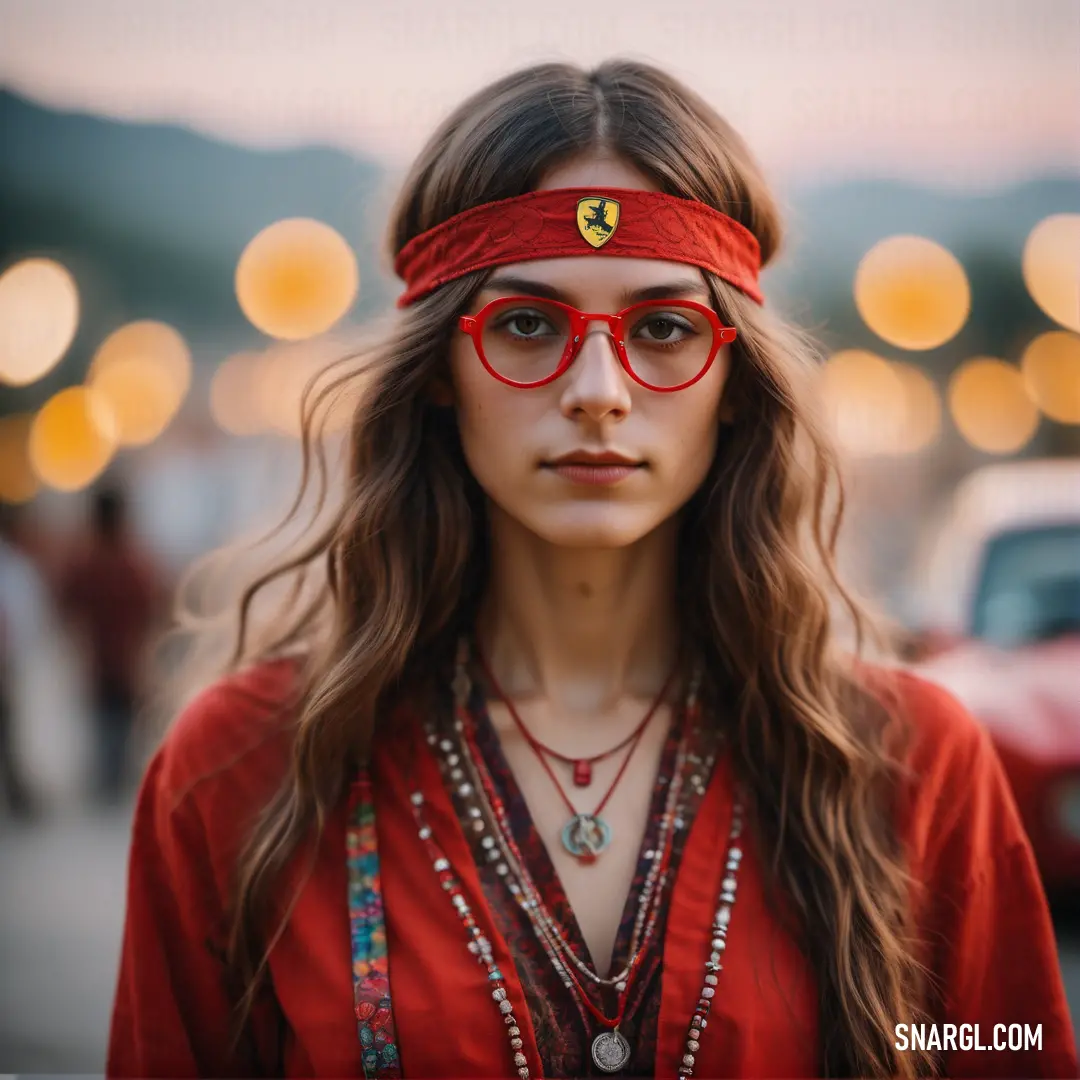
They organized "The Groovy Squirrel Gala," a fashion show that would redefine the industry. Models would strut down the runway in flowing fabrics adorned with tie-dye patterns, flower crowns, and, of course, accompanied by squirrels dressed in tiny, stylish outfits. The squirrels were trained to perform tricks, darting and dashing alongside the models, creating a whimsical spectacle.
Word spread like wildfire. The night of the gala arrived, and Fashionopolis was buzzing with excitement. As the lights dimmed, the crowd erupted into applause when Sassy Sash took center stage. She twirled in a vibrant, patchwork gown that flowed like a cascade of rainbows. Behind her, a fleet of squirrels scampered, wearing miniature capes and sunglasses, stealing the spotlight with their antics.
The energy in the room was electric. With each model's stride, the audience was transported back to the days of peace, love, and wild creativity. Sassy sashayed down the runway, tossing flower petals into the air as squirrels performed synchronized jumps. Prince Bumbling danced alongside them, twirling his cape, much to the delight of the onlookers.
As the grand finale approached, Sassy and Prince Bumbling made their way to the edge of the runway. "This is more than just fashion!" Sassy shouted. "This is a celebration of individuality! Let's embrace the wild, the quirky, and the free!"
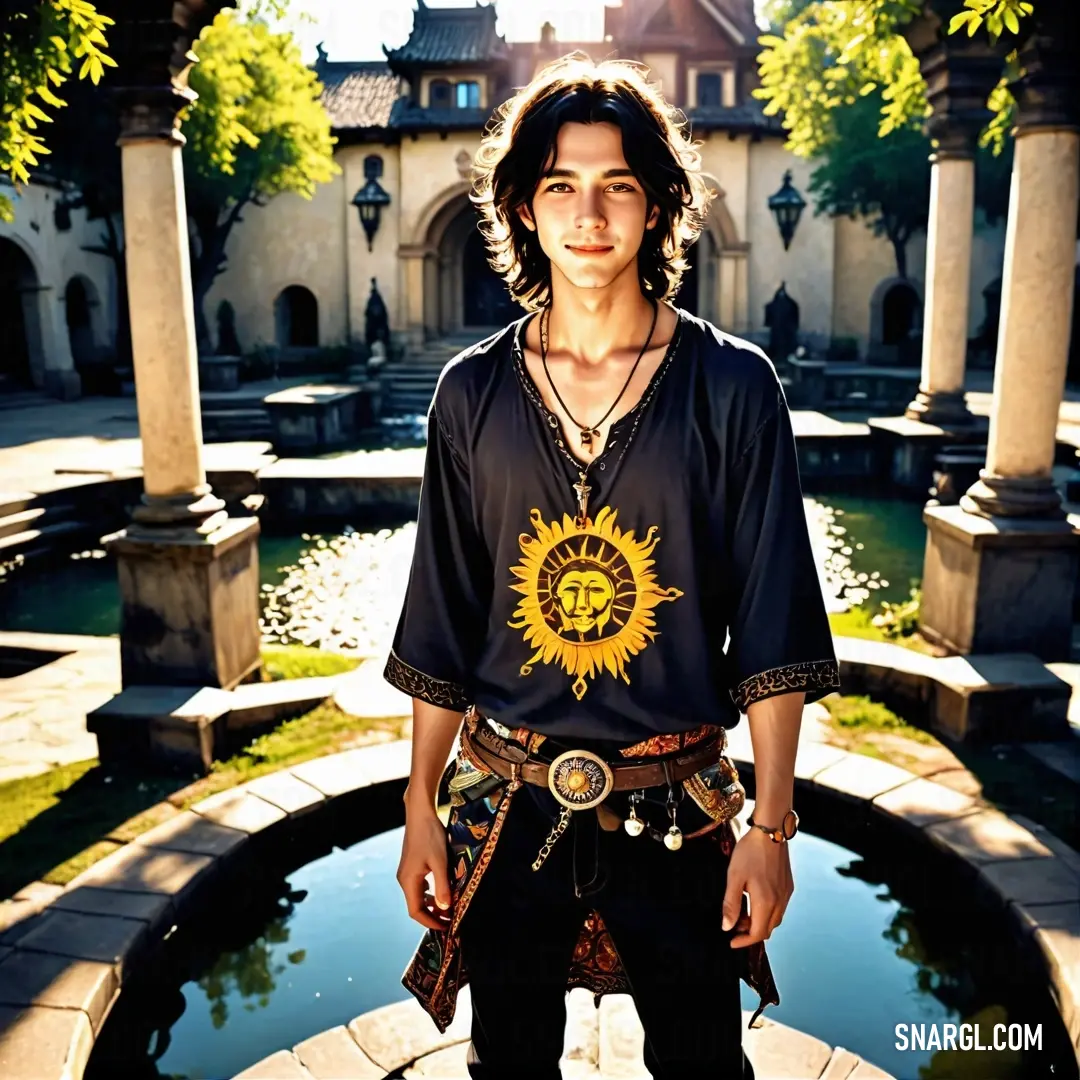
The crowd erupted into cheers, and designers scrambled to take notes. The fashion industry had been transformed overnight. The "Hippie Squirrel Style" became the talk of the town, and every designer wanted to incorporate the spirit of freedom and fun into their collections.
From that day on, Sassy Sash and Prince Bumbling became the unofficial ambassadors of this new movement. Fashionopolis embraced vibrant colors, flowing fabrics, and playful silhouettes. Squirrels were seen everywhere, not just as pets but as fashion icons in their own right.
And thus, in a world often bound by trends and rules, Sassy Sash and Prince Bumbling led a joyous revolution, proving that fashion could be as wild and whimsical as the spirit of those who wore it. Their legacy echoed through the streets, a reminder to always celebrate the quirky, the colorful, and the beautifully bizarre.
The Fabric of Time
The second hero was Sassy McSassface, a whimsical Sandcastle Builder renowned for her larger-than-life creations on the beach. With a flair for the dramatic, she constructed castles adorned with seashells and seaweed, drawing the attention of passersby and igniting their imaginations.
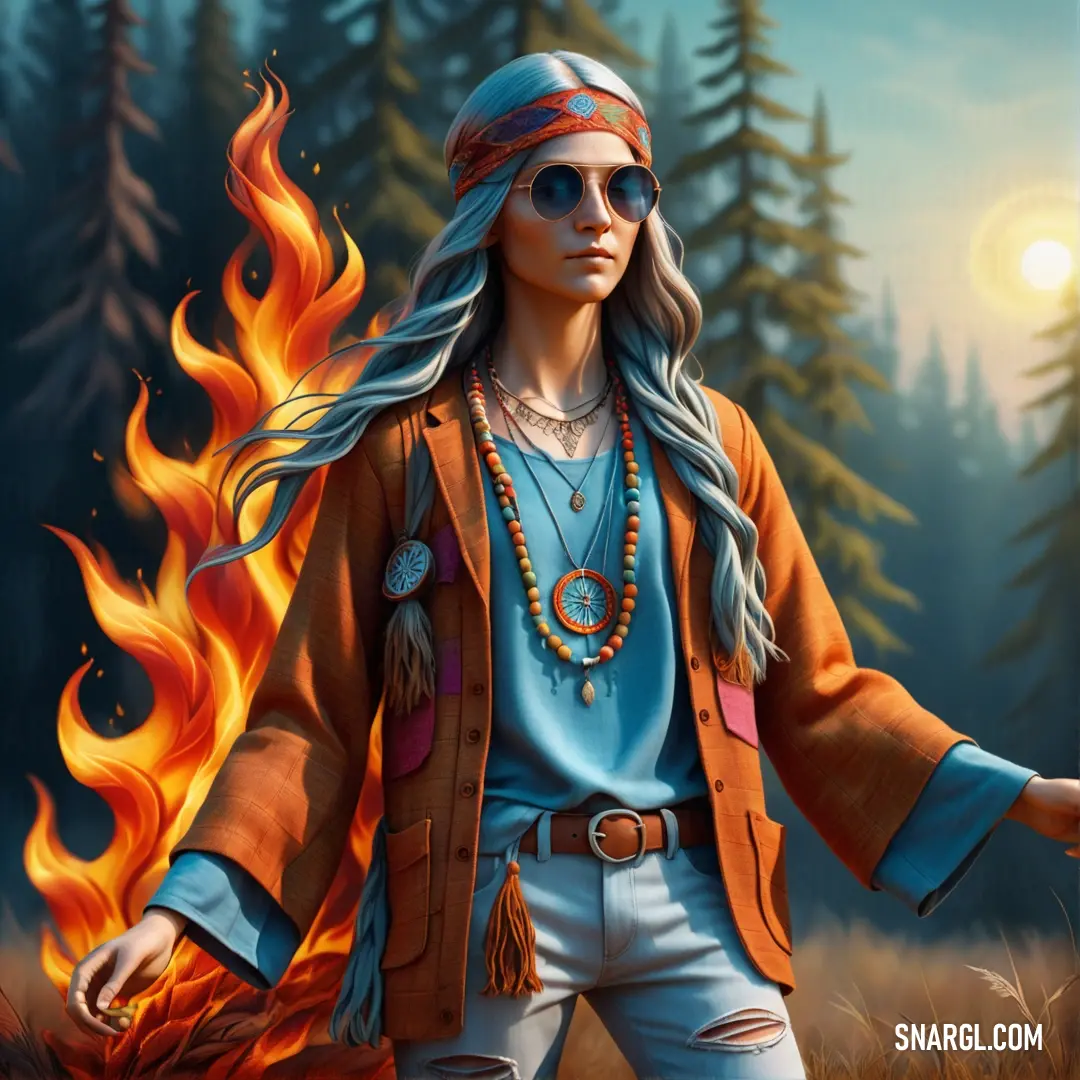
One fateful afternoon, as Sassy sculpted an intricate sand fortress, she stumbled upon a peculiar object half-buried in the sand: a vintage brooch shaped like a peace sign, shimmering in the sunlight. Intrigued, she picked it up, feeling an electric pulse that seemed to resonate with her creative spirit. As she examined the piece, she felt an urge to rush to the Twisted Seamstress's workshop.
When Sassy burst through the door, the Twisted Seamstress was draped in a vibrant patchwork gown, surrounded by bolts of fabric that resembled a rainbow. "You won't believe what I found!" Sassy exclaimed, brandishing the brooch. The Twisted Seamstress's eyes widened, recognizing the artifact from the height of the hippie movement in the 1960s - a time when clothing was a canvas for rebellion and self-expression.
As they delved deeper into the brooch's history, they discovered it was said to have belonged to an enigmatic designer known only as "The Oracle," who had mysteriously vanished decades ago. Legend had it that The Oracle's designs possessed a magical quality, capable of inspiring those who wore them to create extraordinary things. But the key to unlocking its power had been lost with the designer.
Determined to uncover the secrets of The Oracle, the duo began experimenting. Inspired by the vibrant energy of the peace sign, they started to create a new clothing line that fused the psychedelic patterns and carefree spirit of the 60s with contemporary styles. Each piece they crafted was infused with the essence of freedom, rebellion, and a touch of magic. They called it "Hippie-Chic: Reimagined."
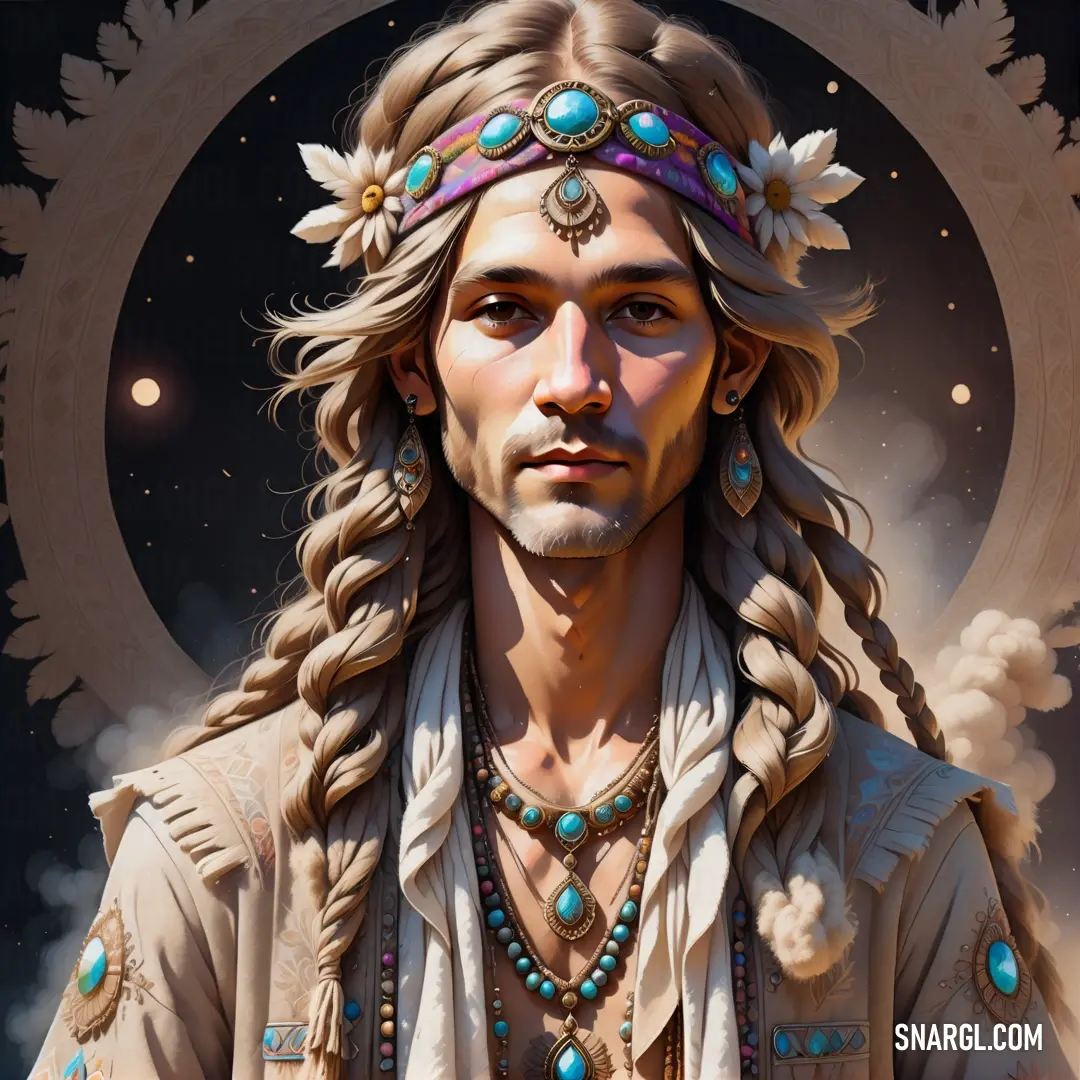
However, strange occurrences began to unfold. As the first garments were donned by models at a local fashion show, the air thickened with anticipation. When the models walked the runway, the audience felt an overwhelming wave of nostalgia mixed with hope. People began to see visions of the past, glimpses of protests, love-ins, and a time when community reigned over consumerism.
But as the success of their designs grew, so did the shadows. Rumors of The Oracle's ghost began to swirl around town, claiming that the designer was not merely lost but trapped within the very fabric of the clothing. Desperate to reclaim their creative freedom, the Twisted Seamstress and Sassy McSassface resolved to confront the ghost, believing that the peace sign brooch was the key to setting The Oracle free.
Under the light of a full moon, they returned to the beach where Sassy found the brooch. With the garment they crafted from the remnants of their designs draped over a makeshift altar of sand, they began to chant, calling upon The Oracle. The wind howled, and the waves crashed violently as the brooch pulsed with an otherworldly light.
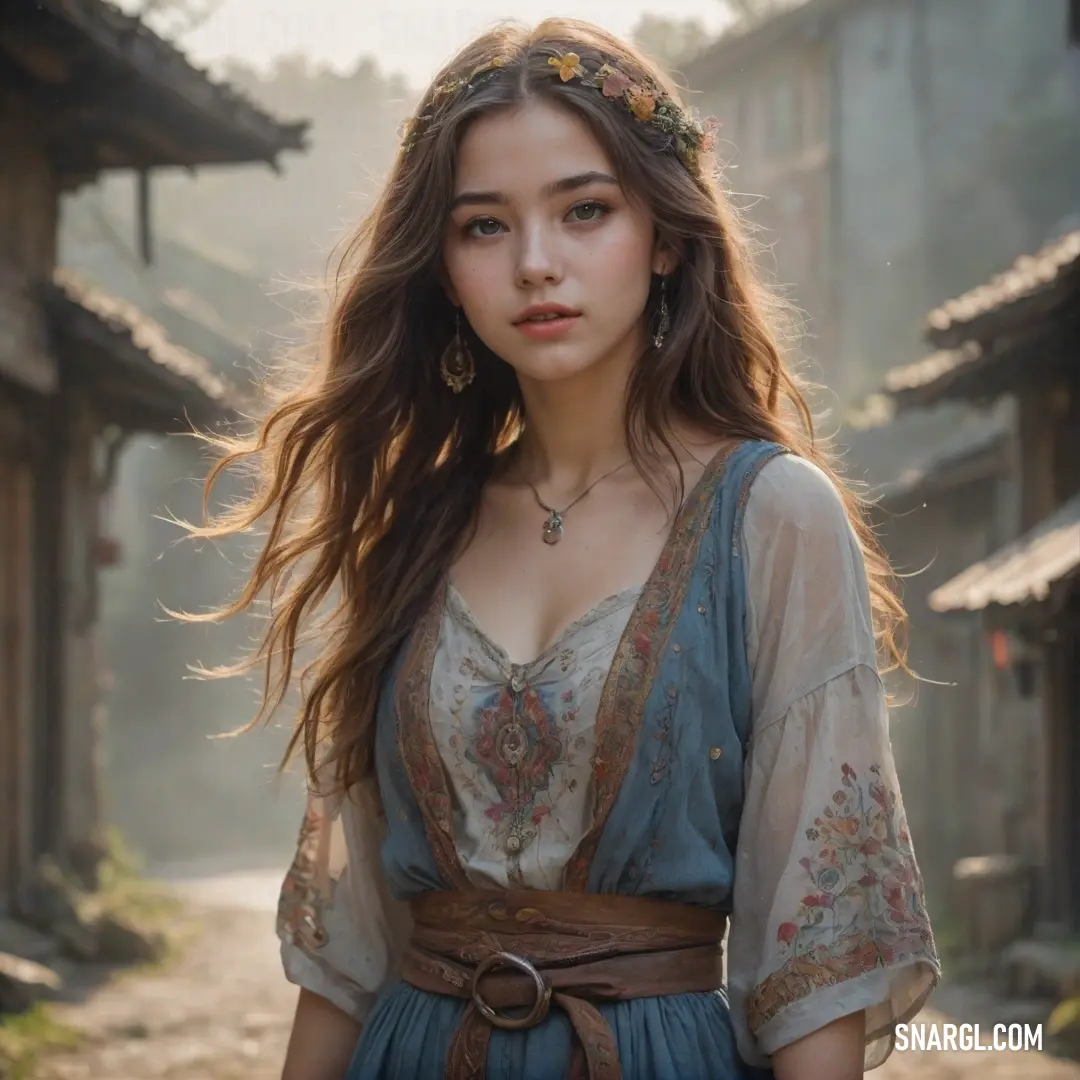
Suddenly, the spirit of The Oracle emerged, ethereal and radiant. "You have awakened me," the ghost whispered, voice mingling with the sound of the ocean. "You've tapped into a truth long forgotten - the essence of creativity lies not just in the past, but in how we choose to carry it forward."
In that moment, the Twisted Seamstress and Sassy McSassface understood the responsibility that came with their newfound power. They promised to honor the spirit of The Oracle by sharing the magic of creativity, not just through fashion, but by fostering a community that valued self-expression and connection.
As dawn broke over the horizon, the ghost of The Oracle faded away, leaving behind the shimmering peace sign brooch, now glowing with renewed energy. The Twisted Seamstress and Sassy McSassface smiled at each other, ready to embark on a new adventure, weaving together the fabric of time - where the past and present danced in harmony, and the spirit of the hippie movement was reborn anew.
The Groovy Art Adventure of Dapper Dash and Lady Clumsyboots
One sunny morning, Dapper Dash awoke with a sparkle in his eye and a wild idea in his mind. "Today," he announced, "we're going to combine our talents and create the ultimate Hippie Art Installation! It will be colorful, cozy, and absolutely bonkers!"
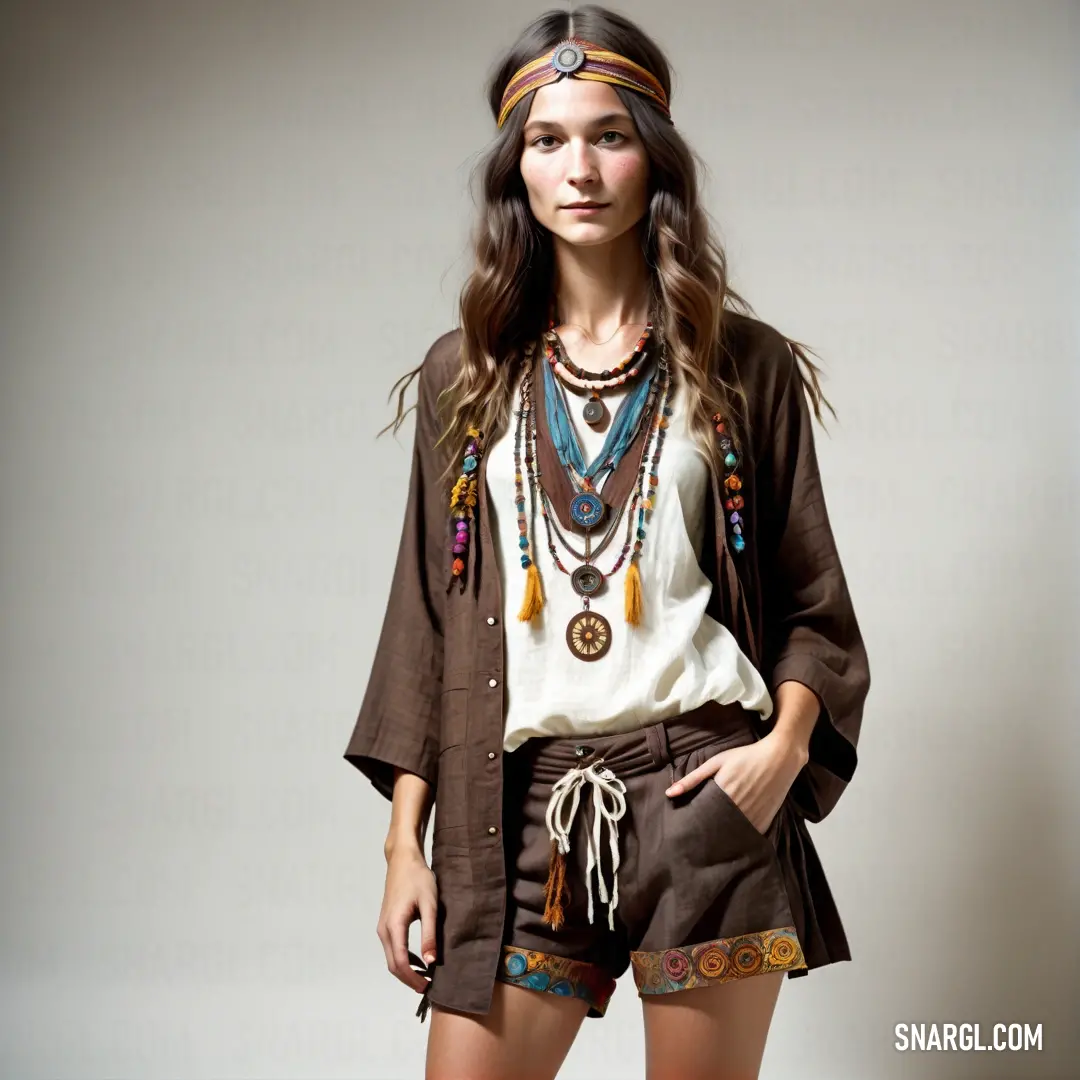
Lady Clumsyboots, still tangled in her rainbow-hued comforter, blinked sleepily. "Hippie what now?"
"Art, my dear Lady! We shall create a masterpiece that celebrates peace, love, and an abundance of yarn! It'll be a mix of knitting and cuddles!"
Lady Clumsyboots perked up. "Can I use sparkles?"
"Absolutely! More sparkles, the better!" Dapper Dash grinned, his mustache quivering with excitement.
They set off to gather supplies, armed with knitting needles, vibrant yarns in every imaginable color, and enough glitter to make a disco ball jealous. As they roamed through the local market, they encountered a peculiar assortment of townsfolk: a juggler dressed as a sunflower, a cat wearing sunglasses, and an octopus selling tie-dye T-shirts (don't ask how he managed).
"Perfect inspiration!" Dapper Dash shouted, launching a ball of yarn that accidentally struck a passing pigeon, sending it into a fit of confused flapping.
"Sorry, Mr. Pigeon!" Lady Clumsyboots called out, giggling. "Maybe you can be our mascot!"
With their supplies secured, they rushed back to Dapper Dash's workshop, which was a chaotic blend of colorful yarn balls, half-finished hats, and the faint smell of something delightful cooking in the corner - probably leftover spaghetti from three weeks ago.
"First, we need a theme!" Dapper Dash declared, dramatically throwing a handful of sparkles into the air.
"Peace, love, and fuzzy socks!" Lady Clumsyboots suggested, who promptly tripped over her own foot and landed in a pile of yarn. "Or… um… fuzzy yarn!"
"Fuzzy yarn it is!" Dapper Dash laughed, as he began to knit a giant peace sign that would serve as the centerpiece of their installation. Lady Clumsyboots, still covered in yarn, began creating a cozy blanket that would serve as the ultimate cuddle zone.
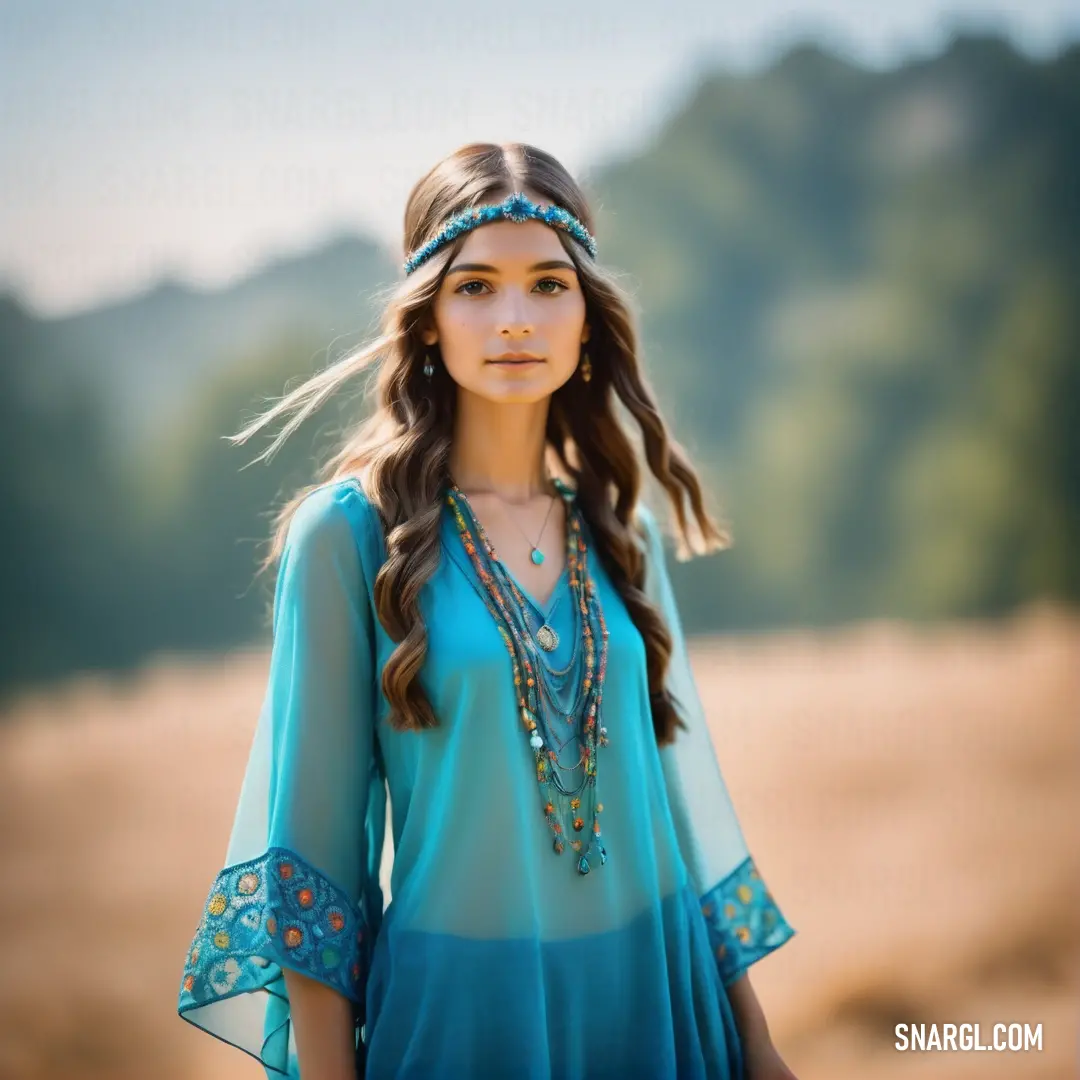
As the day progressed, things got delightfully chaotic. Lady Clumsyboots accidentally spilled an entire container of glitter, turning Dapper Dash's hat into a sparkly disaster. "Now it's a Dapper Disco Hat!" he exclaimed, sporting the blinding creation with pride.
Suddenly, their neighbor, a serious-looking art critic named Mr. Grumblesworth, appeared at the door. "What's all this racket?" he huffed, peering over his glasses, which were painted tie-dye.
"Welcome to the Hippie Art Extravaganza!" Dapper Dash beamed, gesturing grandly to their work.
Mr. Grumblesworth squinted skeptically. "Art? This looks like a colorful explosion in a knitting factory!"
"Exactly!" Lady Clumsyboots chimed in, bouncing on her toes. "Art should be fun and make you feel good! Like a warm hug!"
Mr. Grumblesworth raised an eyebrow. "Hugs? I'm a critic, not a cuddle monster!"
"Let us prove you wrong!" Dapper Dash declared, taking Mr. Grumblesworth's hand and leading him to the cuddle zone. "You must try a cuddle!"
Before he could protest, Lady Clumsyboots wrapped him in her fuzzy blanket, adding a headband of flowers to complete the look. Mr. Grumblesworth's frown melted into a bewildered smile.
"See?" Lady Clumsyboots said, "Art and cuddles make everything better!"
They spent the afternoon laughing, knitting, and cuddling, as Mr. Grumblesworth transformed into the most unexpected fan of the installation. By the end, he even danced a little jig, which caused his glasses to slip down his nose.
Finally, the day of the big reveal arrived. The town gathered for the unveiling of their Hippie Art Installation, complete with a live band playing groovy tunes and a free supply of rainbow cupcakes. The installation was a riot of color, yarn, and laughter, radiating joy and warmth.
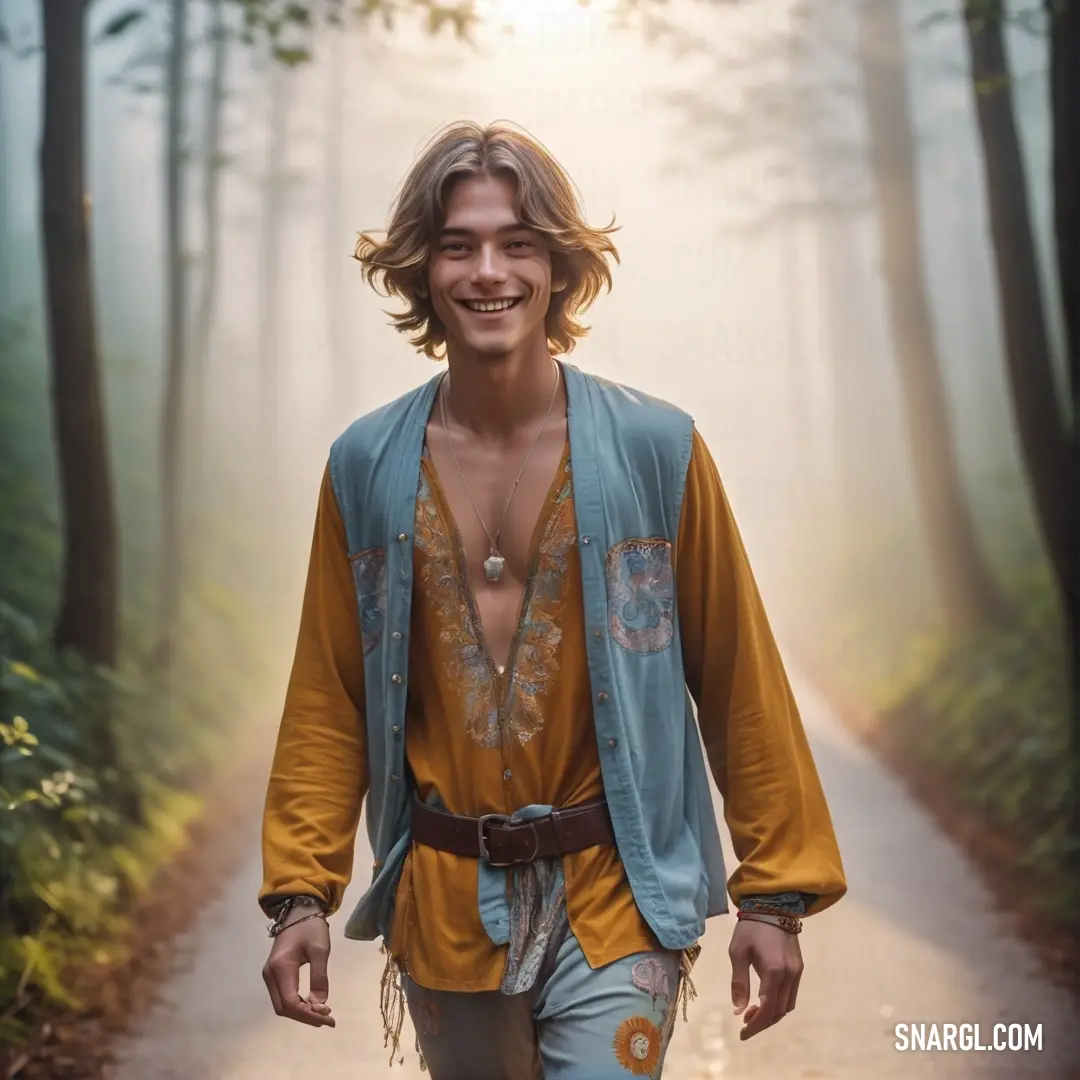
As the sun began to set, casting a golden glow over Colorful Corners, Dapper Dash took to the stage. "We present to you ‘The Cozy Rainbow of Peace!' May it remind us all to spread love and creativity, one hug and one stitch at a time!"
The crowd erupted in cheers, and Mr. Grumblesworth, now fully embracing his inner cuddle monster, shouted, "Long live cuddly art!"
From that day forward, Dapper Dash and Lady Clumsyboots became the beloved icons of Colorful Corners, proving that when you mix creativity with a little bit of silliness, magic happens - especially when sparkles are involved. And so, they knit, cuddled, and danced their way into the hearts of everyone in town, creating a legacy of joy, one fuzzy hug at a time.
The Fabric of Revolution
Meanwhile, down by the city's serene lake, Gallant Glitch dove into the murky depths, searching for lost golf balls. A former champion golfer turned diver, he was well-versed in the art of finding treasure where others saw only waste. He had an eye for the extraordinary, and today, he emerged with more than just balls; he discovered a colorful patchwork of fabric tangled in the weeds - a remnant of a bygone era.
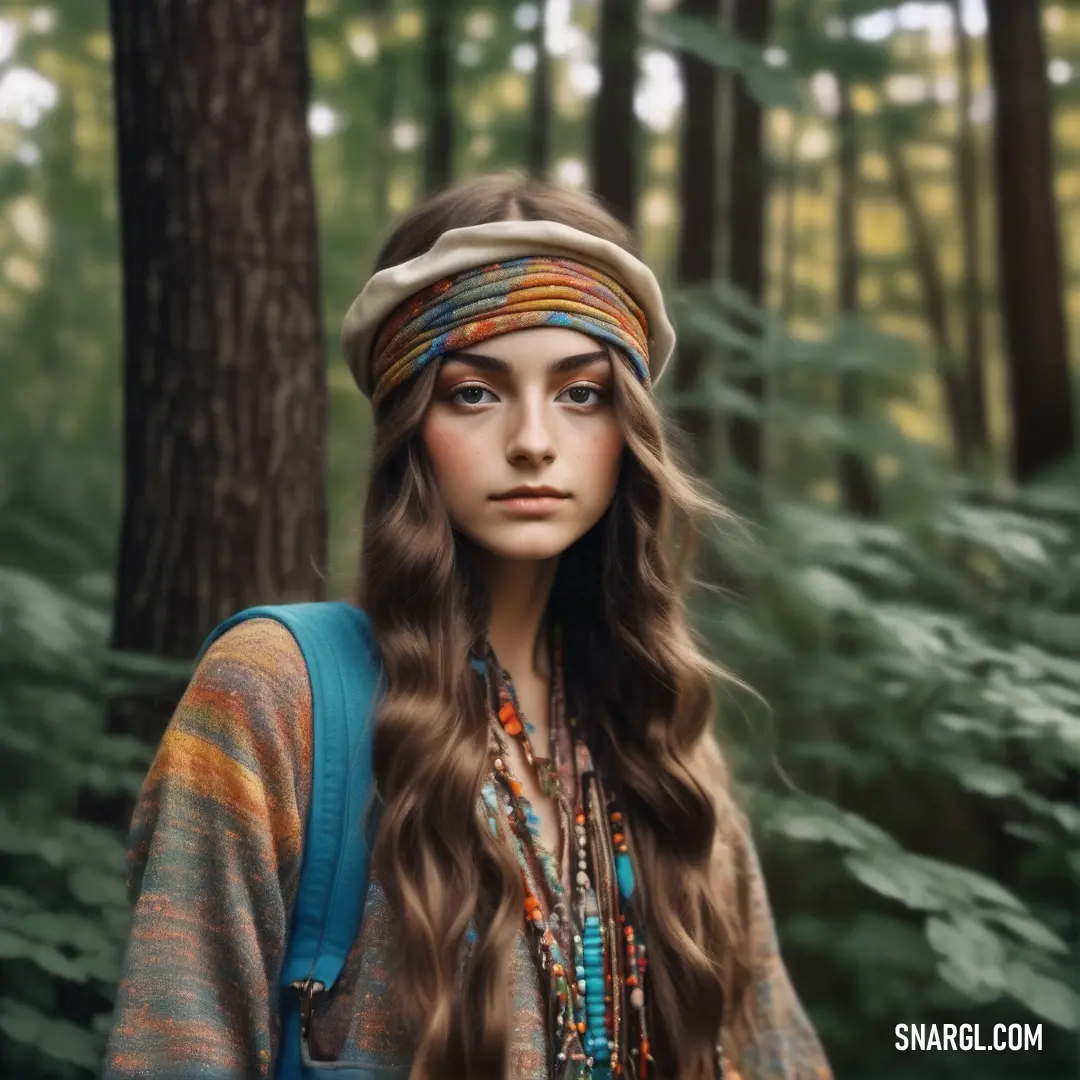
That evening, while sipping a glass of wine and flipping through her usual couture catalogs, Zara received a call from her friend, who excitedly recounted the findings of a local diver. Zara, intrigued, decided to visit Gallant the next day. The diver was known for his oddities, and she figured he might have something interesting to offer.
As she approached the lakeside, she spotted Gallant, scrubbing a vibrant piece of fabric that seemed oddly reminiscent of the 1960s hippie style. It was a chaotic blend of colors, peace symbols, and flowing patterns that instantly captivated her. Zara felt a strange connection to the piece, as if it whispered secrets of freedom and rebellion against the polished, oppressive standards of luxury she represented.
Gallant noticed her fascination. "It's from an old festival," he said, grinning. "The spirit of the hippie movement, still hanging around. People were searching for peace and love back then, but I think it's time for a revival."
Zara pondered his words. What if the fashion world could embrace this spirit? Instead of flaunting elitism, why not bring back the idea of carefree expression, community, and authenticity? She could imagine a line that celebrated the chaos of individuality rather than the sterile perfection of luxury.
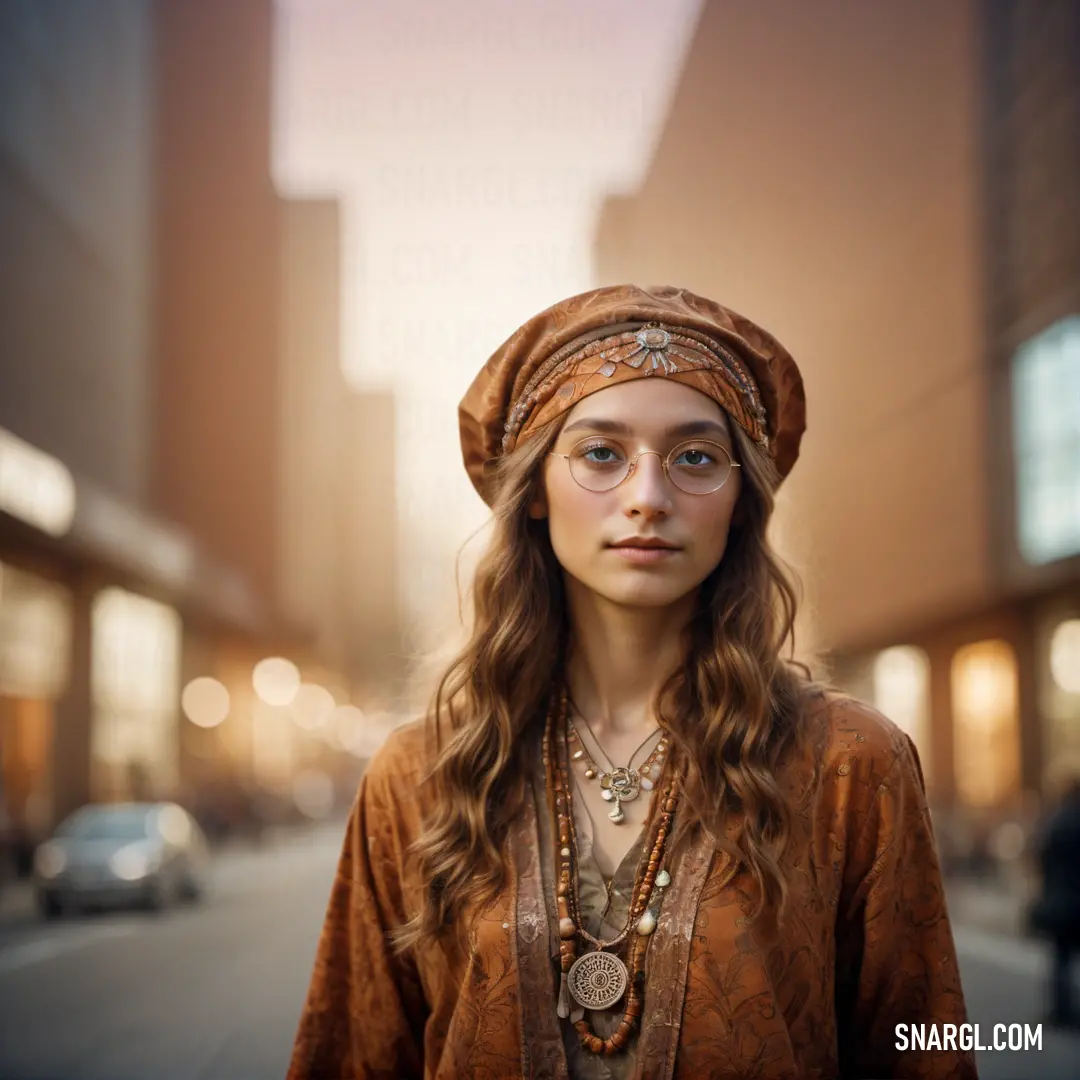
Together, they decided to create a collection that merged high fashion with the vibrant, free-spirited essence of the hippie style. They dubbed it "Peace & Glam." The concept shocked the fashion elite, many of whom dismissed it as a fleeting whim, but Zara saw the potential to reshape an industry trapped in its own rigidity.
The duo organized a groundbreaking launch event, transforming an old warehouse into a whimsical garden, complete with oversized daisies and bright murals. Models paraded down the runway wearing flowing garments adorned with tie-dye and crochet, mixed with high-end accessories. Each piece told a story - of rebellion, love, and acceptance.
As the fashion show unfolded, critics and consumers alike found themselves captivated by the message behind the clothes. The designs challenged the status quo, provoking discussions about sustainability, self-expression, and the true meaning of luxury. Zara and Gallant became champions of a movement that blended heritage with innovation.
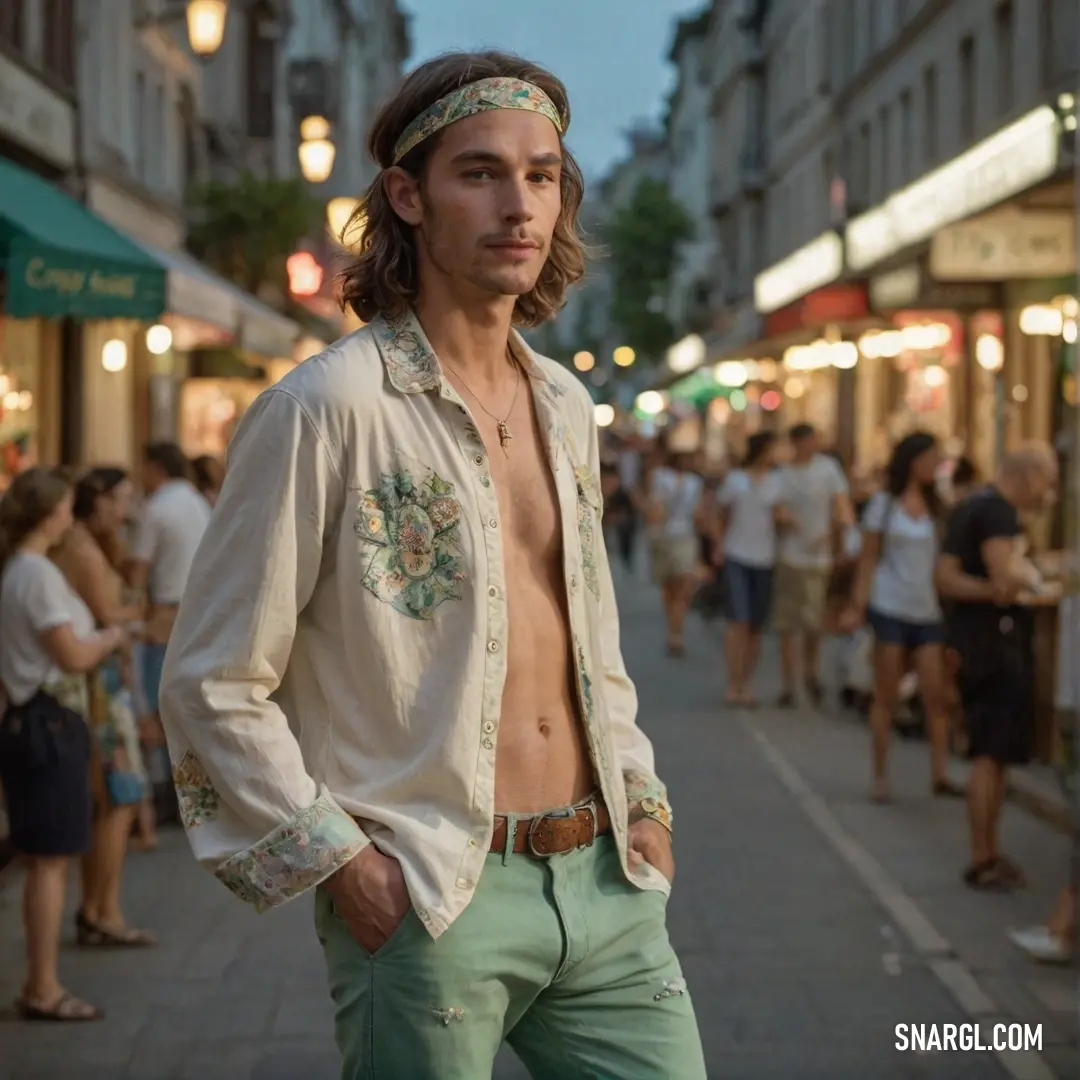
The collection sparked a revolution, inspiring designers to explore authenticity over elitism. Zara, once a symbol of conventional luxury, transformed into a beacon of hope for a new generation of fashion lovers. Gallant, too, found his calling, advocating for the reclamation of discarded materials and promoting sustainable practices.
In time, "Peace & Glam" became synonymous with a lifestyle that embraced creativity and individuality. It reminded the world that fashion wasn't just about what you wore but about the stories you told and the values you stood for.
As the sun set over the lake where they first met, Zara and Gallant stood together, watching their vision ripple through the fabric of society. They had woven a tapestry of change, proving that even in the world of luxury, there was room for a little chaos - and a lot of heart.
Laceface Larry and Duchess Twiddle: The Groovy Trademark Revolution
But Larry had a dream - to design a revolutionary trademark that would make him a global sensation. Not just any design though, but a fun and funky "hippie" style that would change the fashion world forever. The problem? He had the ideas but no clue how to market them. Enter Duchess Twiddle, an iceberg mover with a penchant for strategy and a love for impossible tasks. Twiddle, as everyone called her, was famous for her ability to move colossal chunks of frozen water - not with machinery, but sheer willpower and a series of very elaborate pulleys. She was feared by icebergs and respected by sailors.
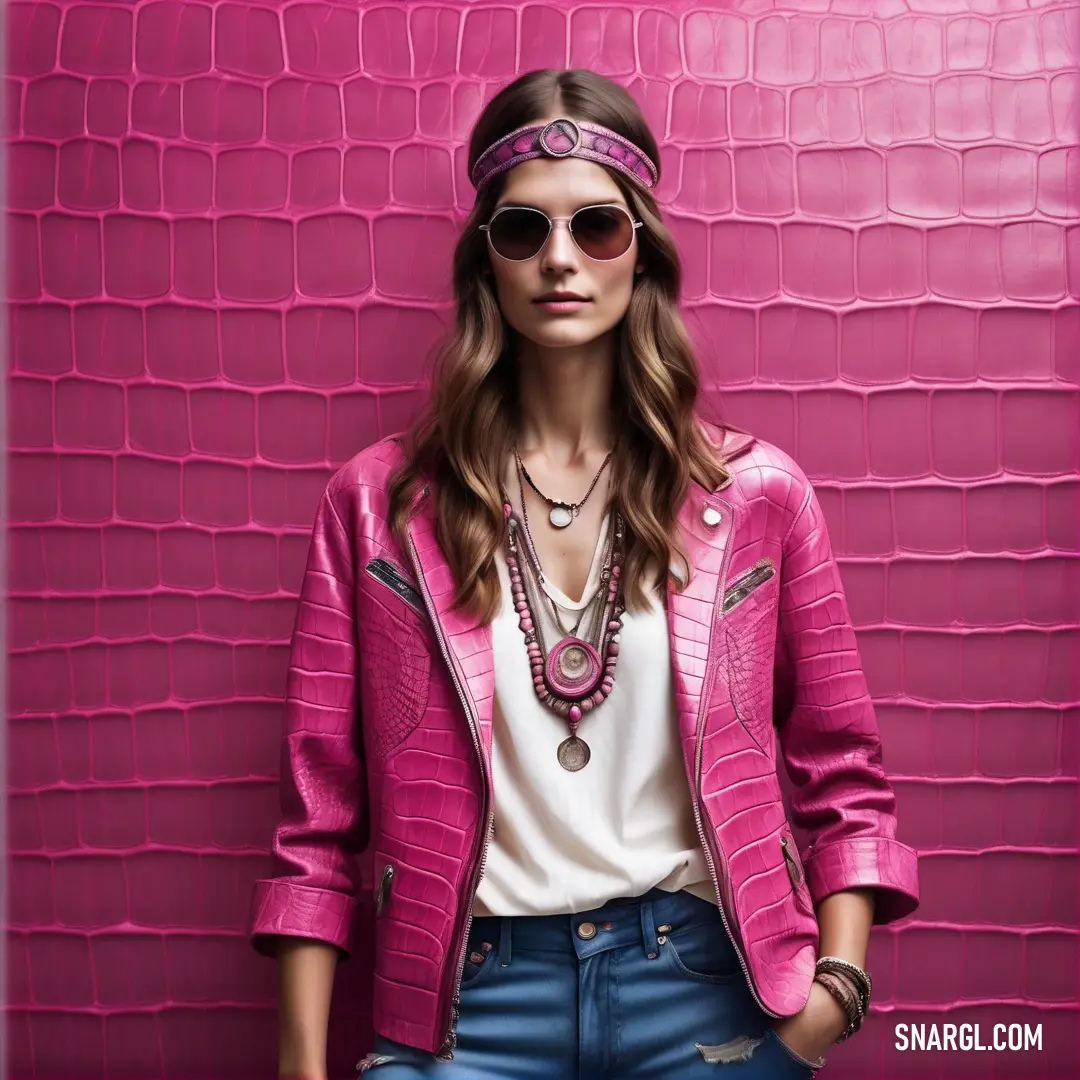
One afternoon, after a long day of hemming pants with flower power embroidery, Larry stumbled upon an idea so radical it nearly knocked his spectacles off. He would create a new trademark design - "Groovewave." It was a whirlwind of kaleidoscopic colors, swirling paisley, and peace symbols, all wrapped in a banner that proudly read, "Far Out, Man!" The world needed this, Larry thought. Corporate logos were too stiff and dull. What they needed was a burst of 60s counterculture, but... how on Earth would he get anyone to take him seriously?
He called Twiddle.
Now, Duchess Twiddle wasn't just an expert in moving icy monoliths; she had a keen sense for moving ideas. When she arrived at Larry's studio, she immediately saw the potential. "Larry, darling," she said, her voice as smooth as melted butter on an iceberg, "This is wild. It's bold. It's… groovy. But, sweetheart, you need to make the suits upstairs want to wear flowers in their hair."
Larry scratched his beard. "How do I do that? I'm just a humble stitcher, Twiddle."
Twiddle chuckled, pulling out a map. "We're going to the corporate towers. But first, we need a plan. The key to moving mountains - or icebergs - is subtle persuasion, Larry. Let's give them a taste of the hippie lifestyle."
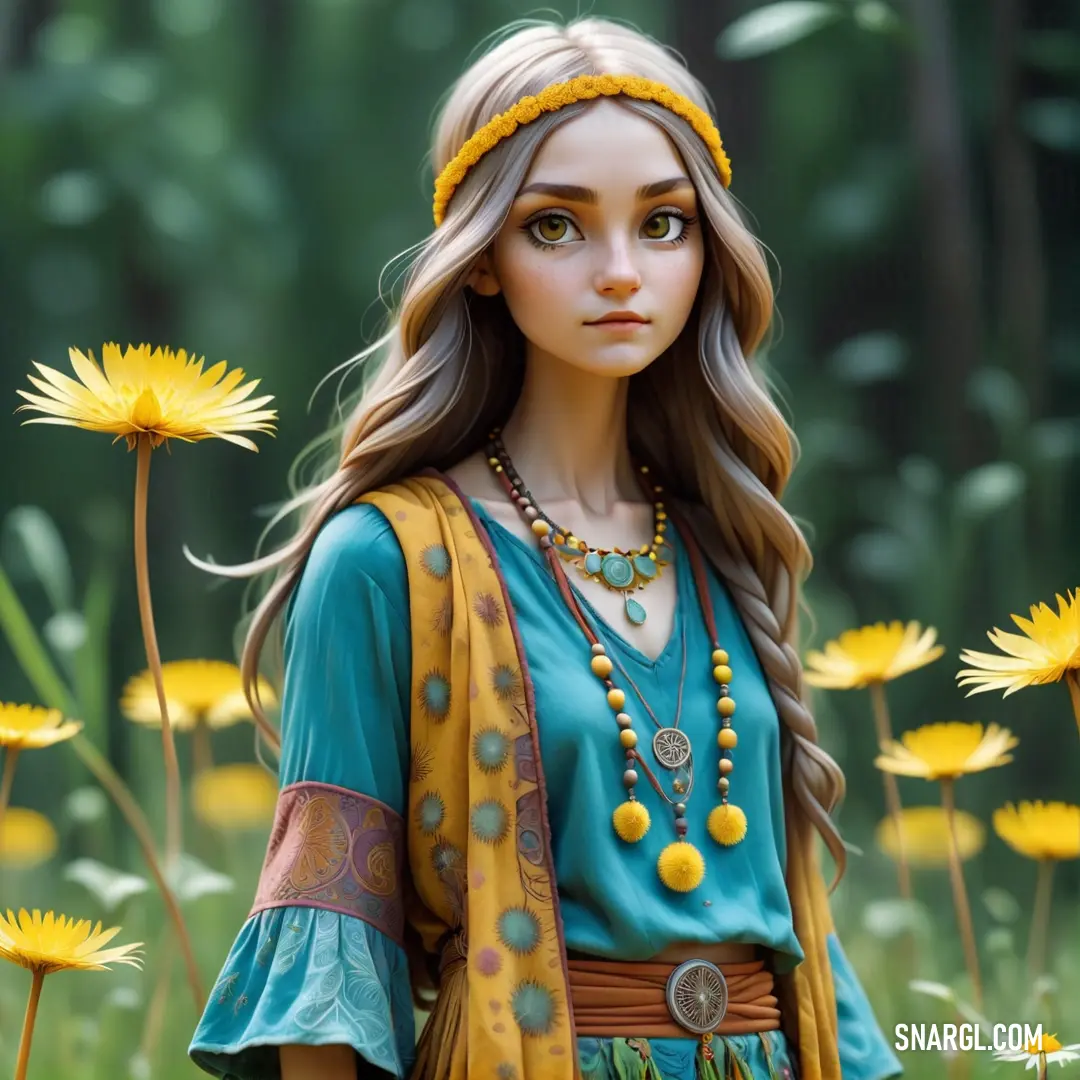
With a wink, Twiddle set the plan in motion. First, they sneakily replaced the boring corporate swag in Styletown's biggest companies with Larry's groovy designs. Gone were the navy-blue ties and gray suits. In their place: Larry's psychedelic scarves, paisley briefcases, and patchwork jackets with peace signs embroidered on the back. Even the coffee mugs had peace symbols on them.
Then, they hosted "The Big Corporate Happening" - a party in the middle of Styletown's central park, complete with drum circles, kombucha fountains, and free tie-dye shirts for all. Twiddle had arranged for everyone from the CEO of BigCo to the mailroom clerks to receive an "urgent invite" to the event.
The morning of the party, the park was filled with the sound of bongo drums and the smell of patchouli oil. Twiddle watched as the stiff-suited execs trickled in, unsure if they had entered a meeting or a time machine to 1969. Larry, wearing a paisley jumpsuit, floated through the crowd like a rainbow on legs, shaking hands and handing out his signature bandanas.
At first, the business leaders looked uncomfortable, clutching their briefcases like shields. But soon enough, the energy of the event got to them. Twiddle had arranged for barefoot yoga sessions and Larry's groovy designs began appearing on their suits. A CEO who prided himself on "never loosening his tie" was soon seen wearing a bandana and a vest with fringe.
By the end of the event, Larry's designs had infiltrated every corporate mind. The suits had tasted freedom, and it came with a side of floral embroidery.
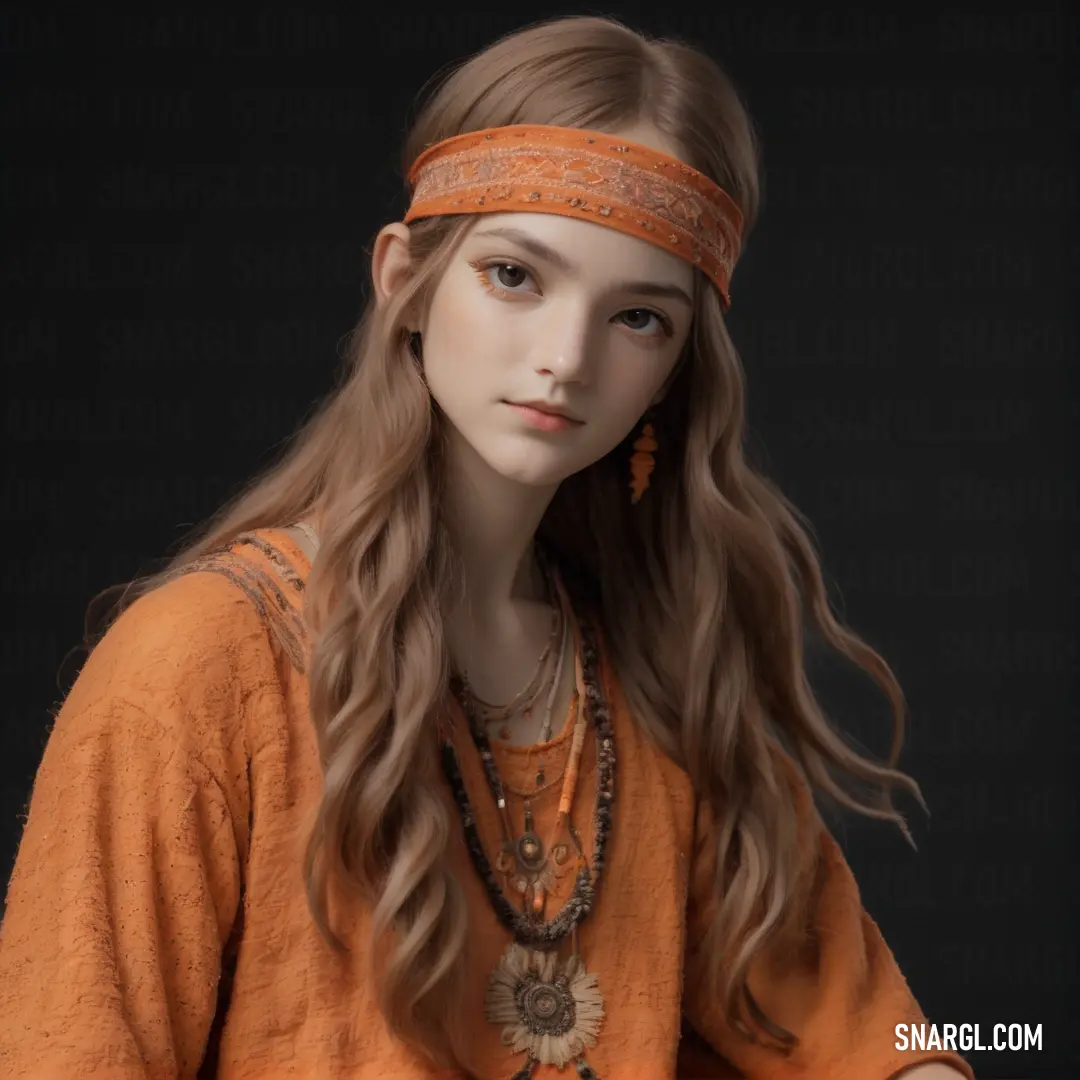
A week later, Styletown was buzzing. Word had spread about the "Groovewave" trademark, and suddenly, everyone wanted a piece of Larry's designs. Corporate giants were throwing money at him, demanding his logo for their brands. The world wasn't just ready for hippie style in business - it was desperate for it.
And as for Twiddle, well, she didn't move any icebergs that week. But she had successfully moved an entire city's perspective. Larry's groovy trademark became the new gold standard, and Styletown was never the same again.
From that day forward, corporate meetings were never held without at least one tie-dye jacket in the room, and every contract was signed with the slogan: "Stay Groovy.".

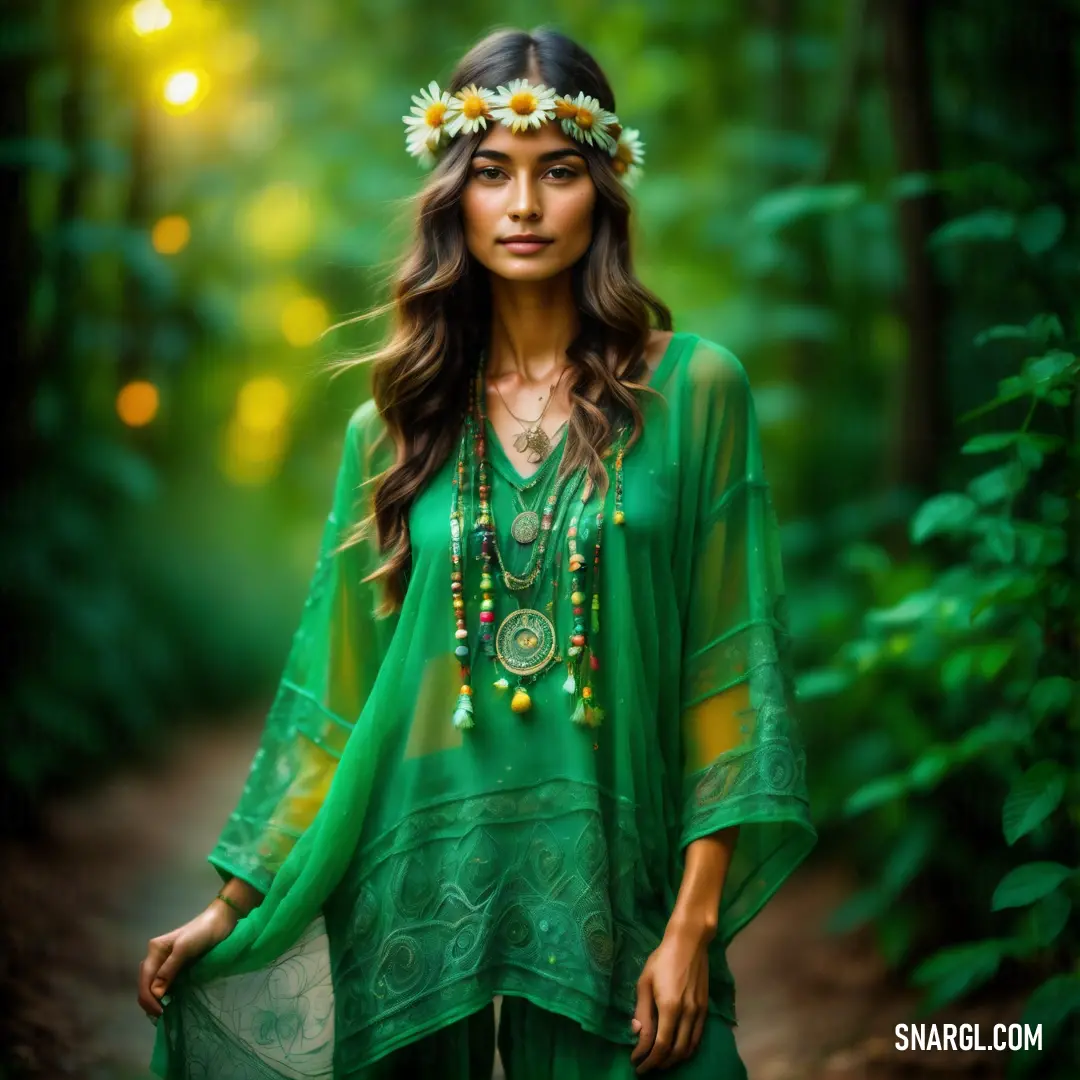
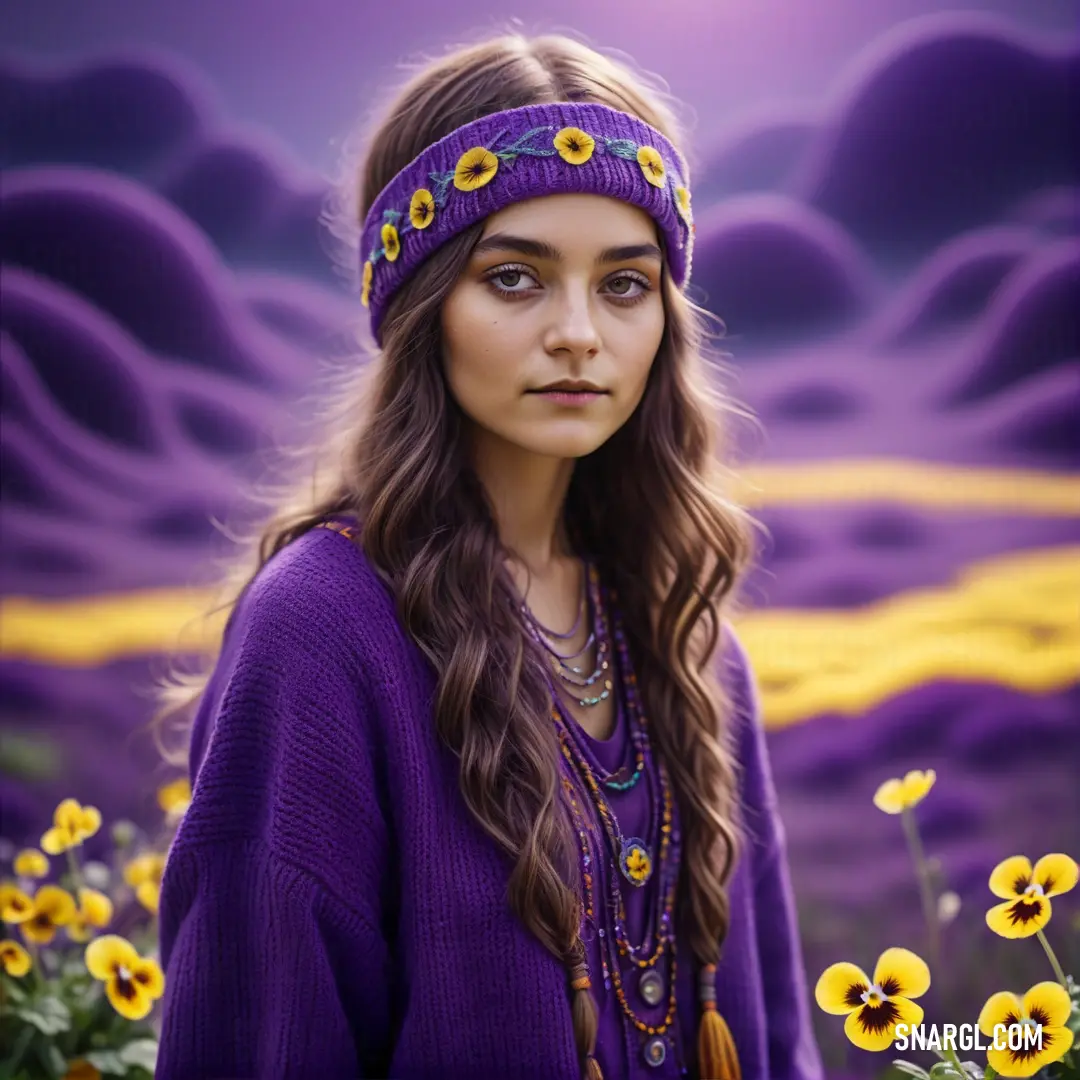
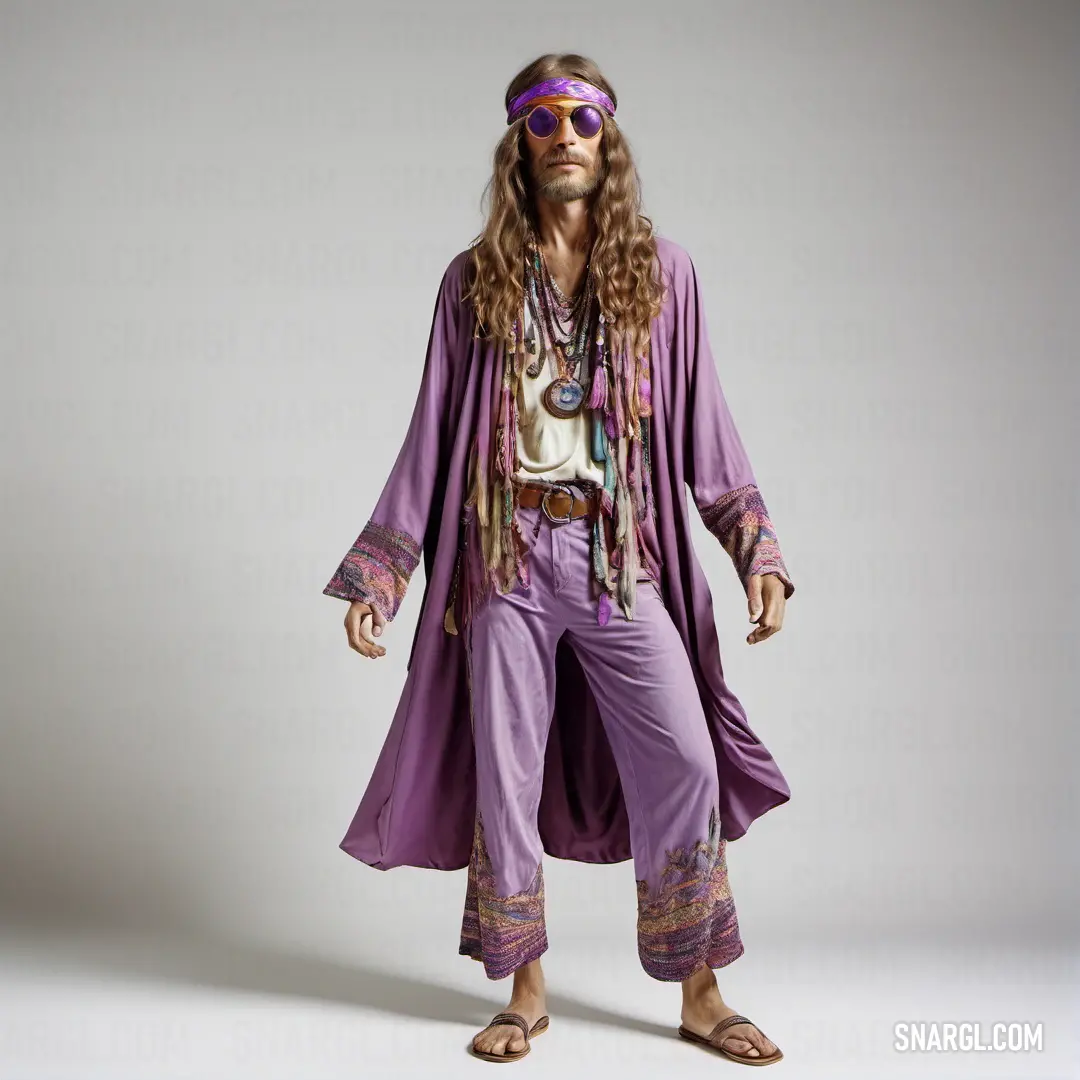
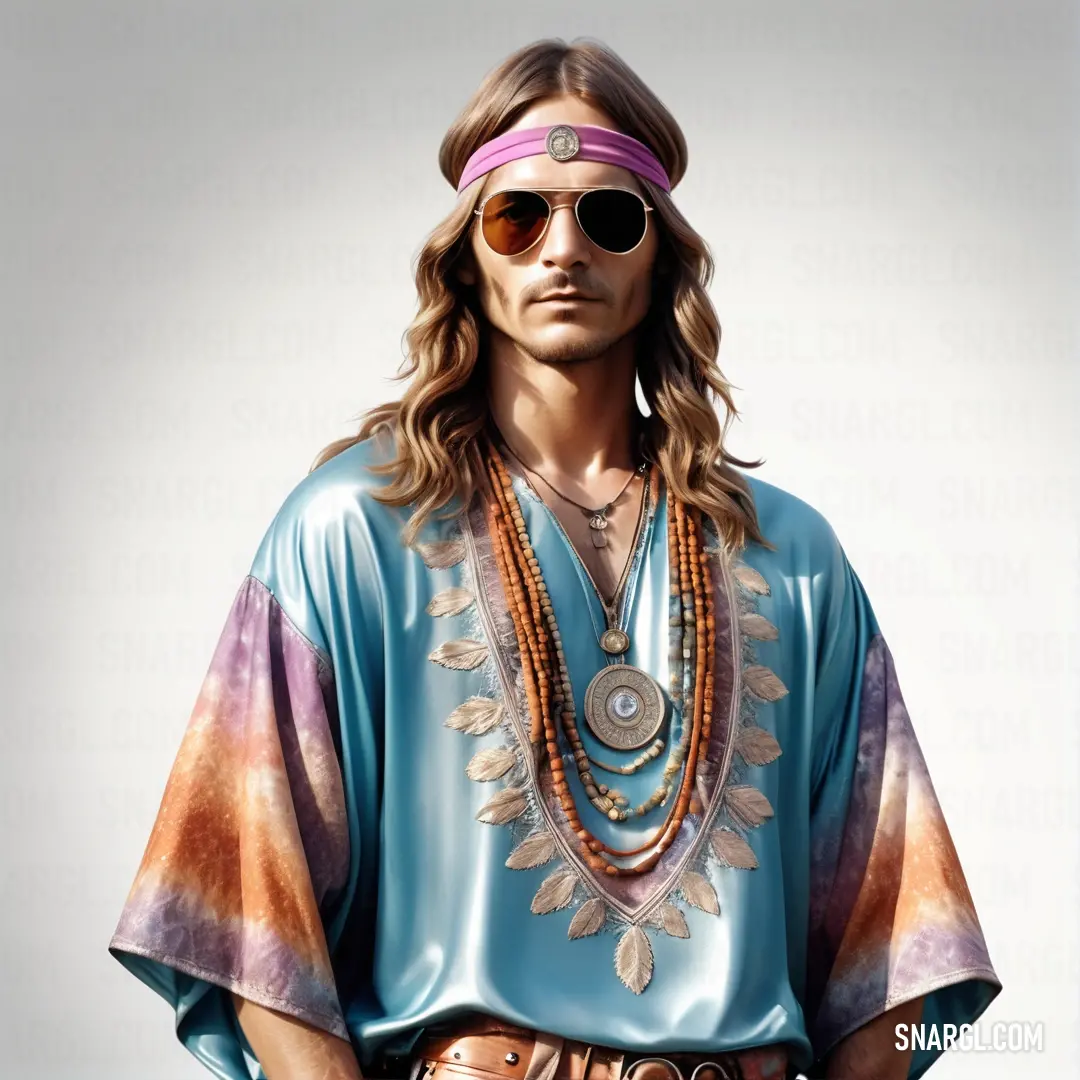
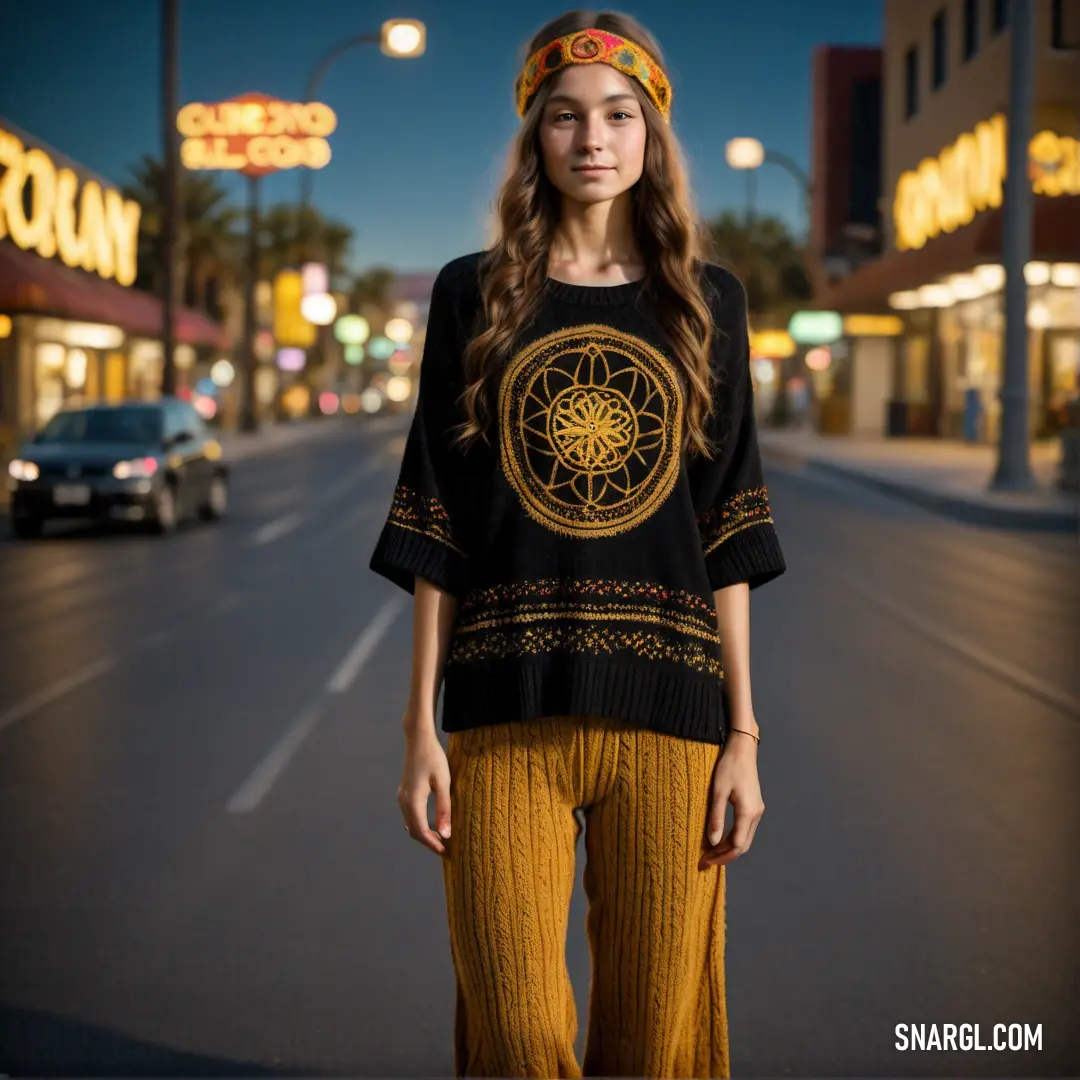
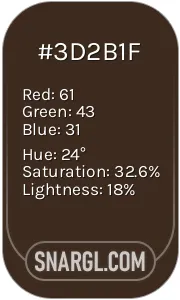 Bistre
Bistre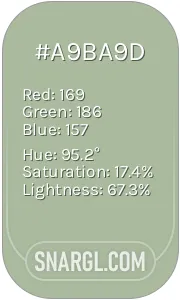 Laurel green
Laurel green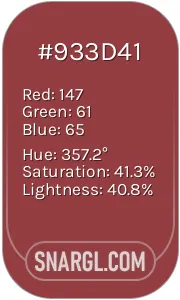 Smokey topaz
Smokey topaz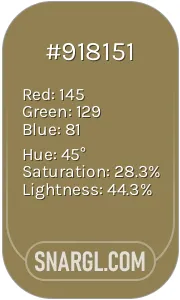 Dark tan
Dark tan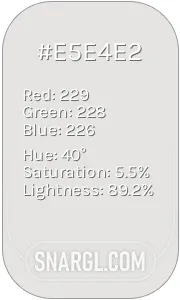 Platinum
Platinum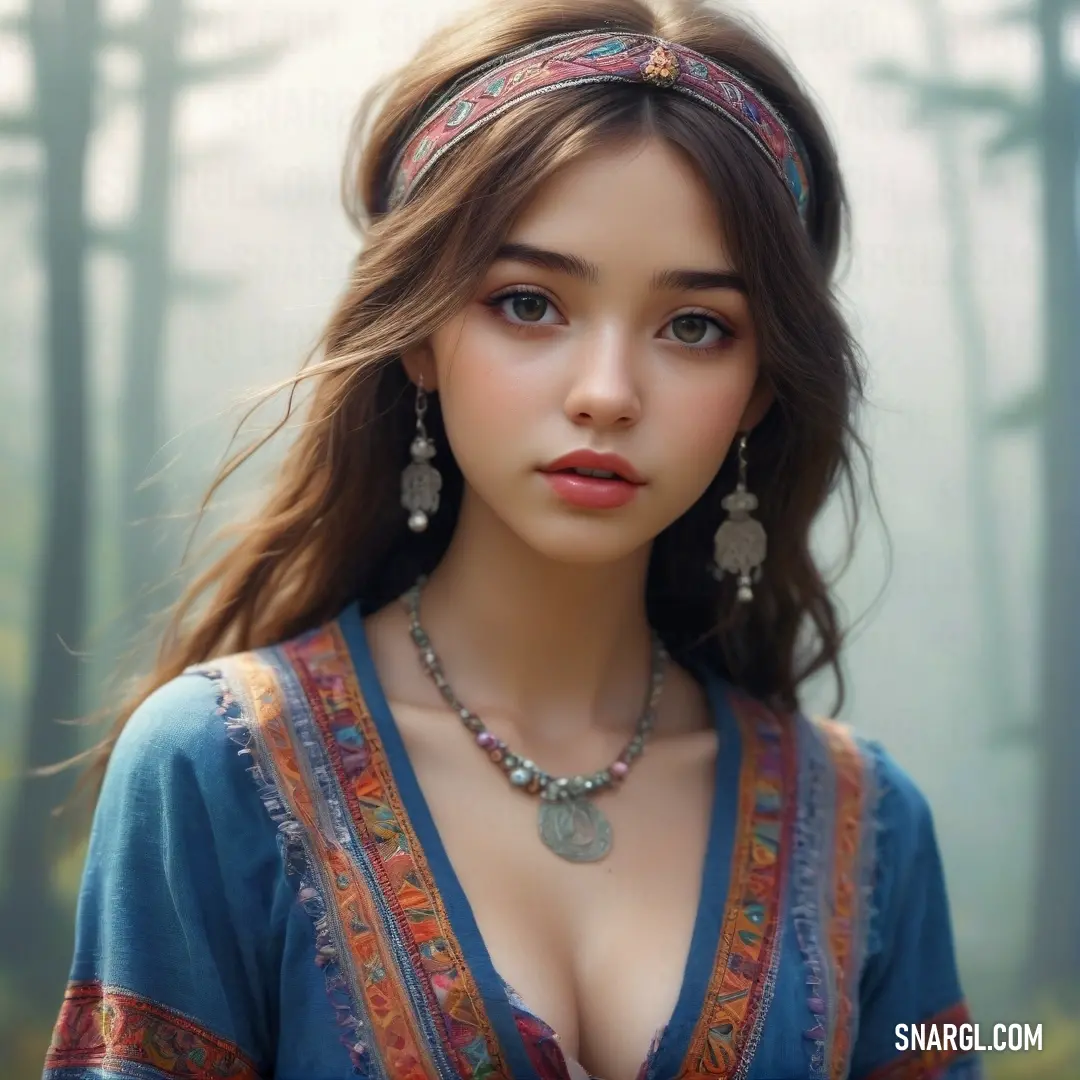
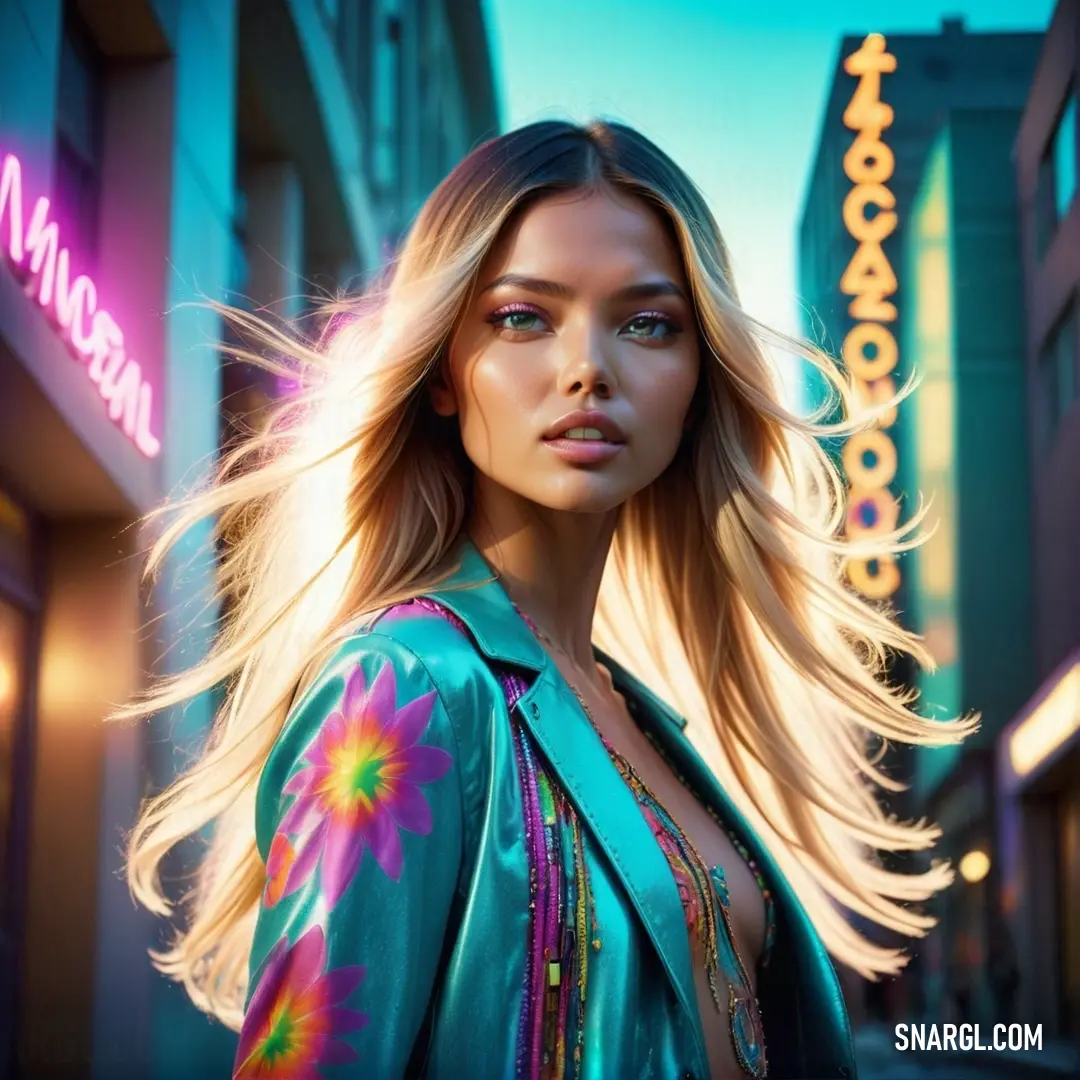
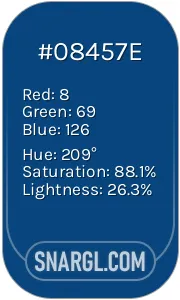 Dark cerulean
Dark cerulean Safety Orange (Blaze Orange)
Safety Orange (Blaze Orange)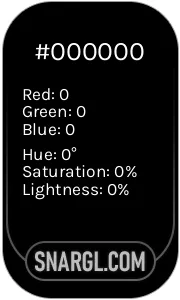 Black
Black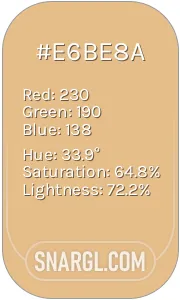 Pale gold
Pale gold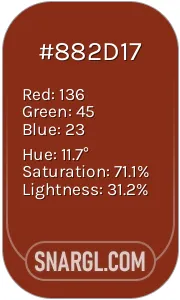 Sienna
Sienna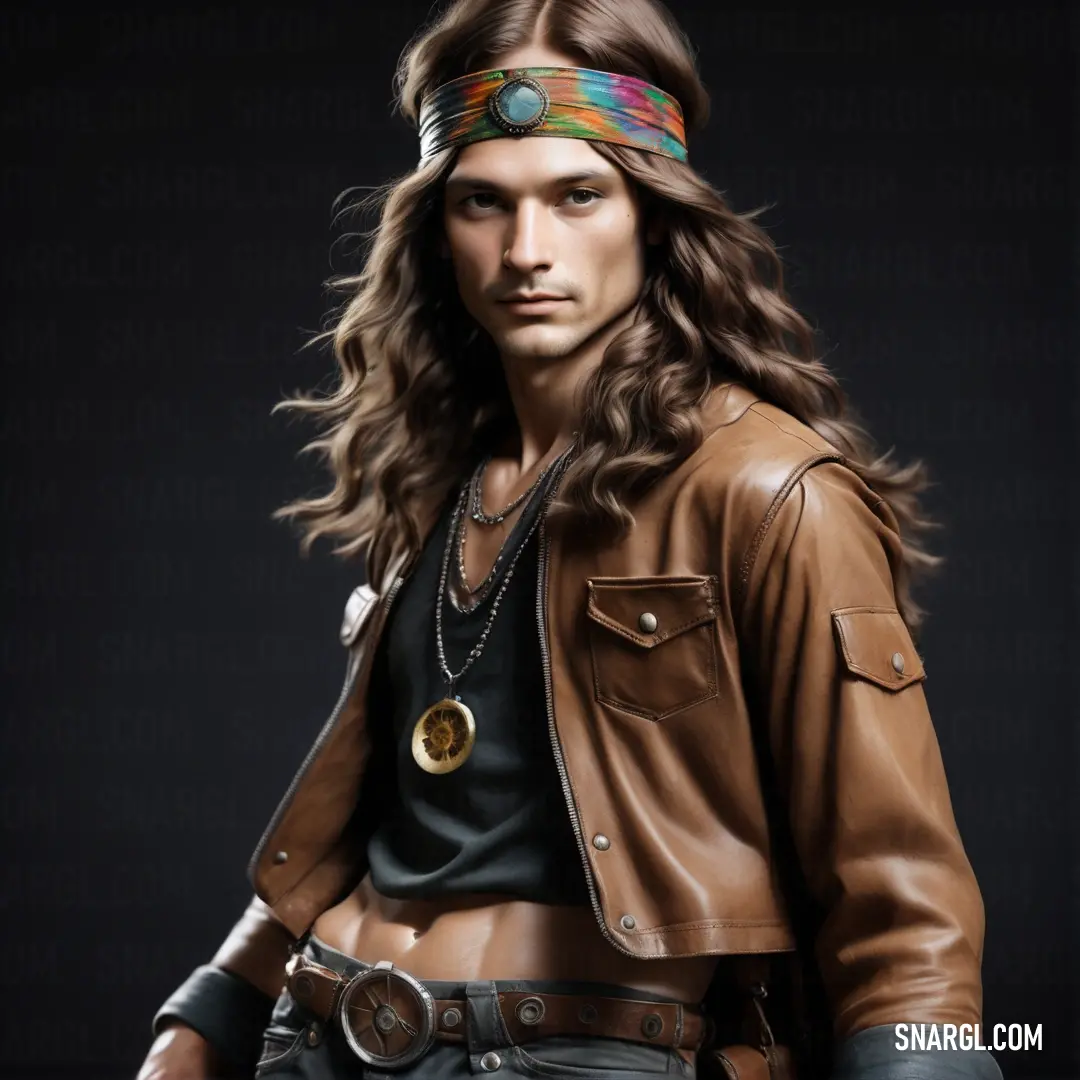
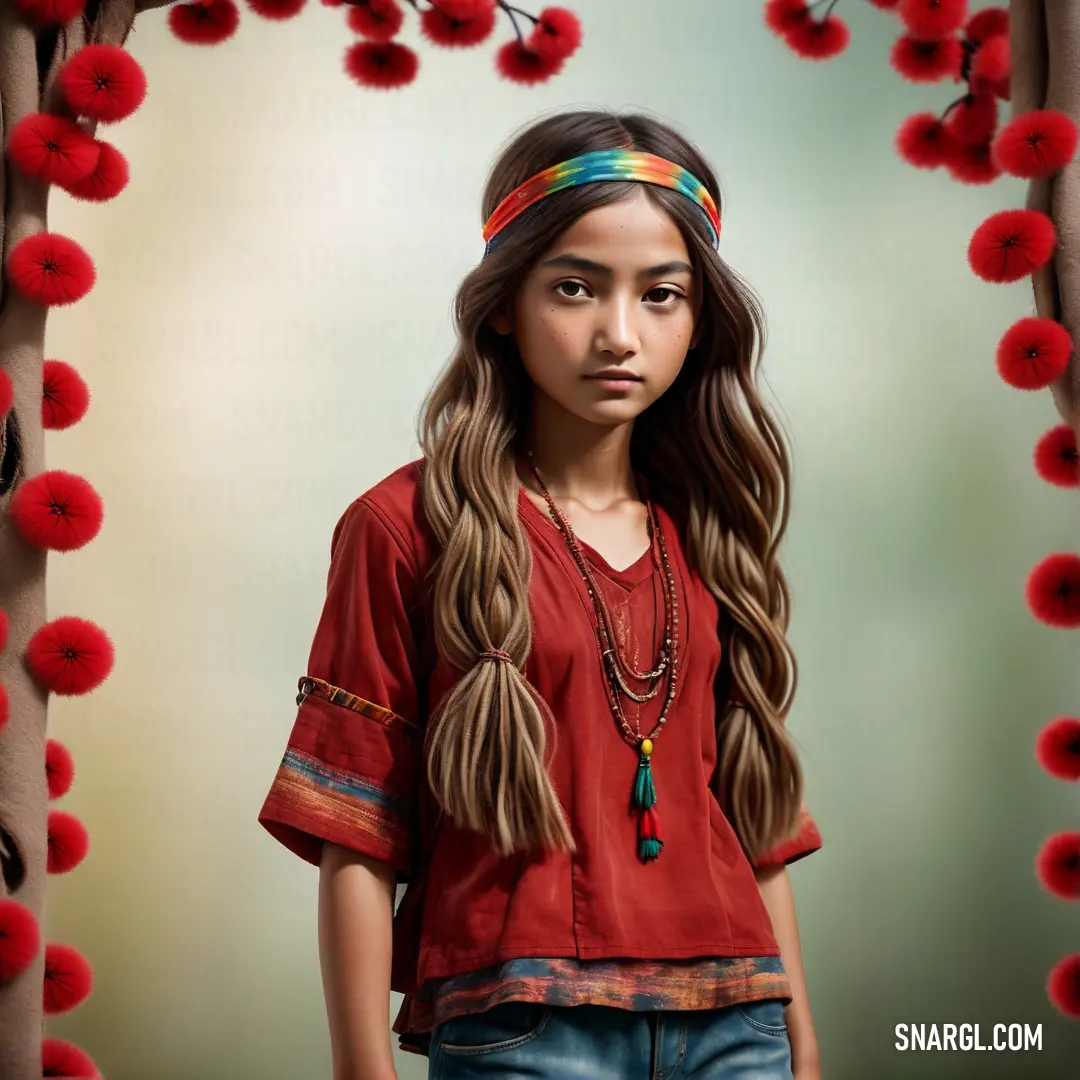
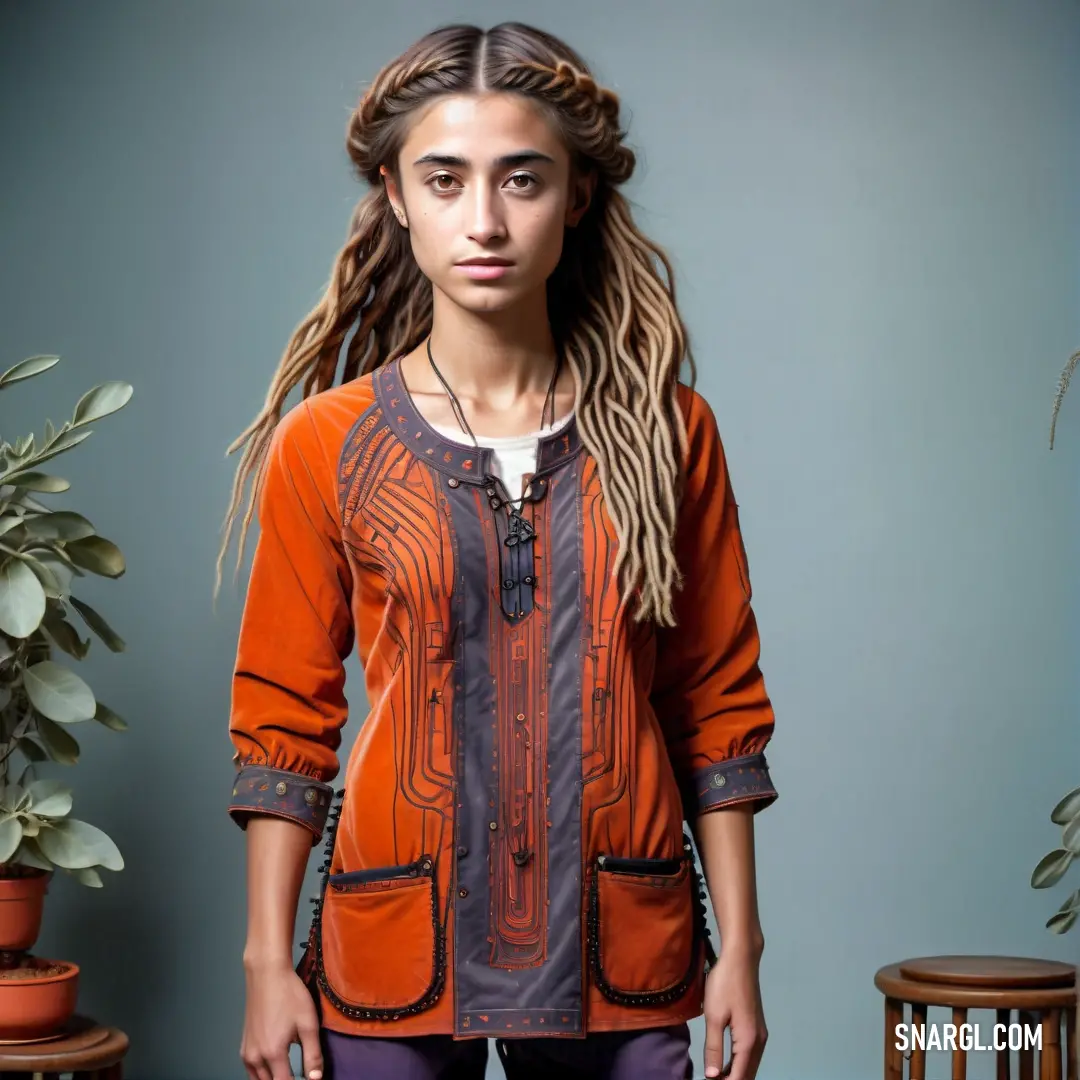
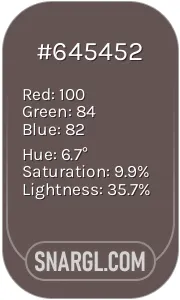 Wenge
Wenge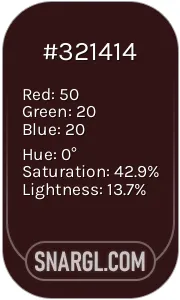 Seal brown
Seal brown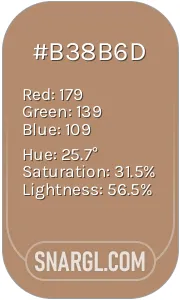 Light taupe
Light taupe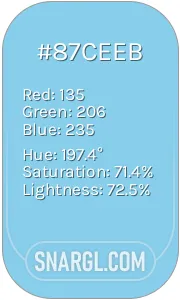 Sky blue
Sky blue Verdigris
Verdigris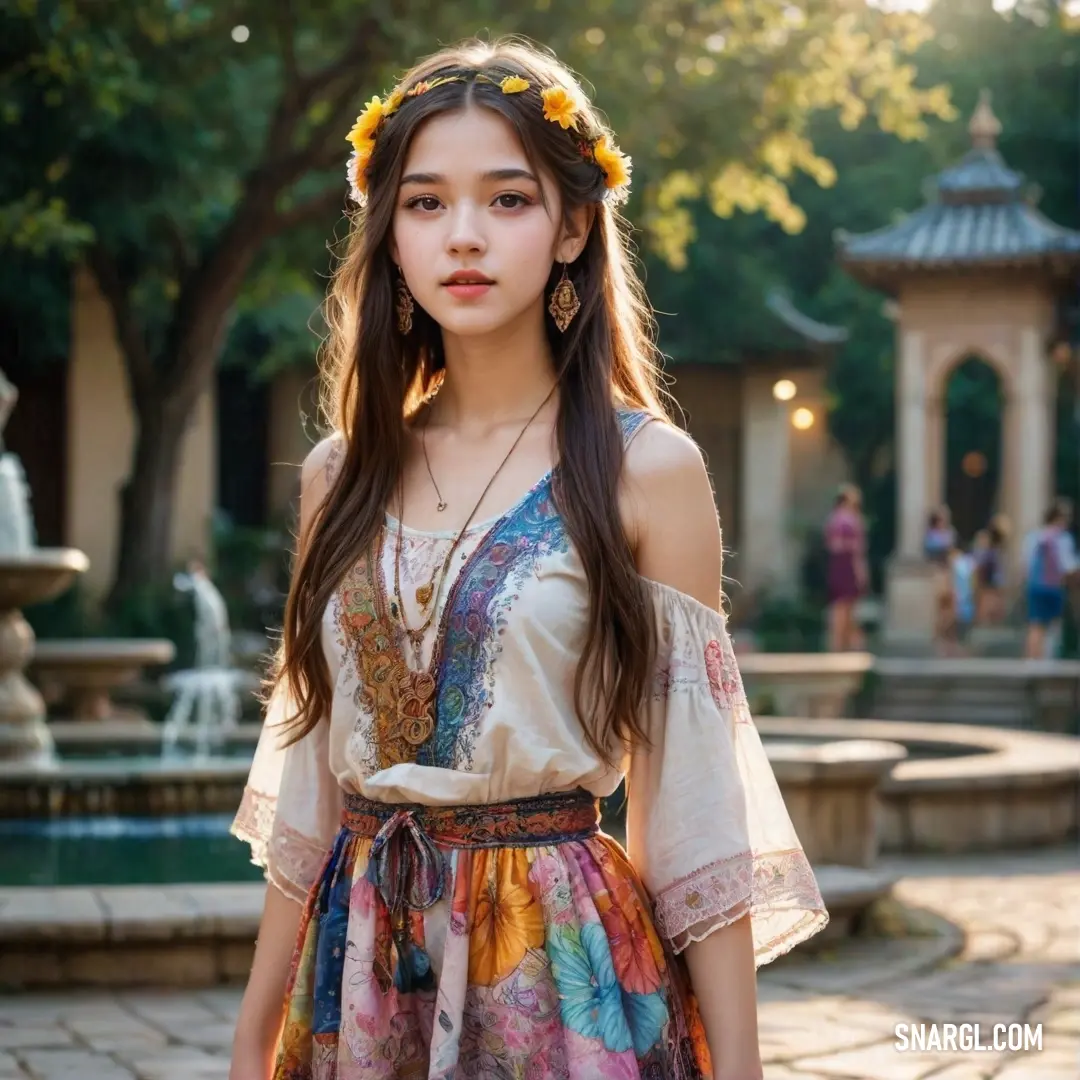

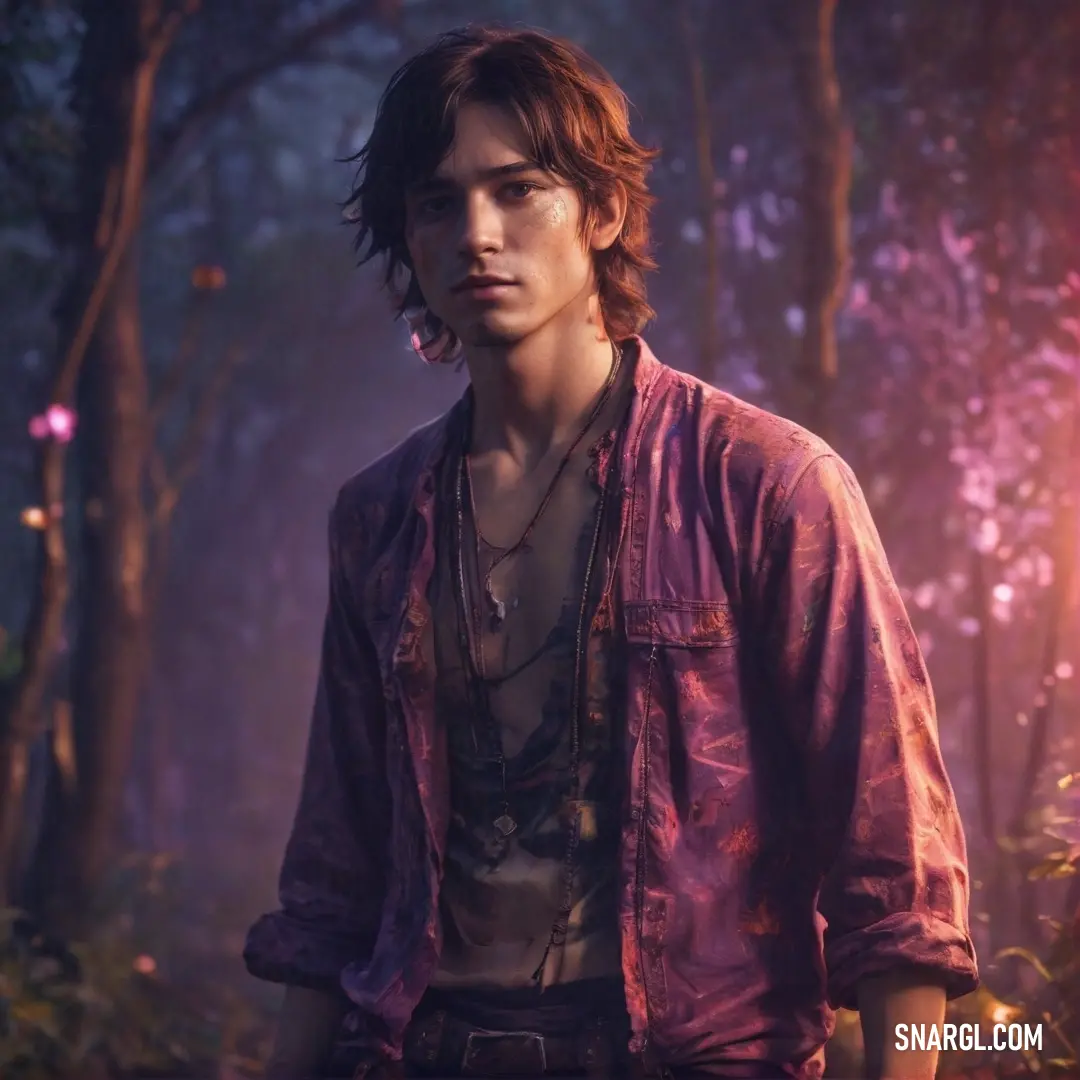
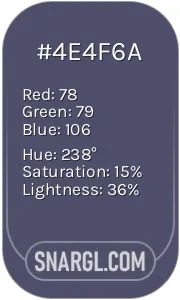 Pang
Pang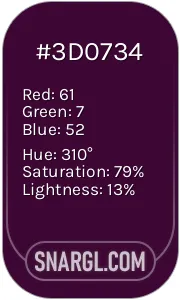 Canonical aubergine
Canonical aubergine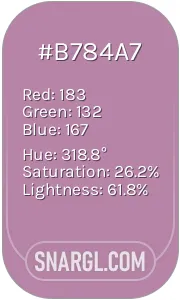 Opera mauve
Opera mauve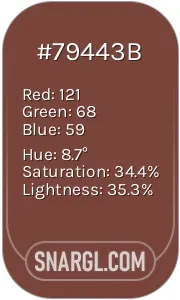 Bole
Bole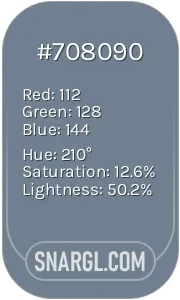 Slate gray
Slate gray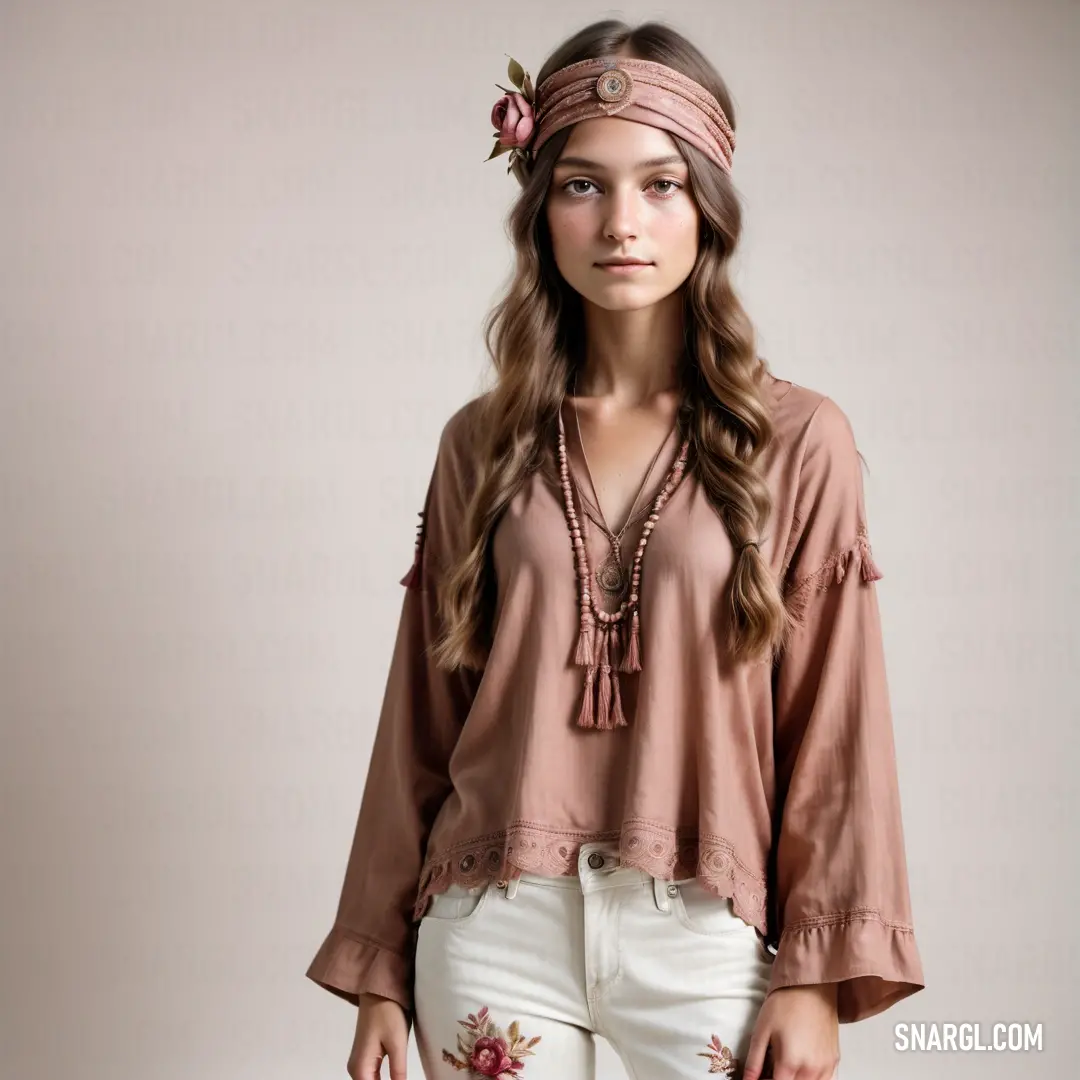
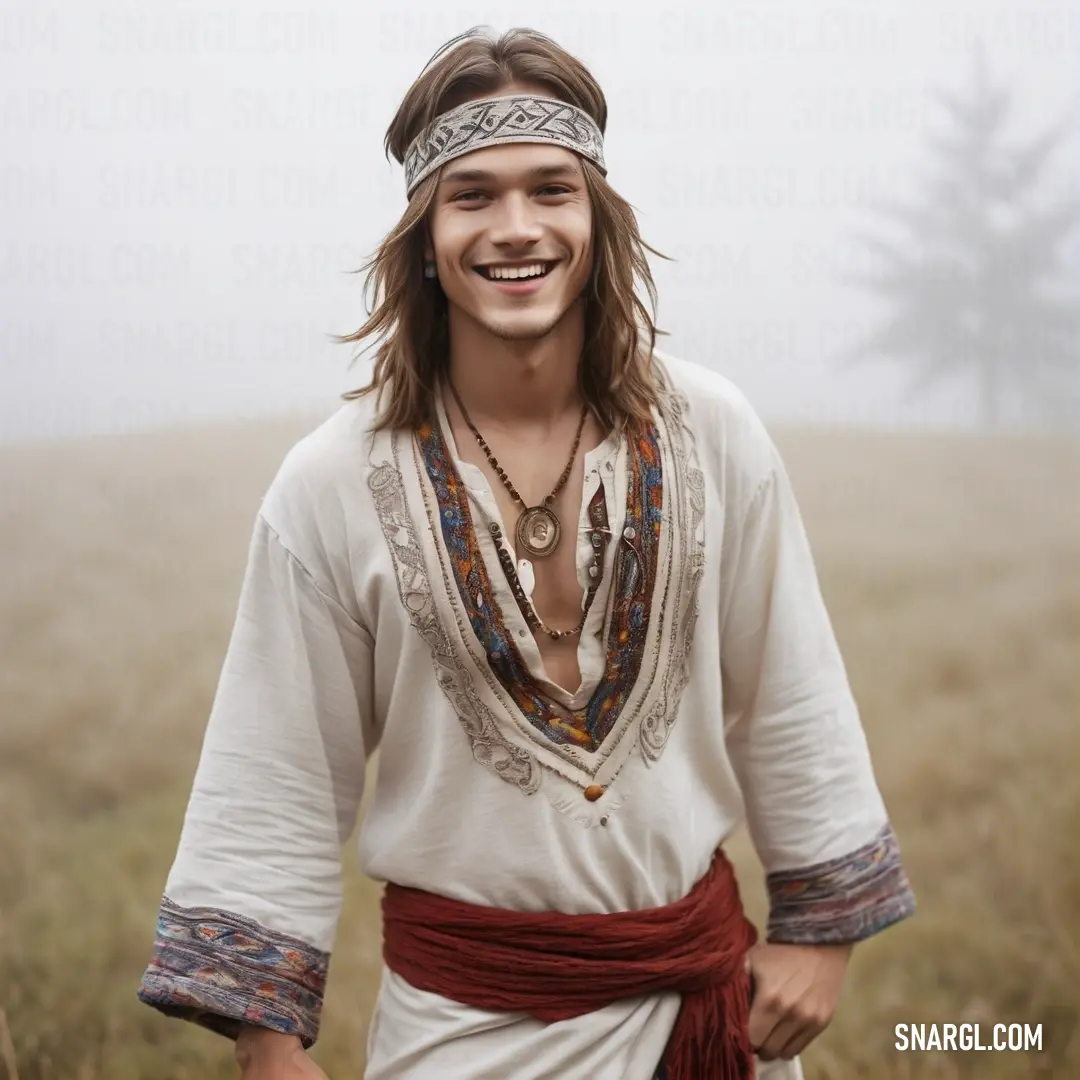
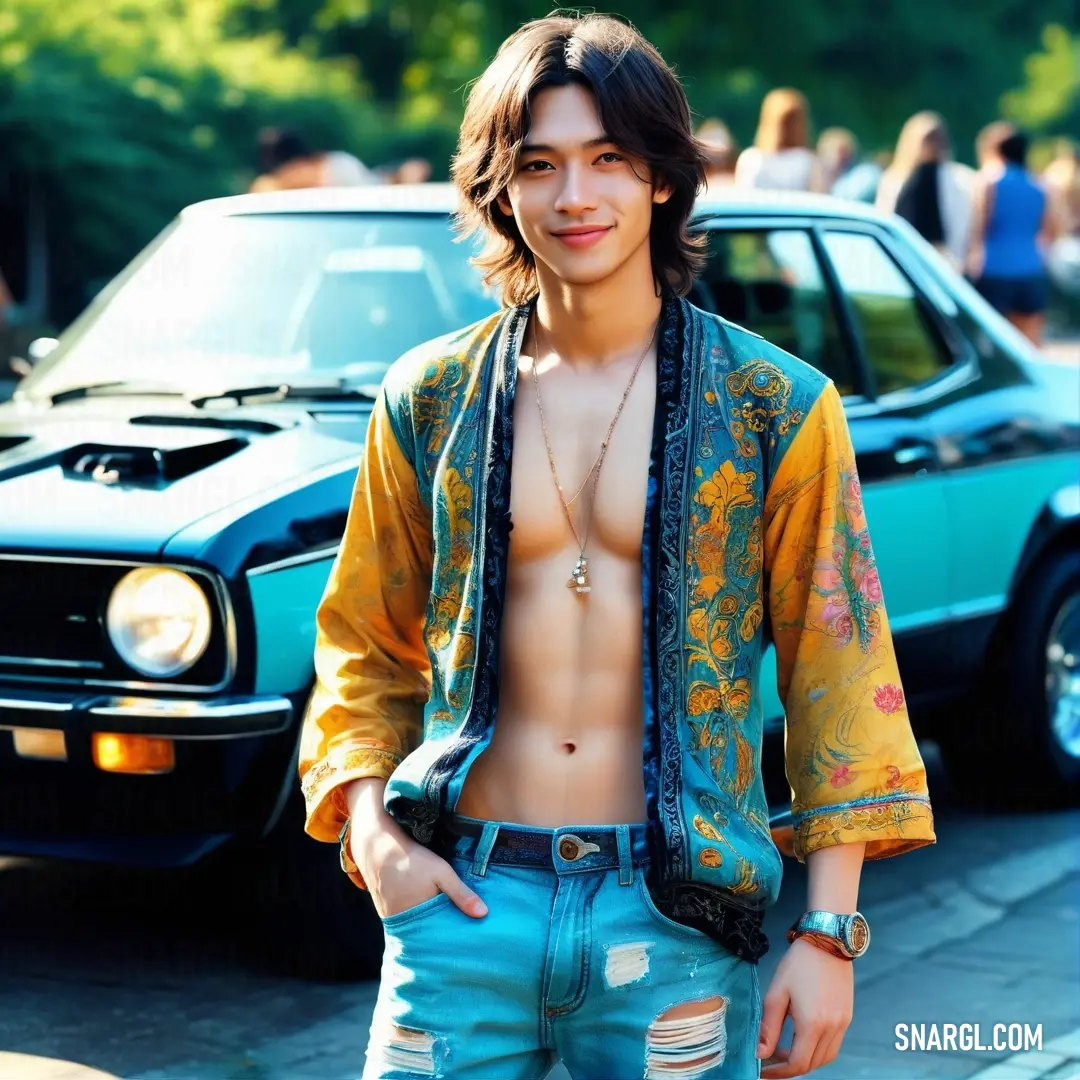
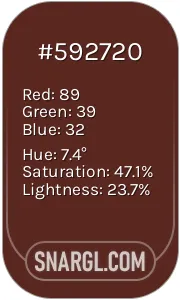 Caput mortuum
Caput mortuum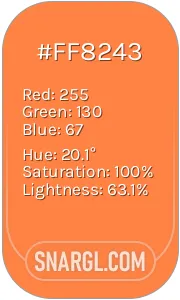 Mango Tango
Mango Tango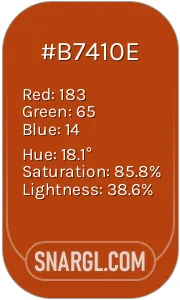 Rust
Rust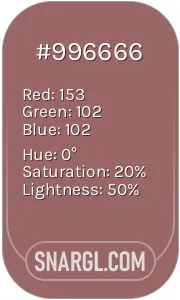 Copper rose
Copper rose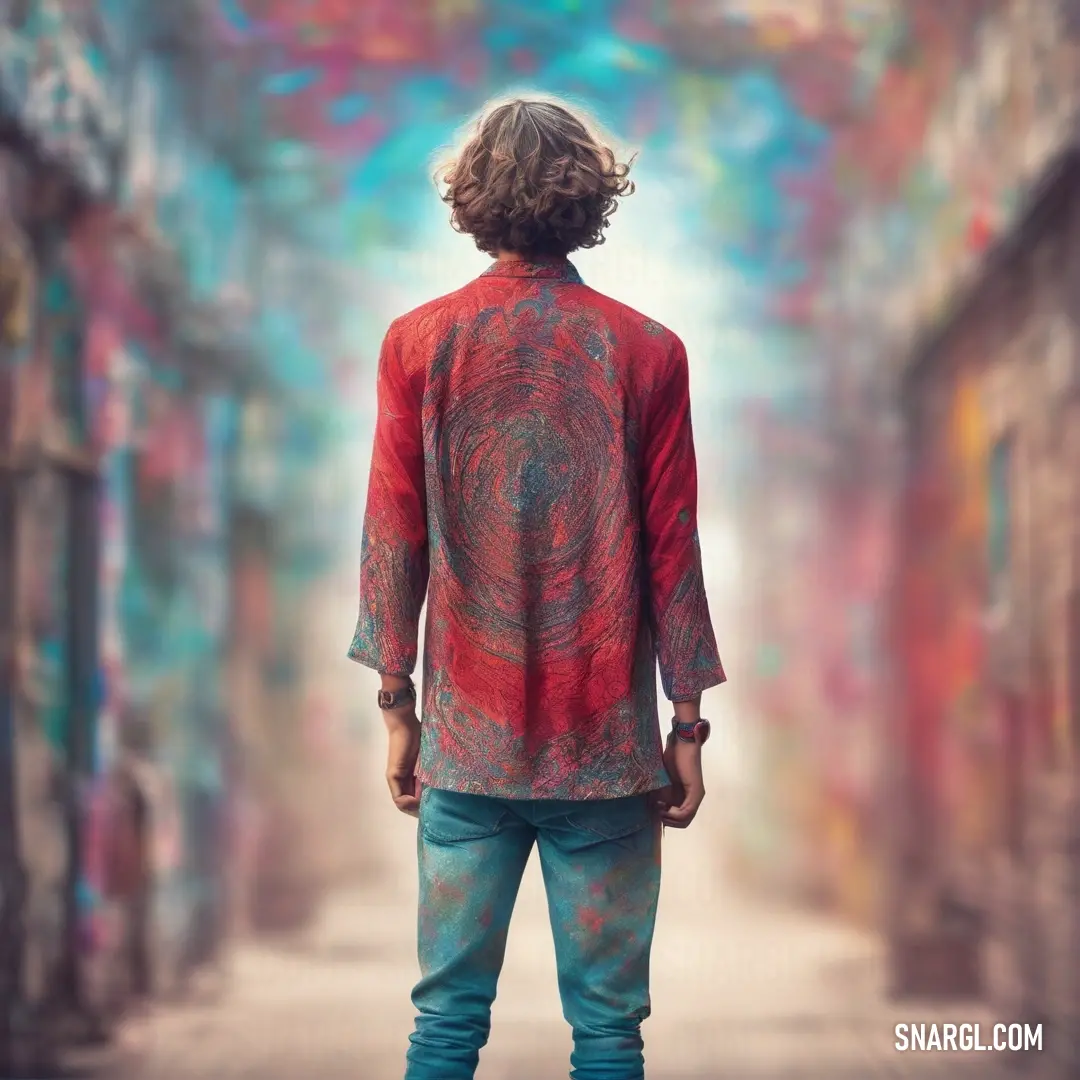
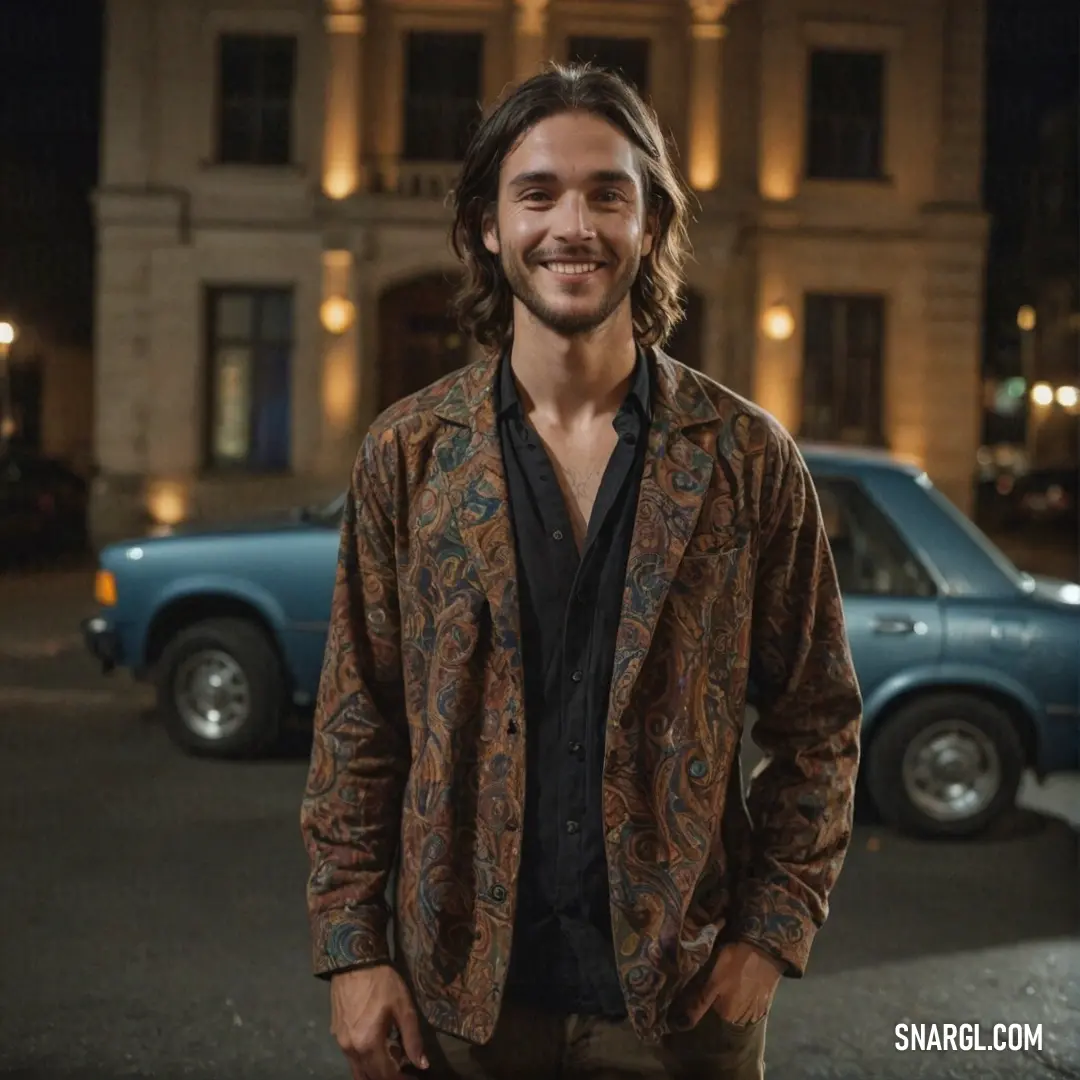
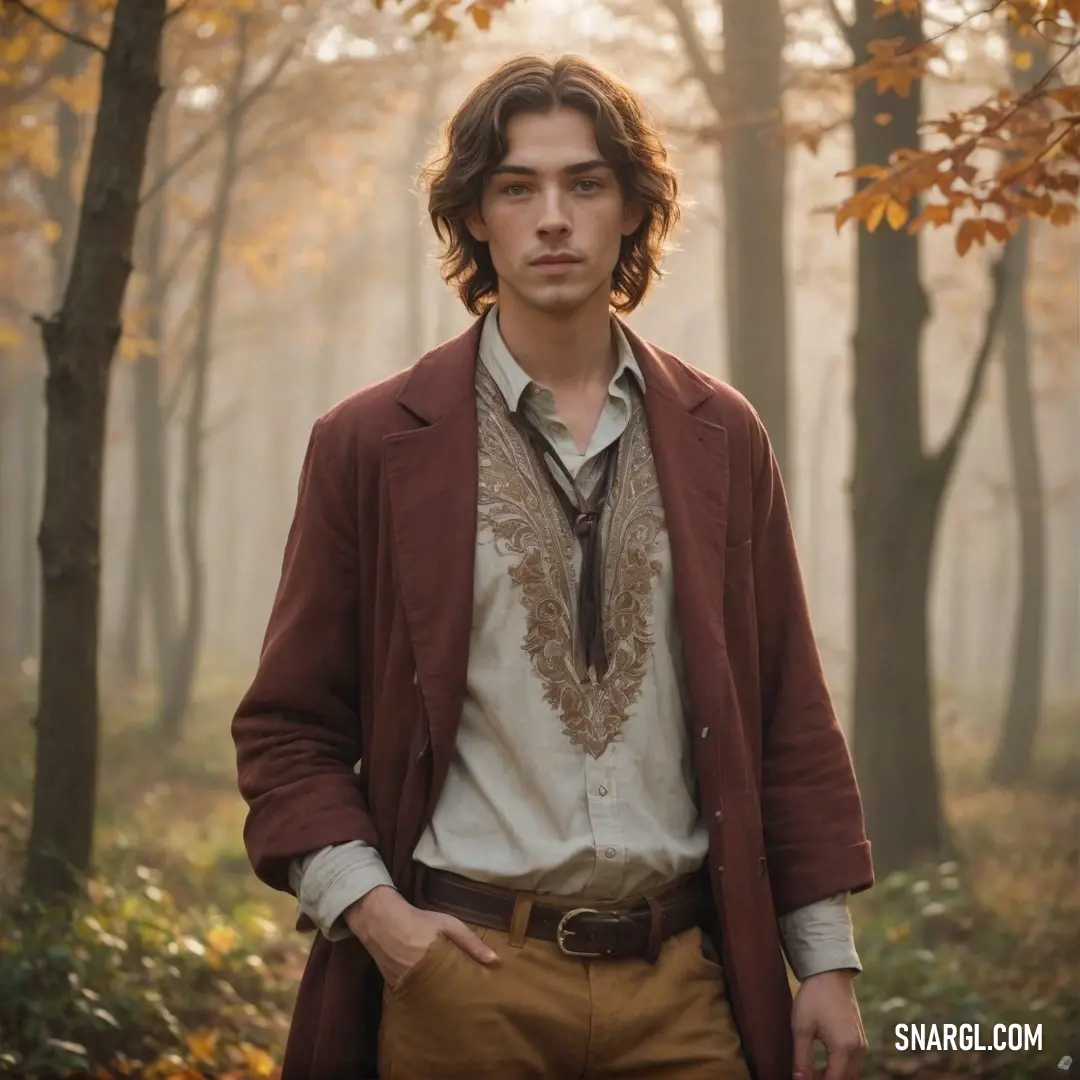
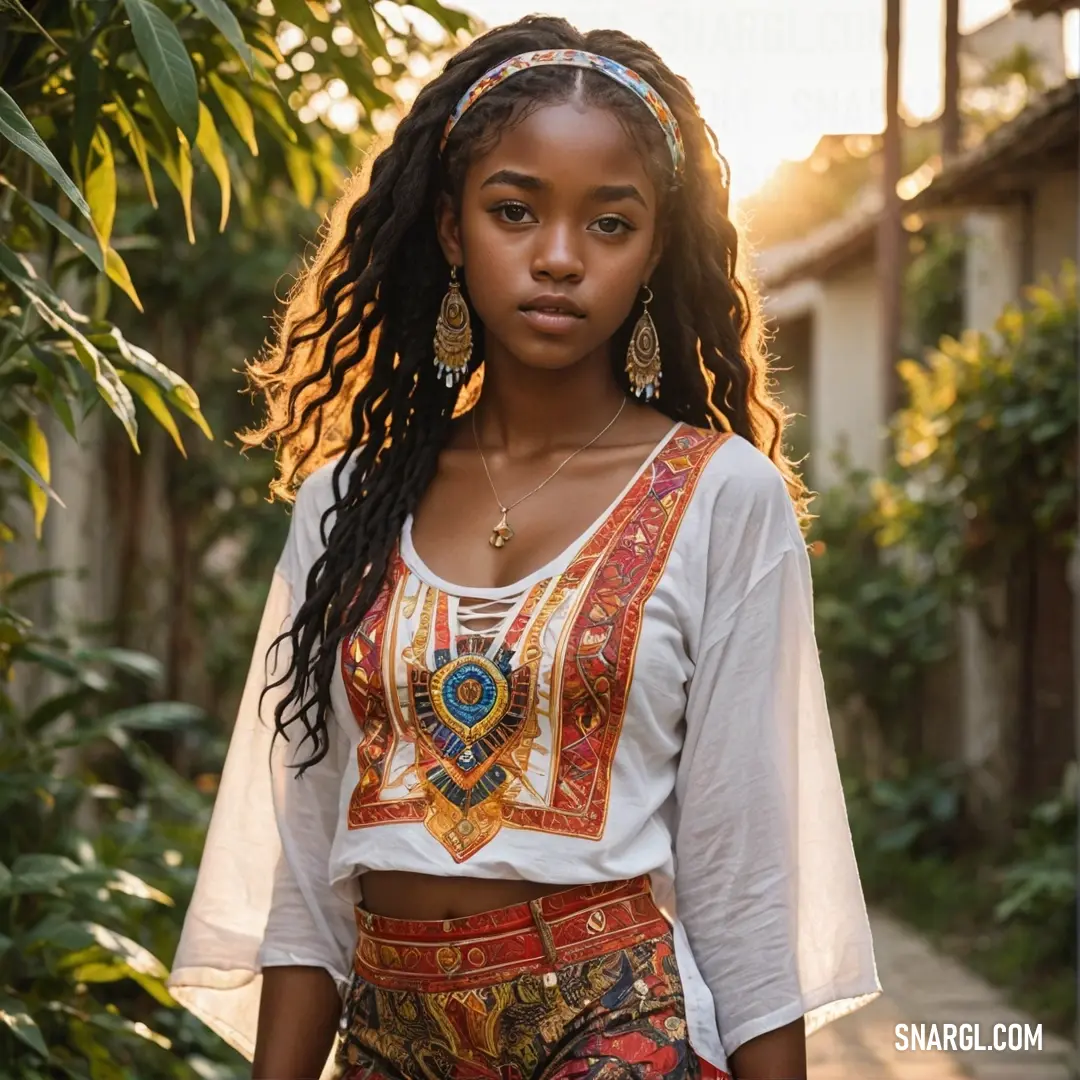
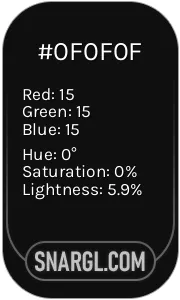 Onyx
Onyx Mulberry
Mulberry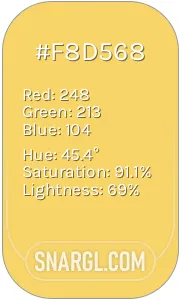 Orange Yellow
Orange Yellow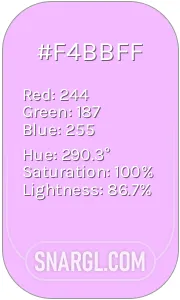 Brilliant lavender
Brilliant lavender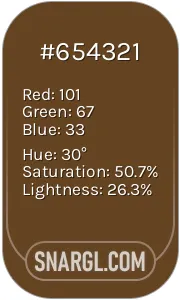 Dark brown
Dark brown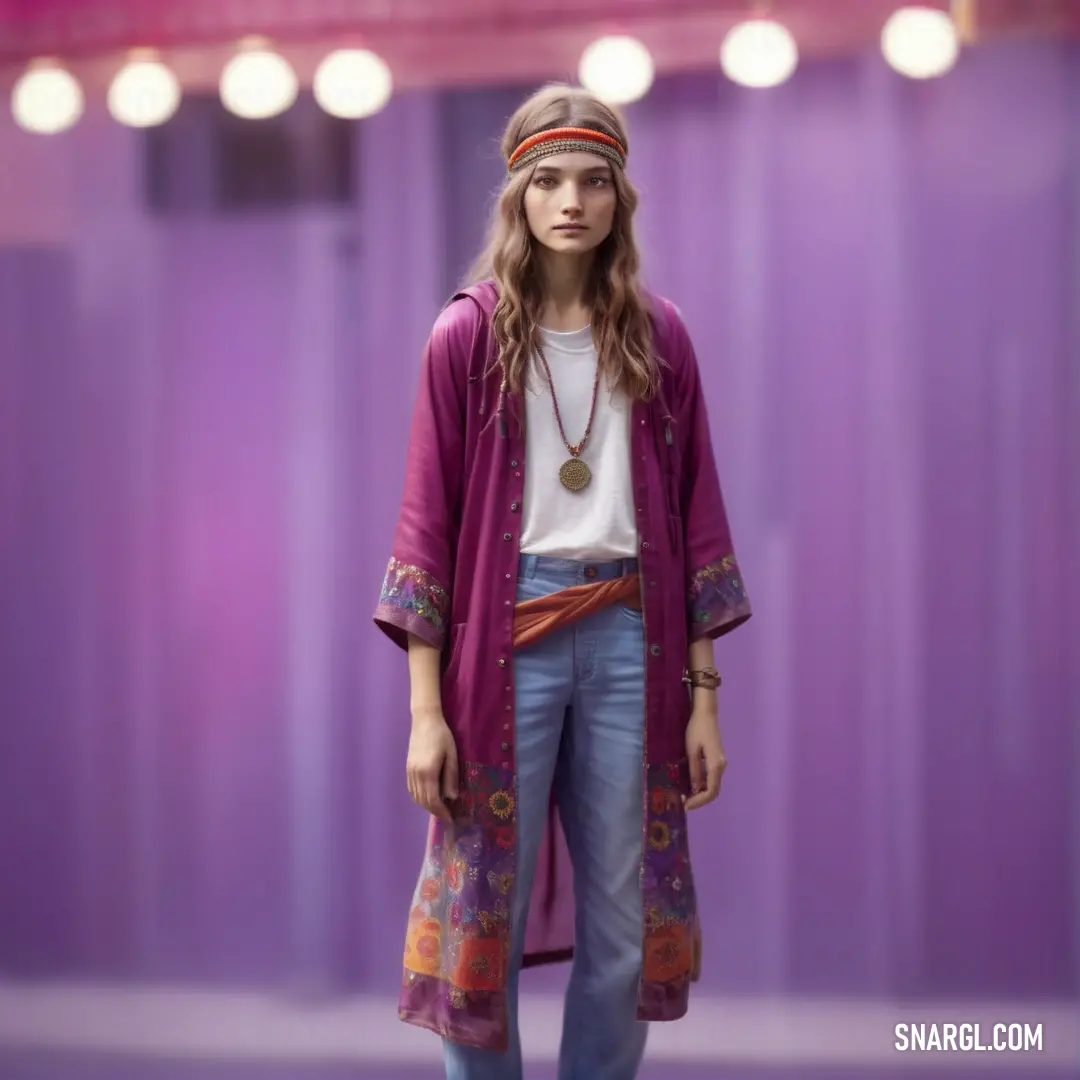
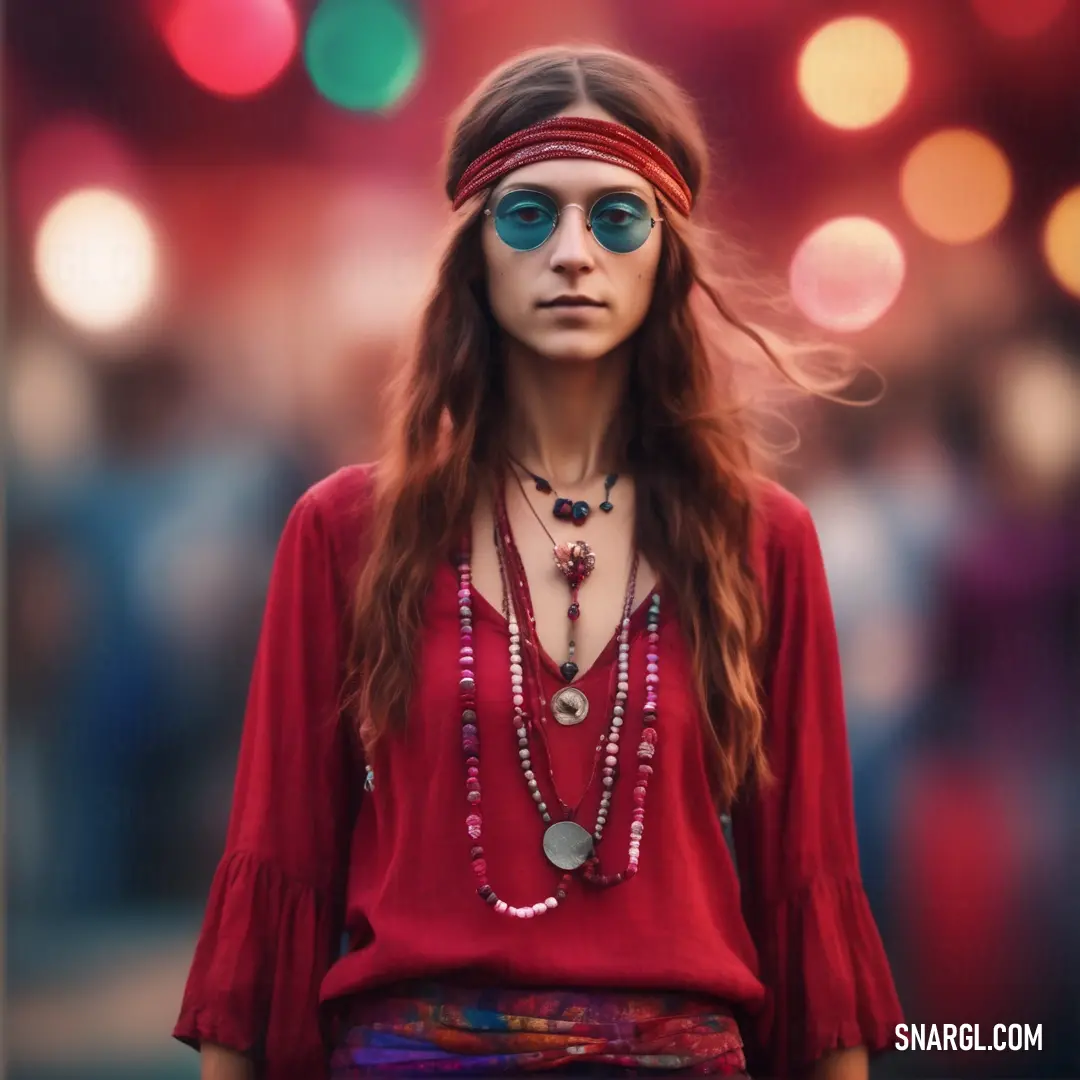
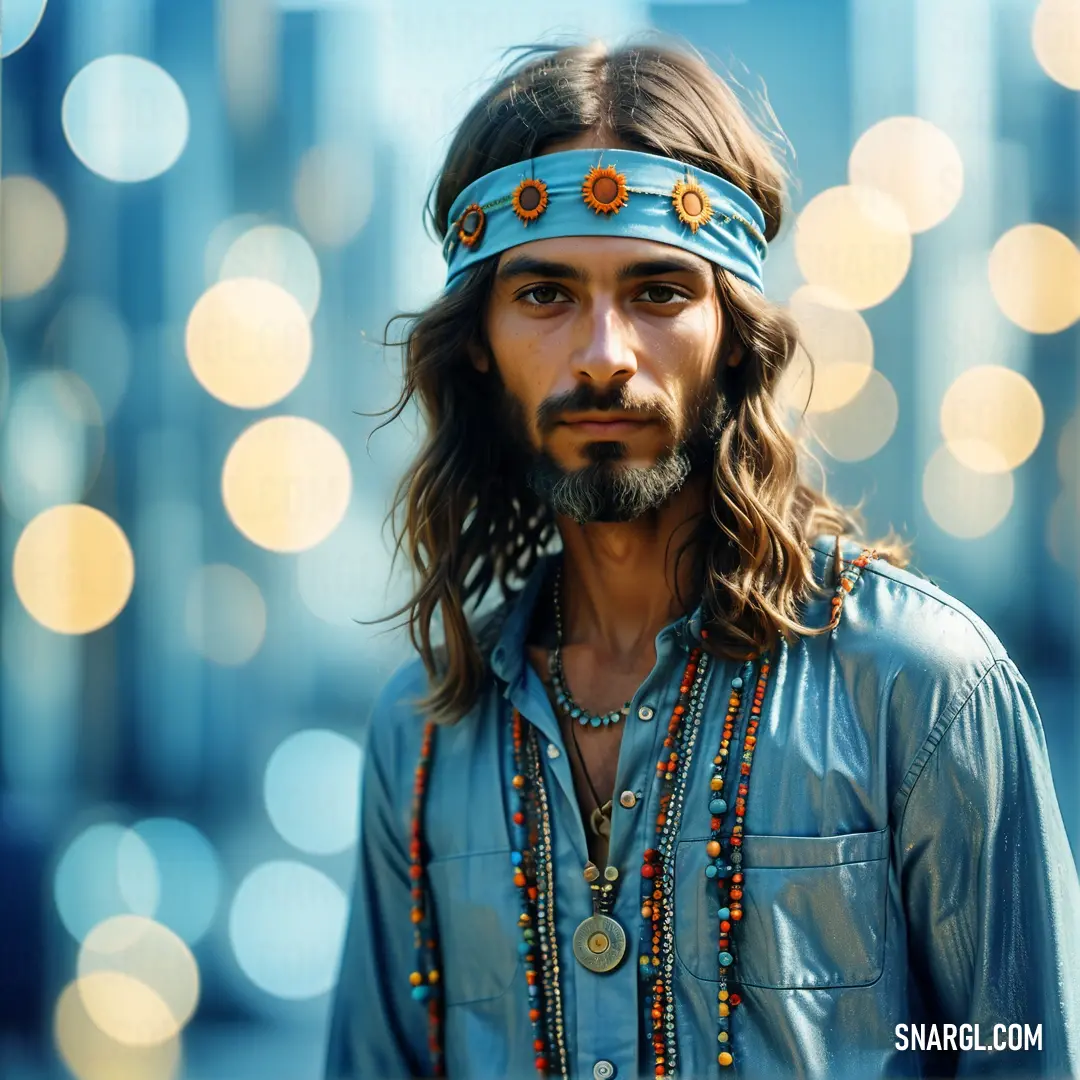
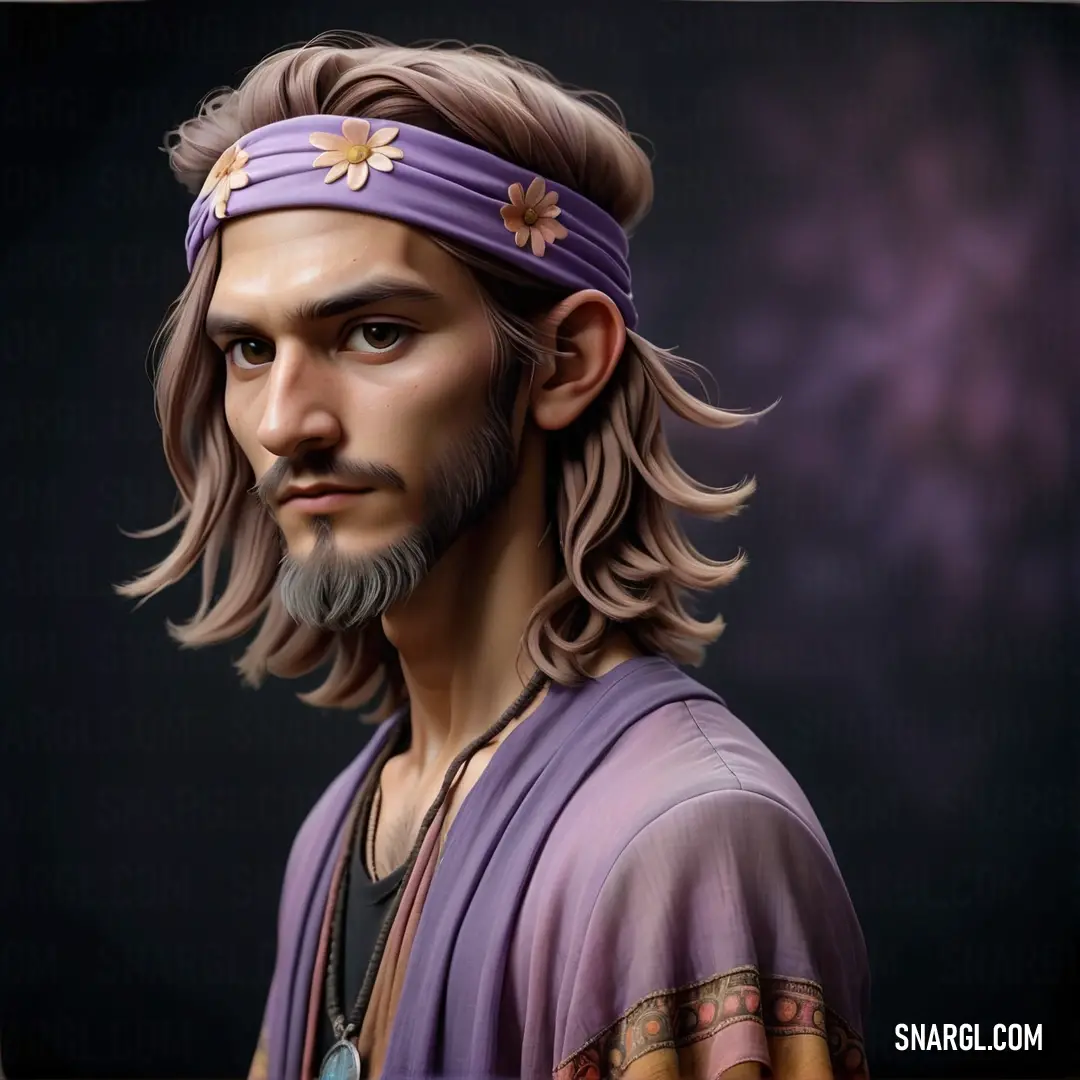
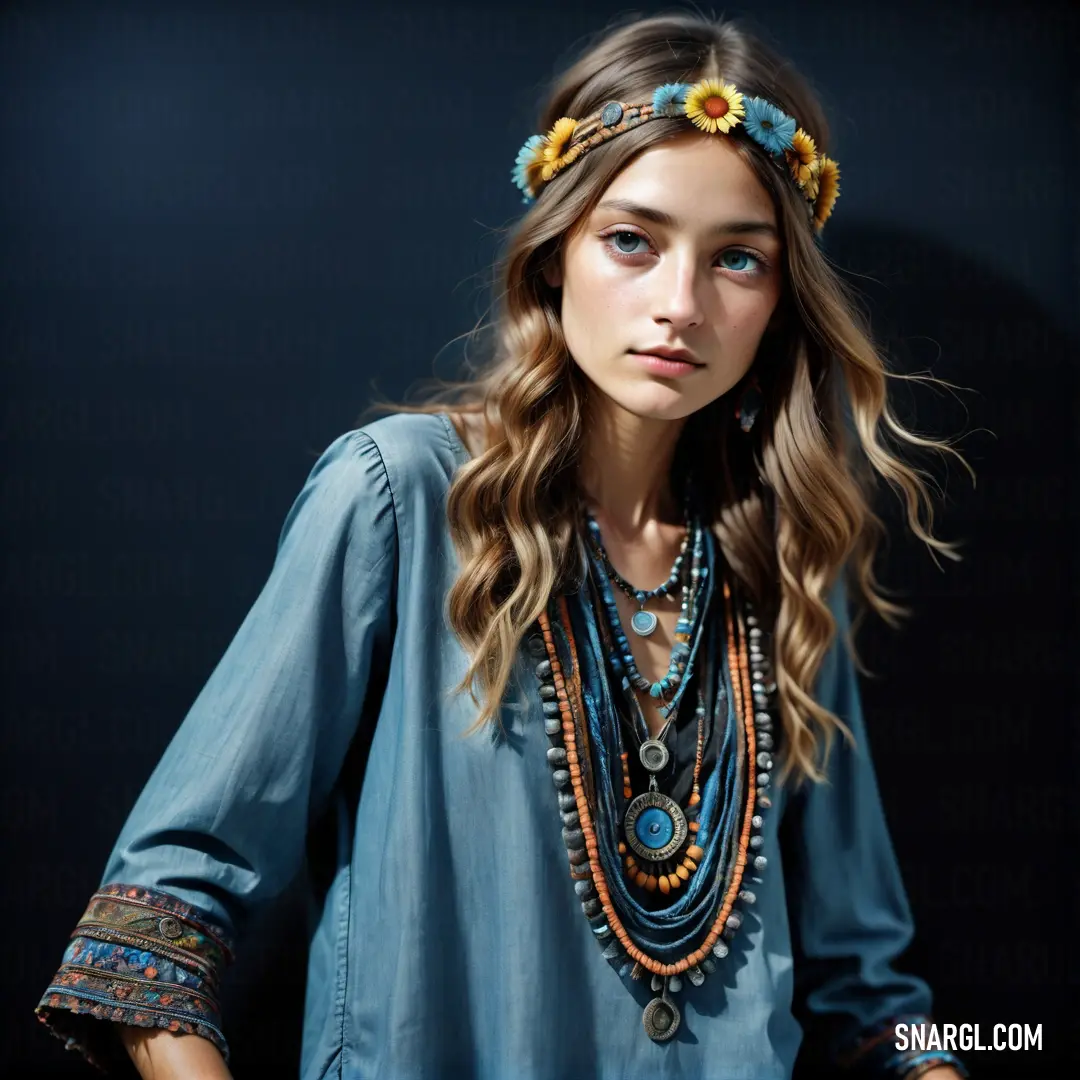
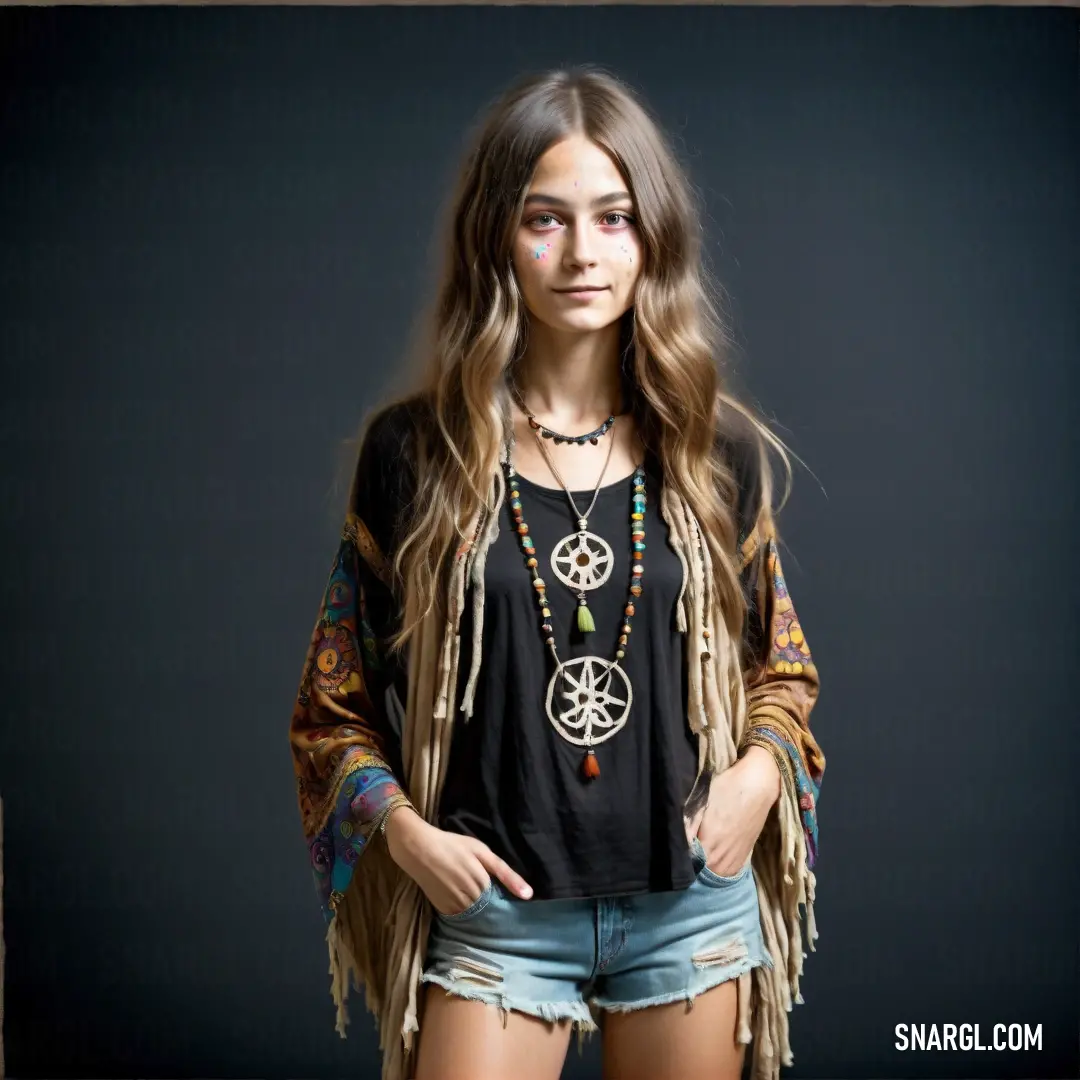
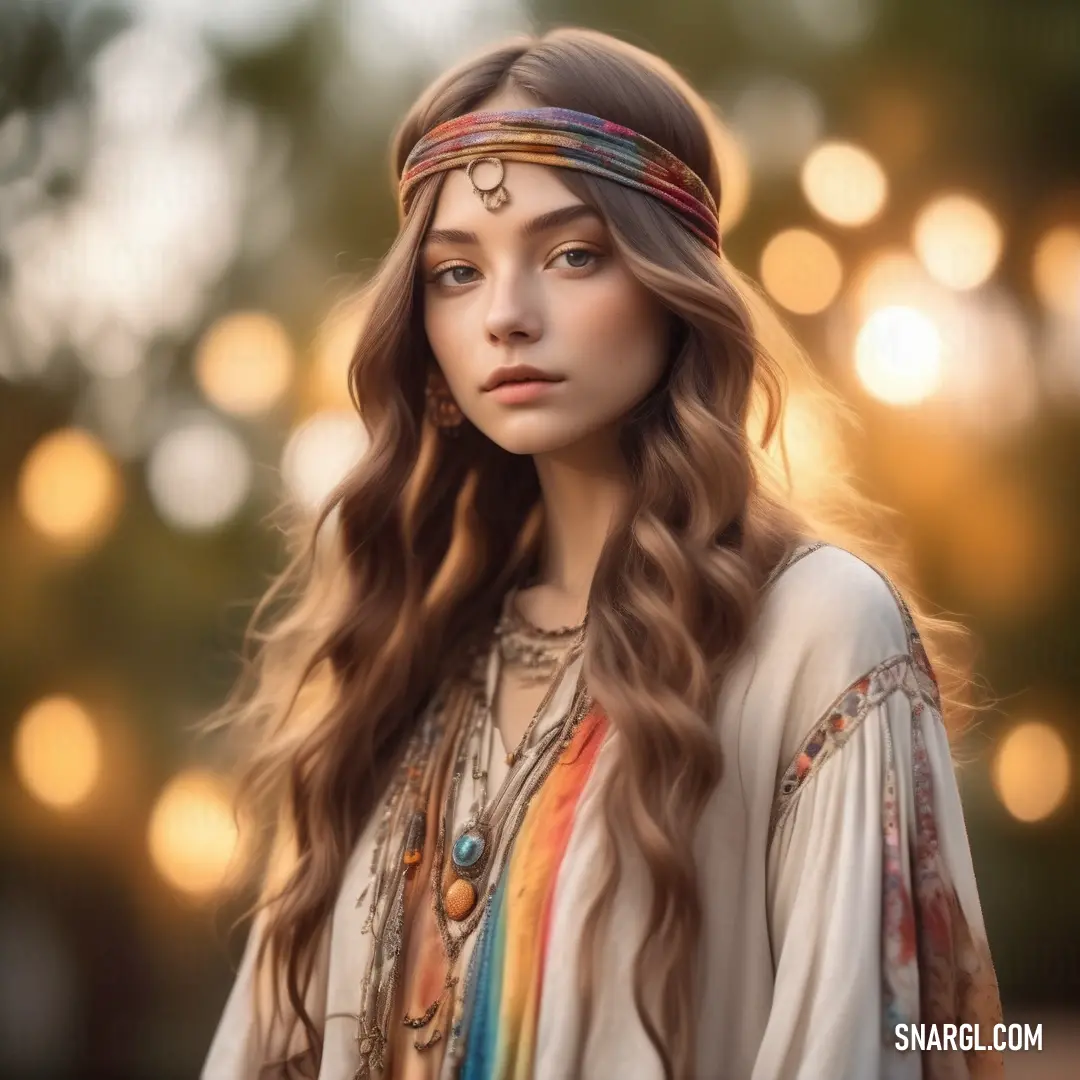
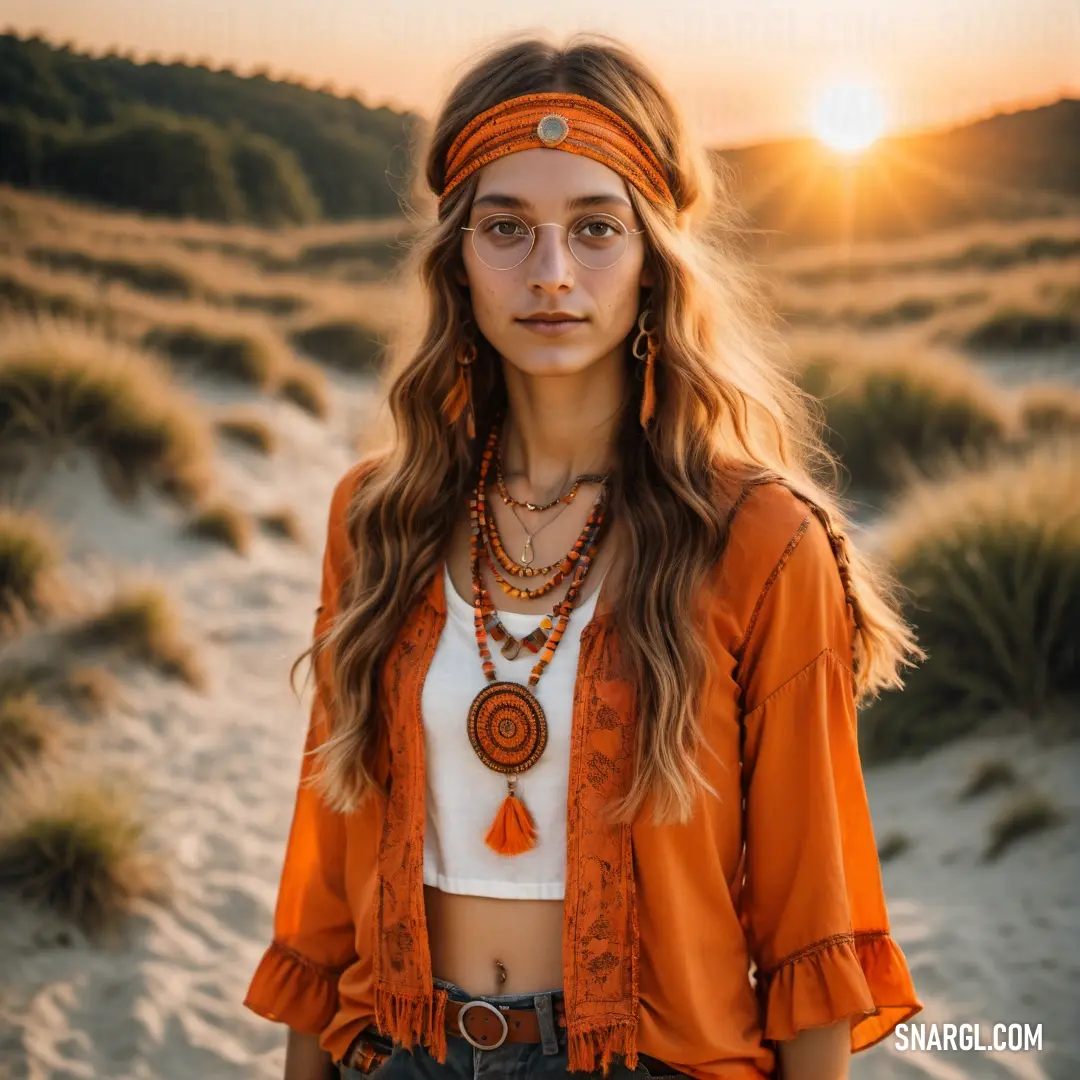
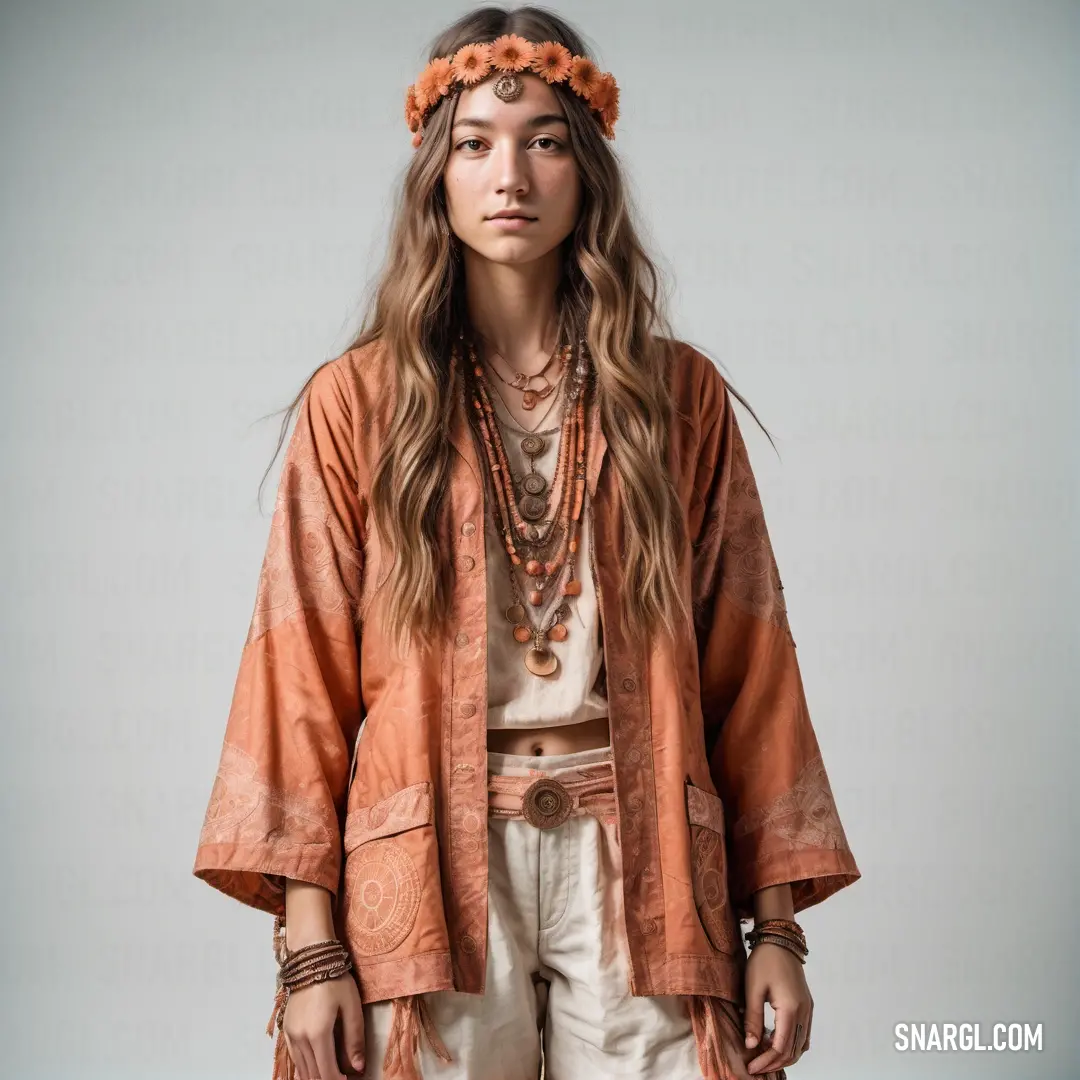
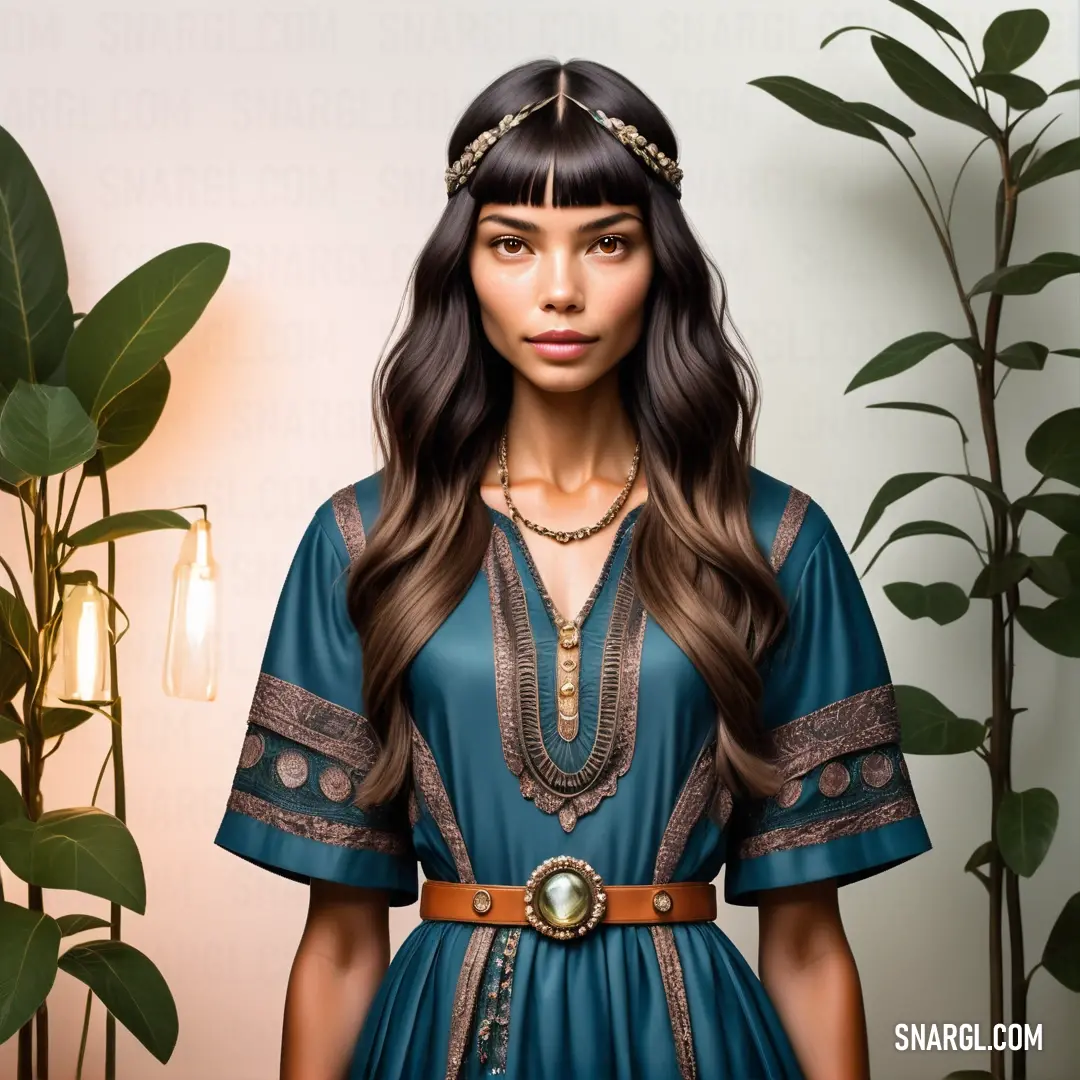
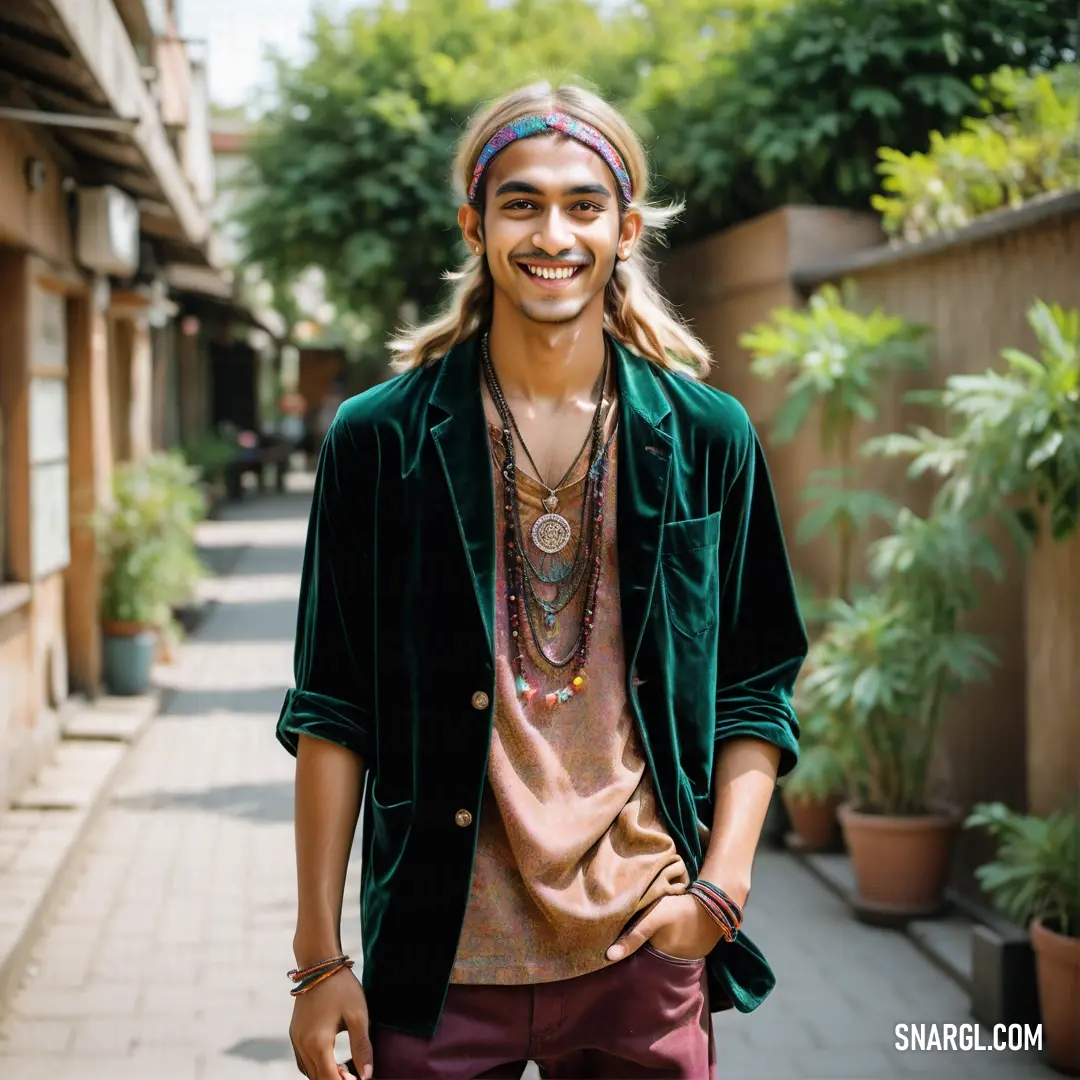
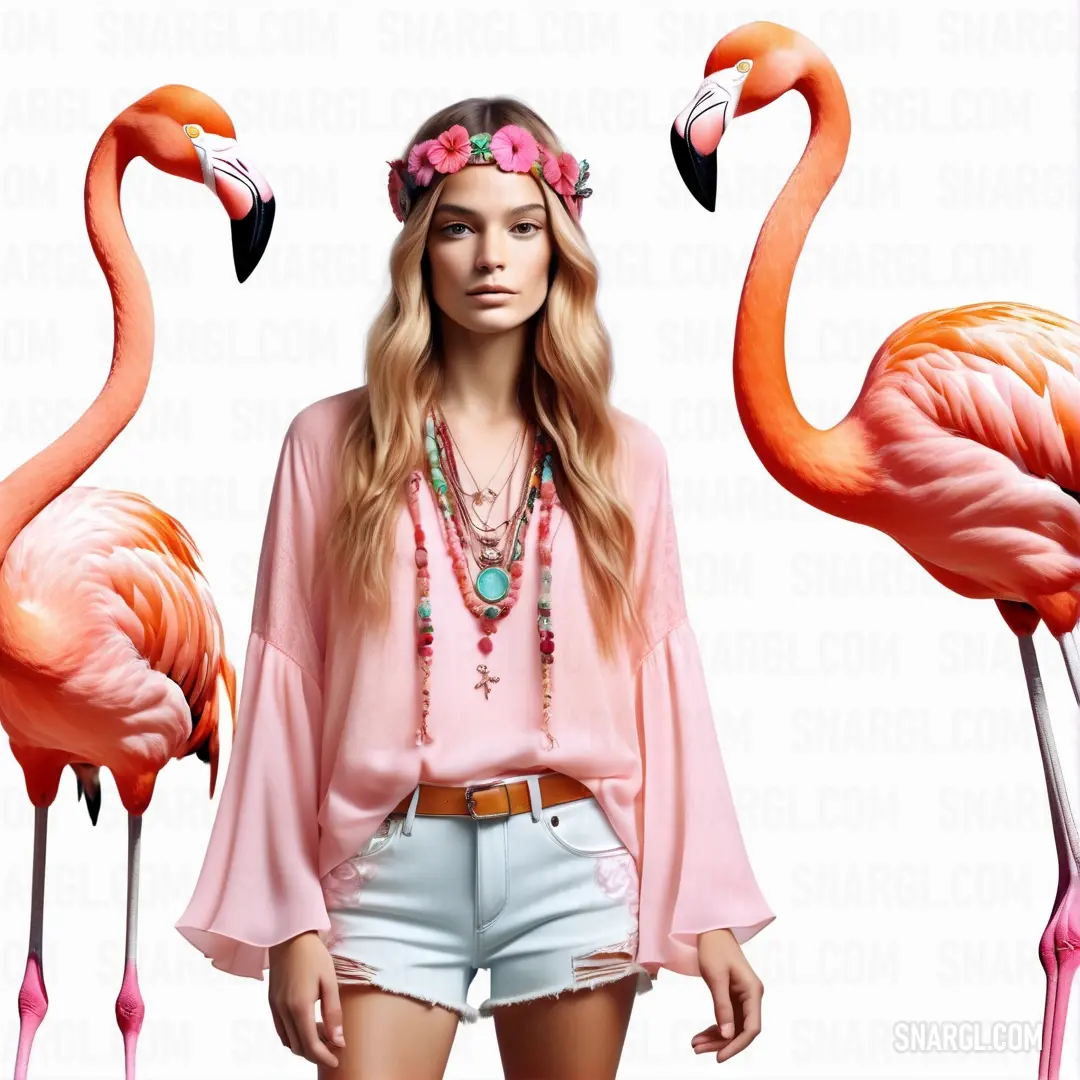
 Skobeloff
Skobeloff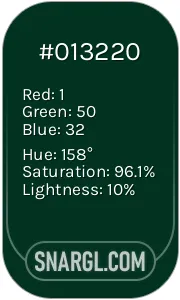 Dark green
Dark green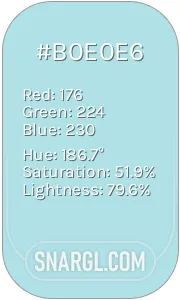 Powder blue
Powder blue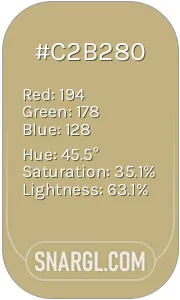 Ecru
Ecru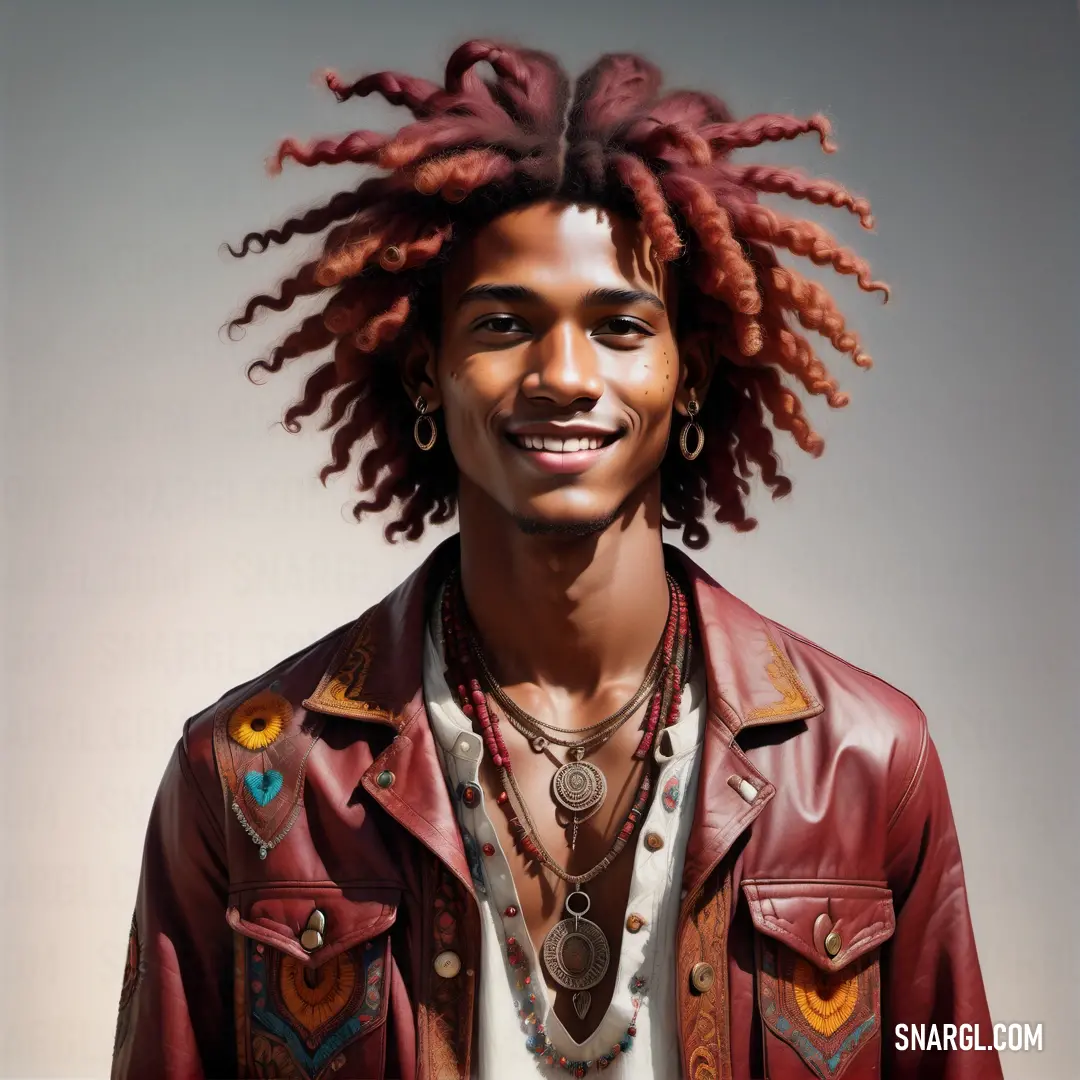
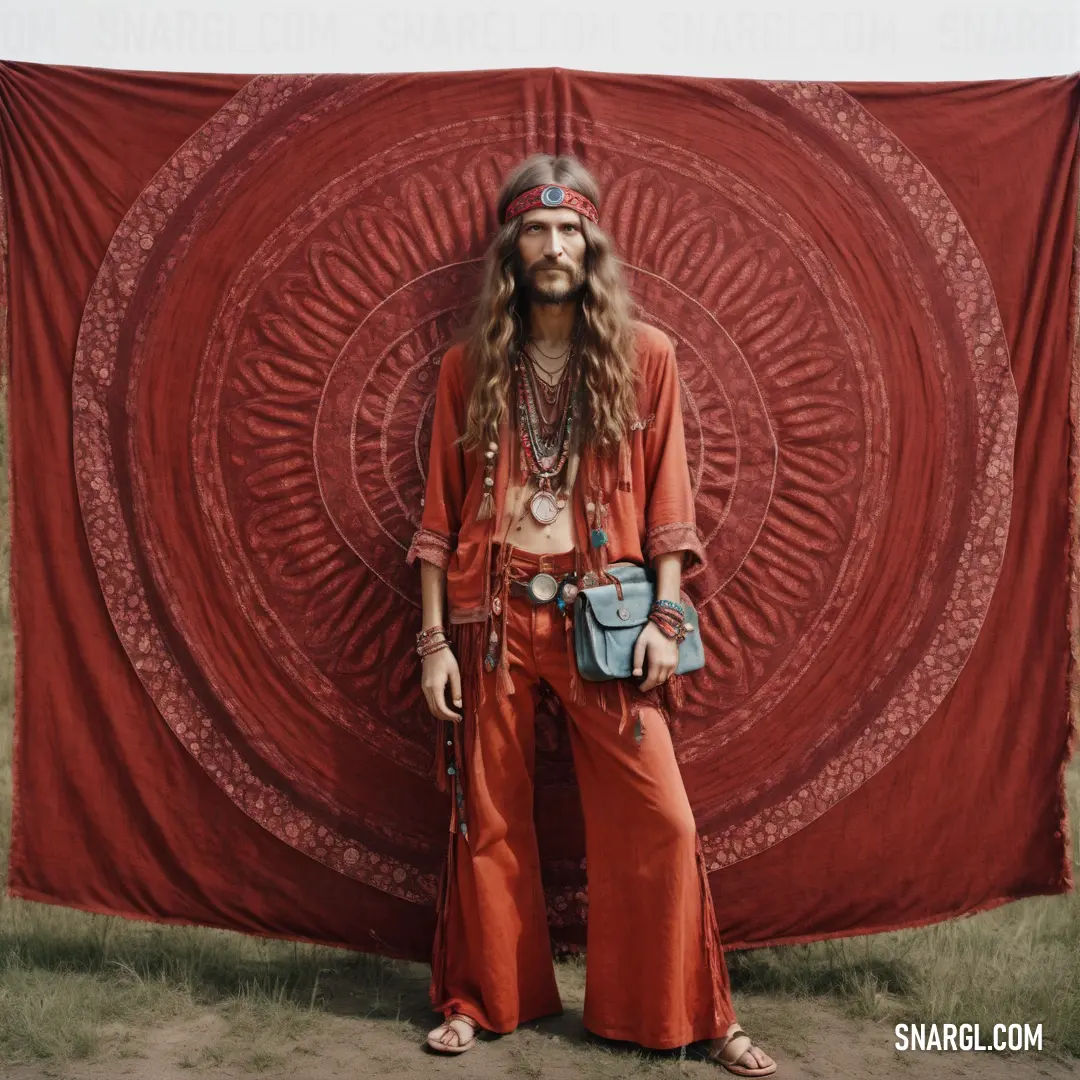
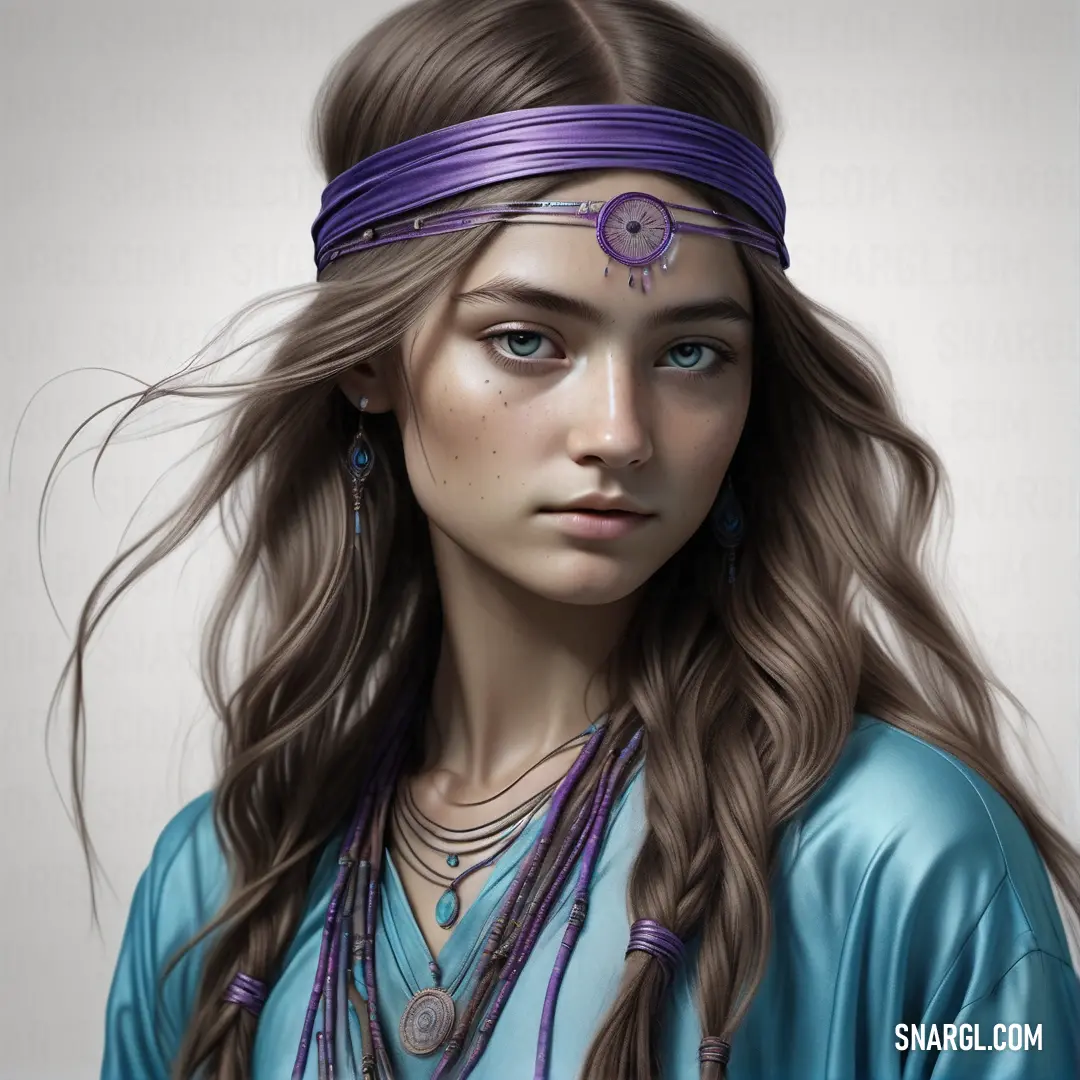
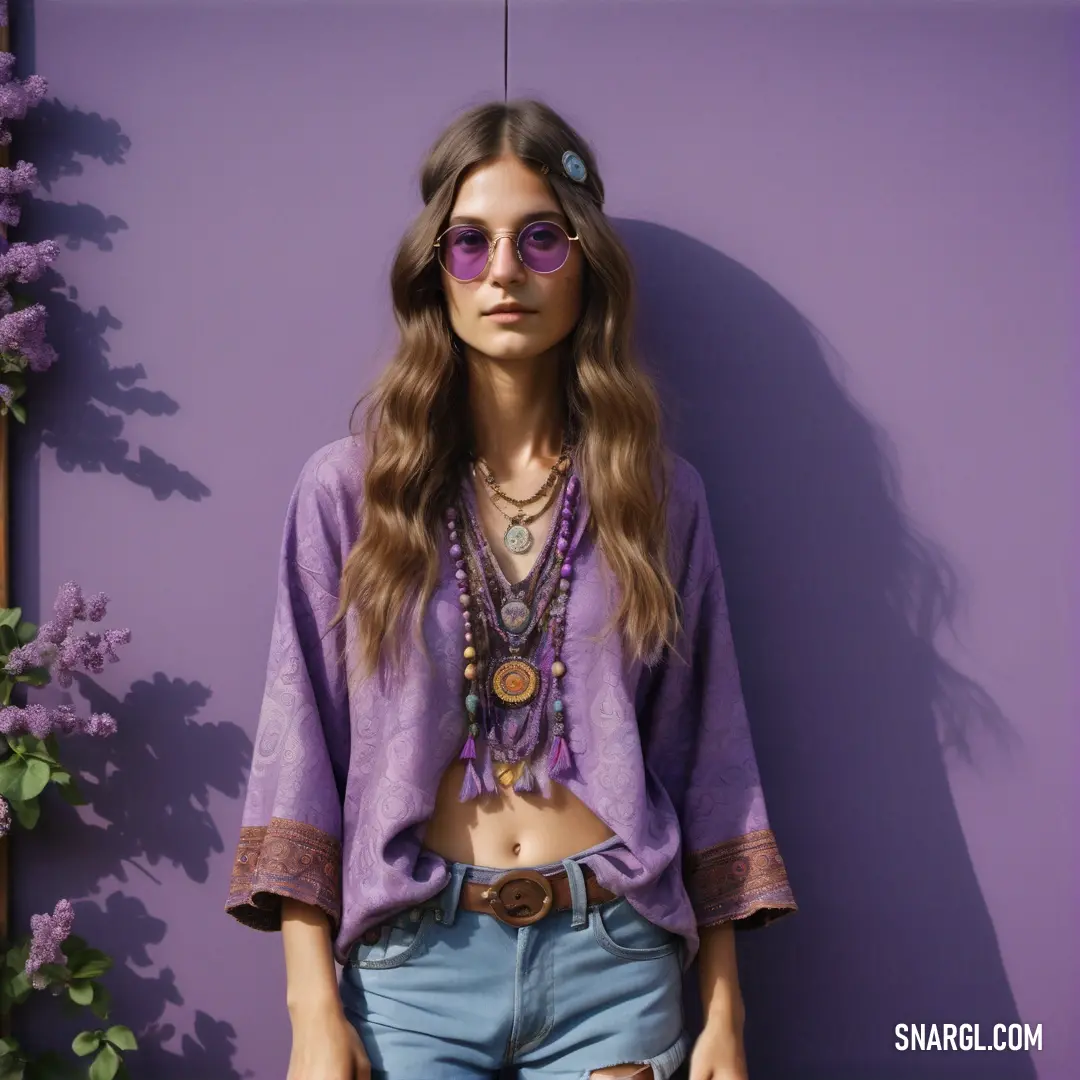
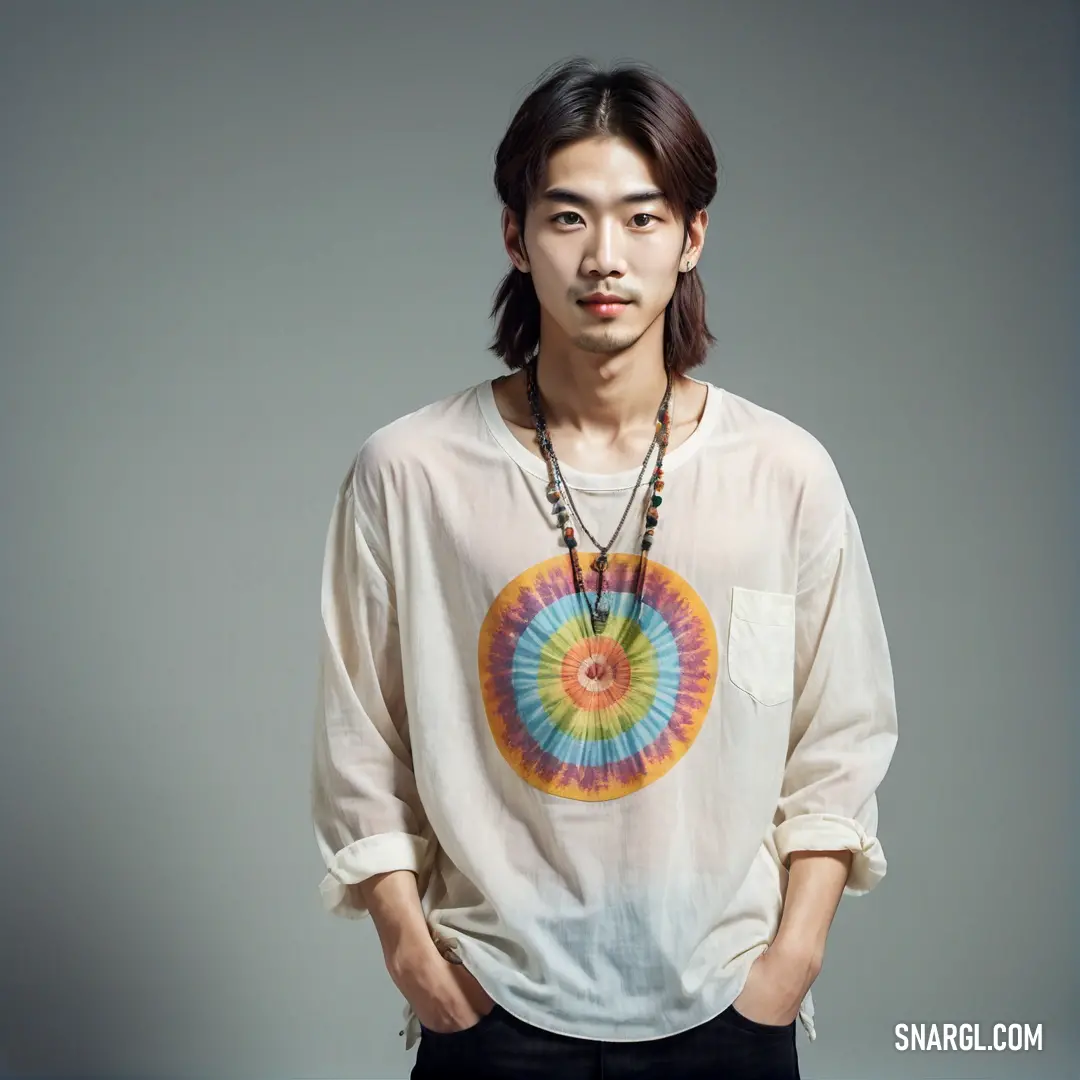
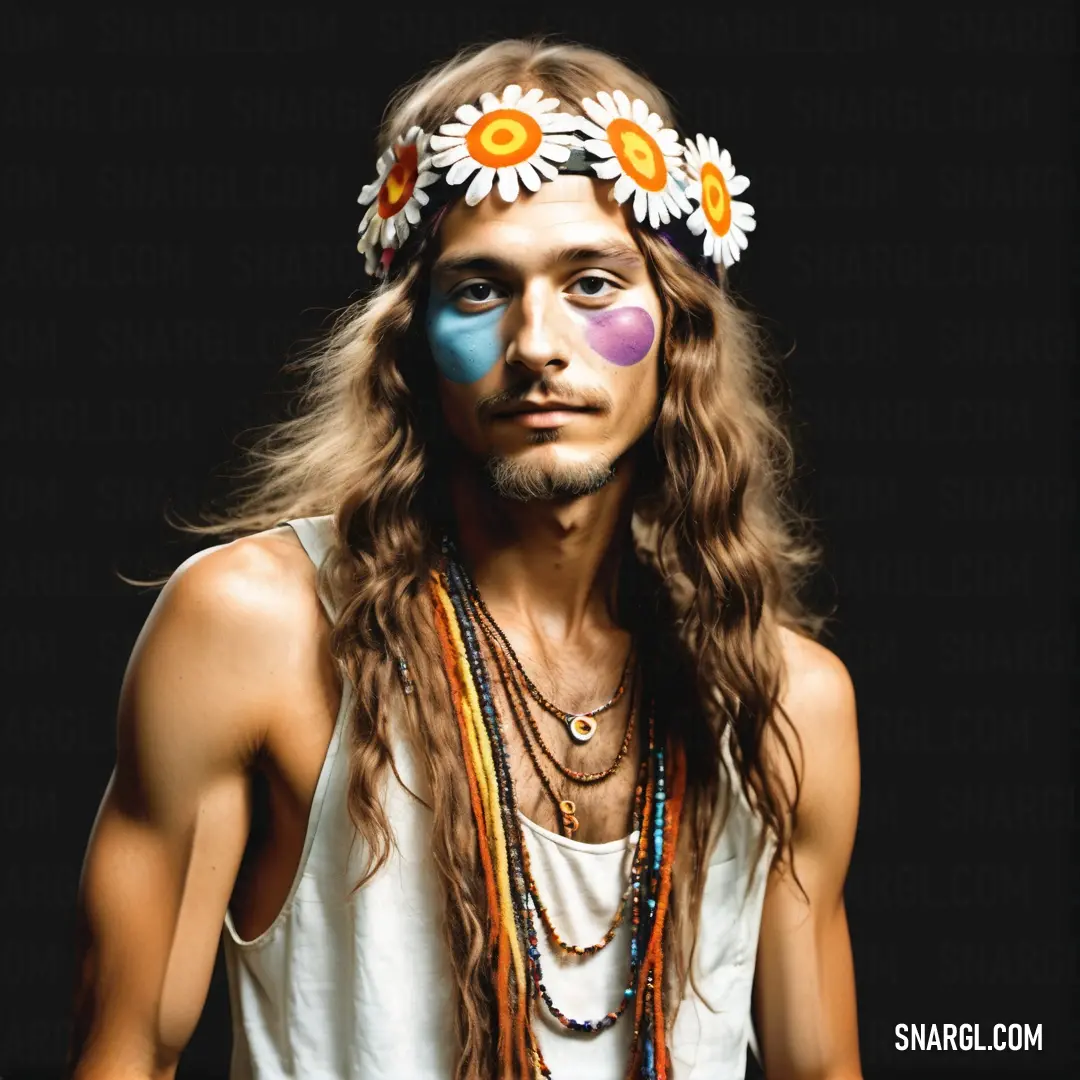
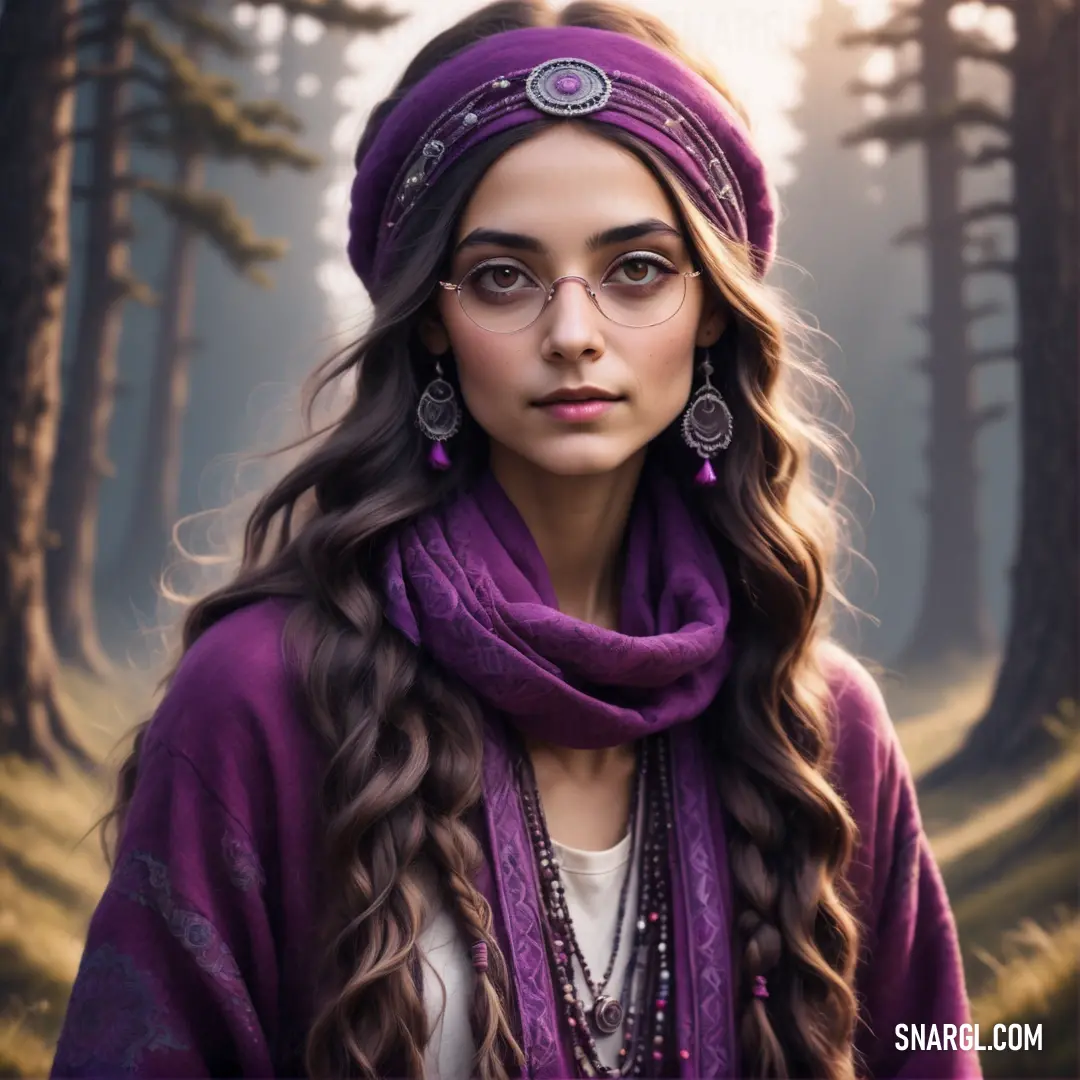
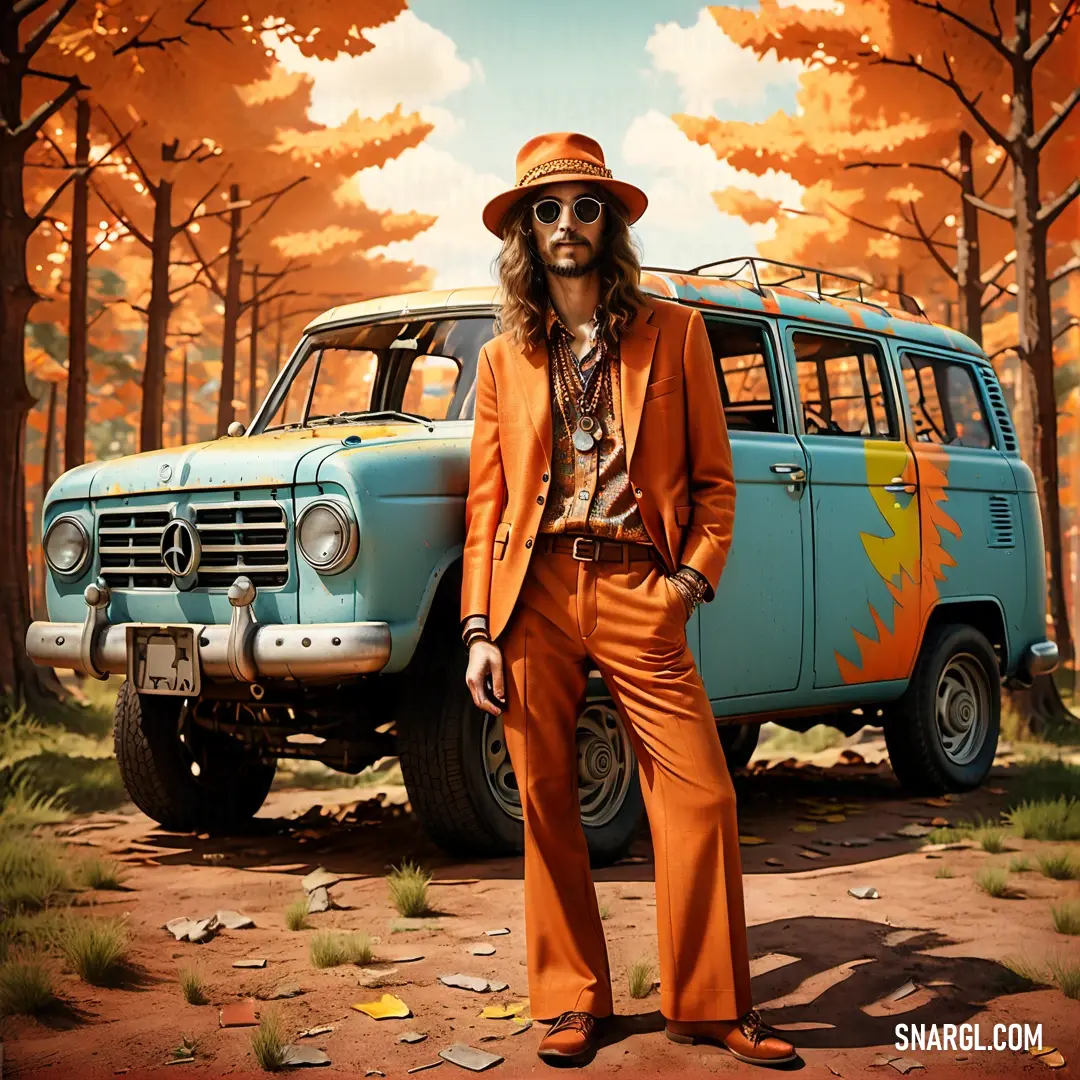
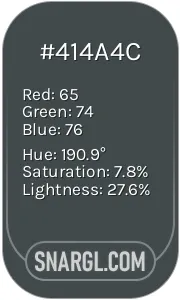 Outer Space
Outer Space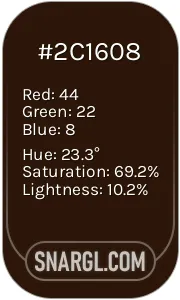 Zinnwaldite
Zinnwaldite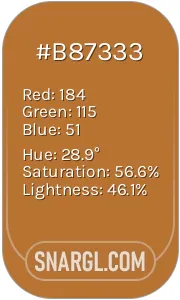 Copper
Copper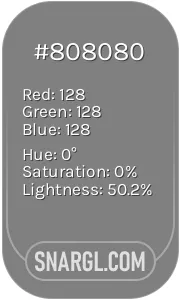 Gray
Gray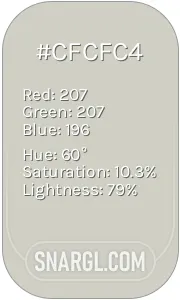 Pastel gray
Pastel gray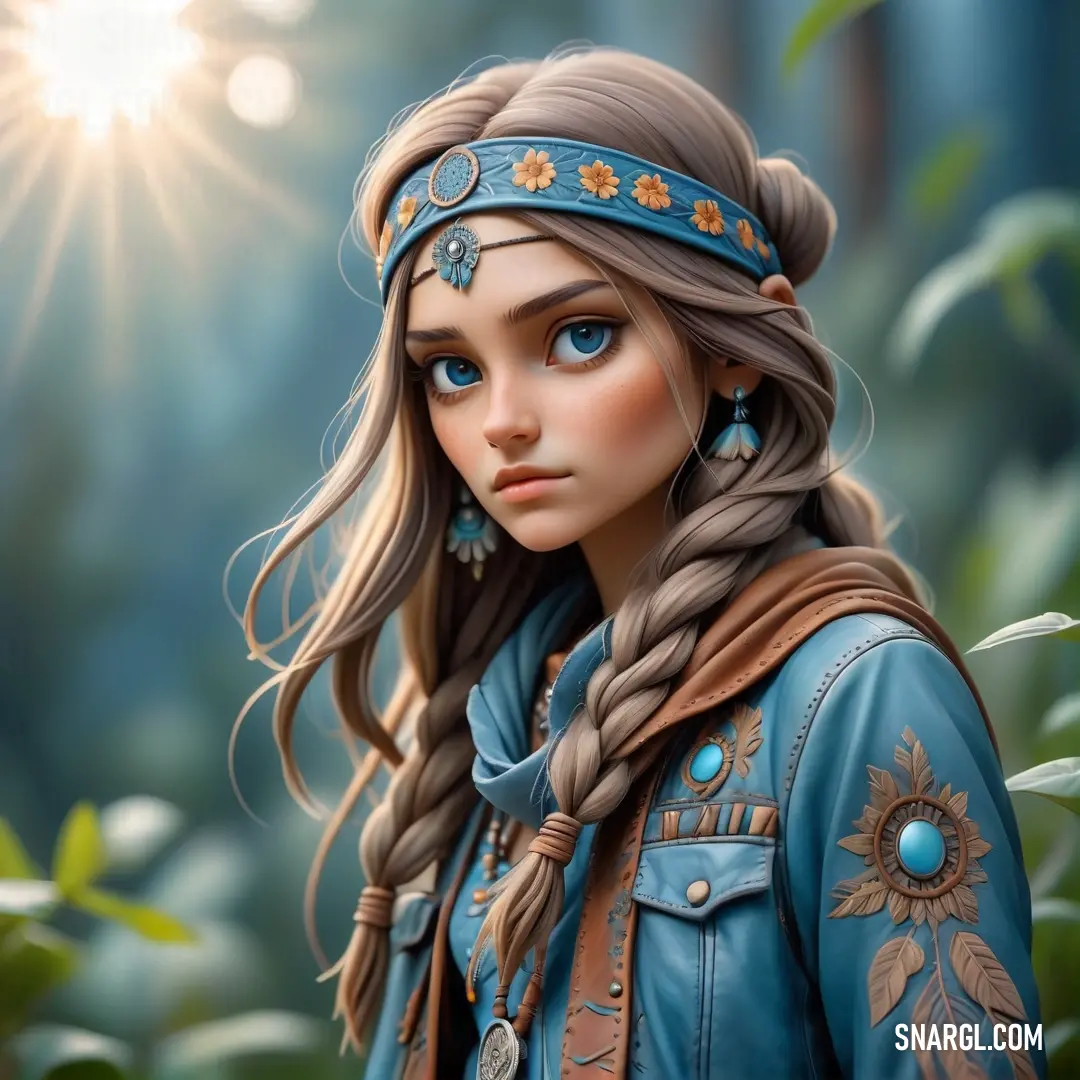
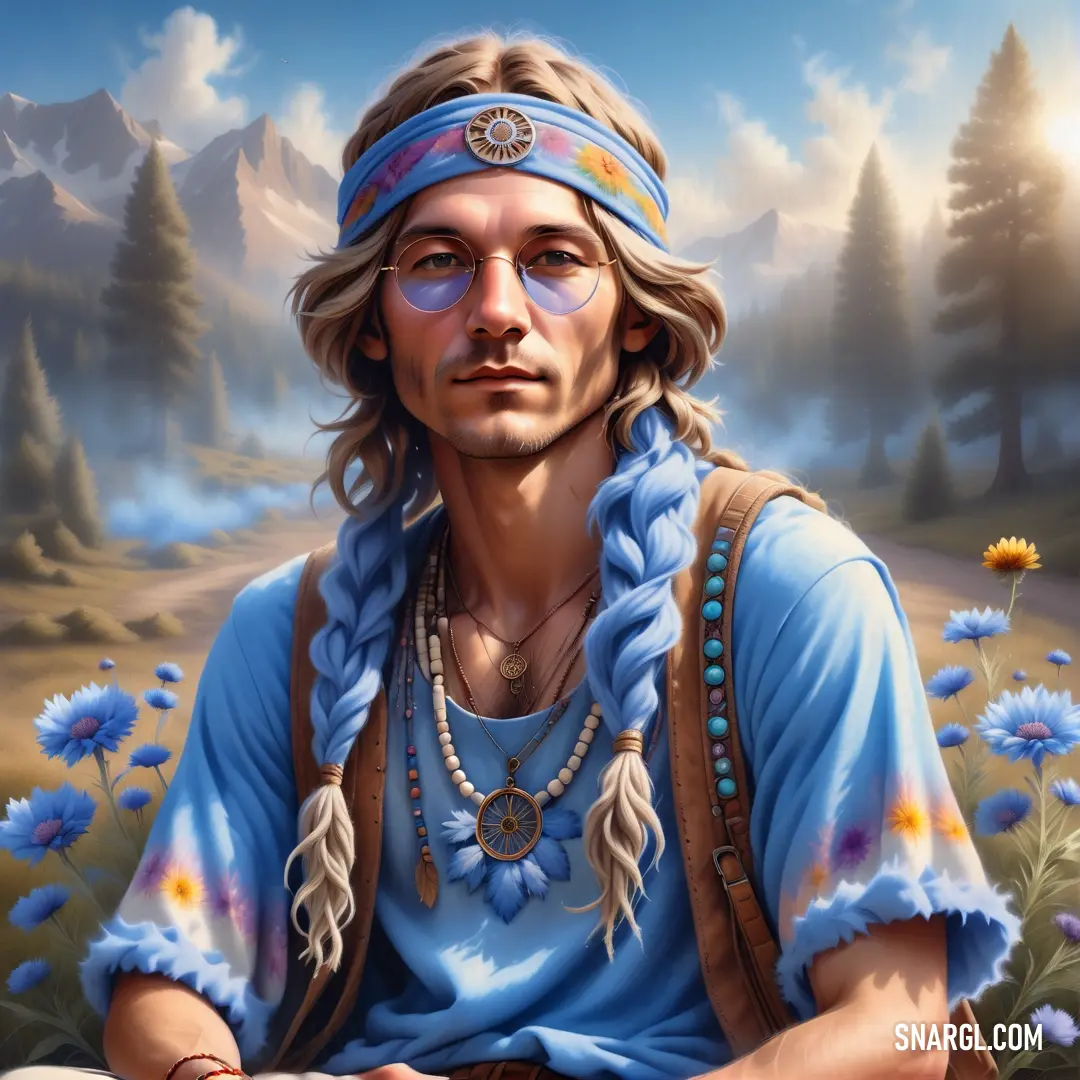
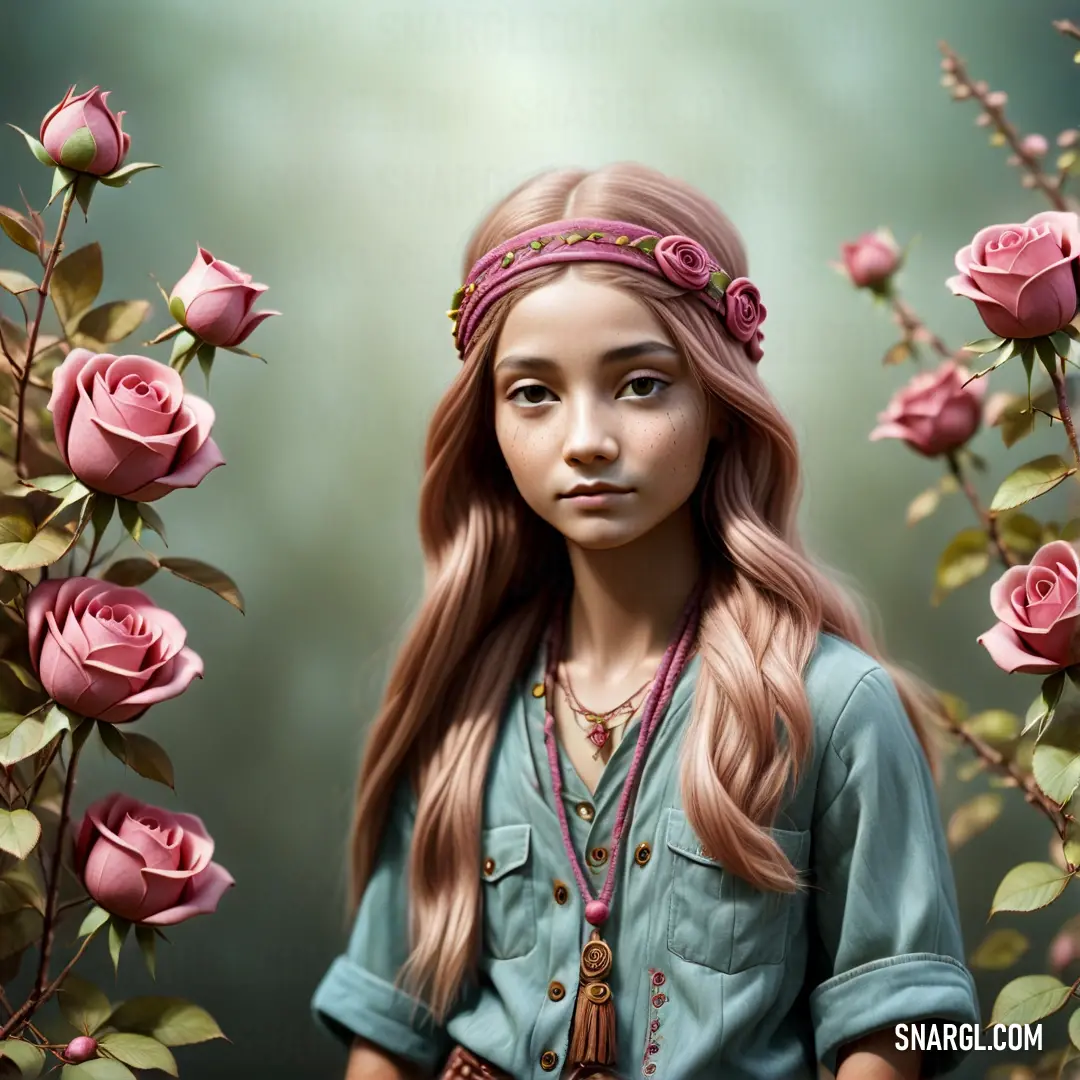
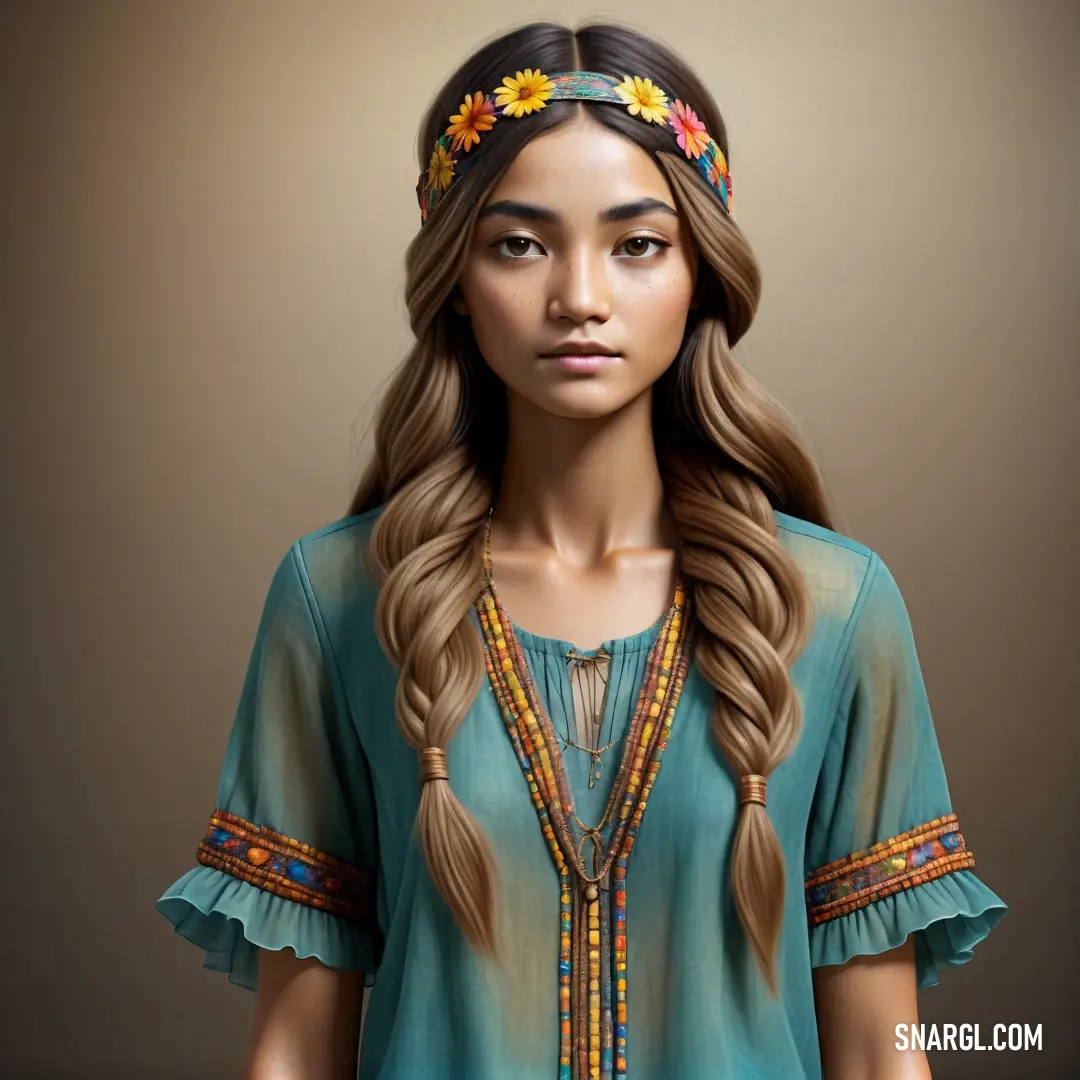
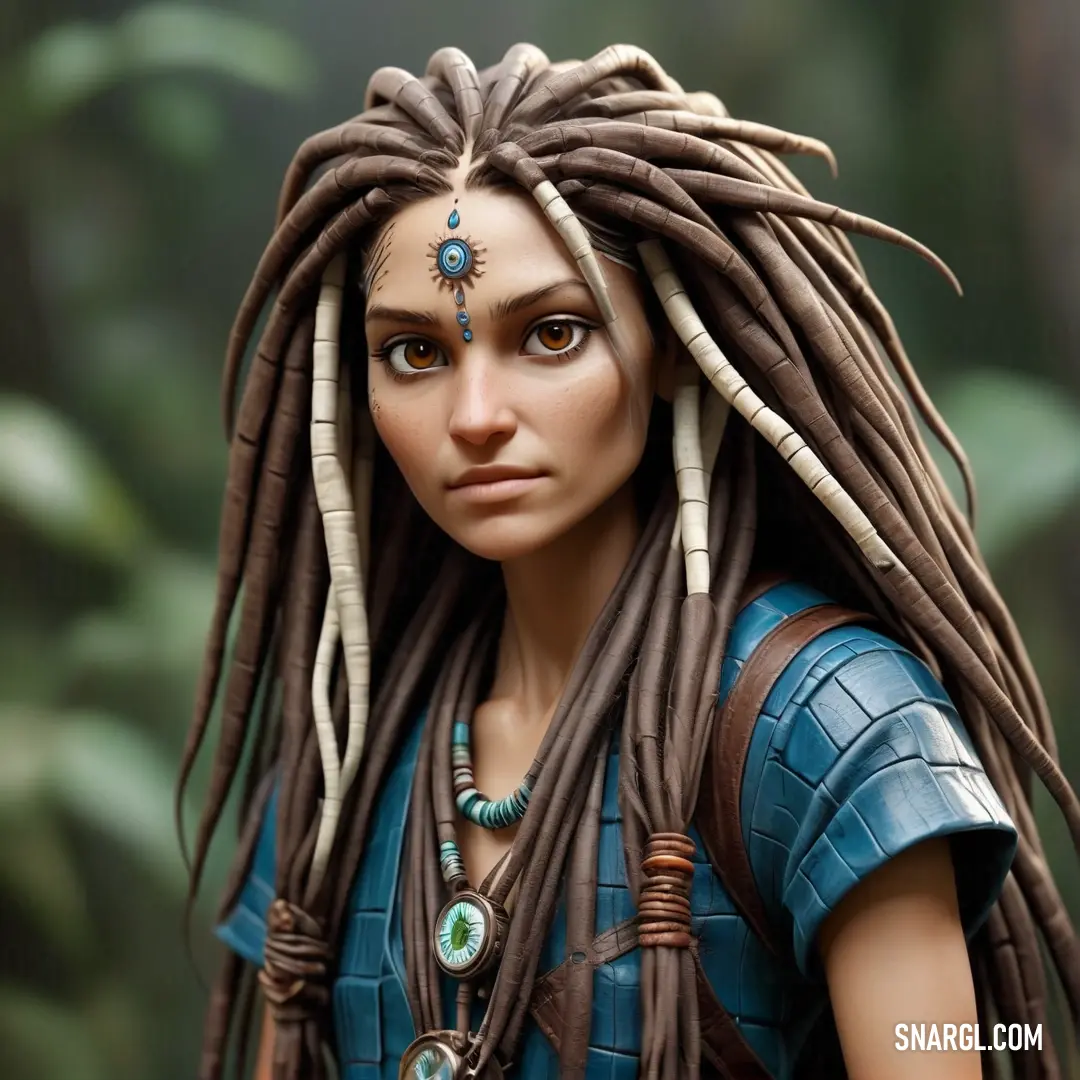
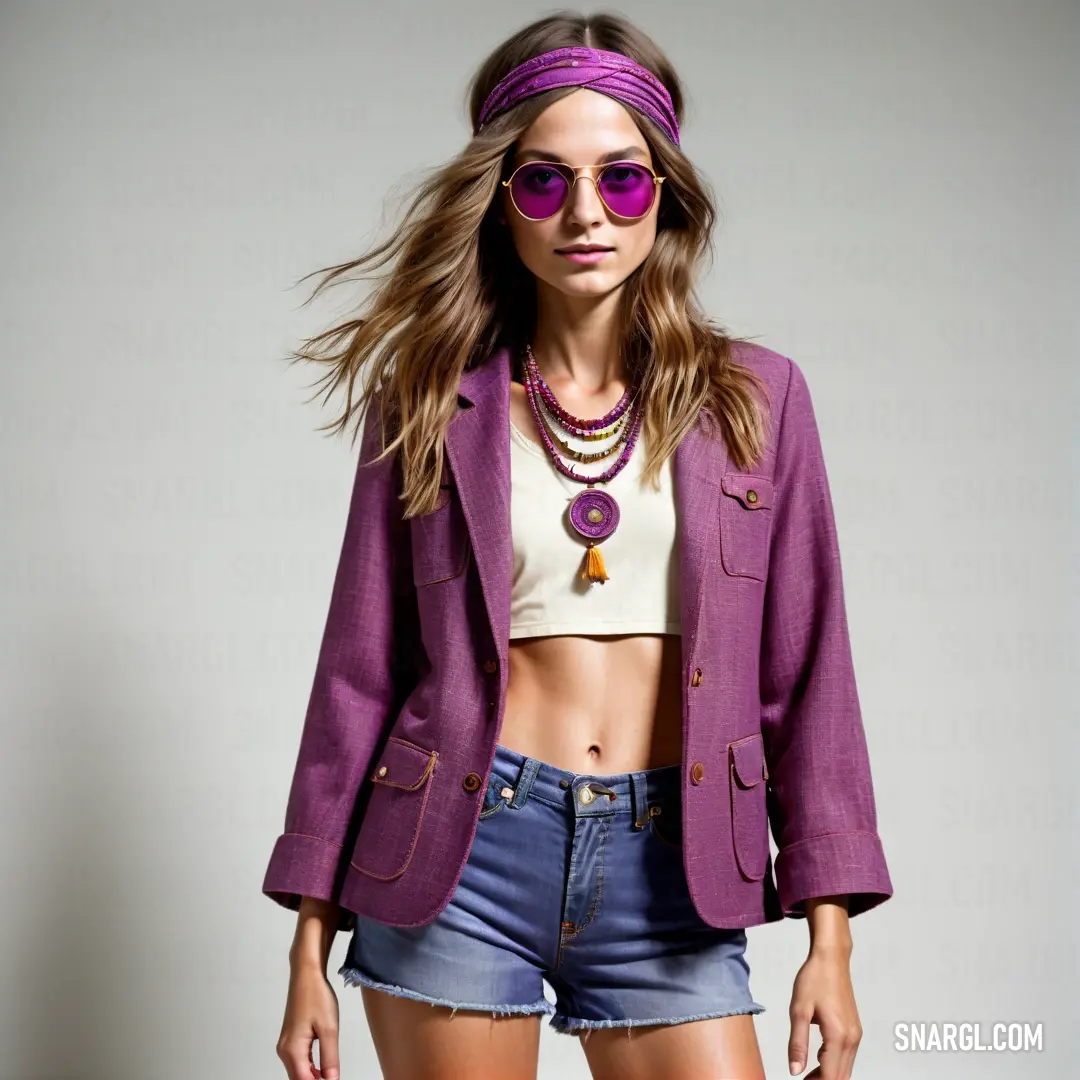
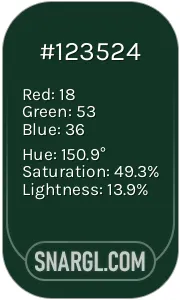 Phthalo green
Phthalo green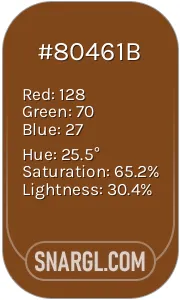 Russet
Russet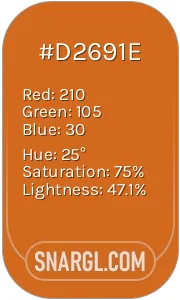 Chocolate
Chocolate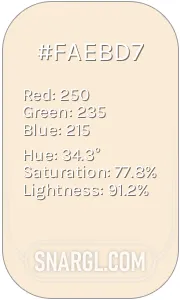 Antique White
Antique White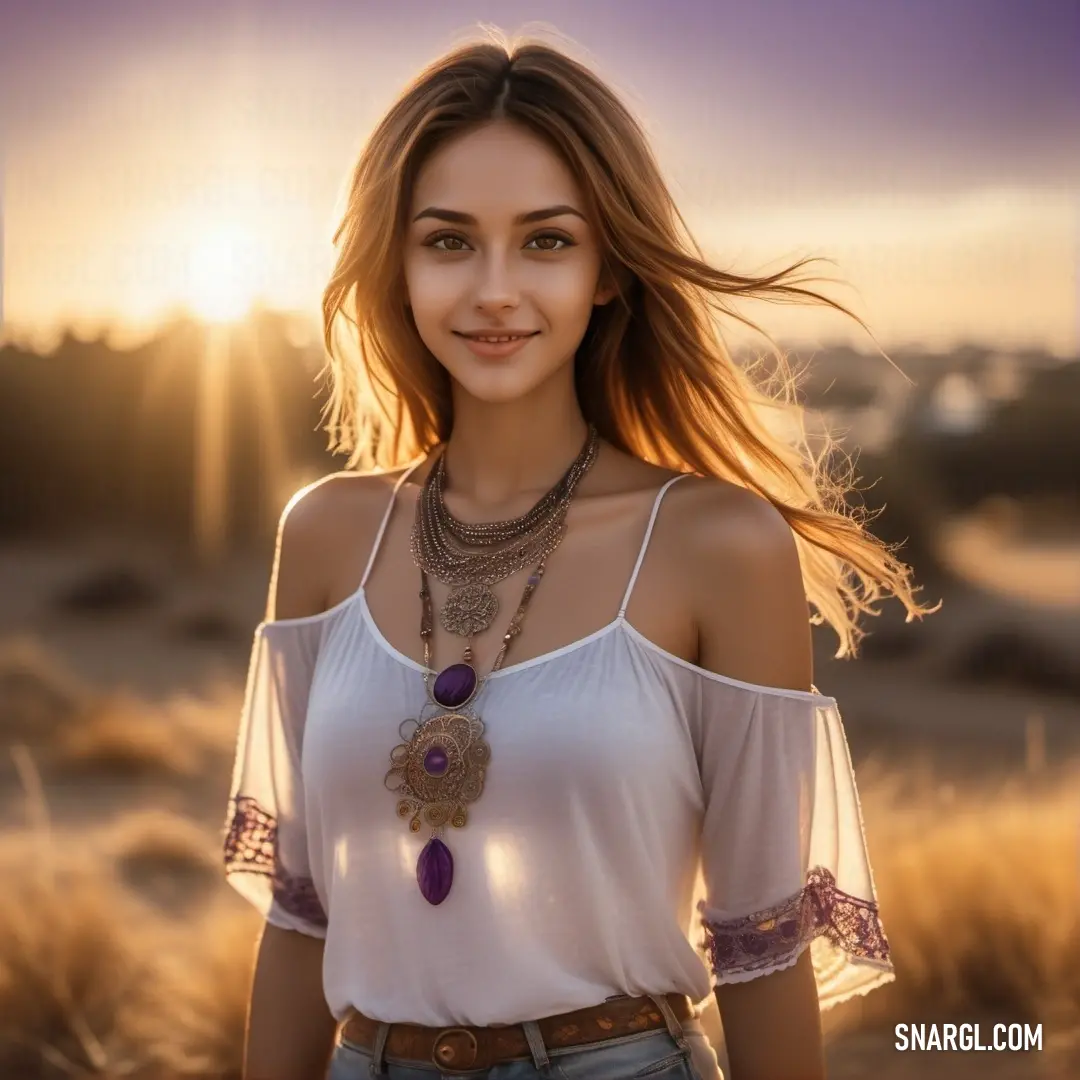
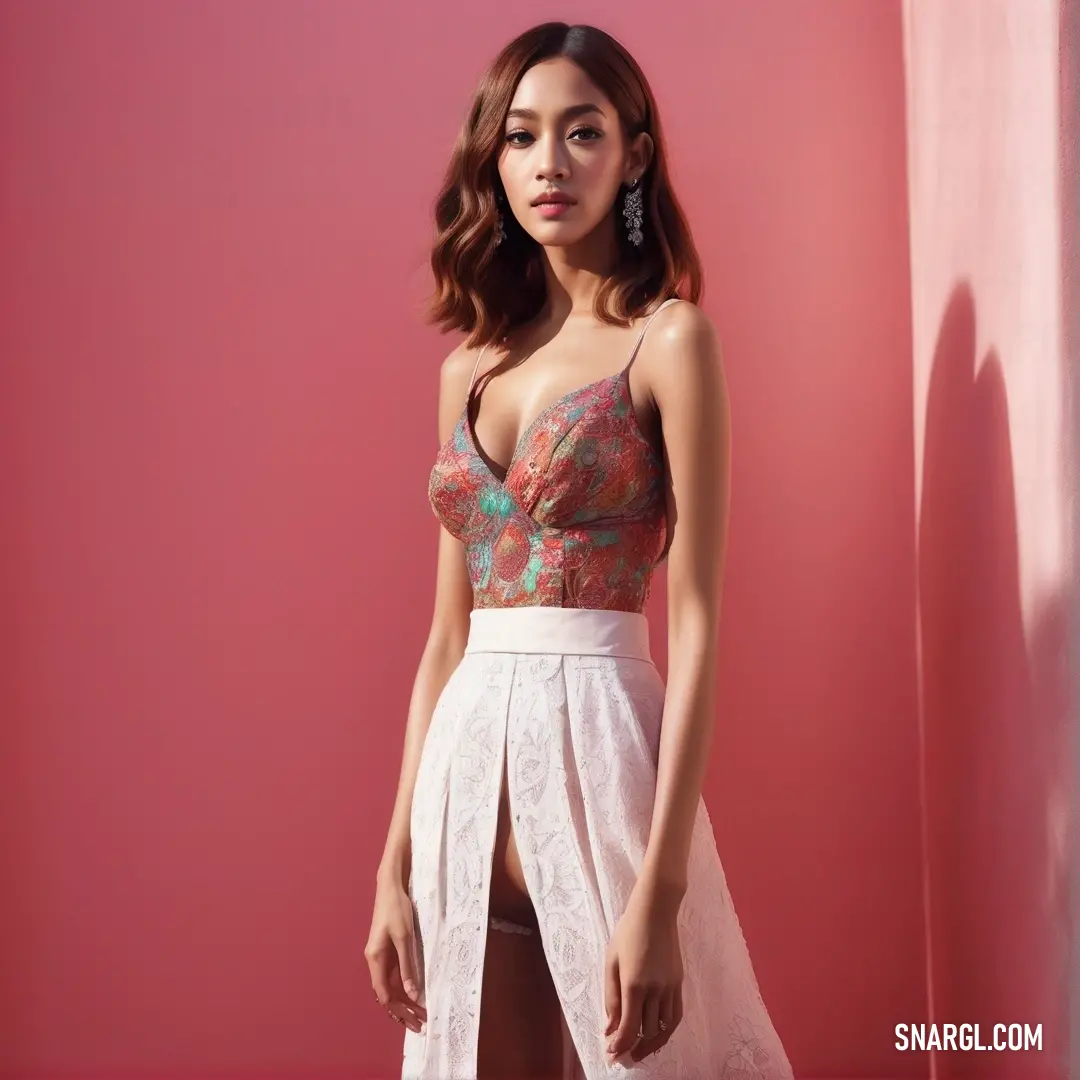
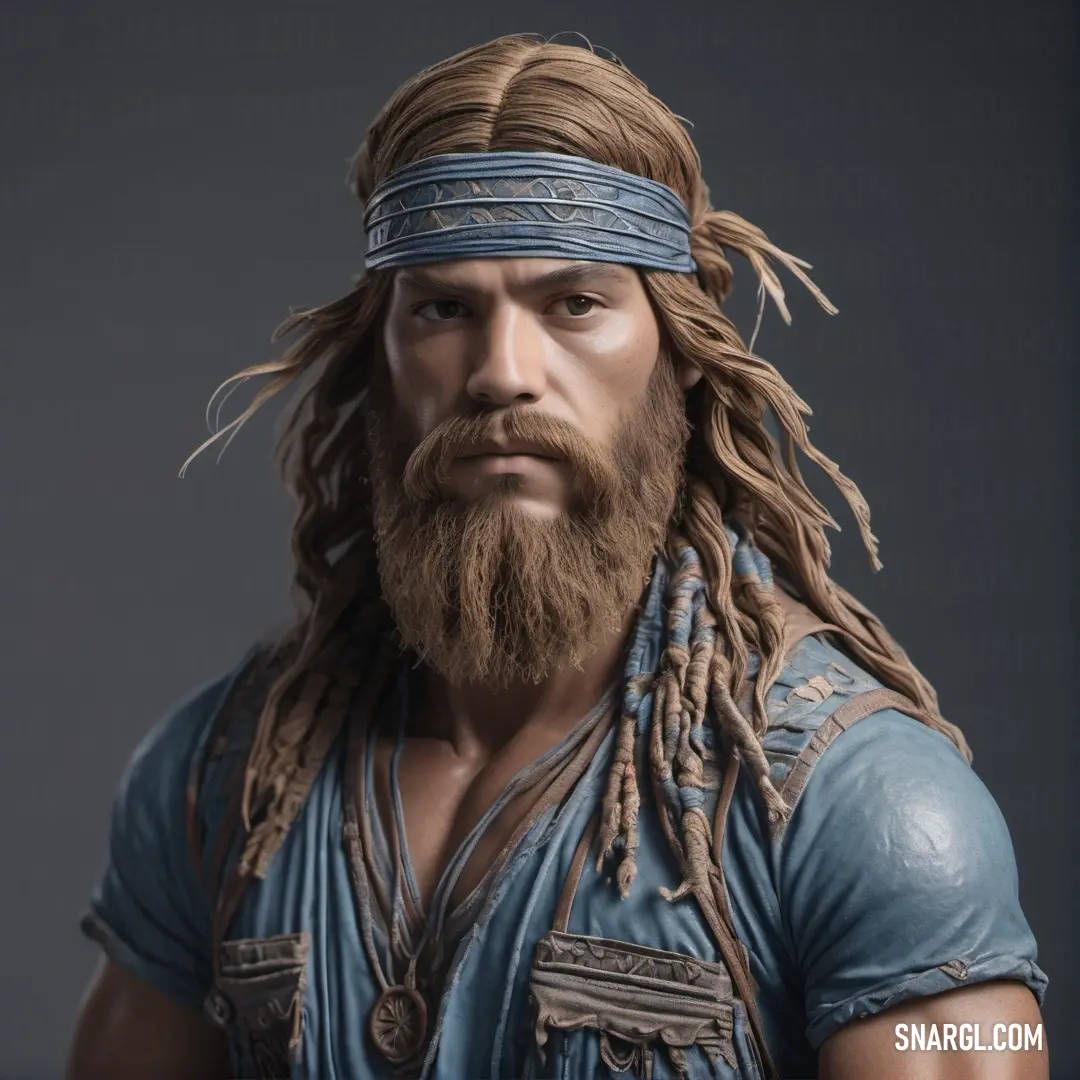
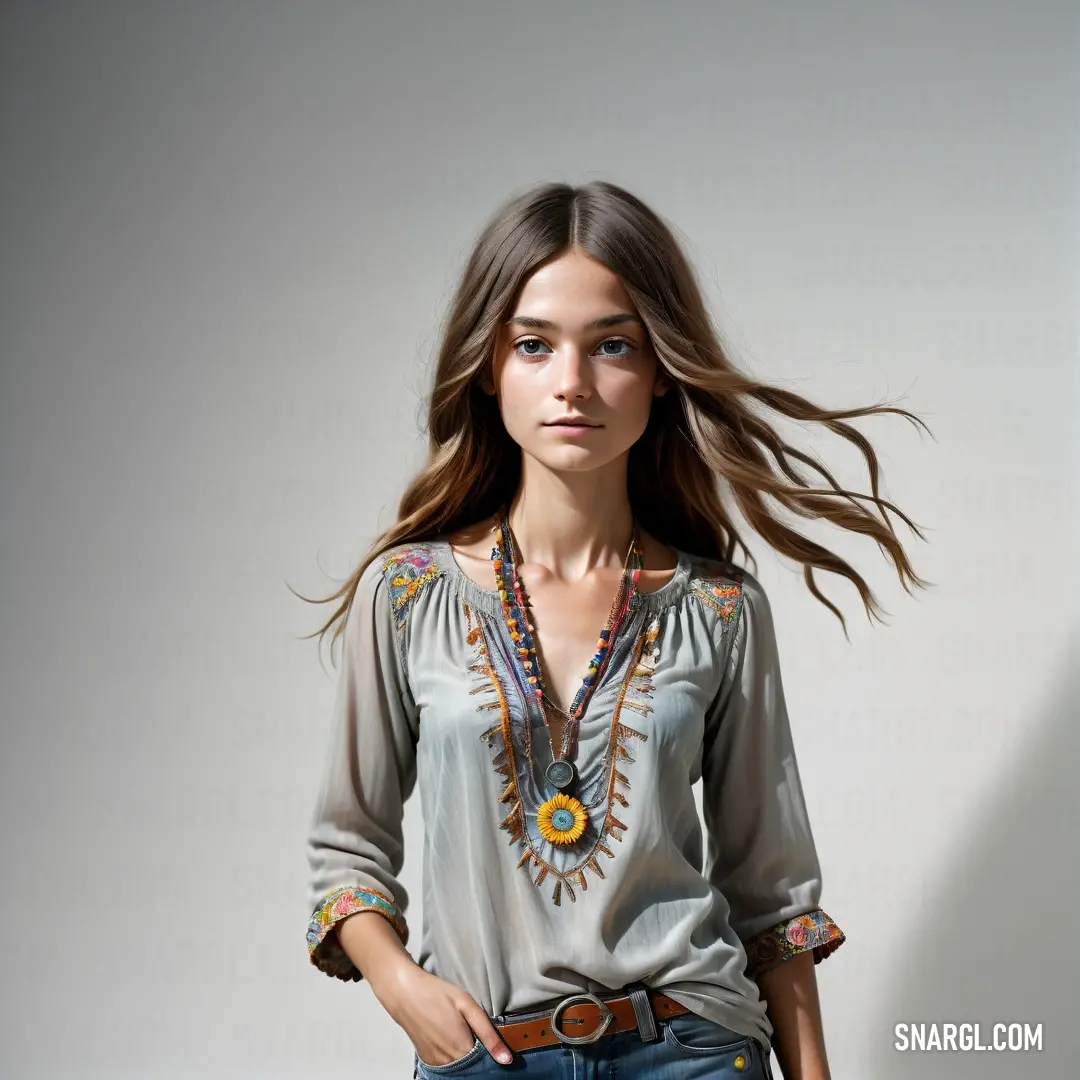
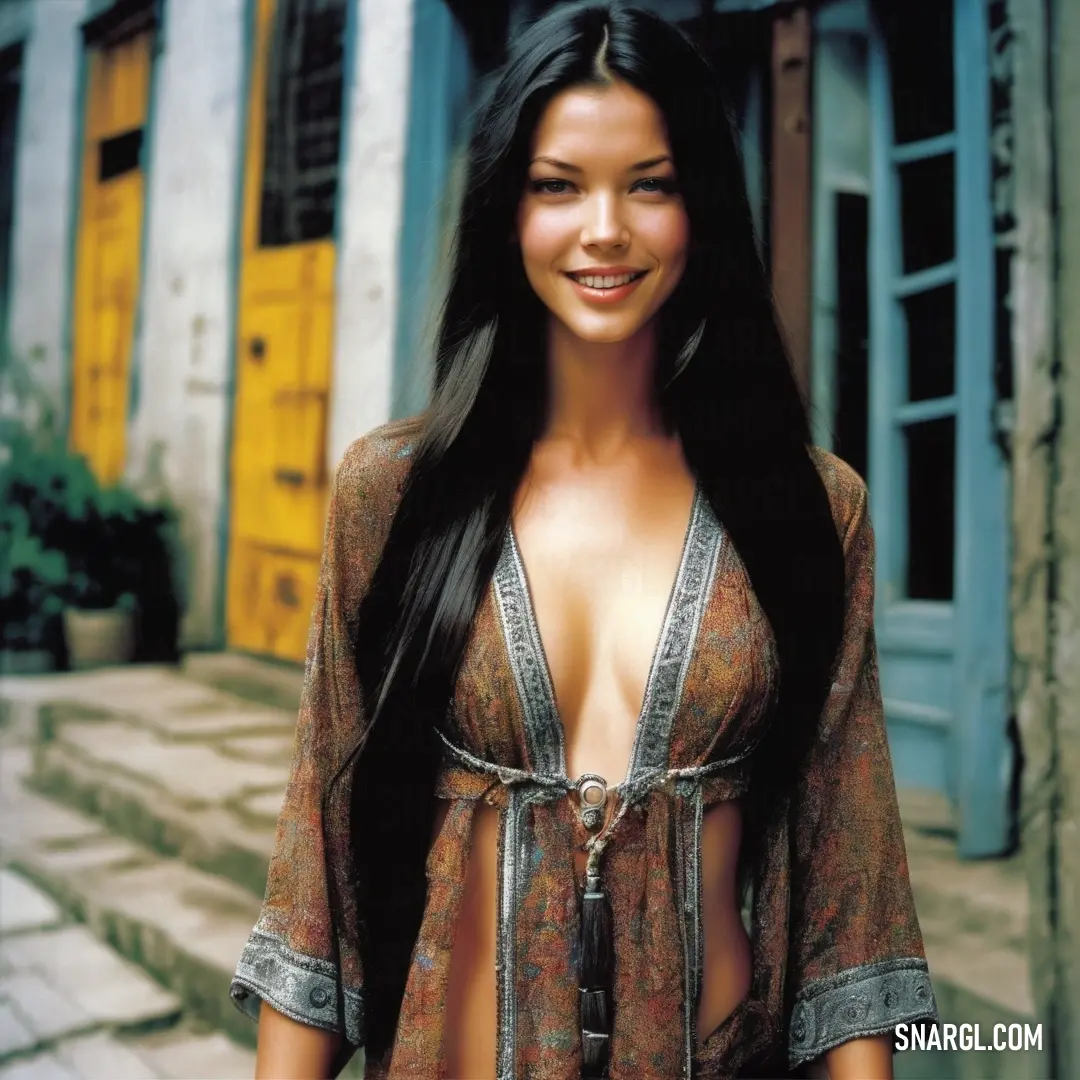
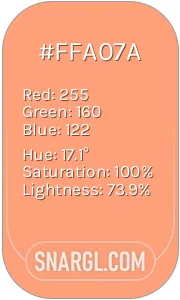 Light salmon
Light salmon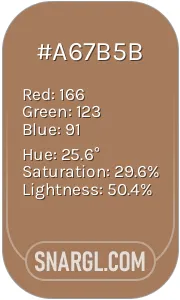 Cafe au lait
Cafe au lait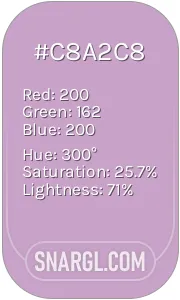 Lilac
Lilac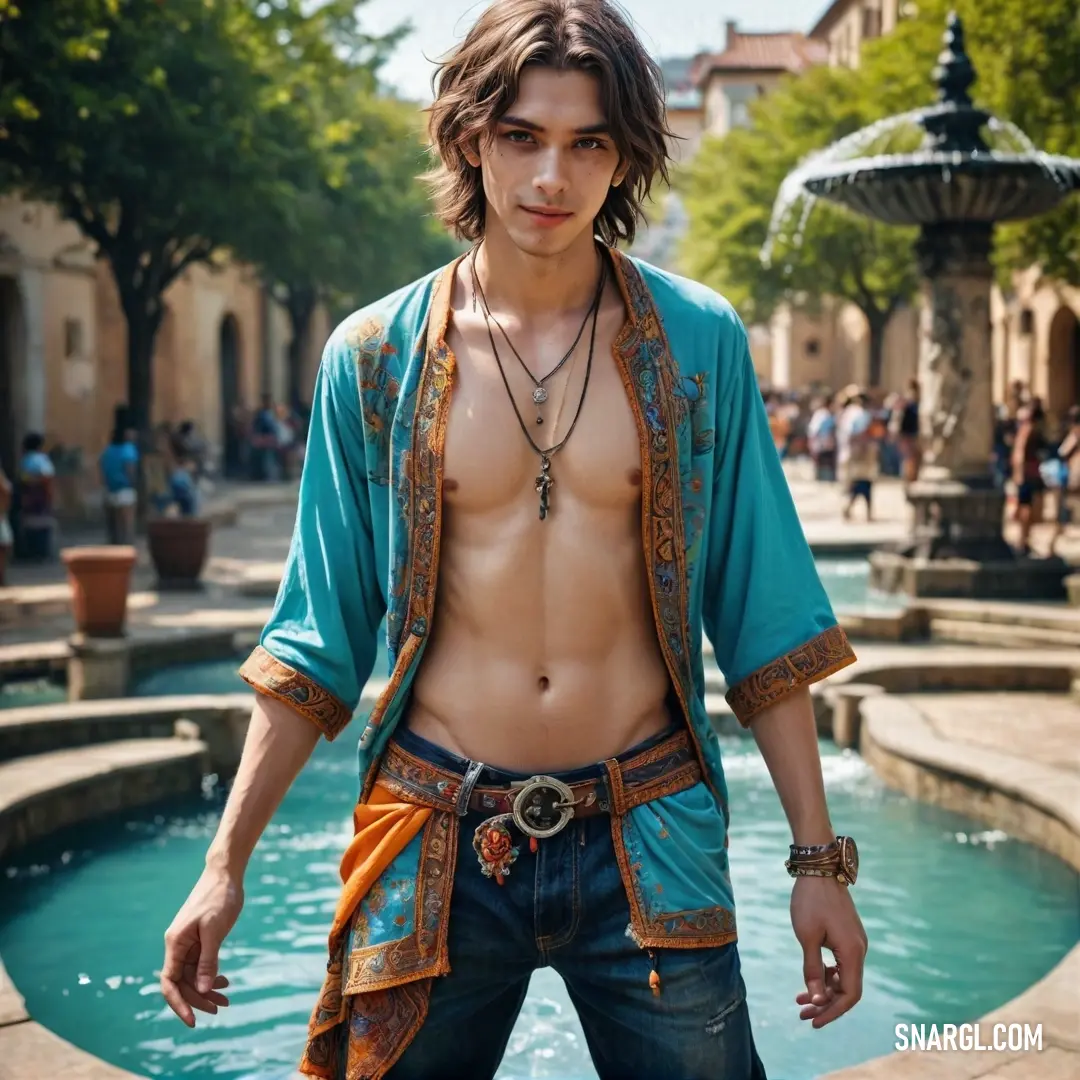
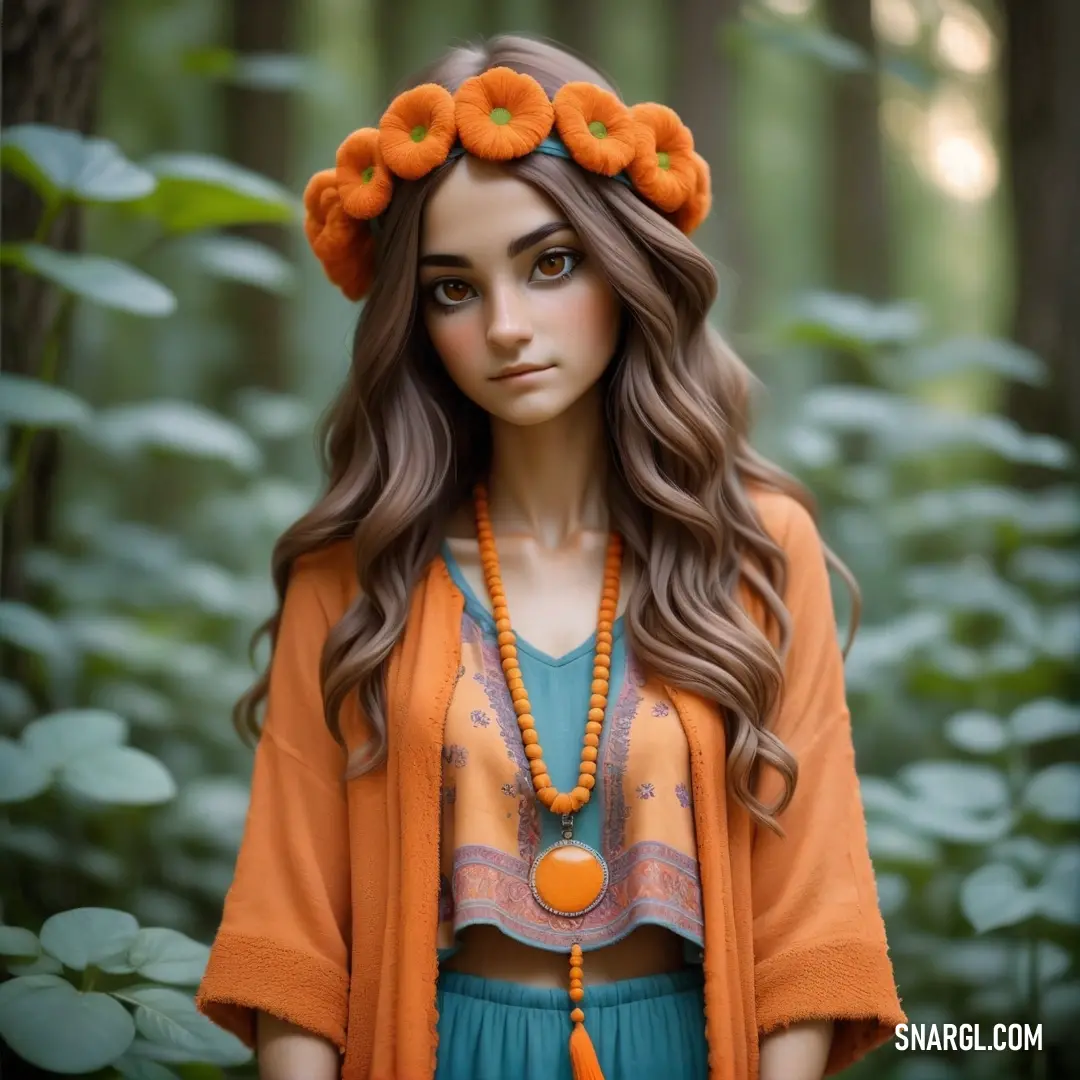
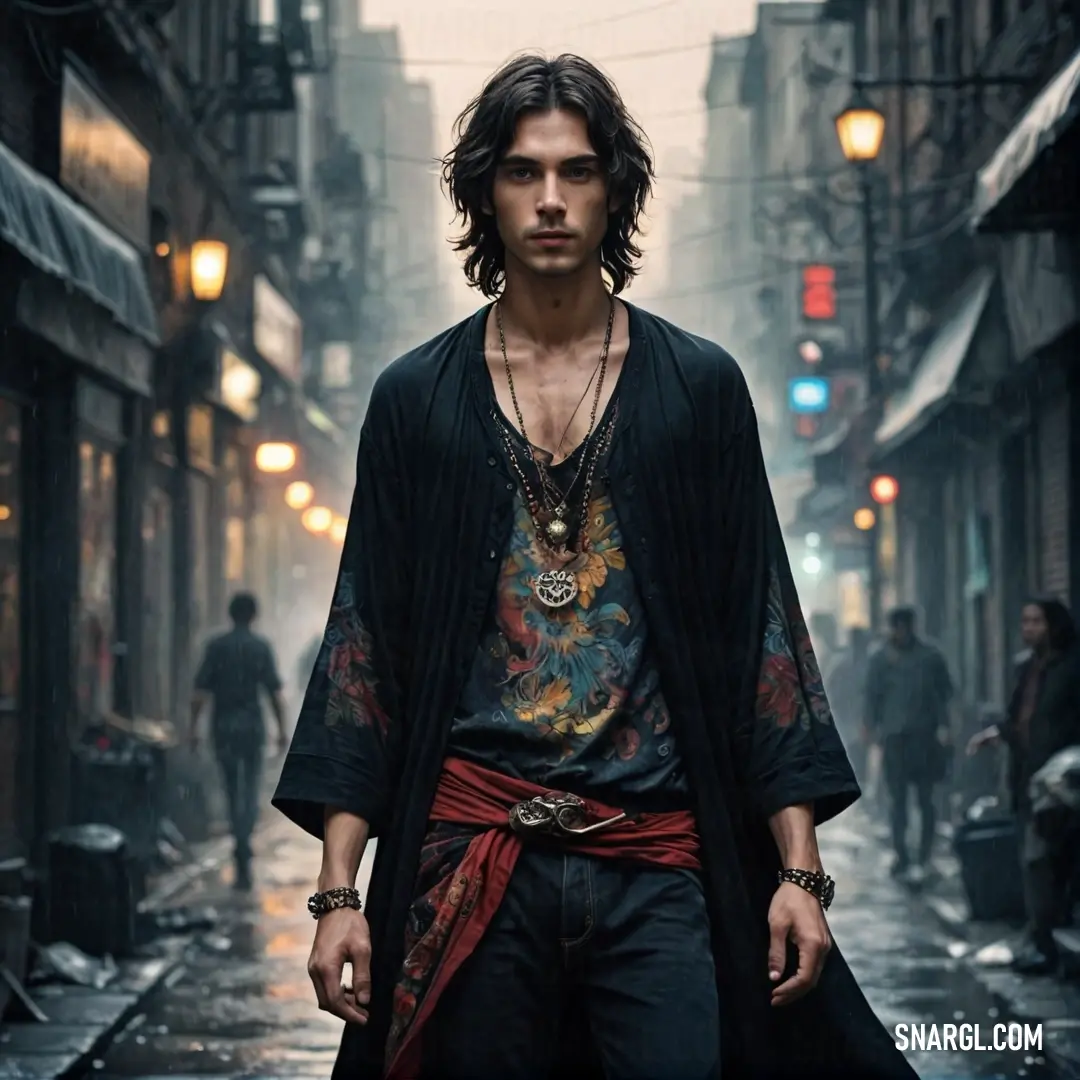
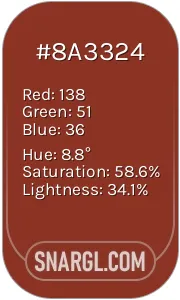 Burnt umber
Burnt umber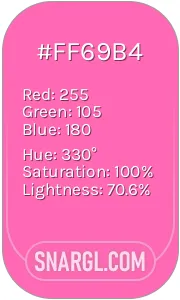 Hot pink
Hot pink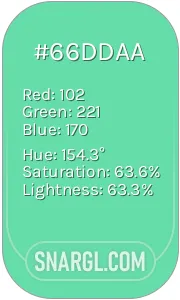 Medium aquamarine
Medium aquamarine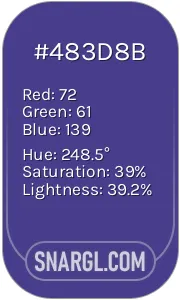 Dark slate blue
Dark slate blue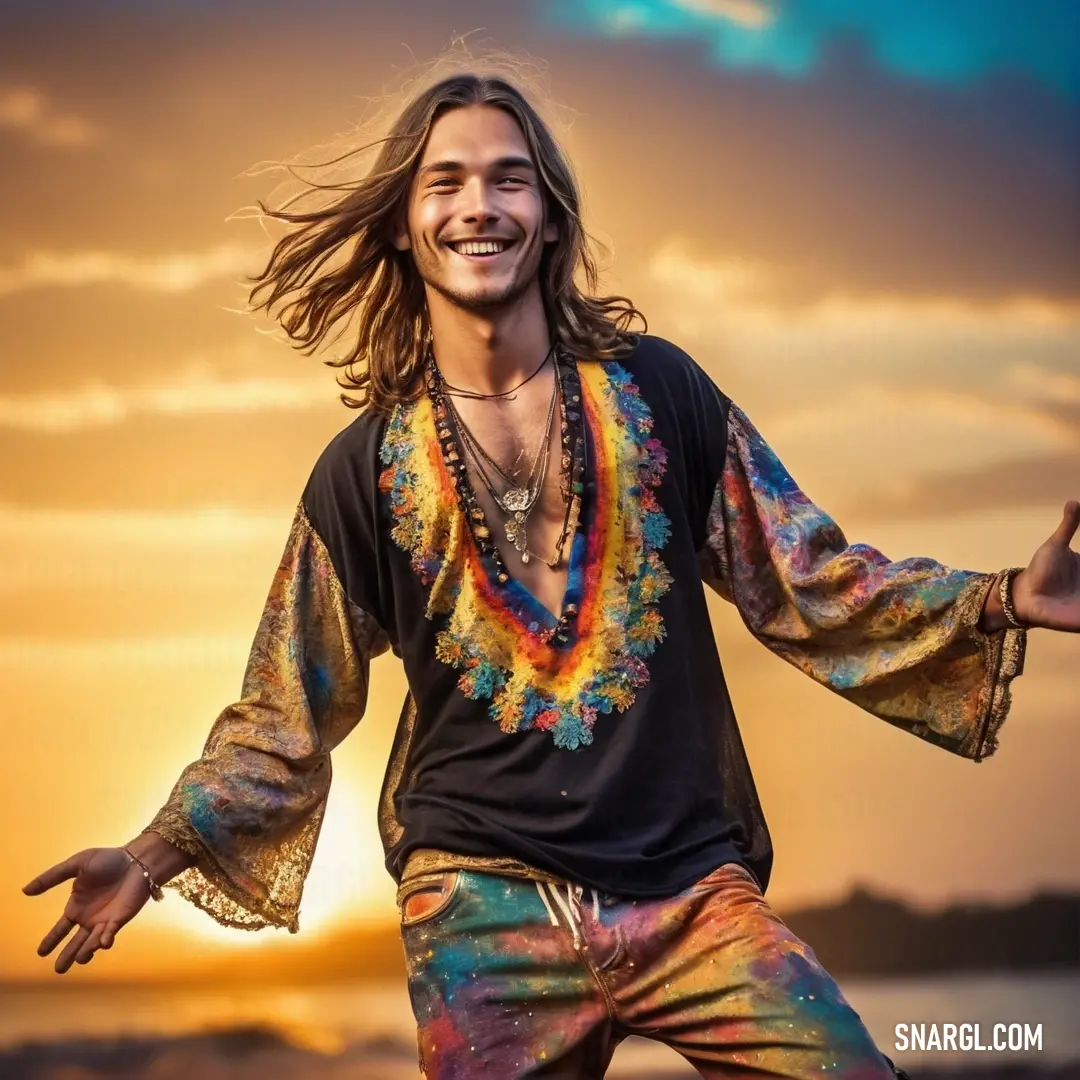
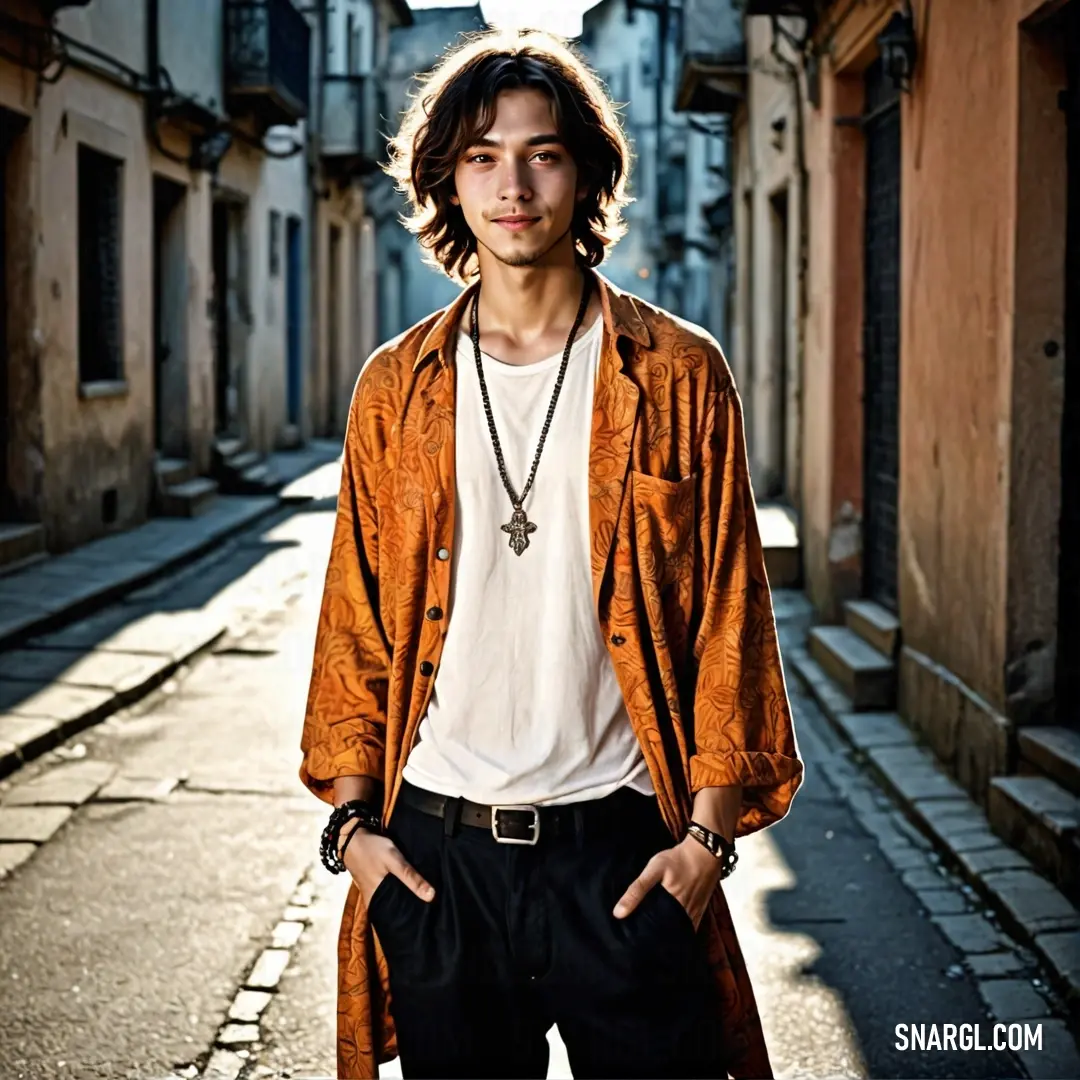
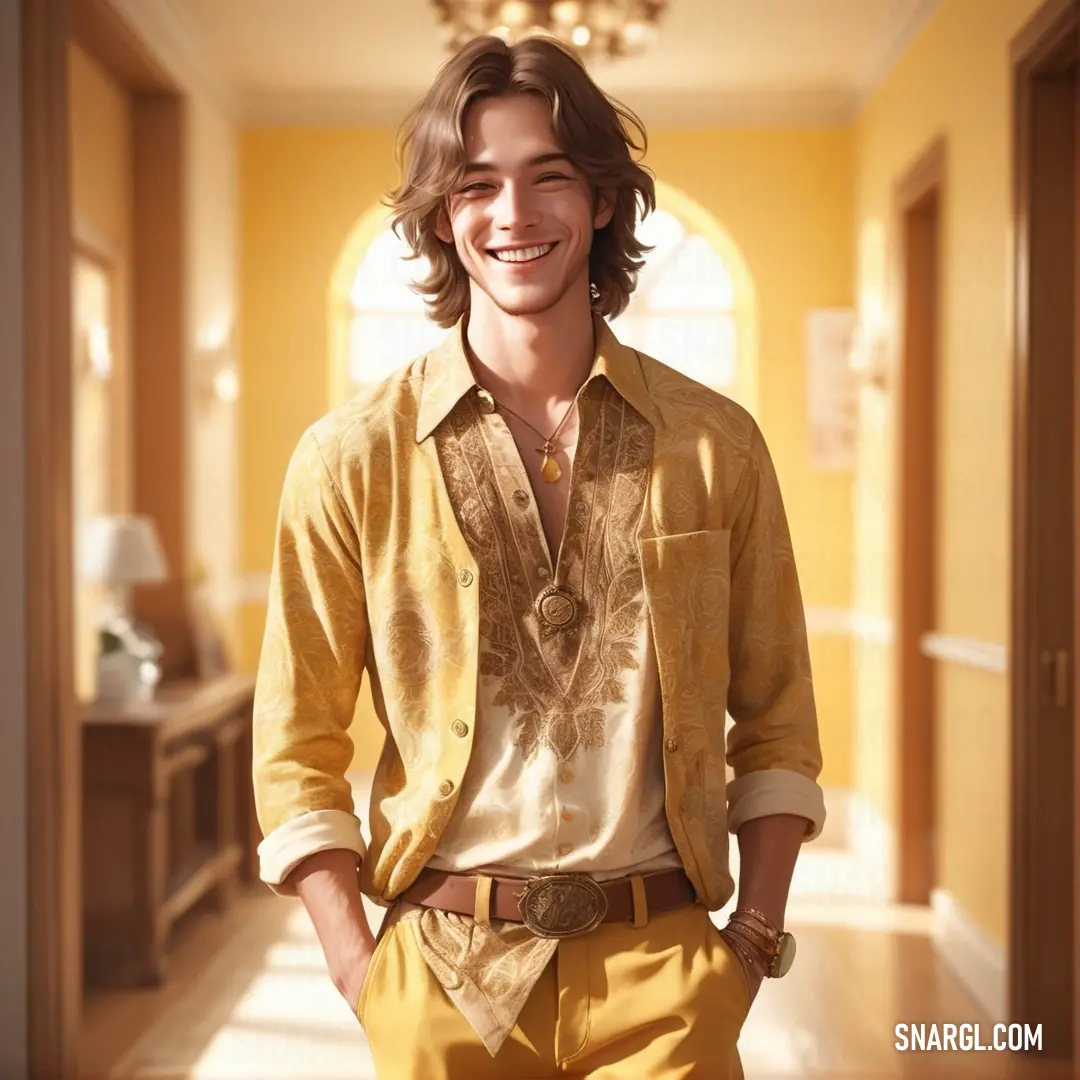
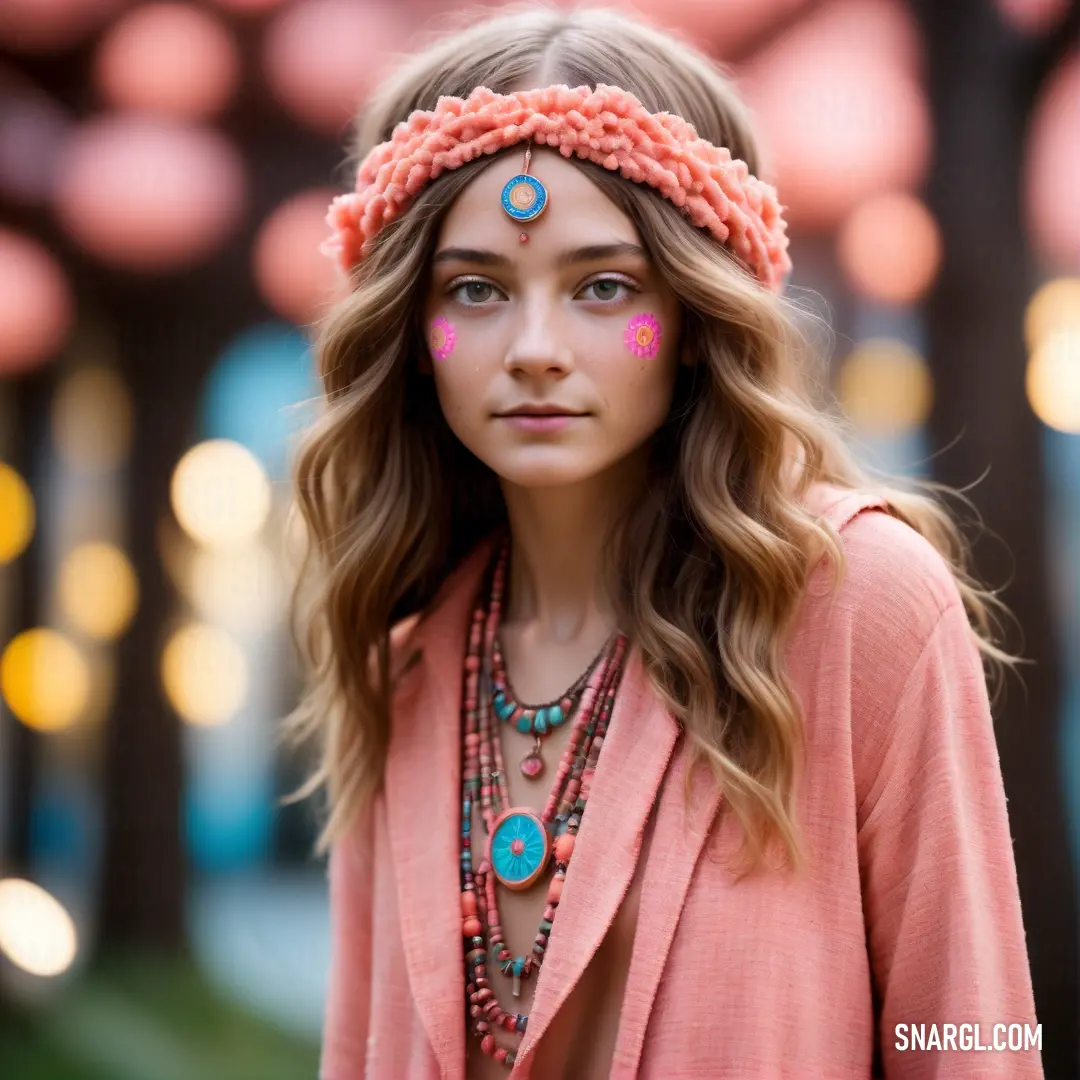
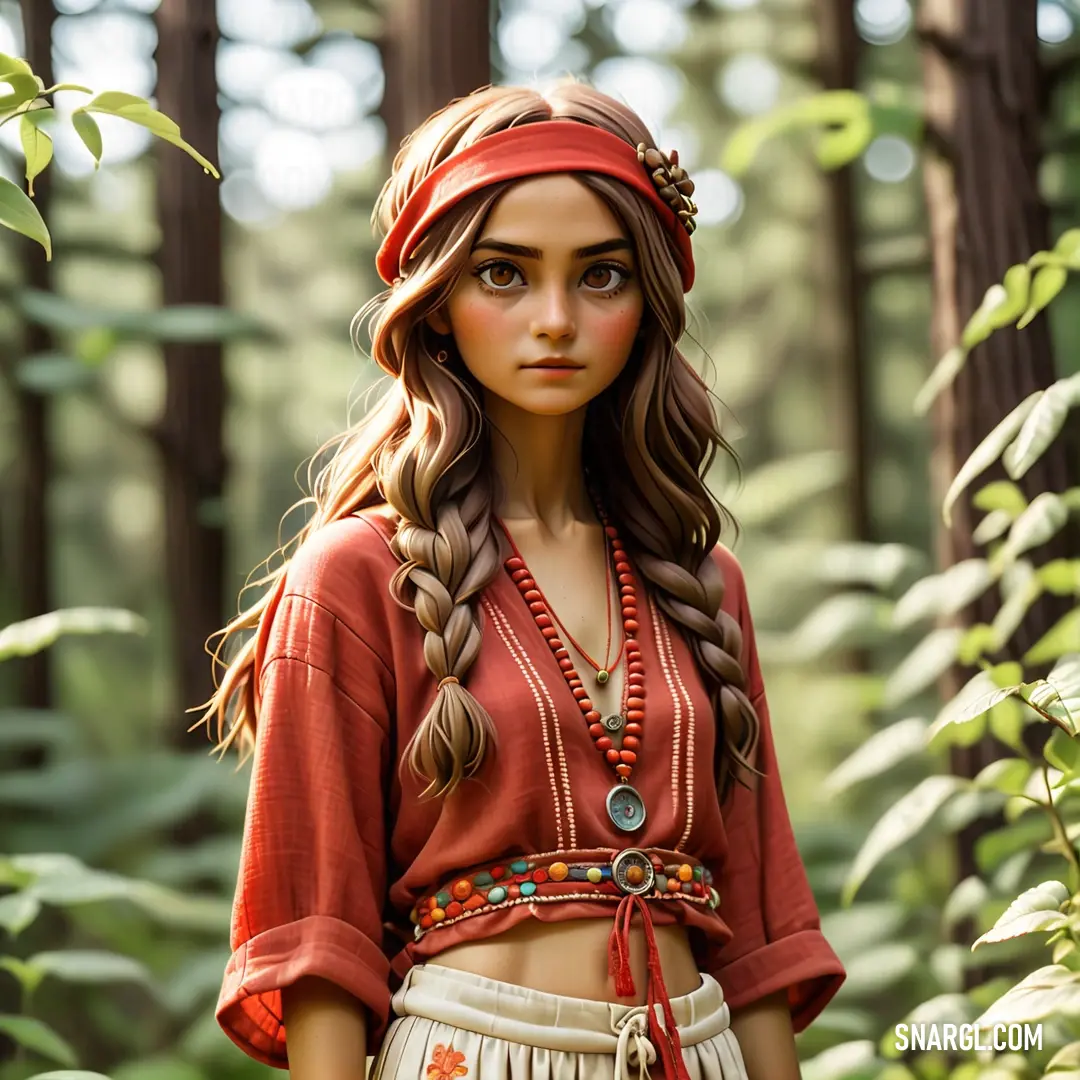
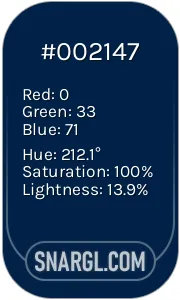 Oxford Blue
Oxford Blue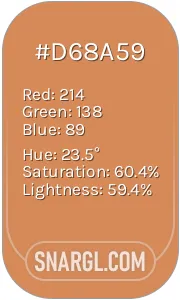 Raw Sienna
Raw Sienna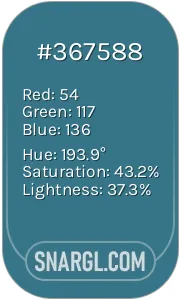 Teal blue
Teal blue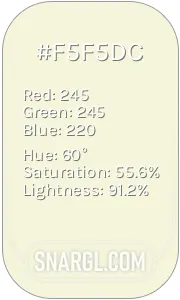 Beige
Beige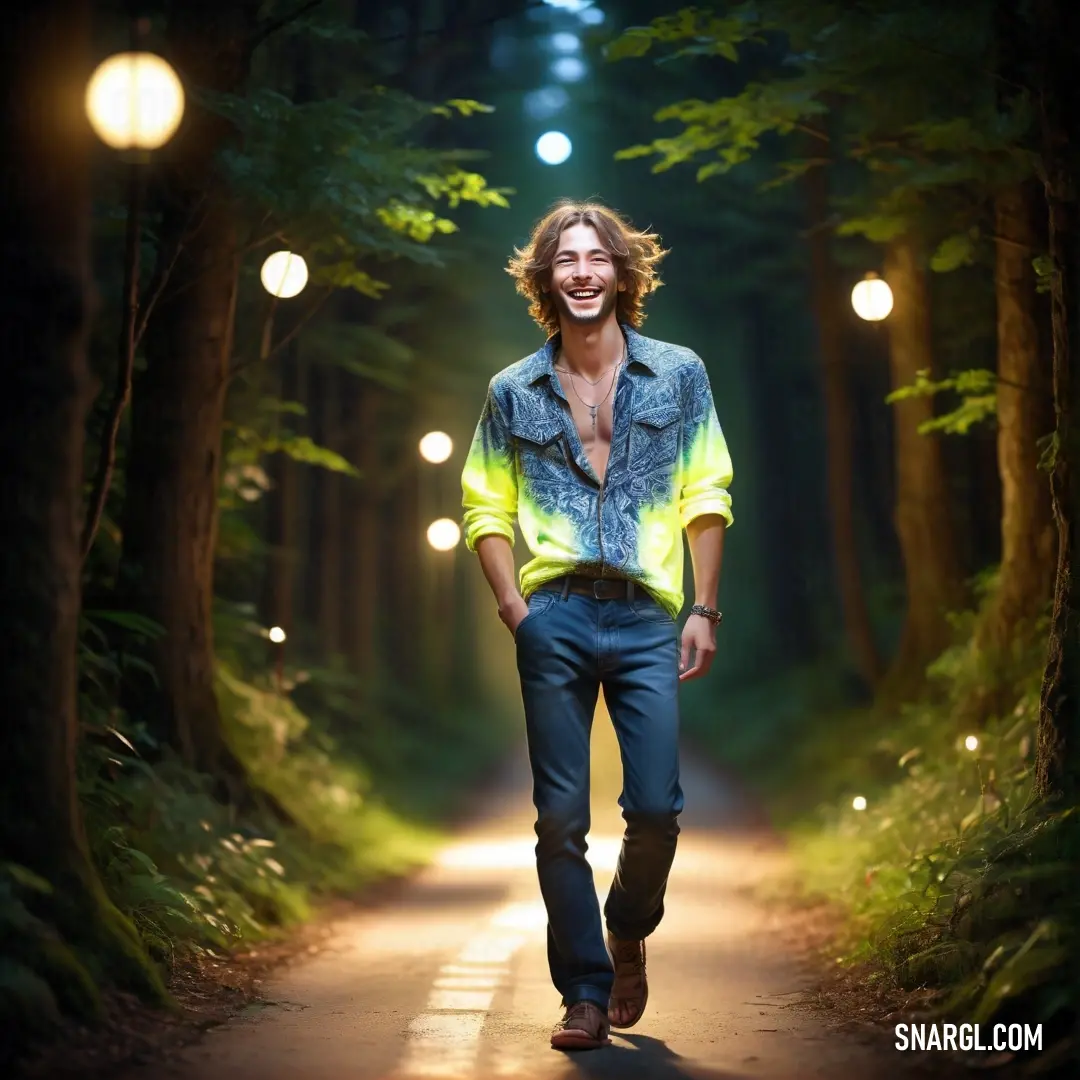
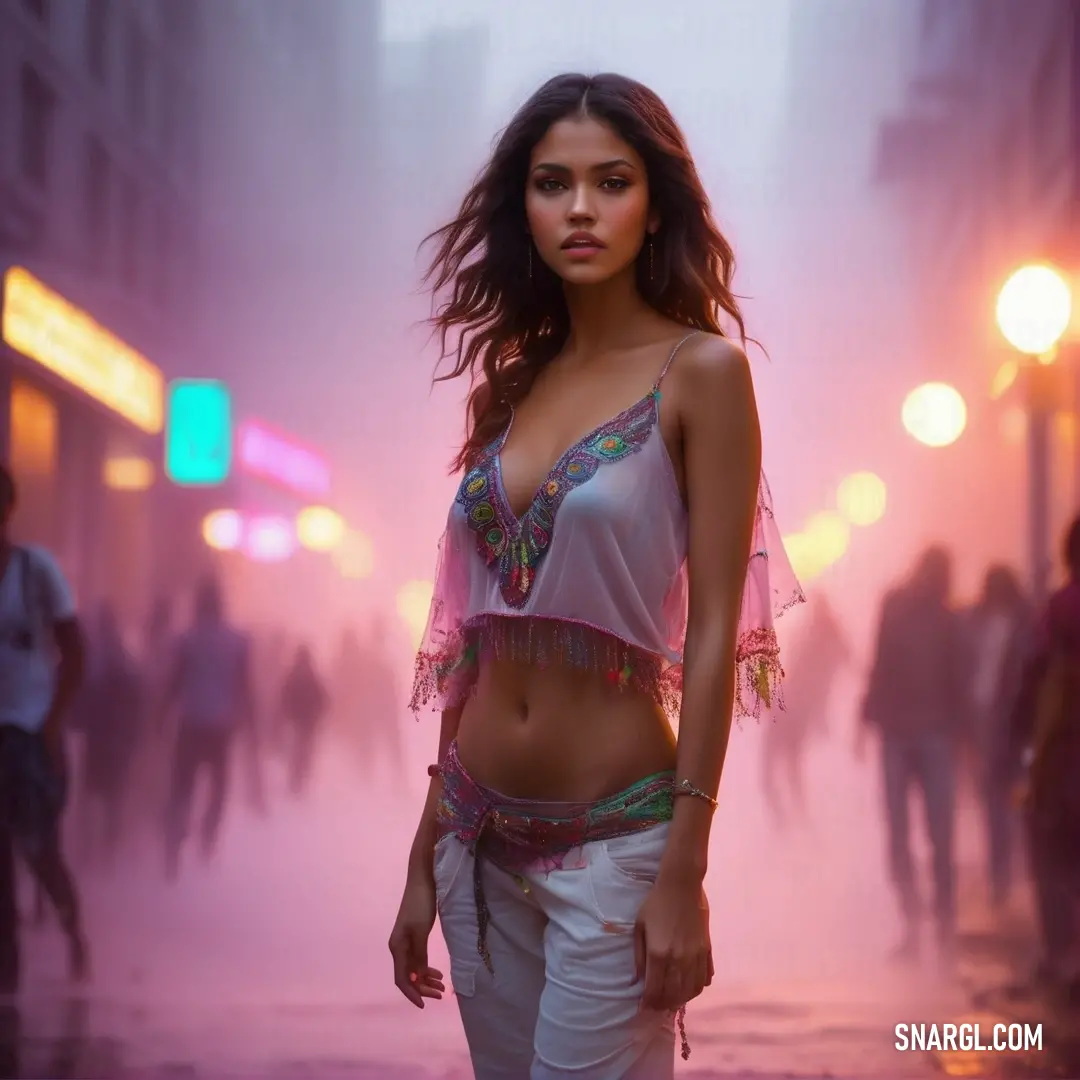
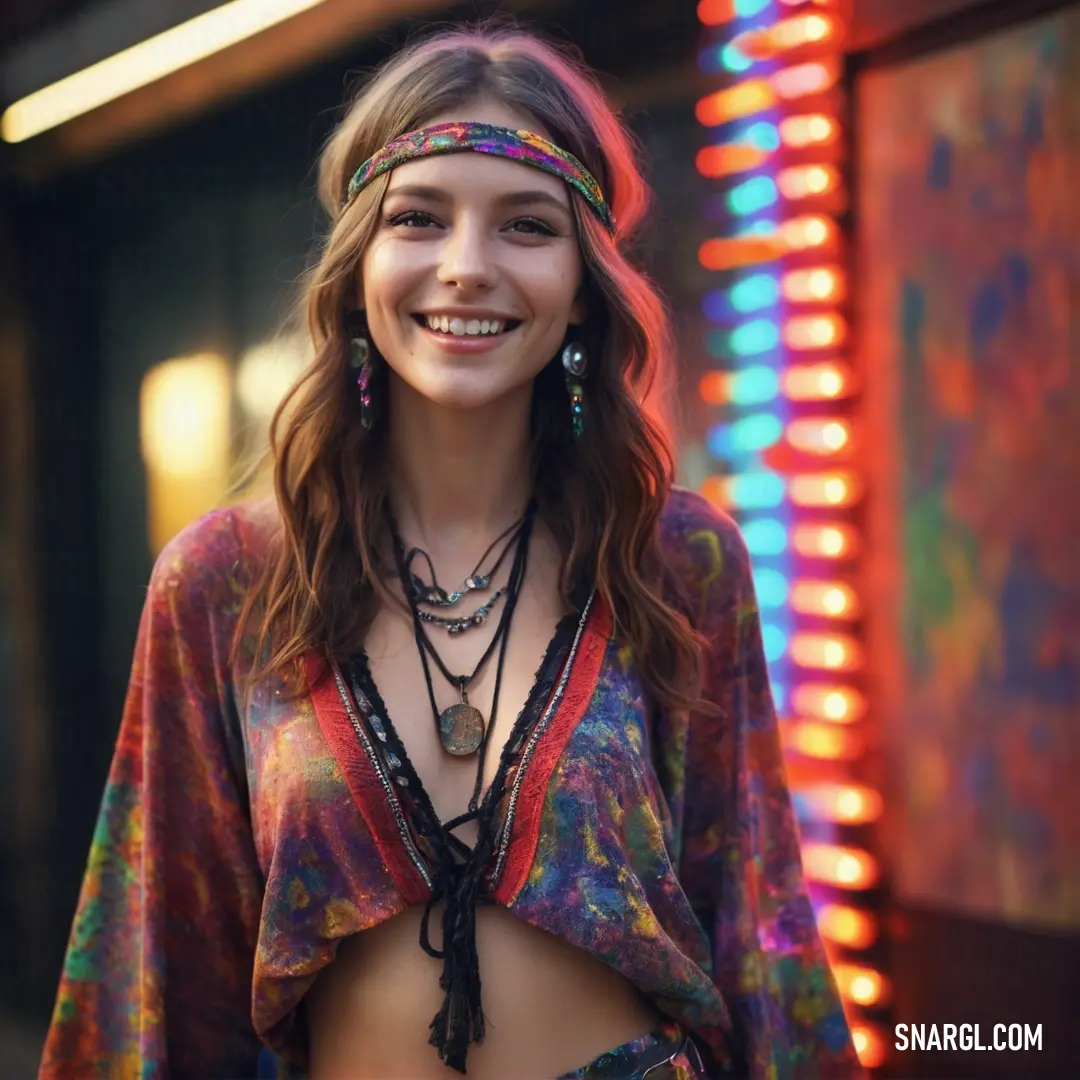
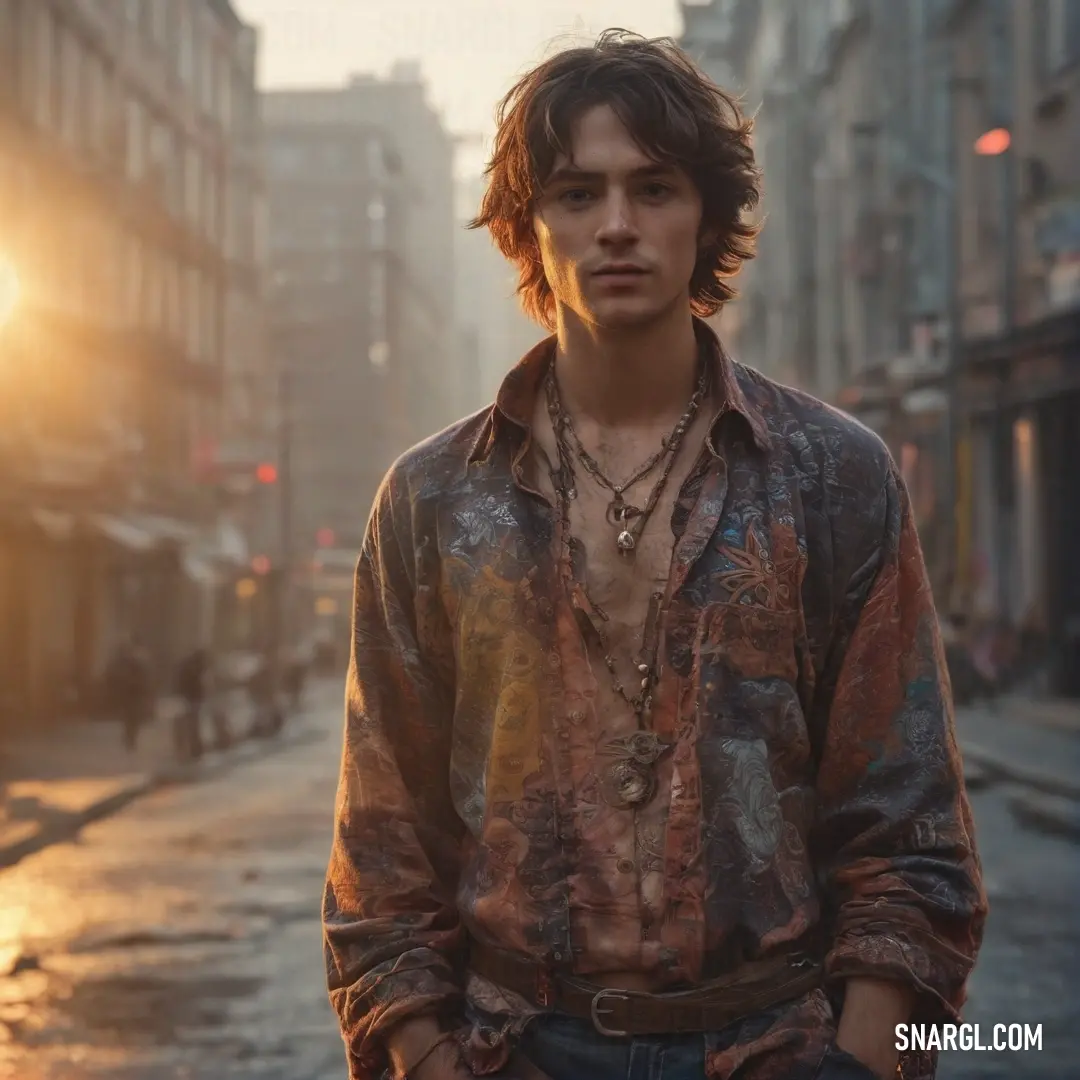
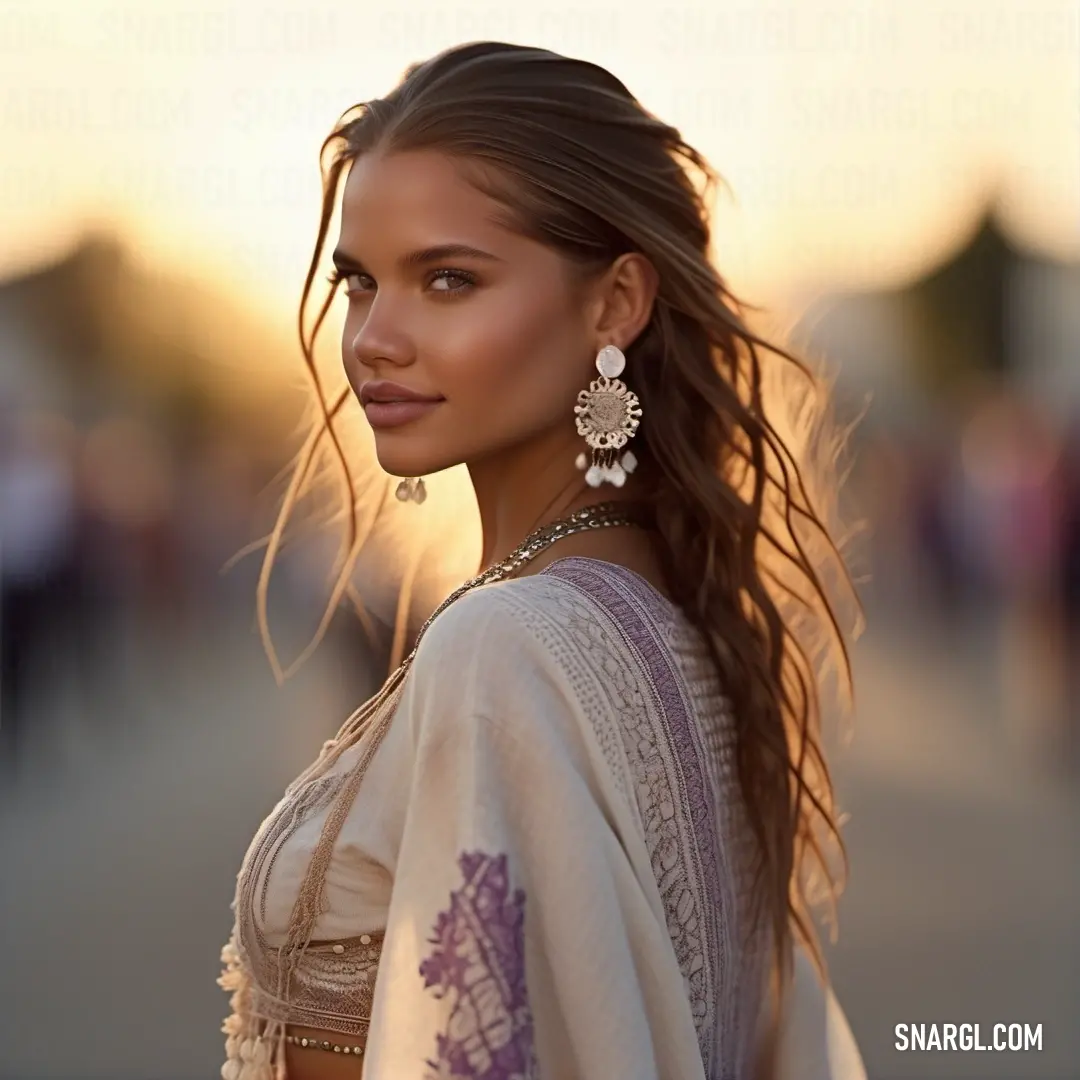
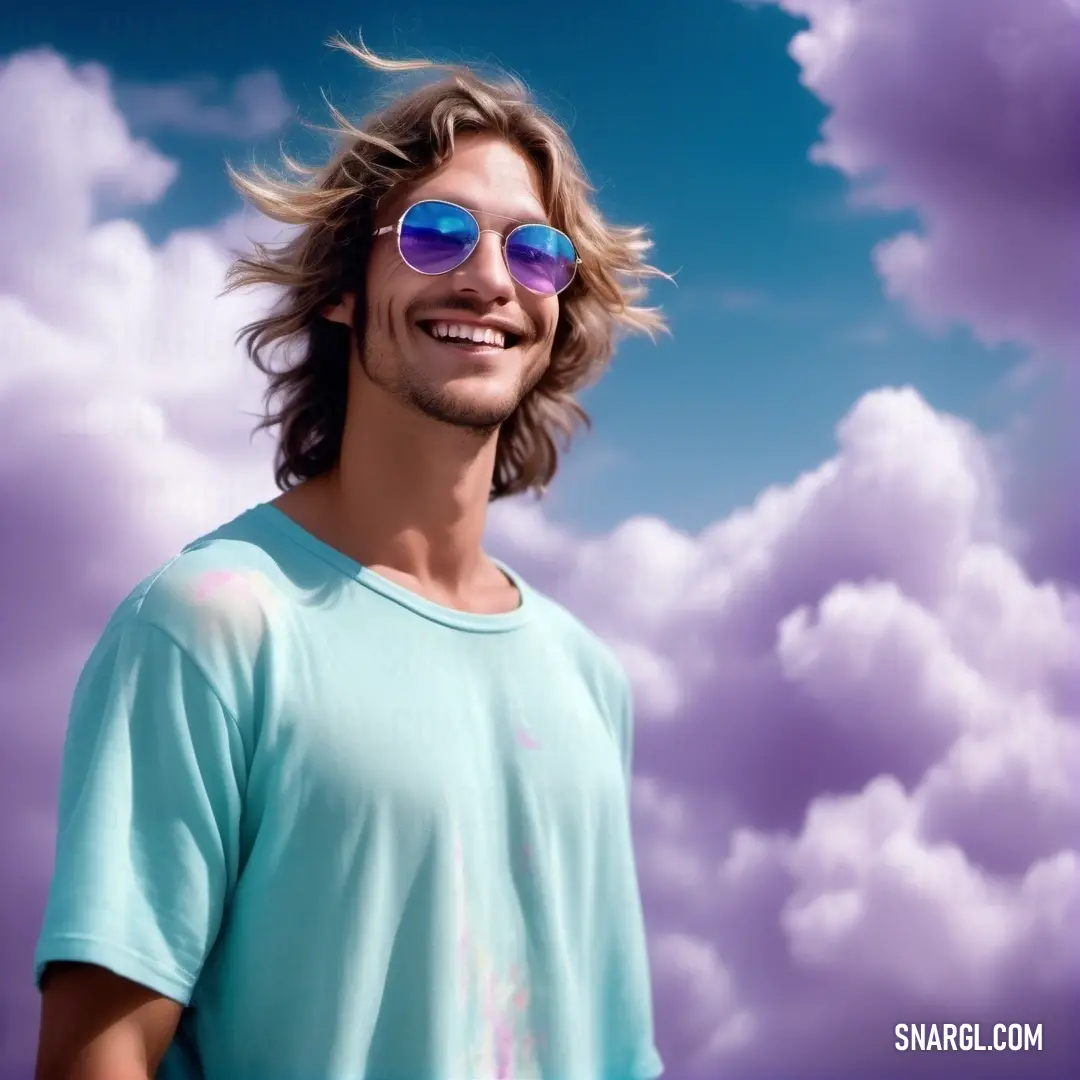
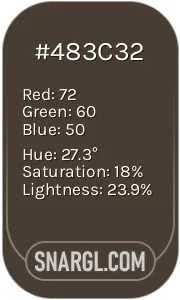 Dark lava
Dark lava Sinopia
Sinopia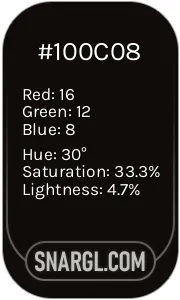 Smoky black
Smoky black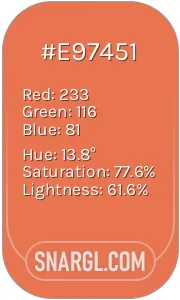 Burnt Sienna
Burnt Sienna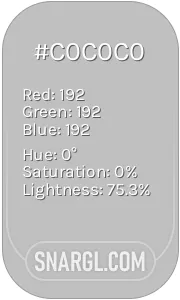 Silver
Silver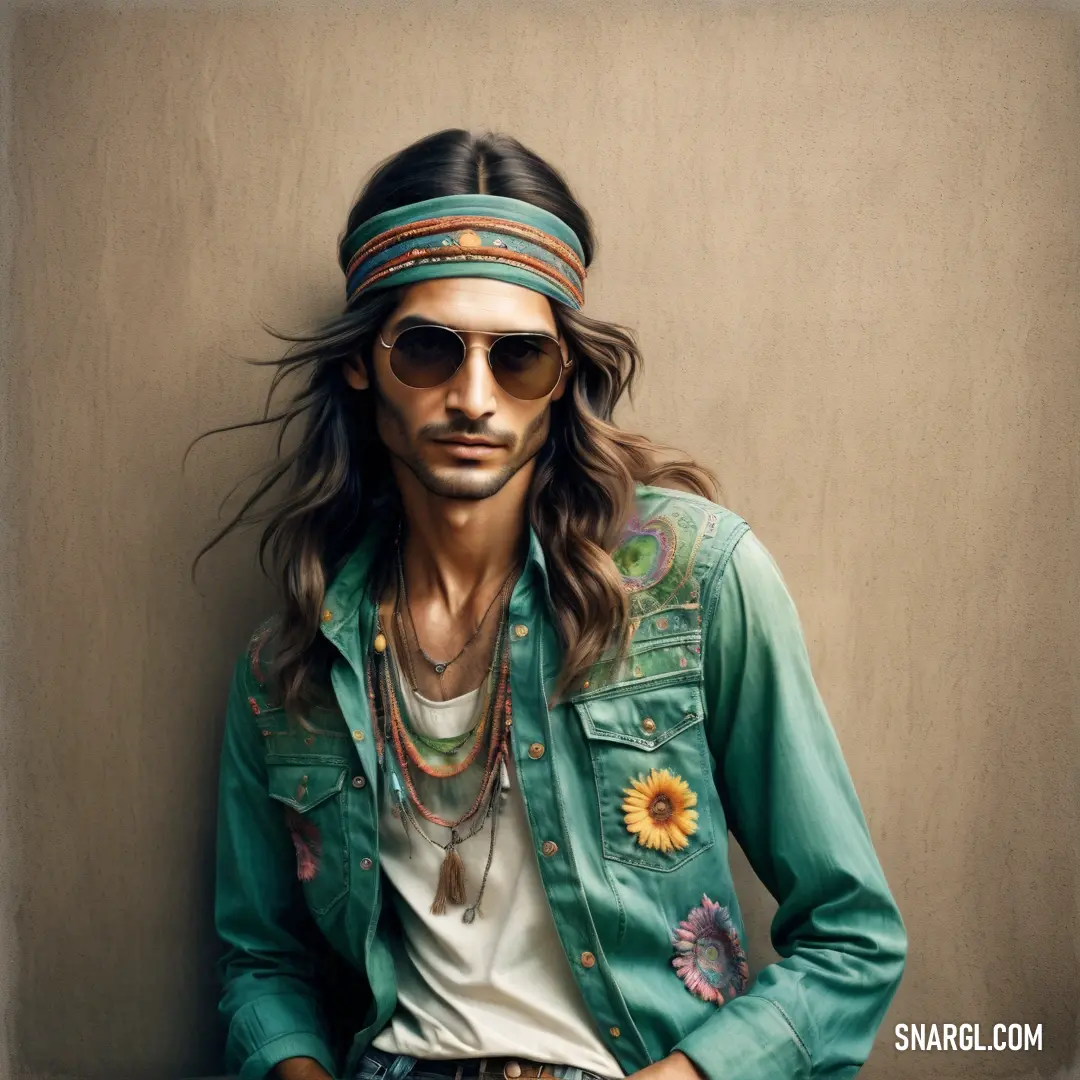
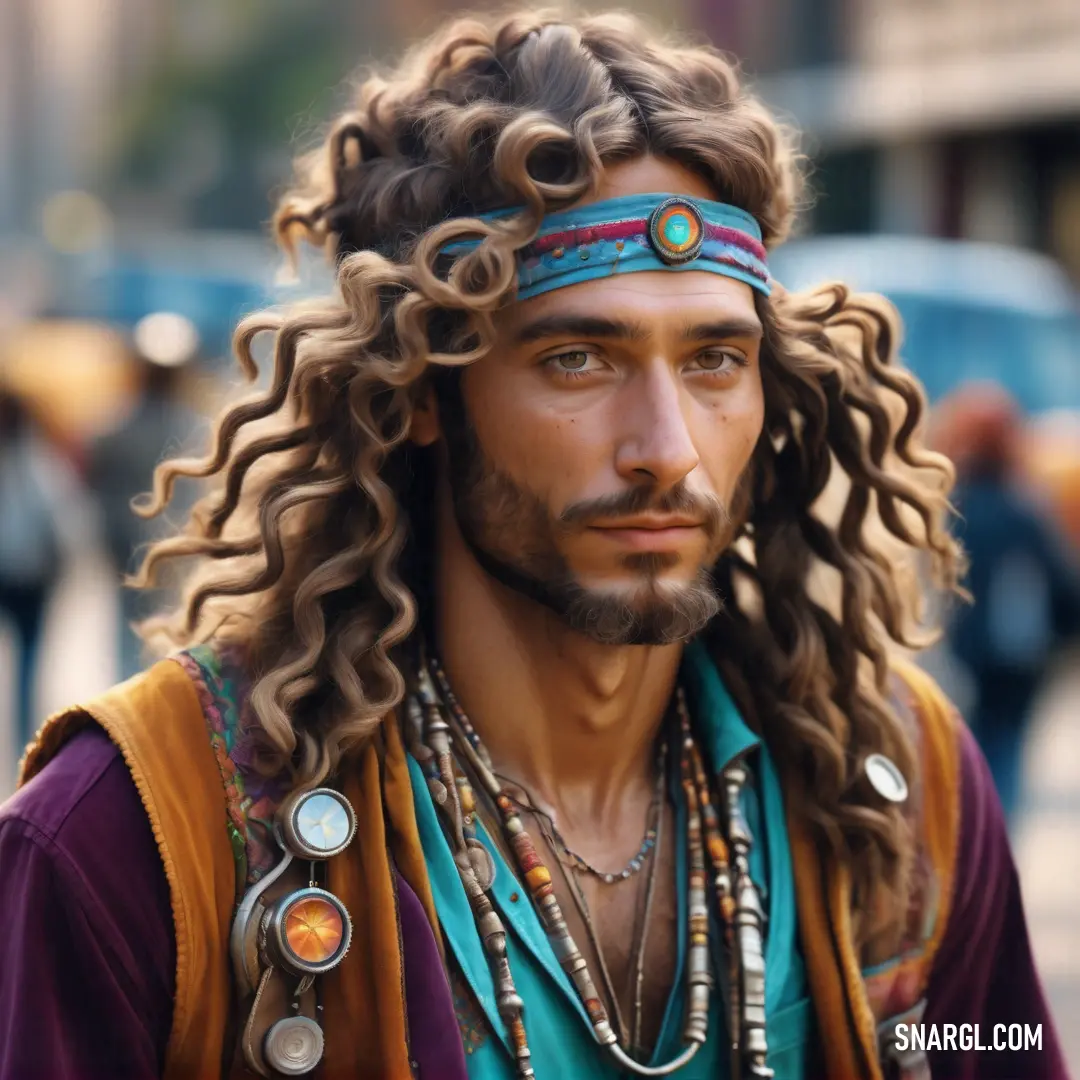
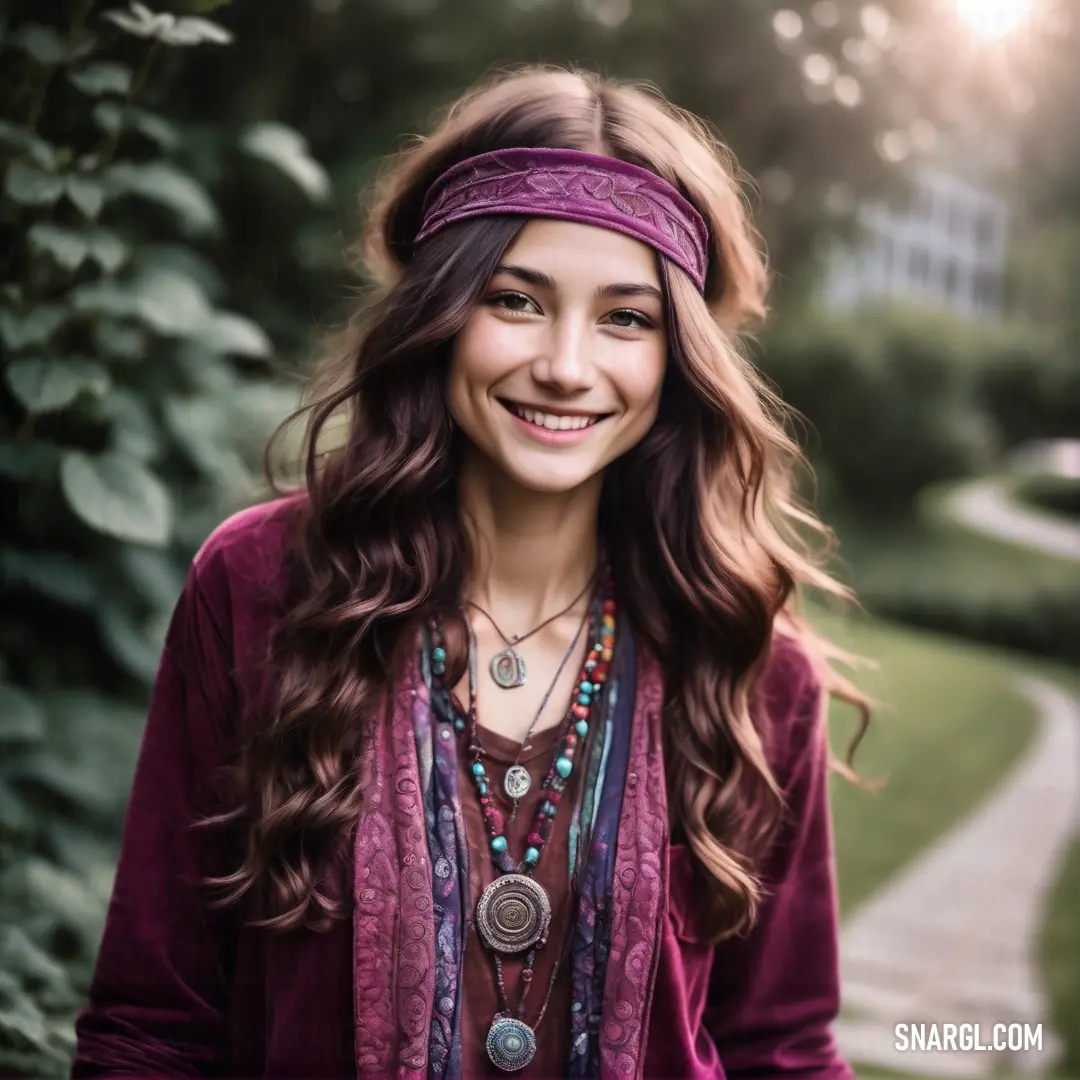
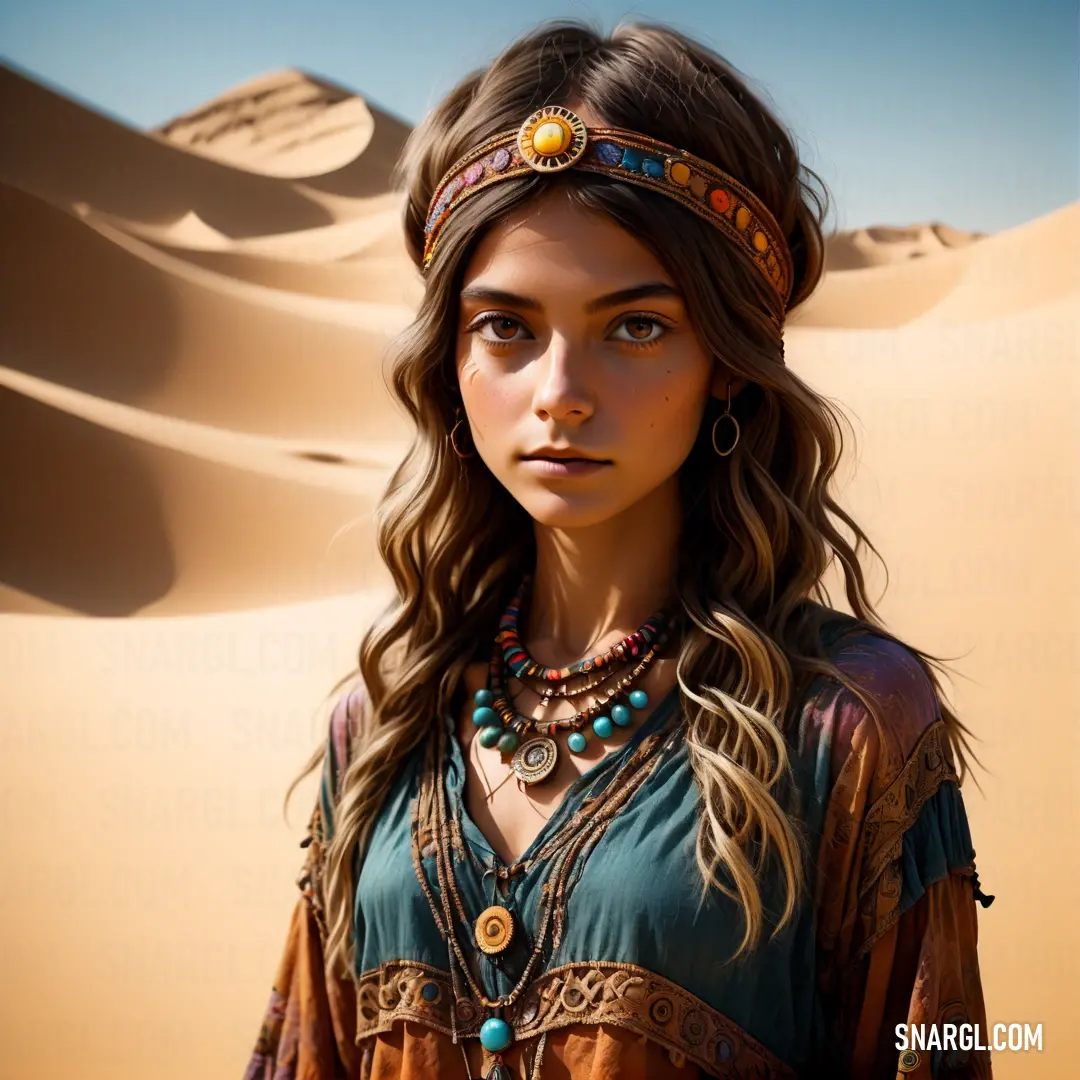

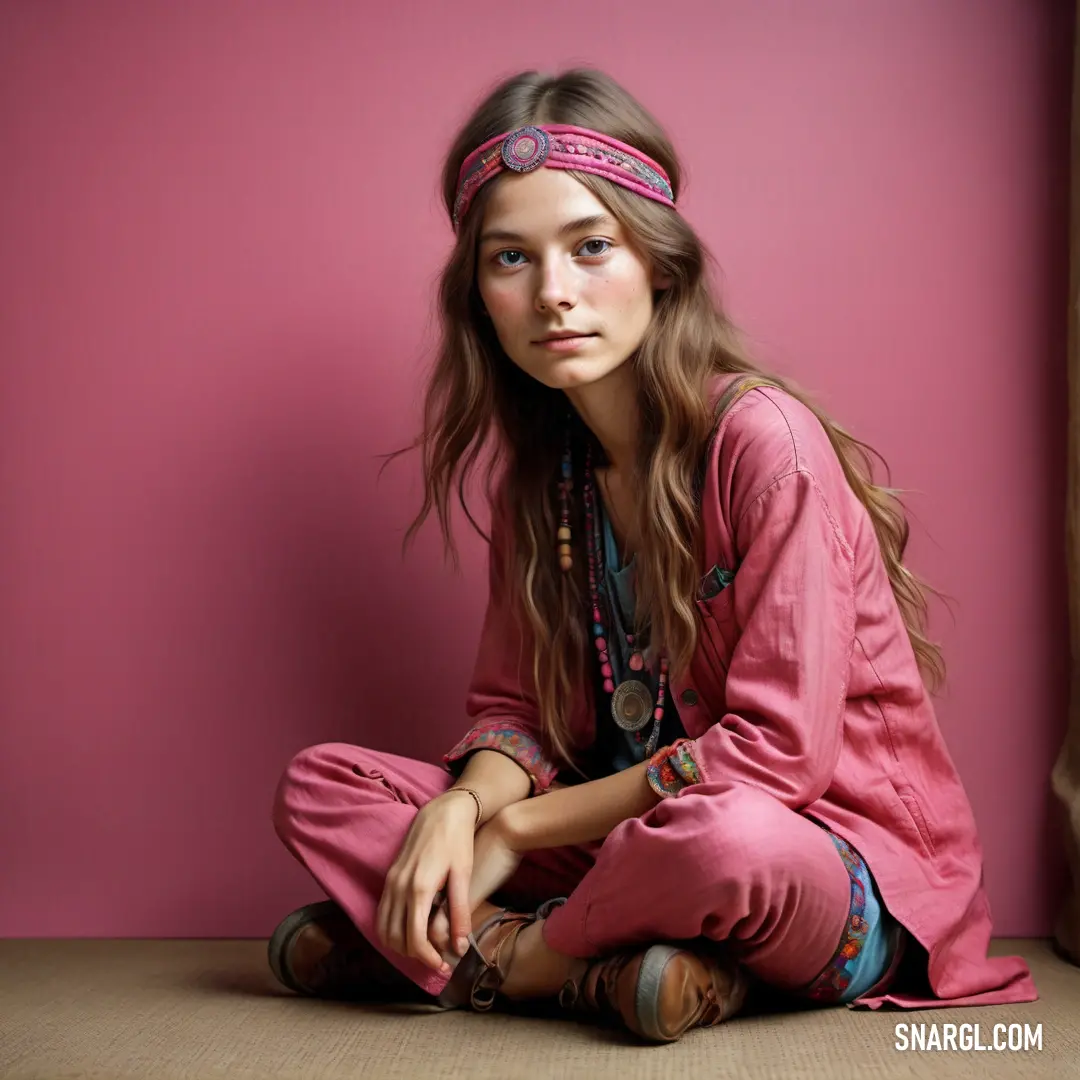
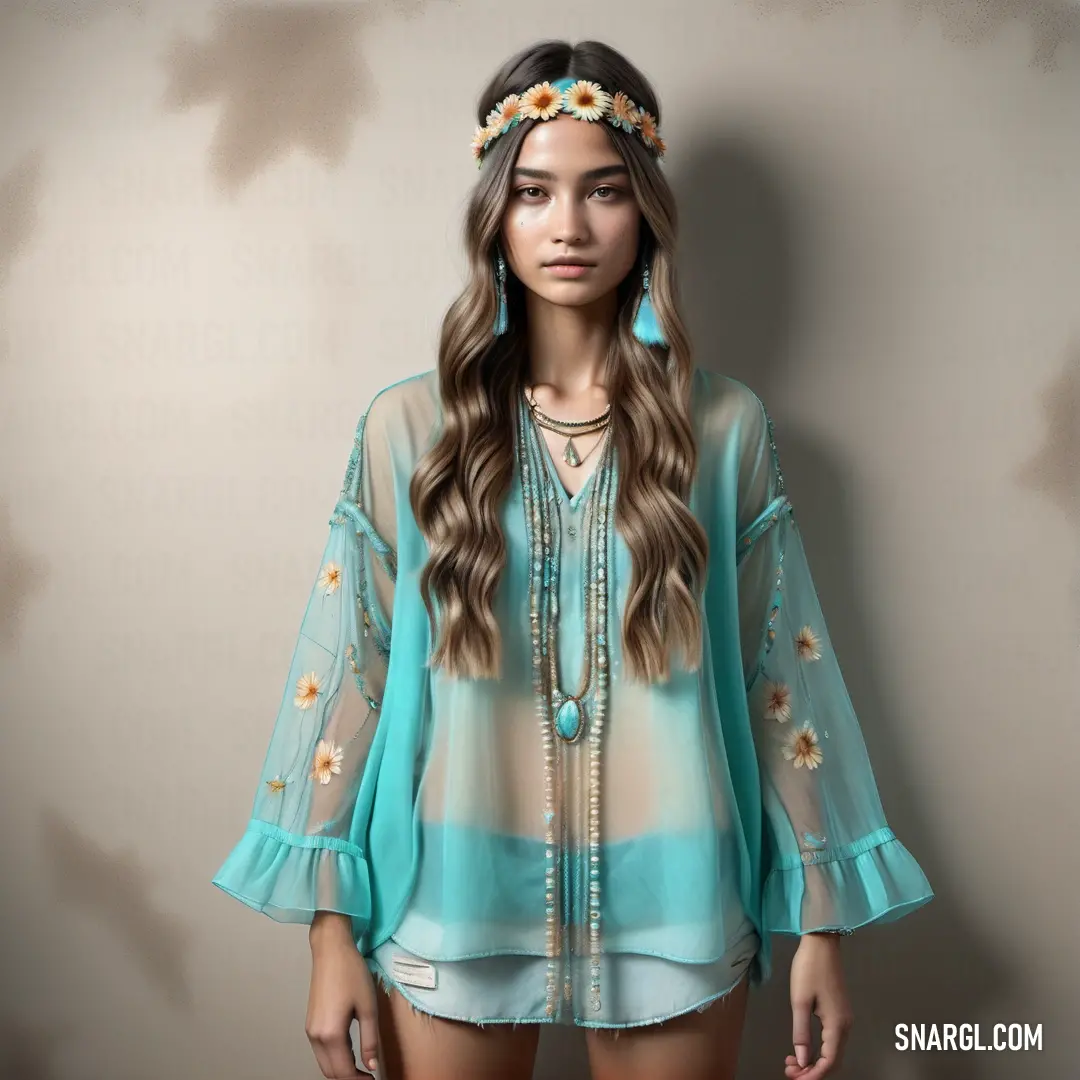
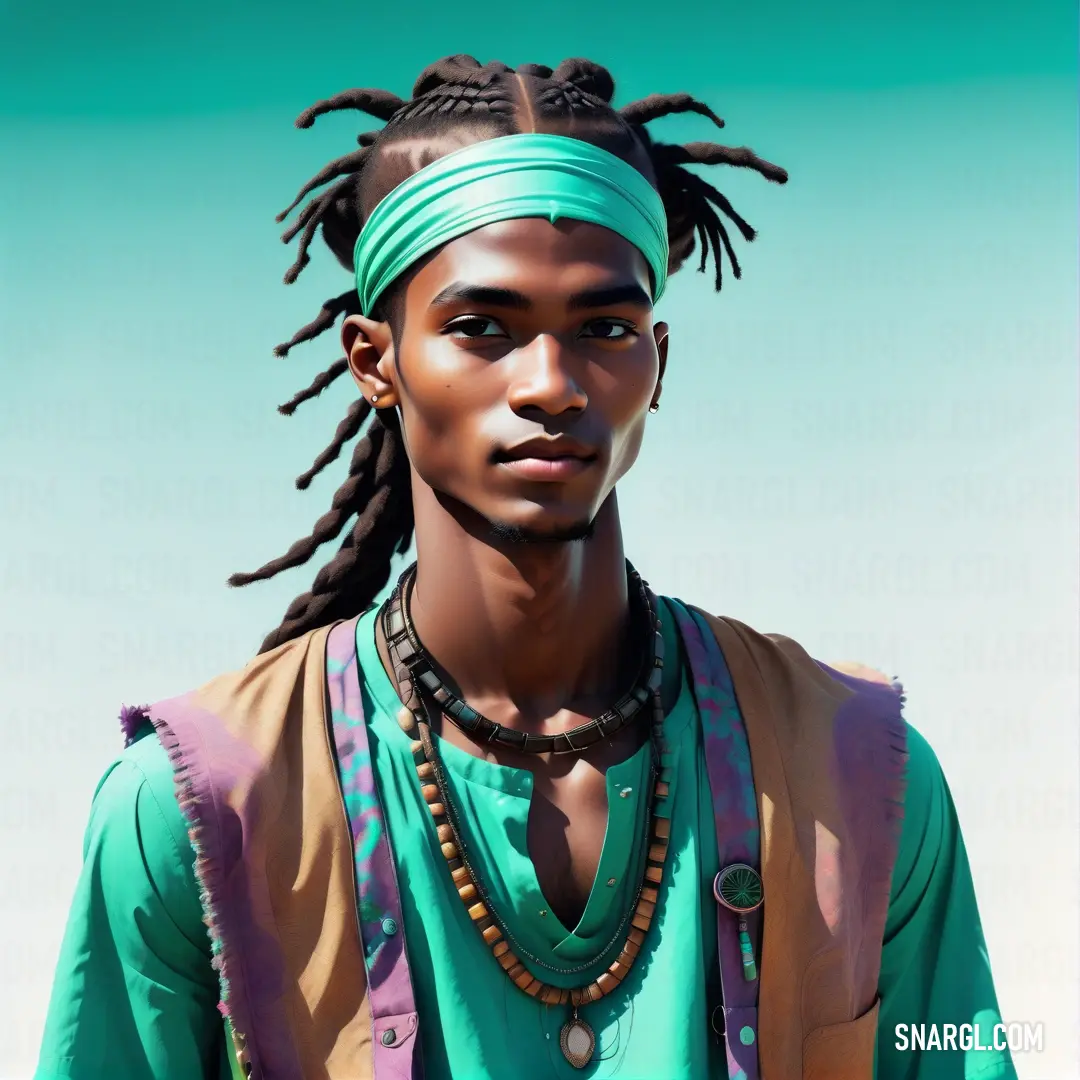
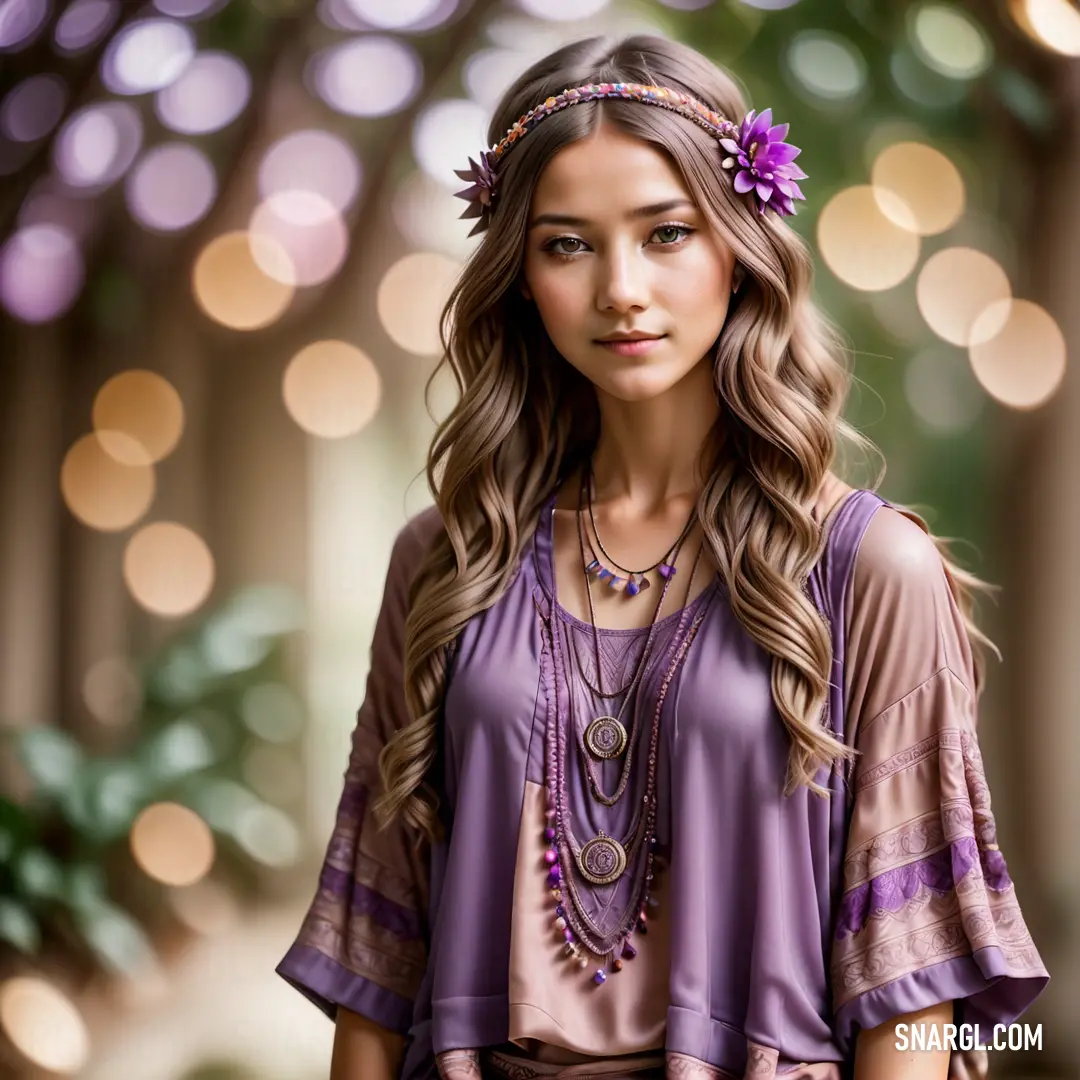
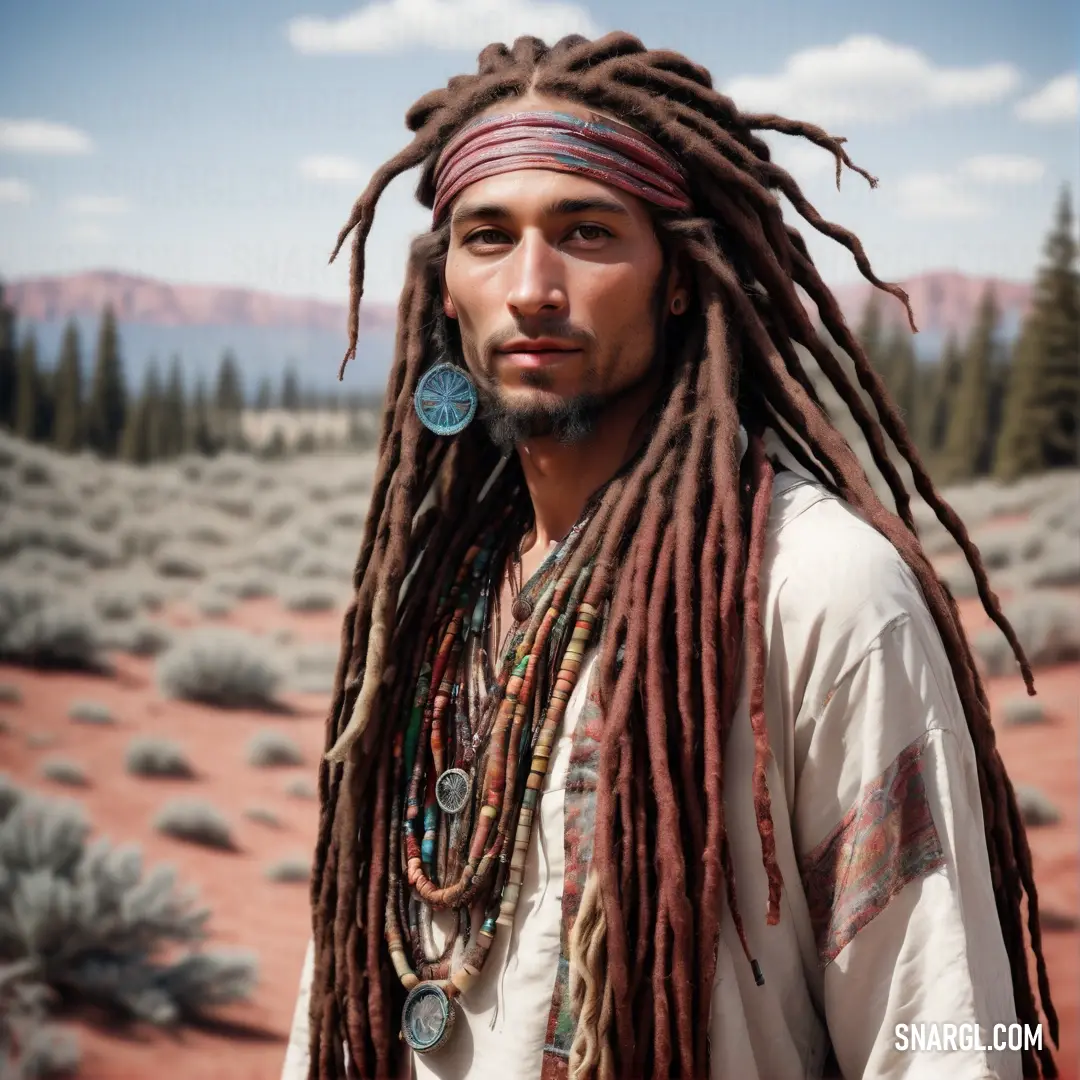
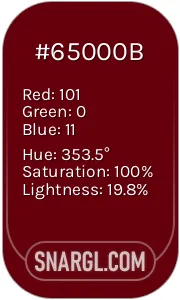 Rosewood
Rosewood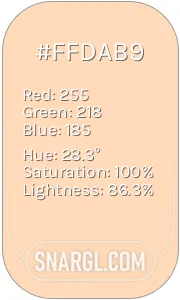 Peach puff
Peach puff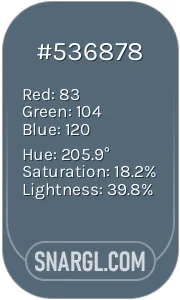 Dark electric blue
Dark electric blue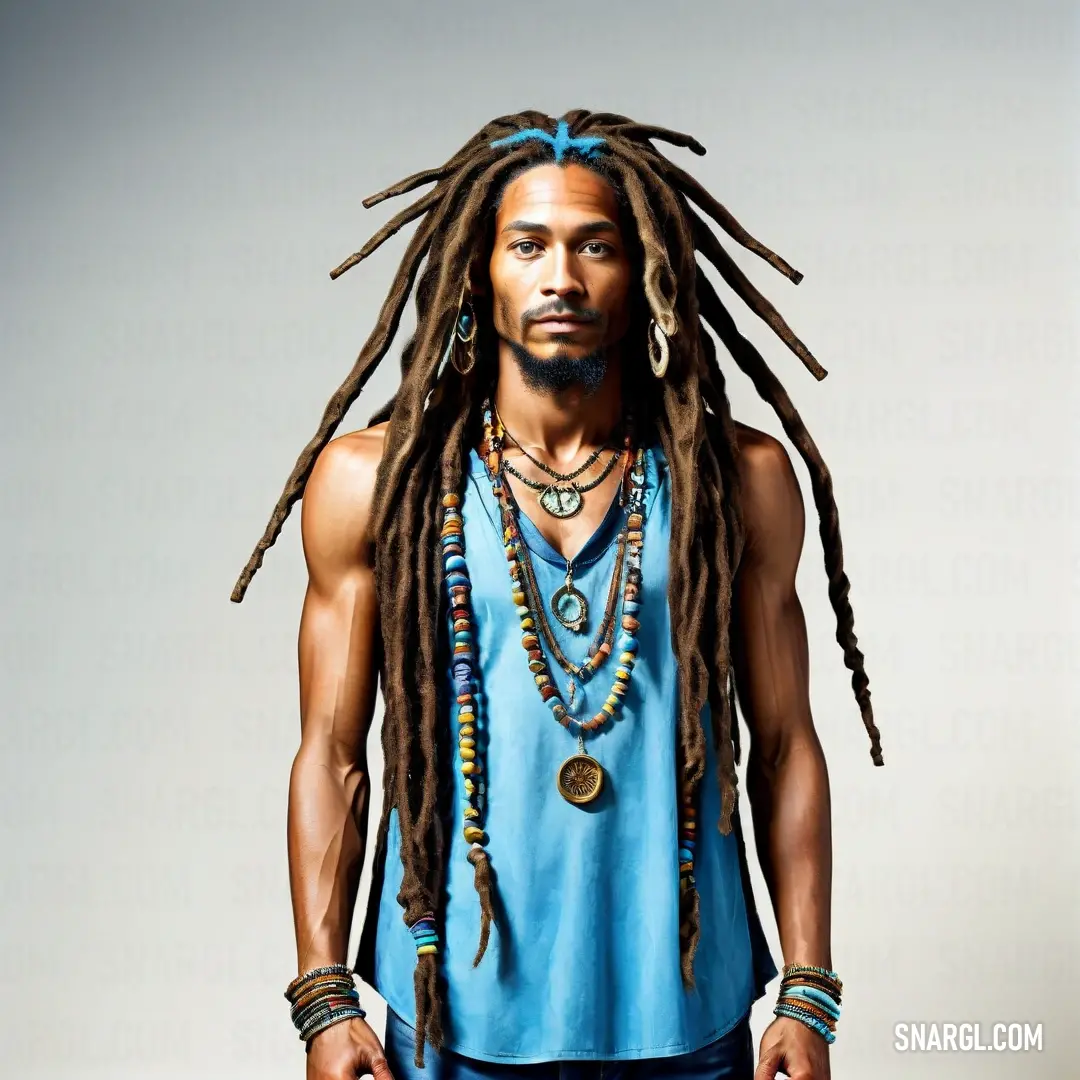
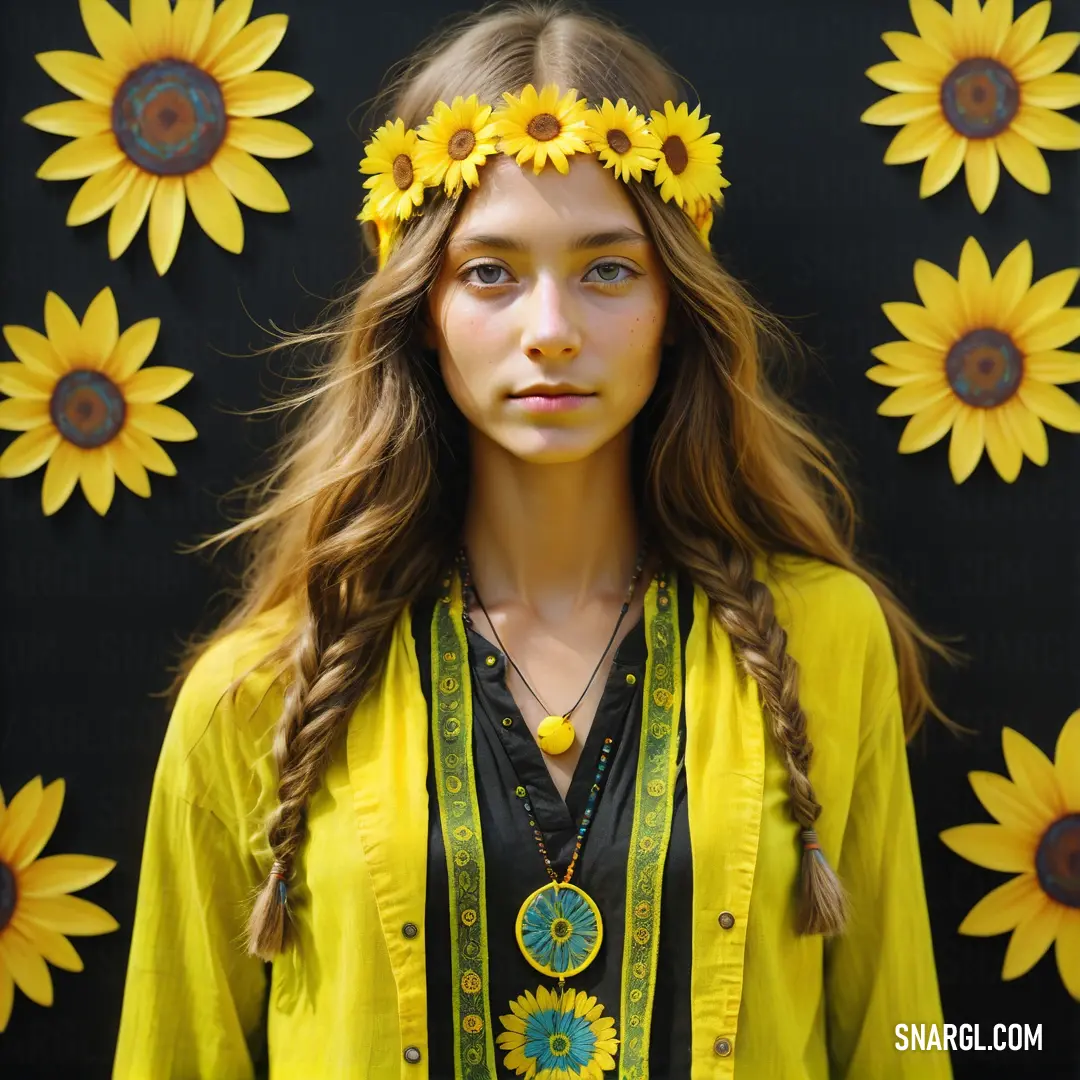
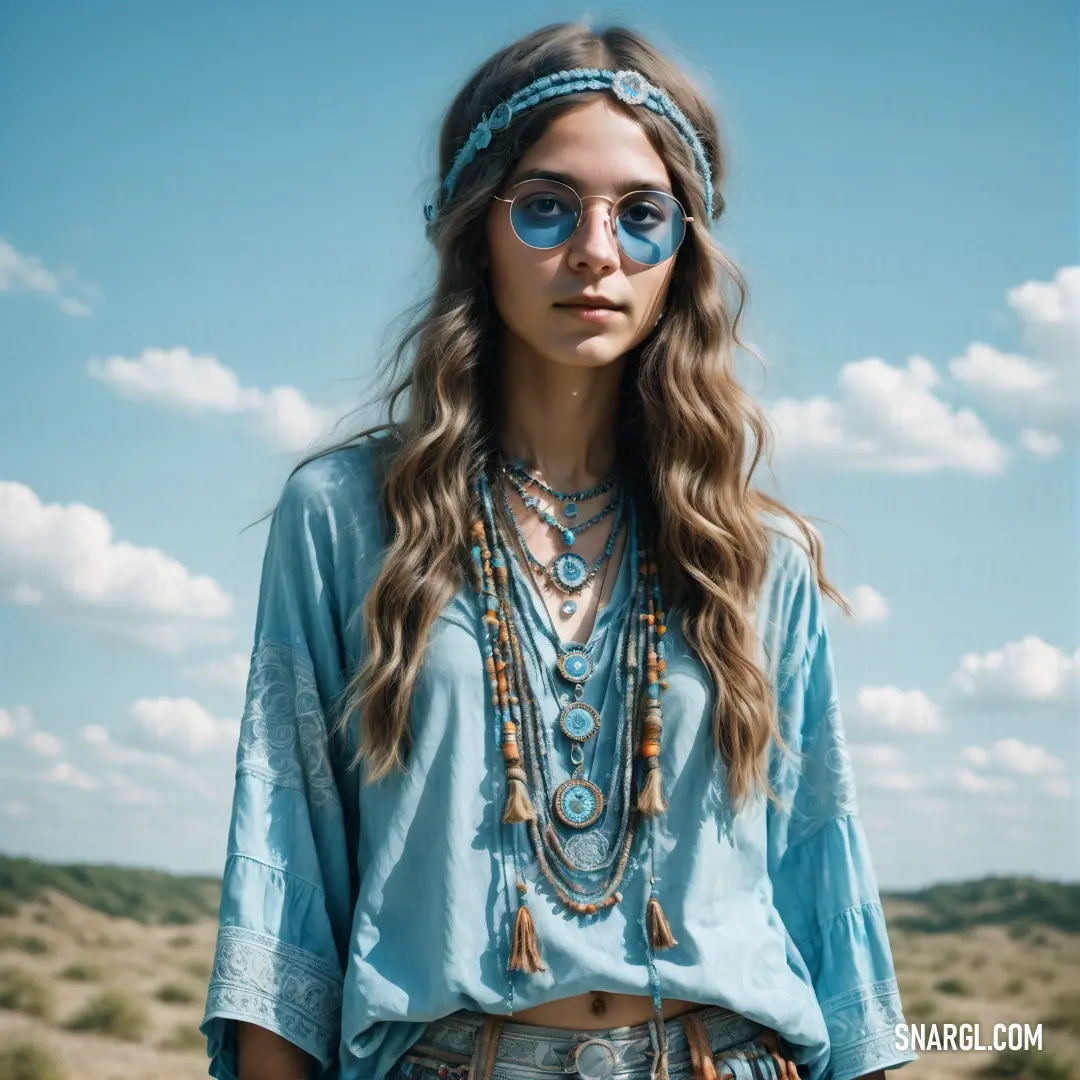
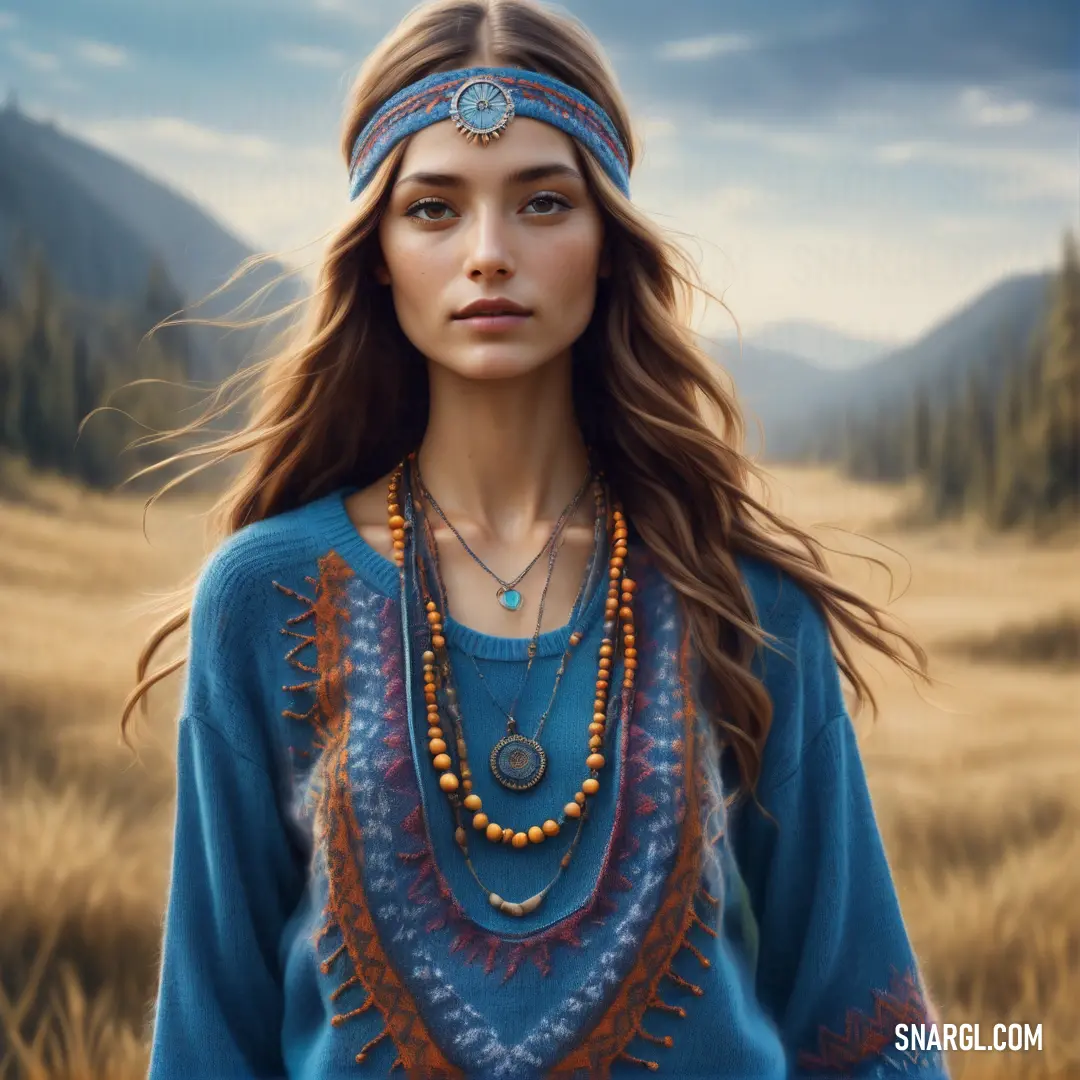
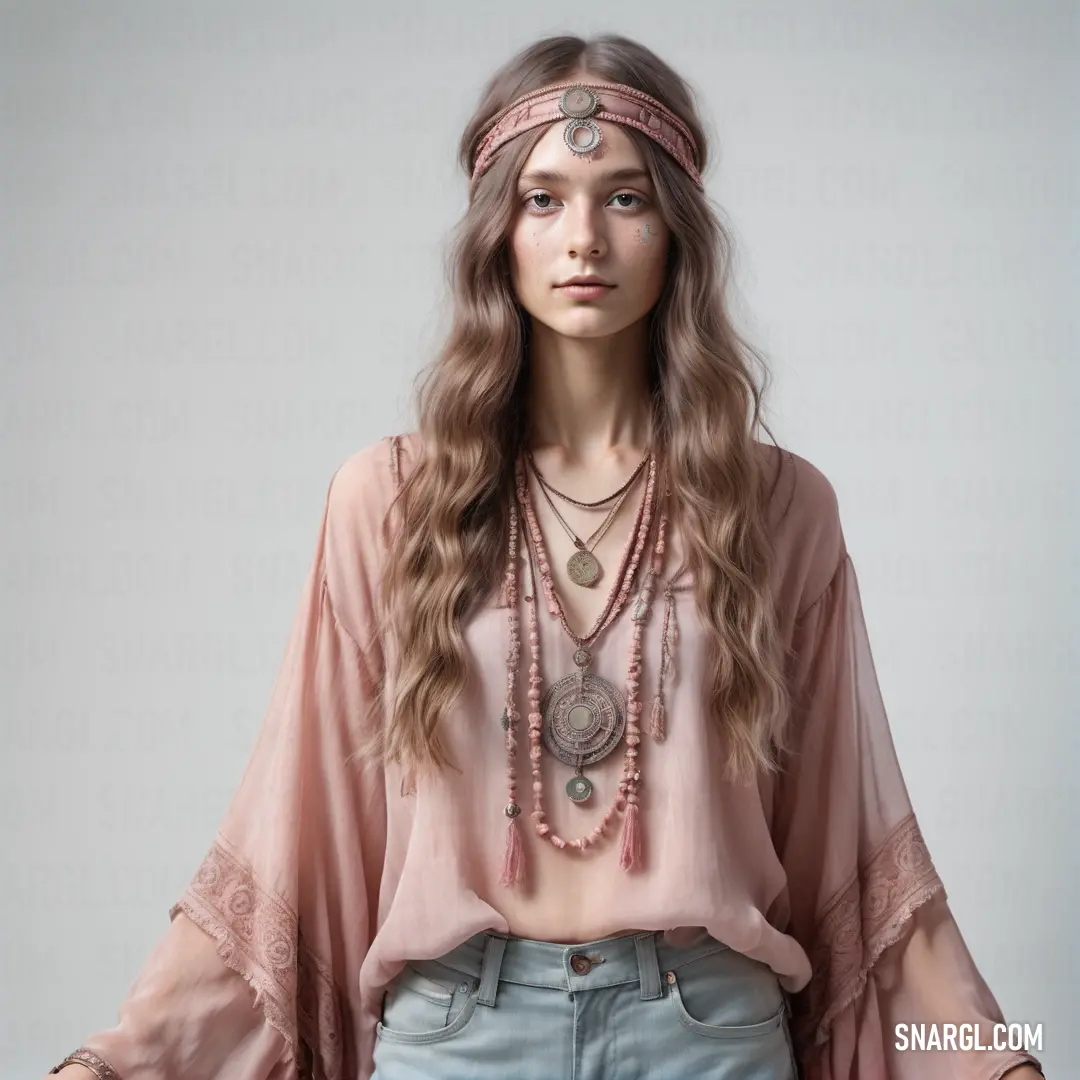
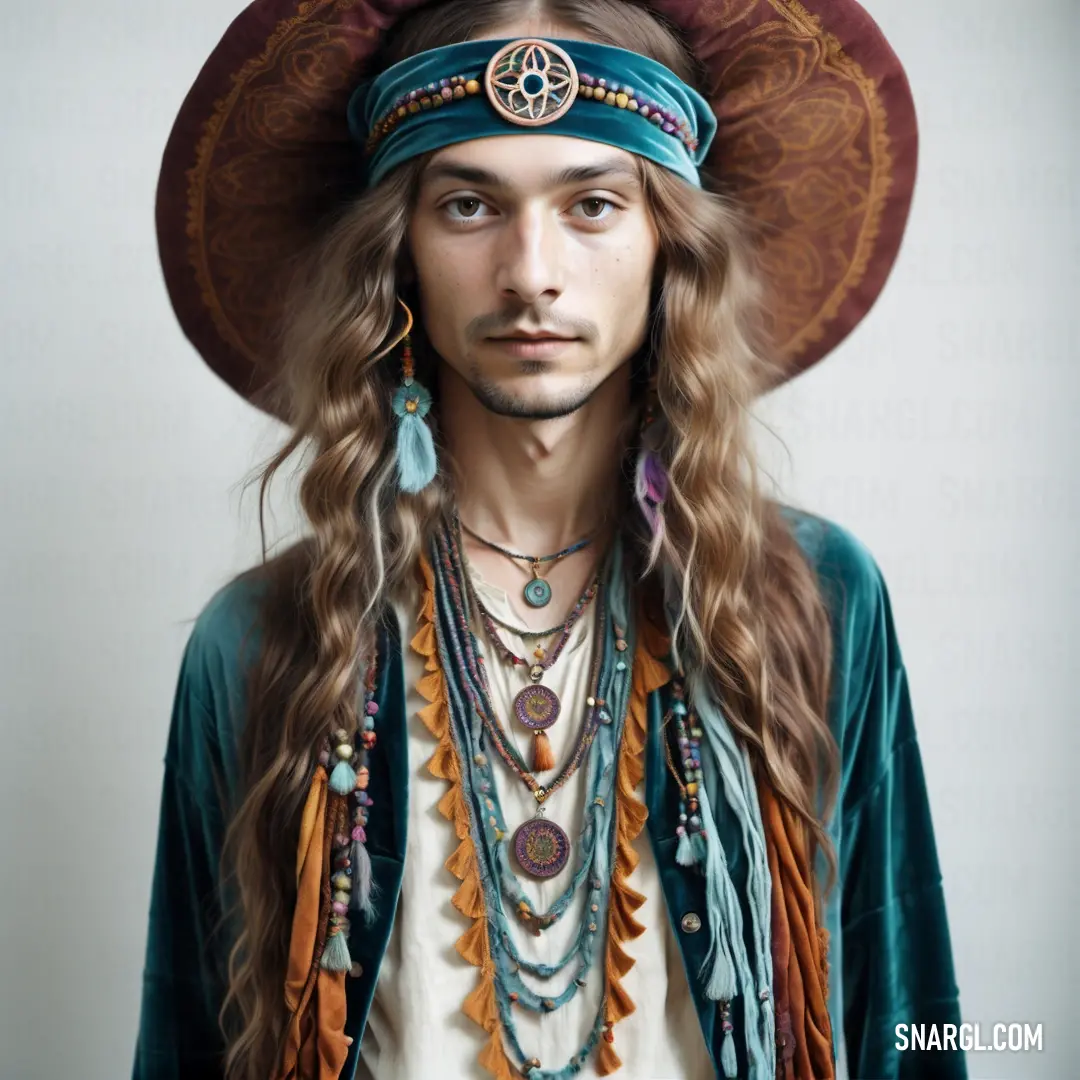
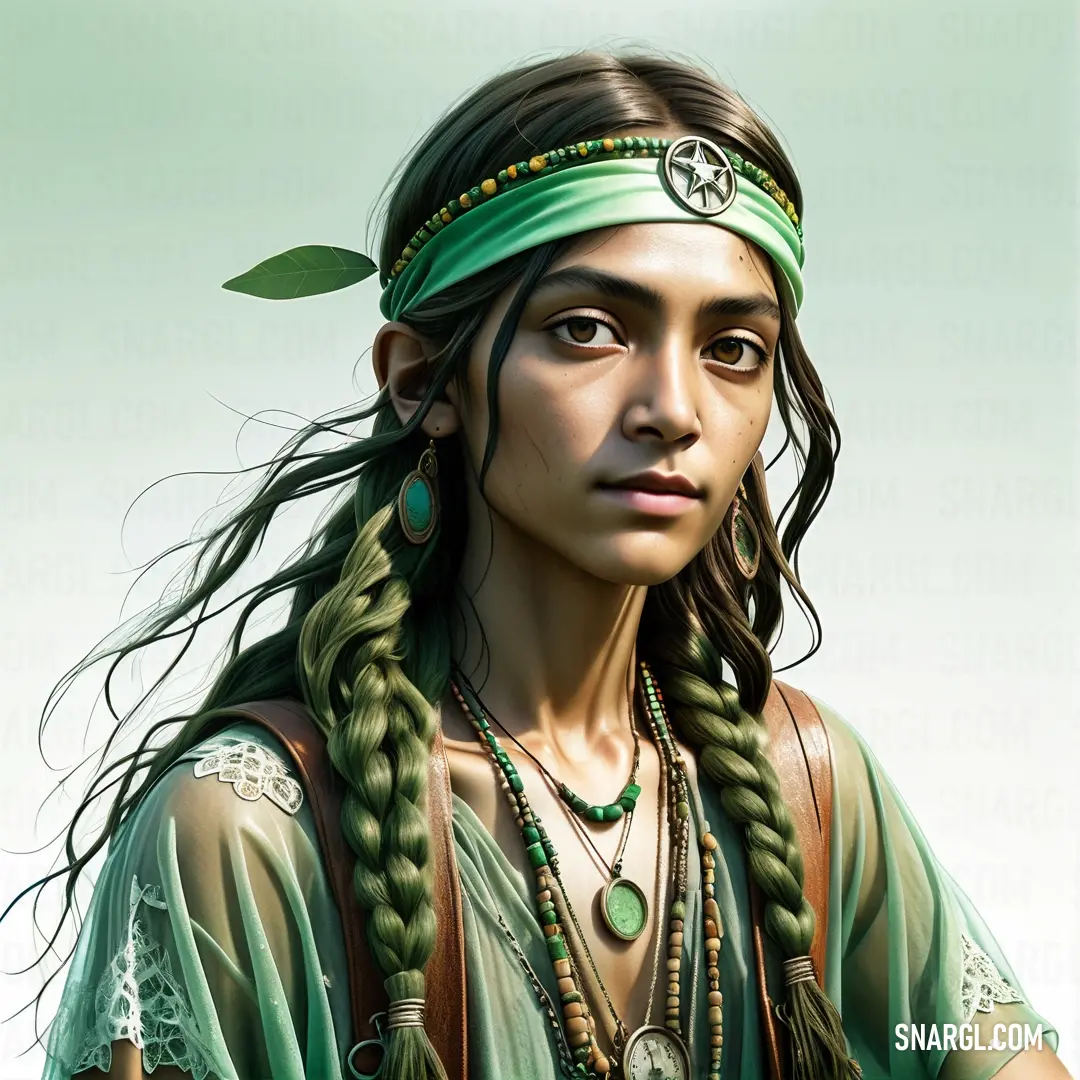
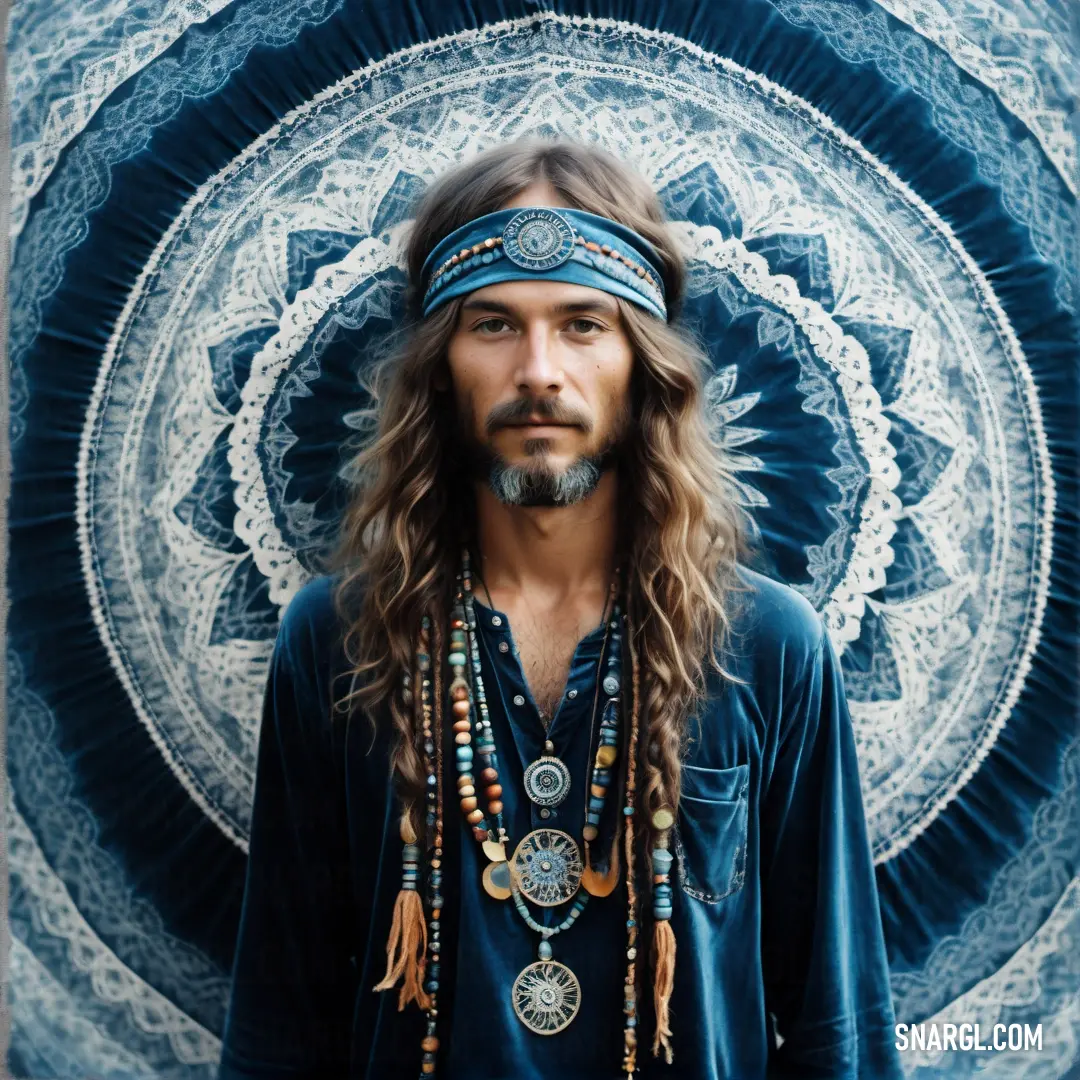
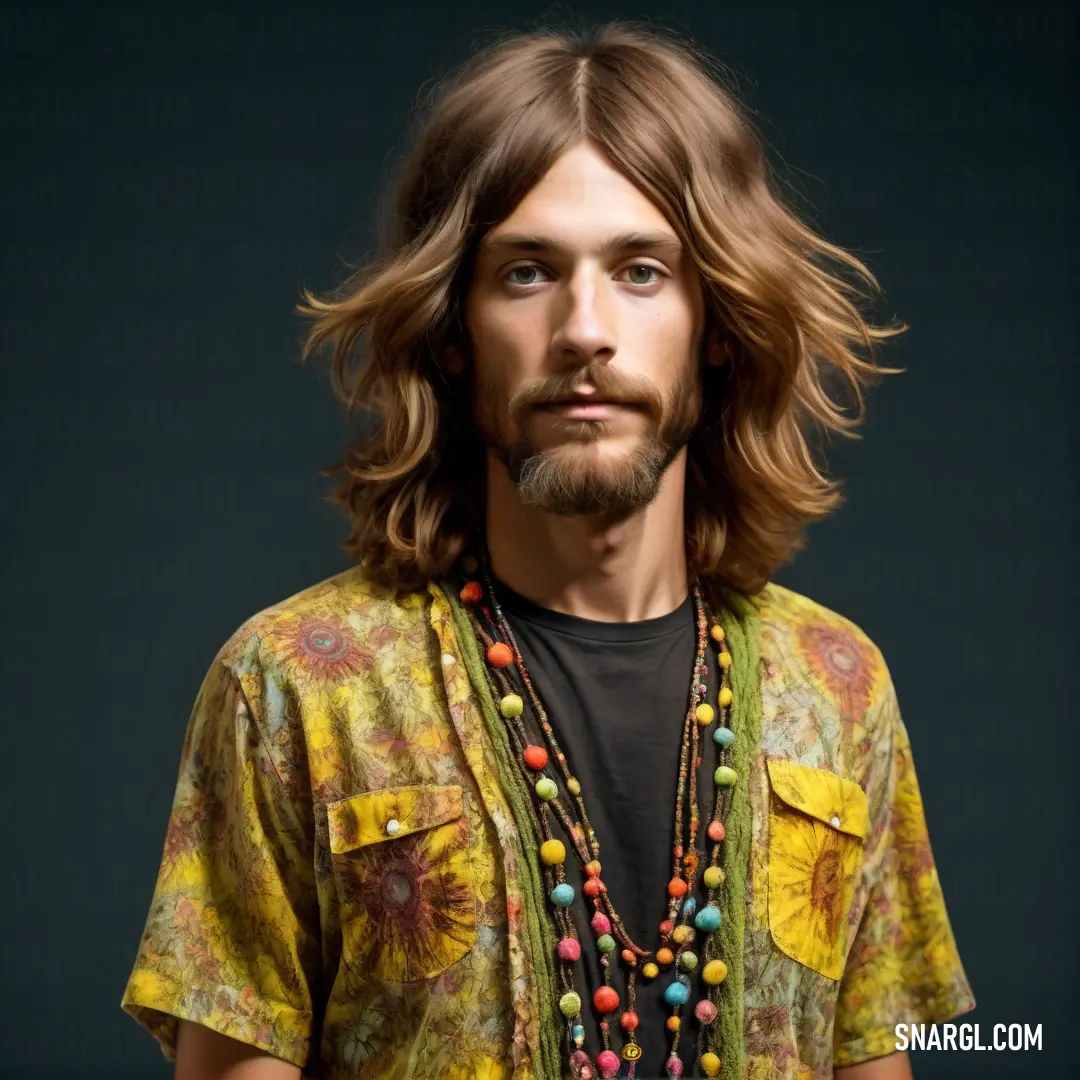
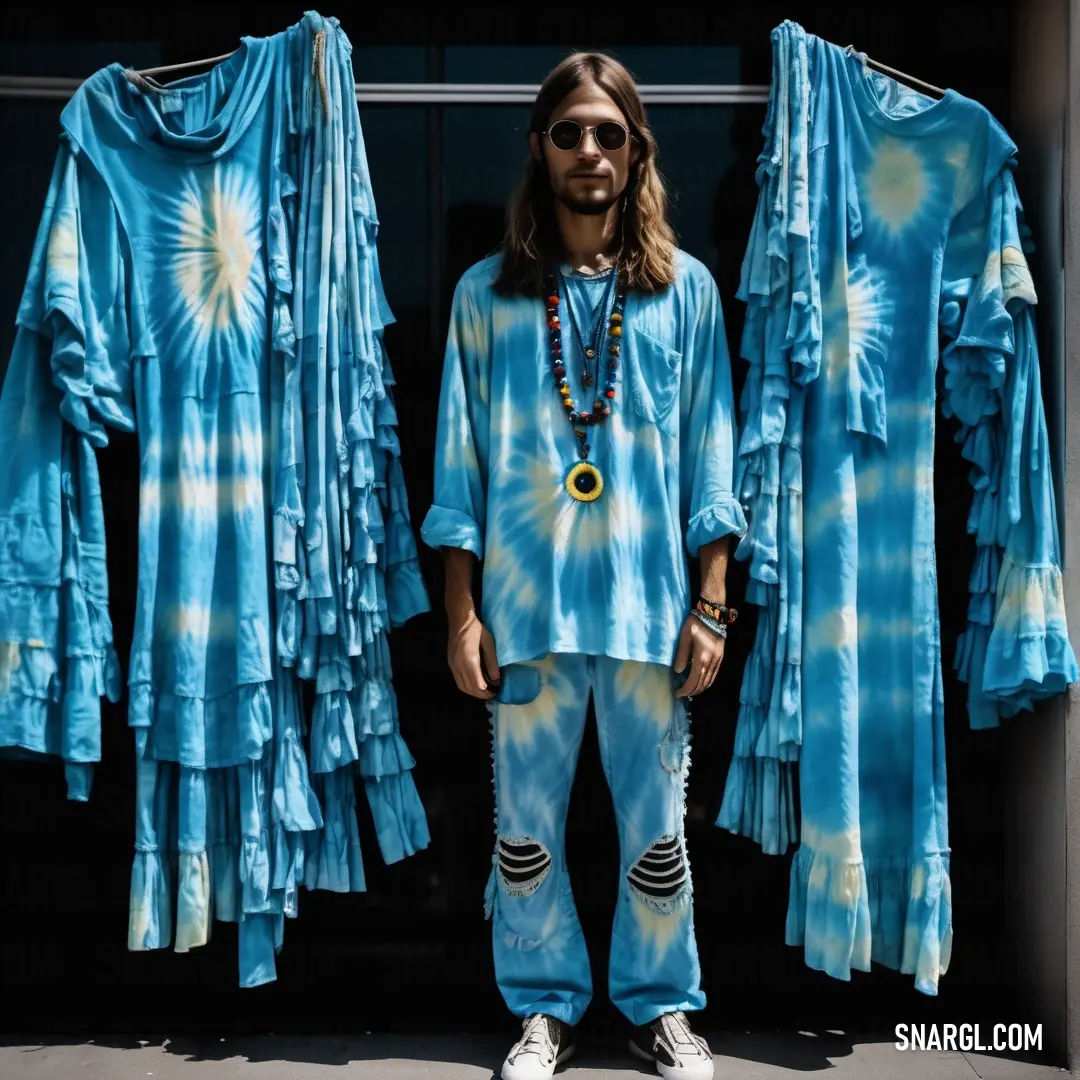
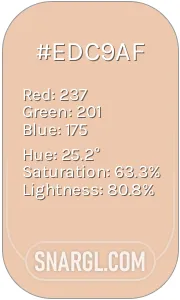 Desert sand
Desert sand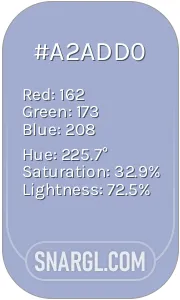 Wild blue yonder
Wild blue yonder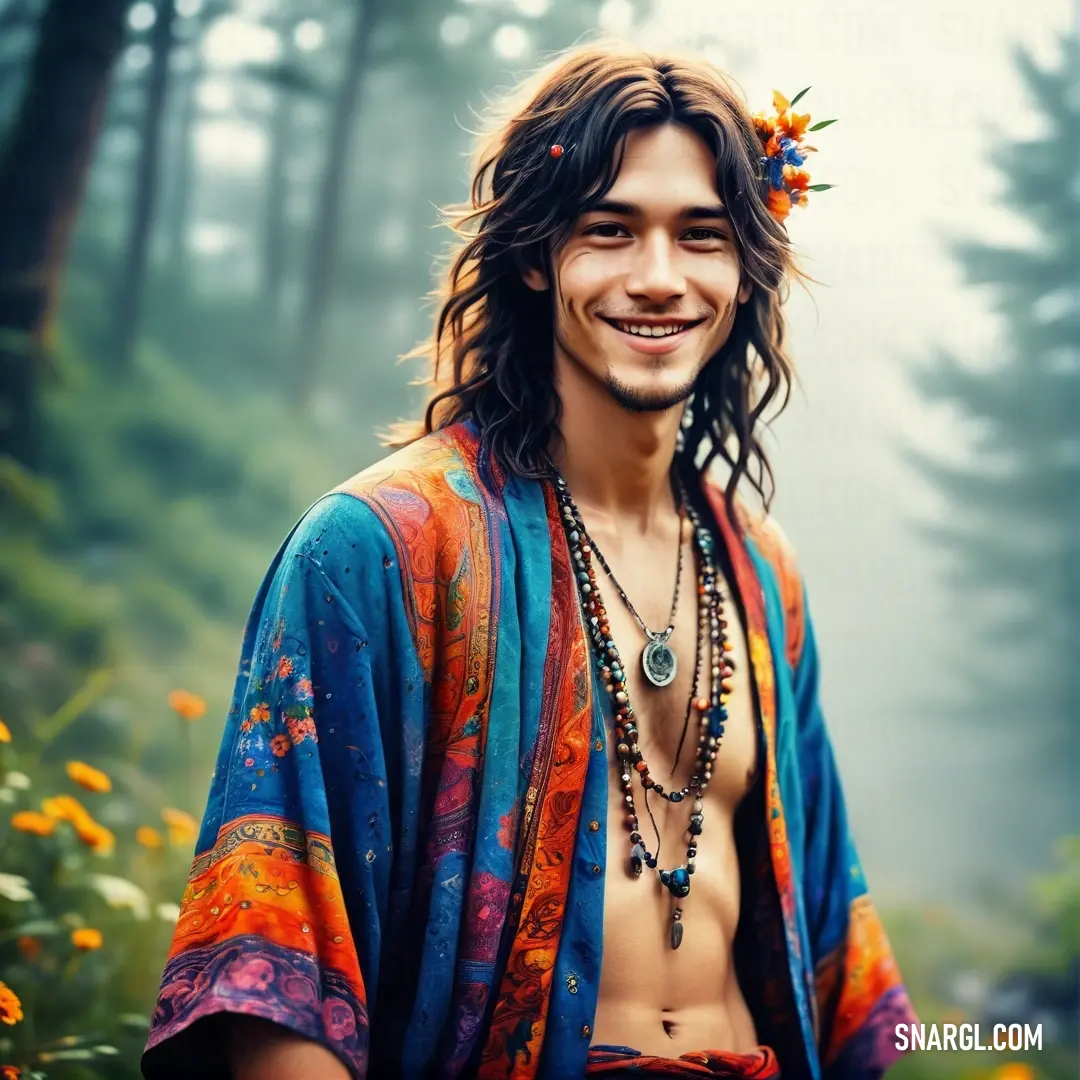
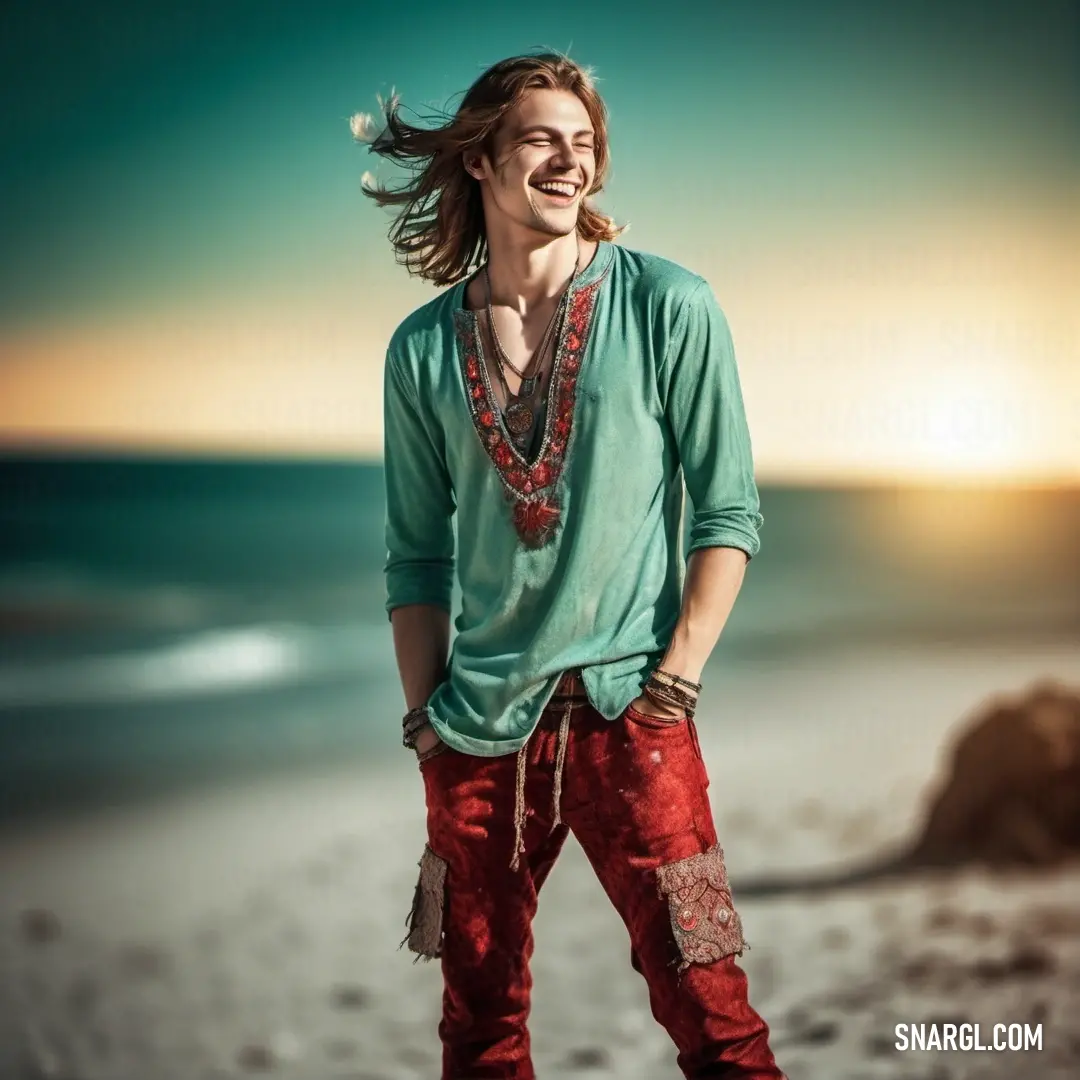
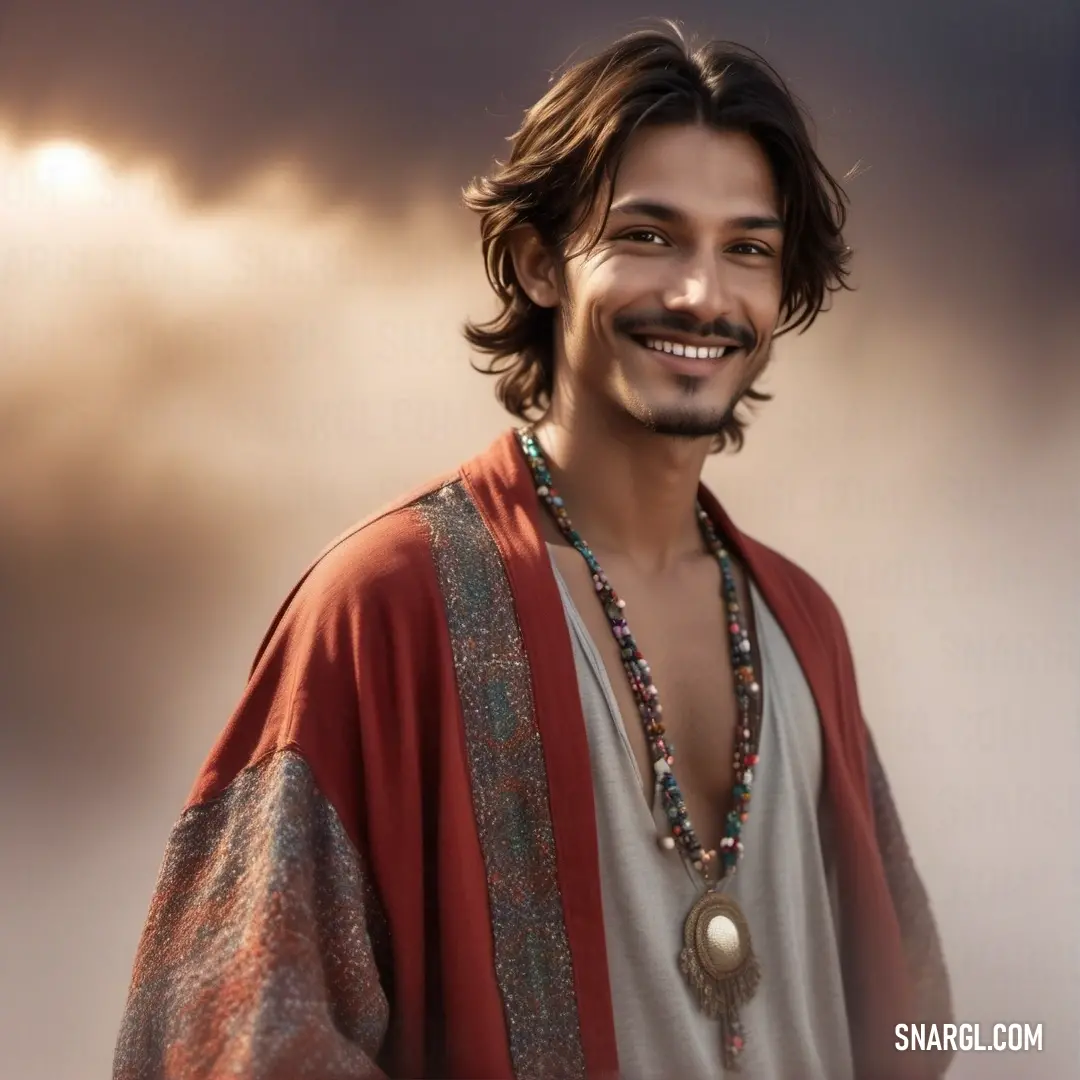
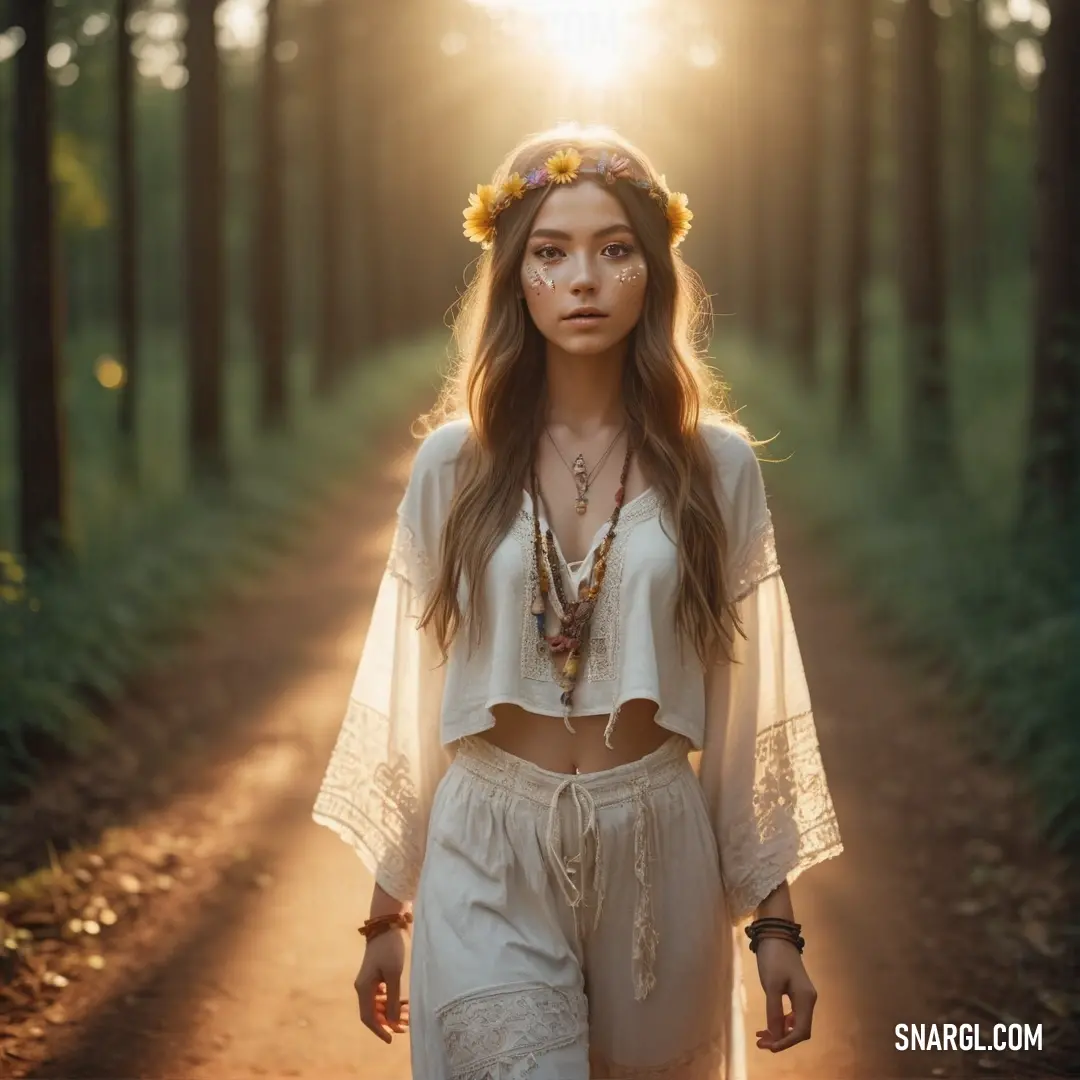
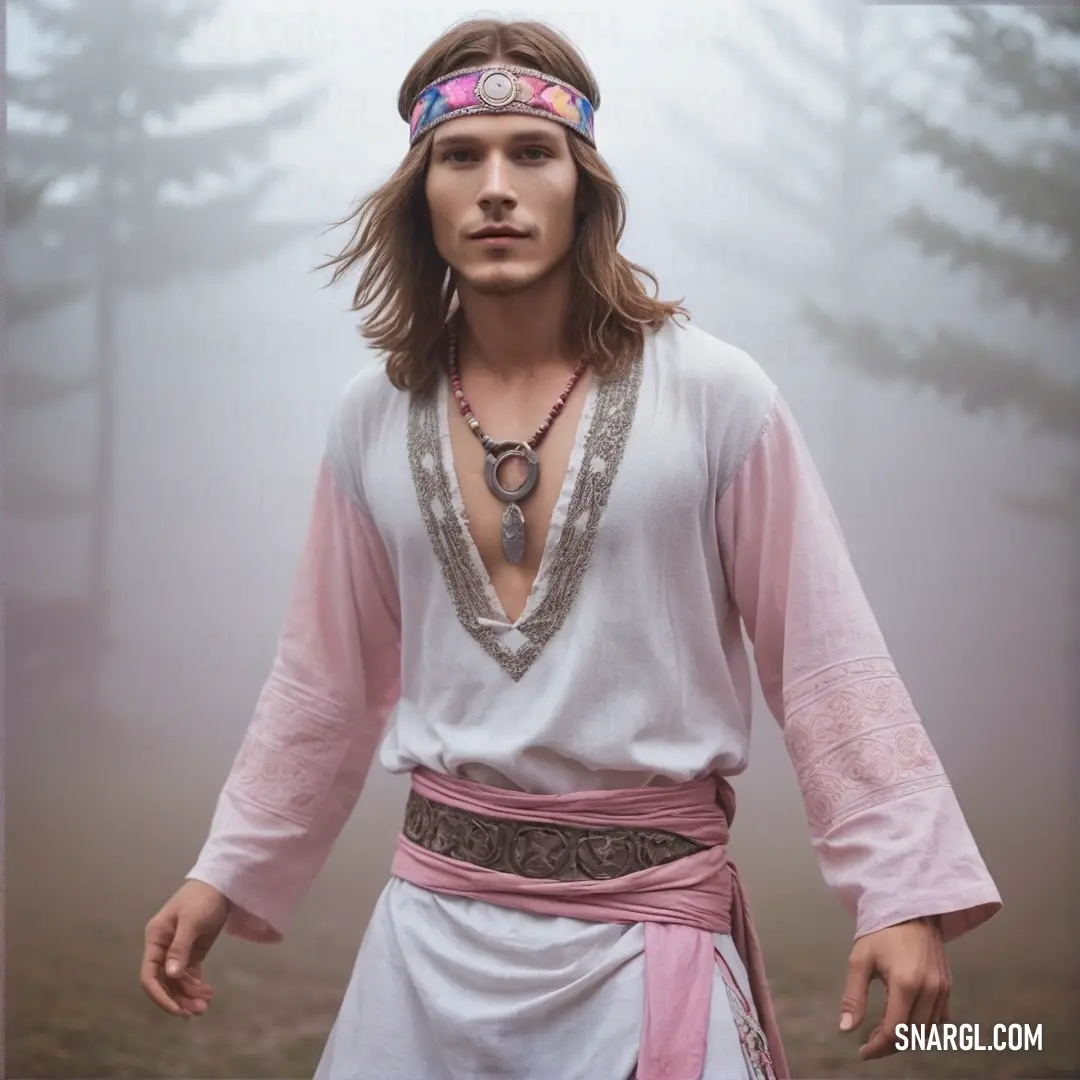
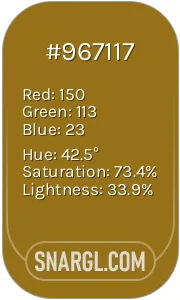 Drab
Drab Dark turquoise
Dark turquoise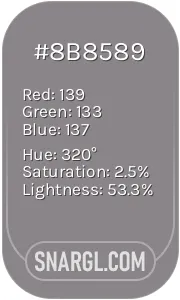 Taupe gray
Taupe gray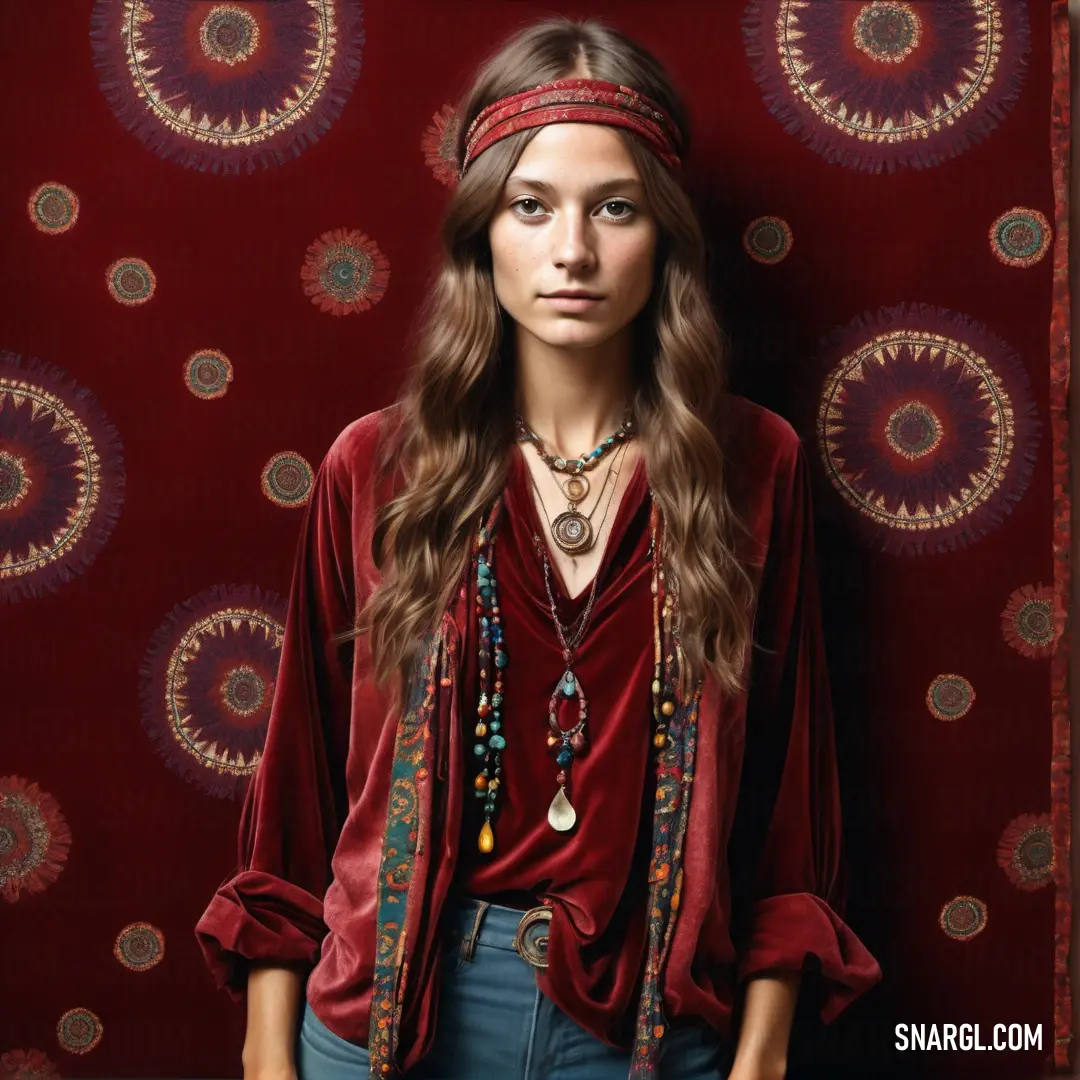
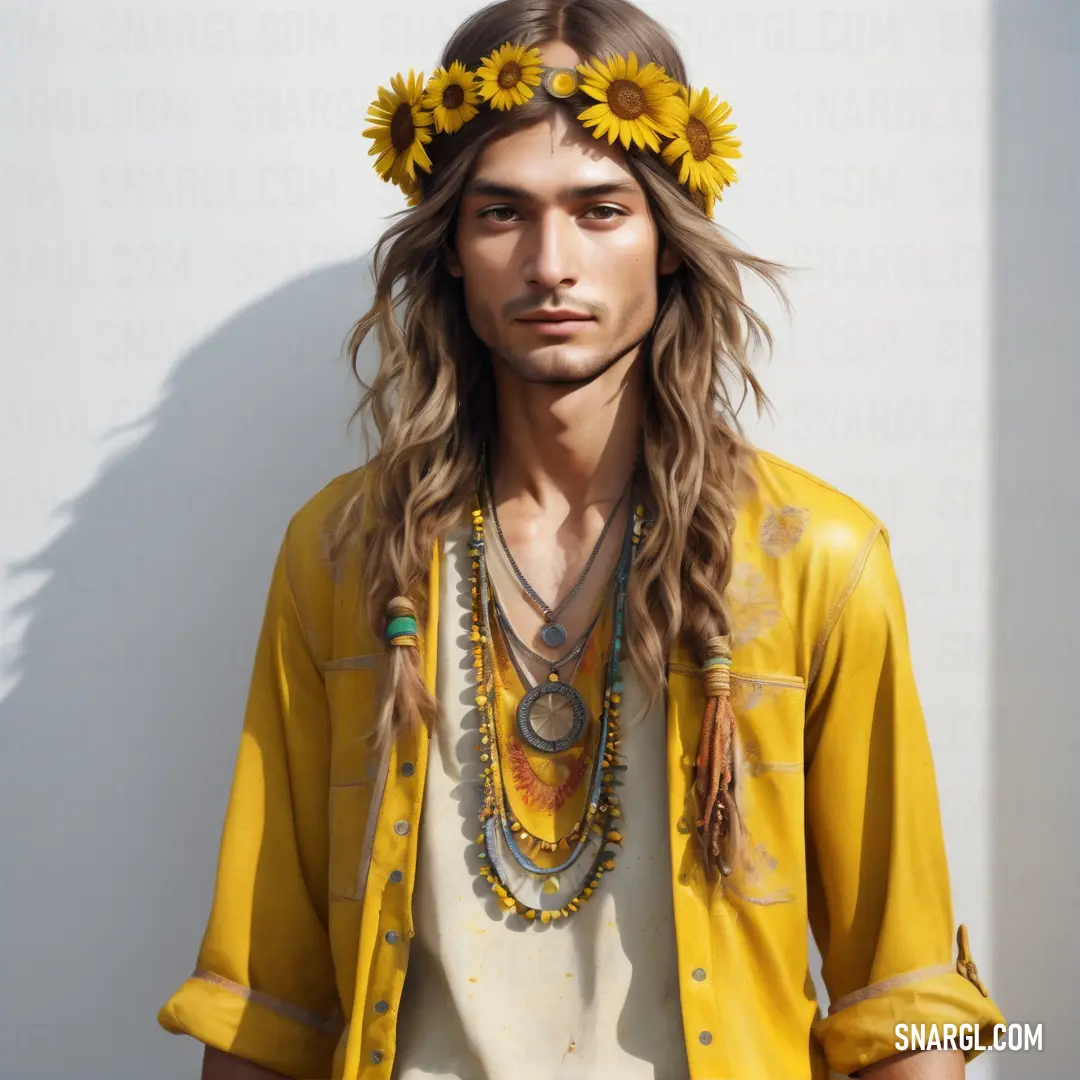
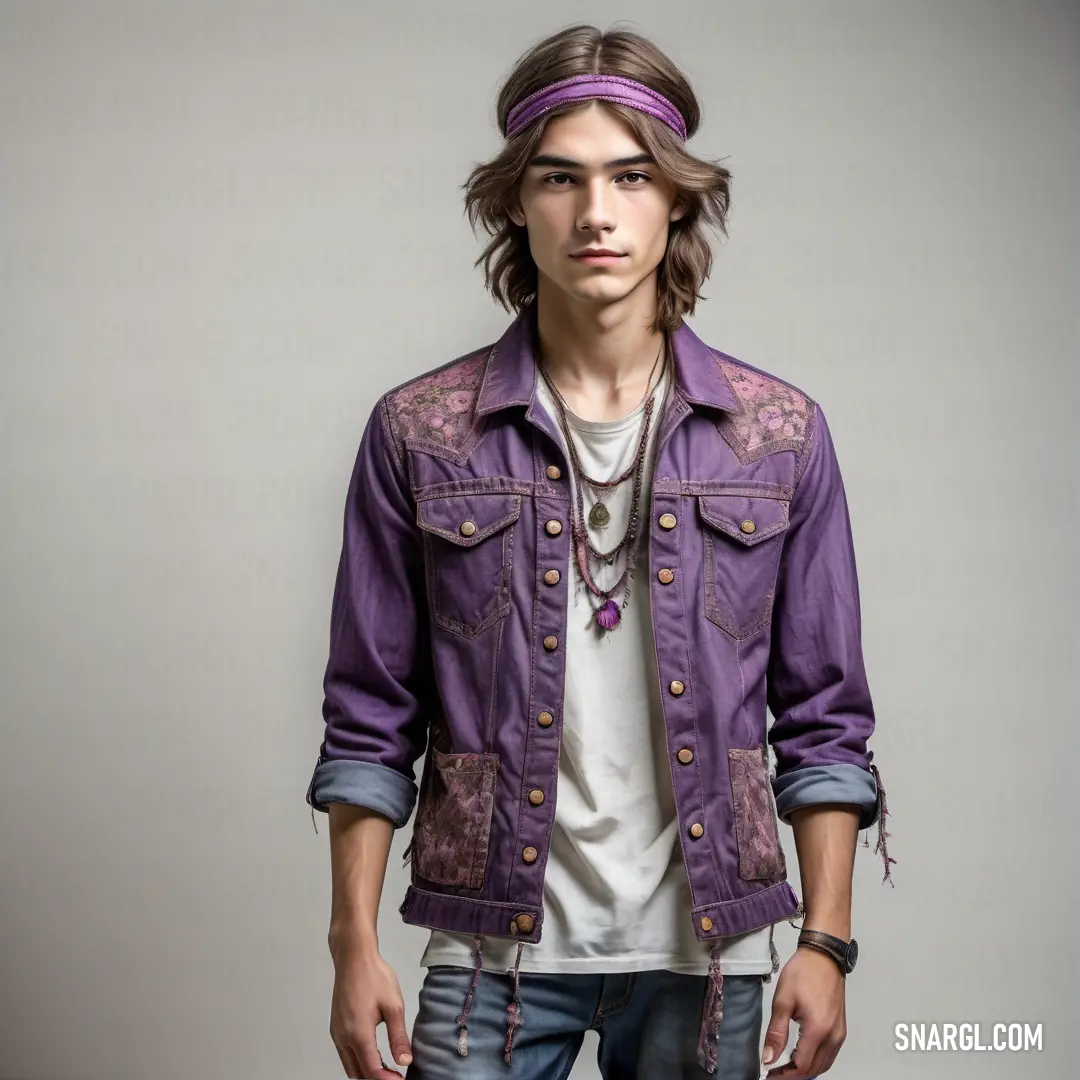
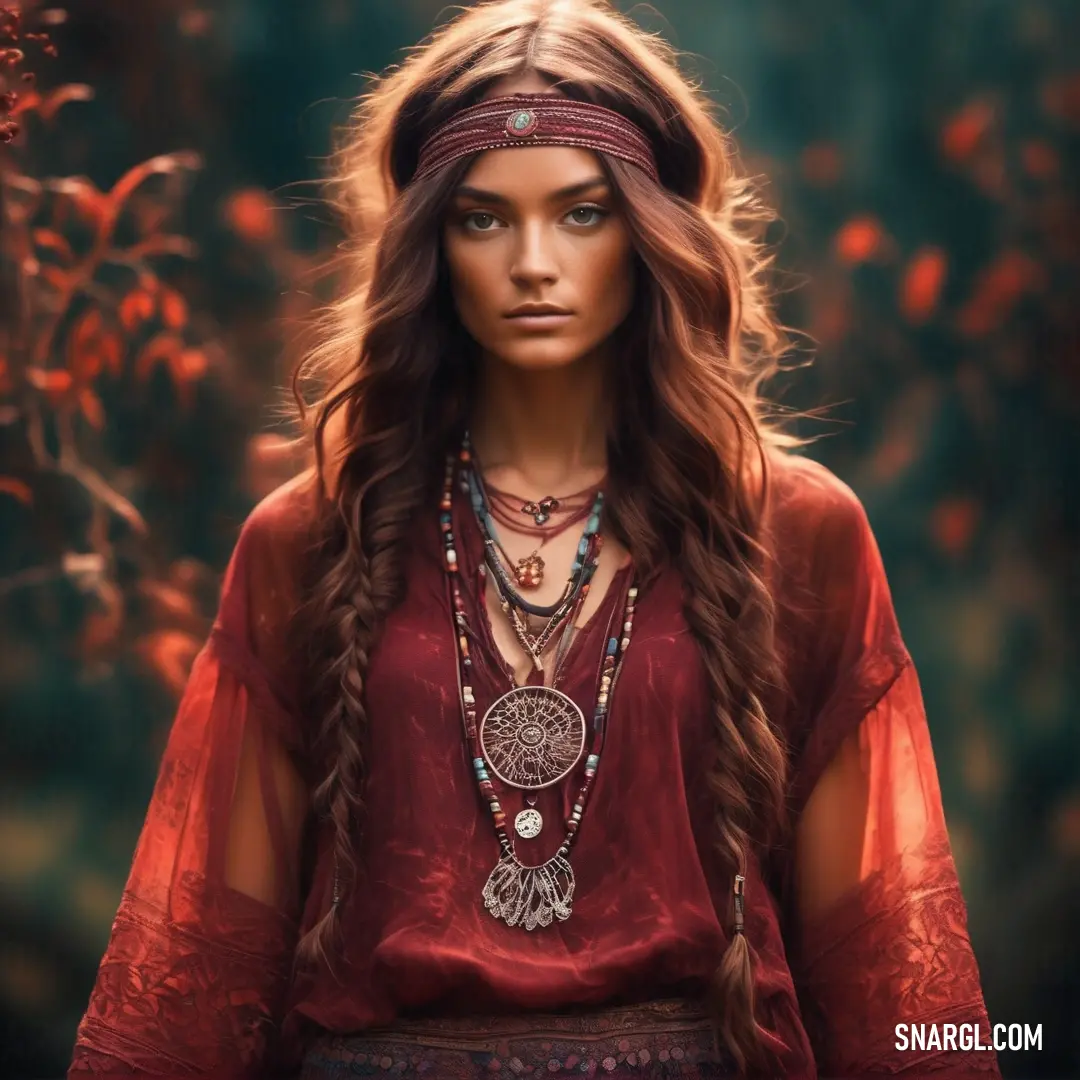
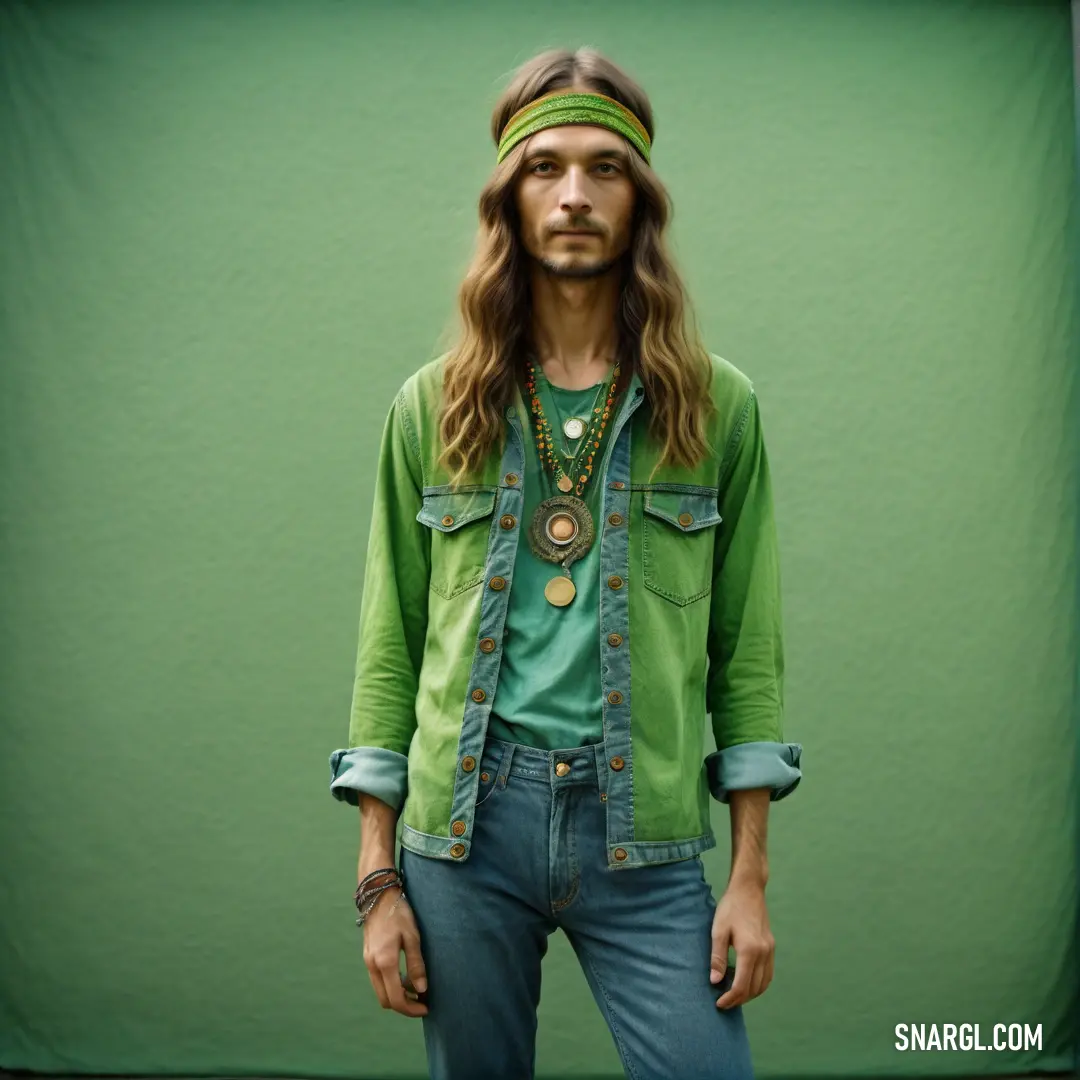
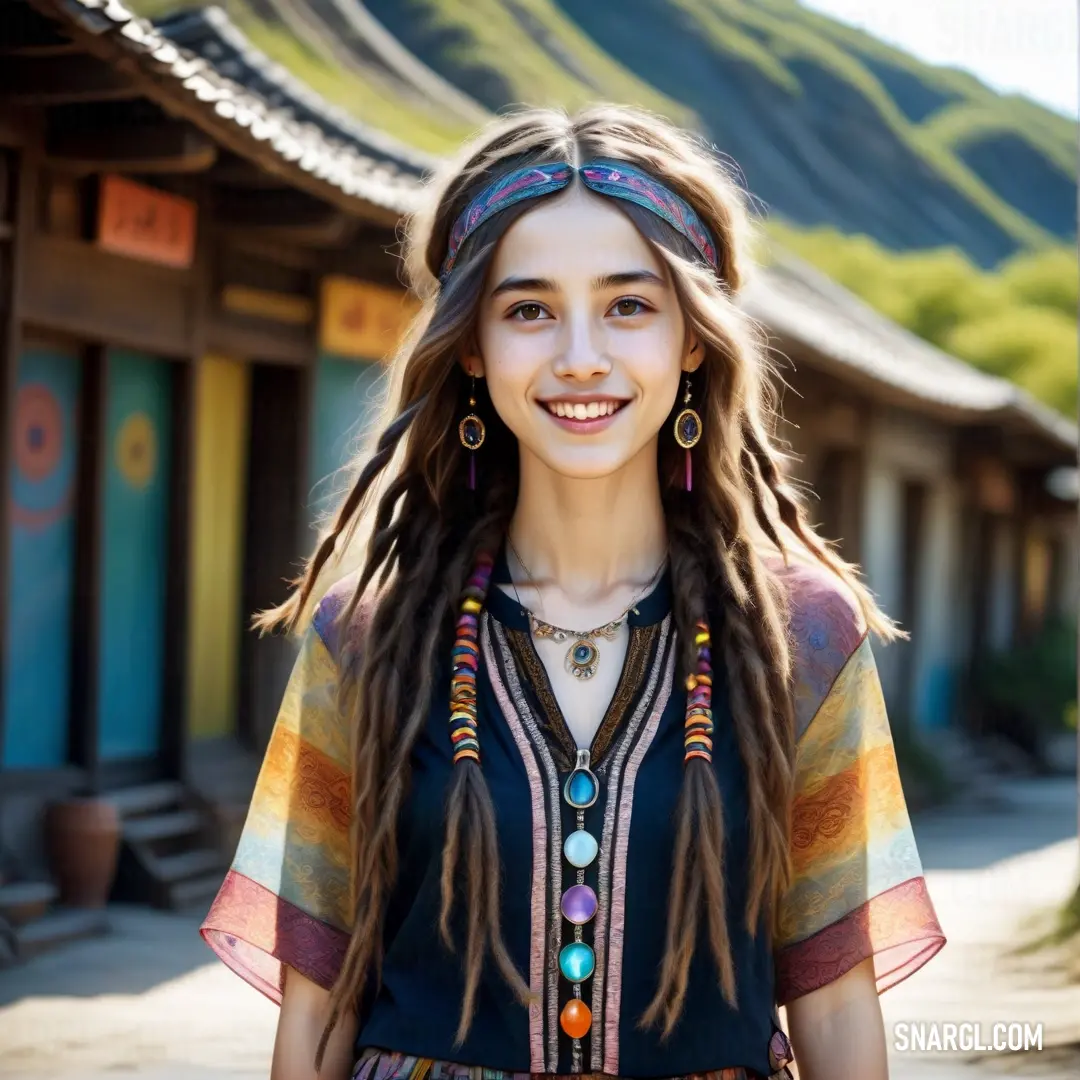
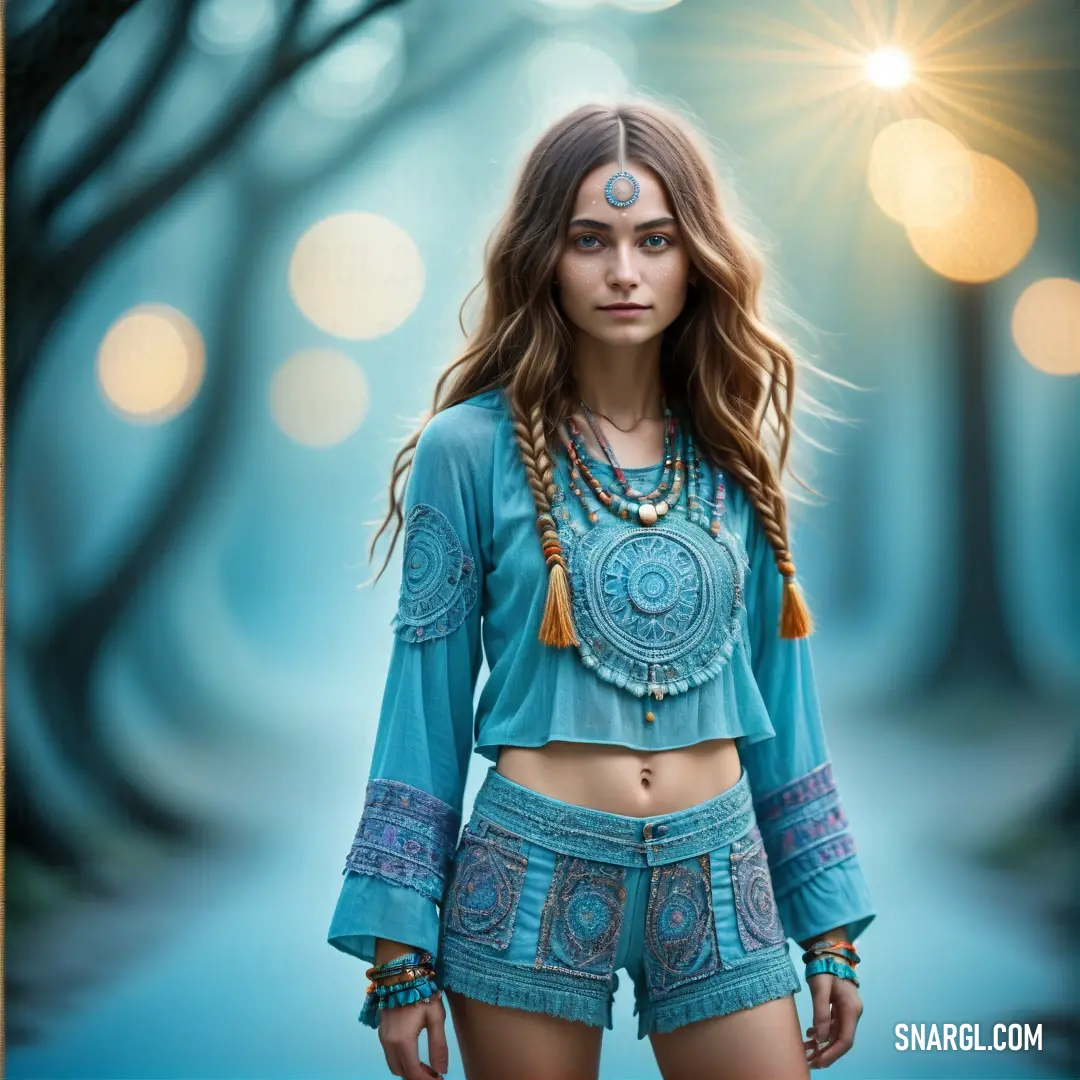
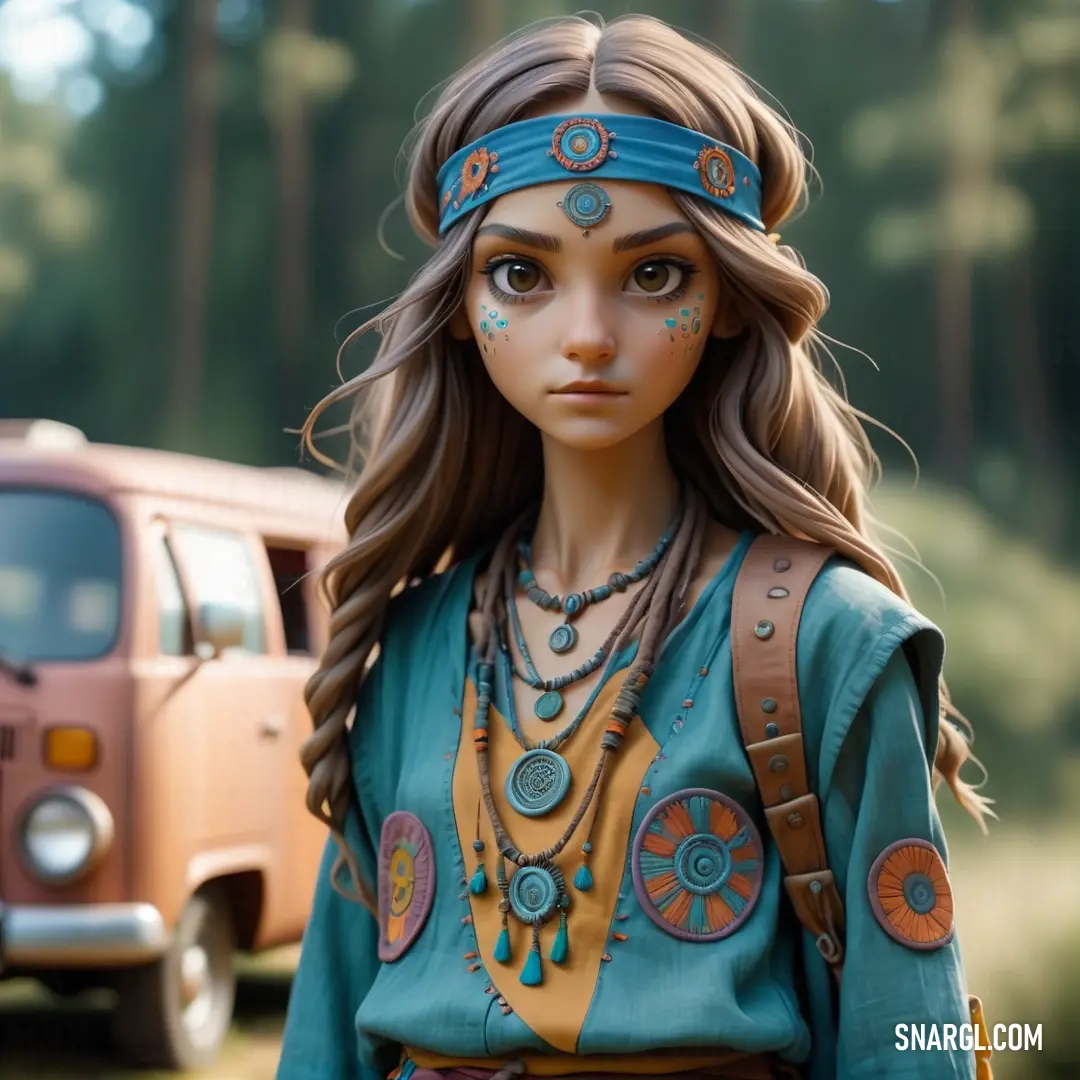
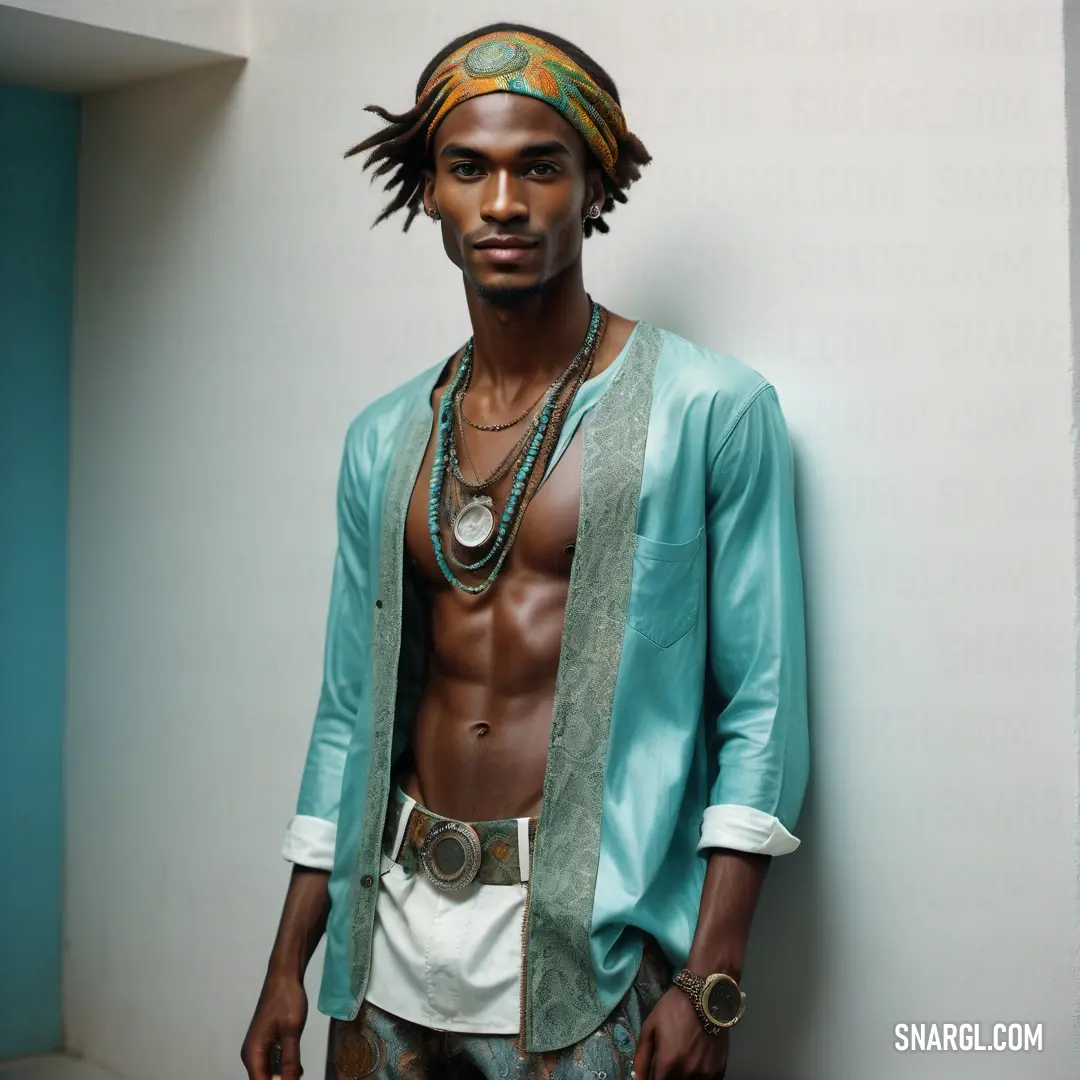
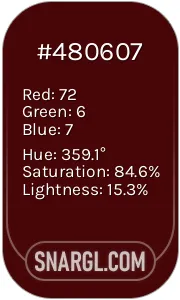 Bulgarian rose
Bulgarian rose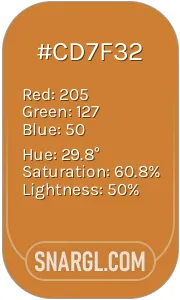 Bronze
Bronze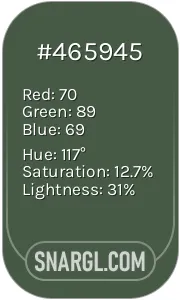 Gray-asparagus
Gray-asparagus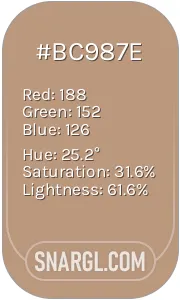 Pale taupe
Pale taupe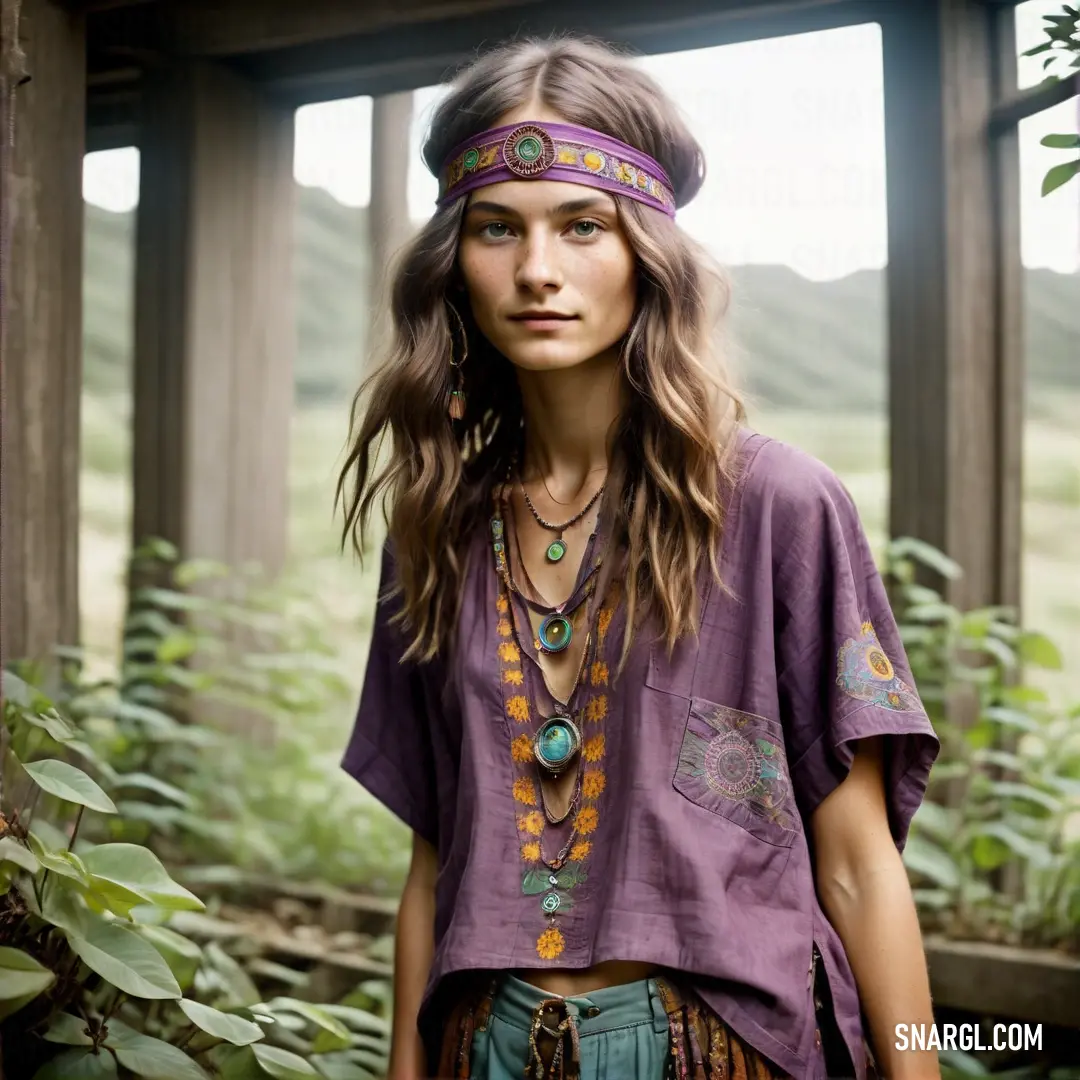
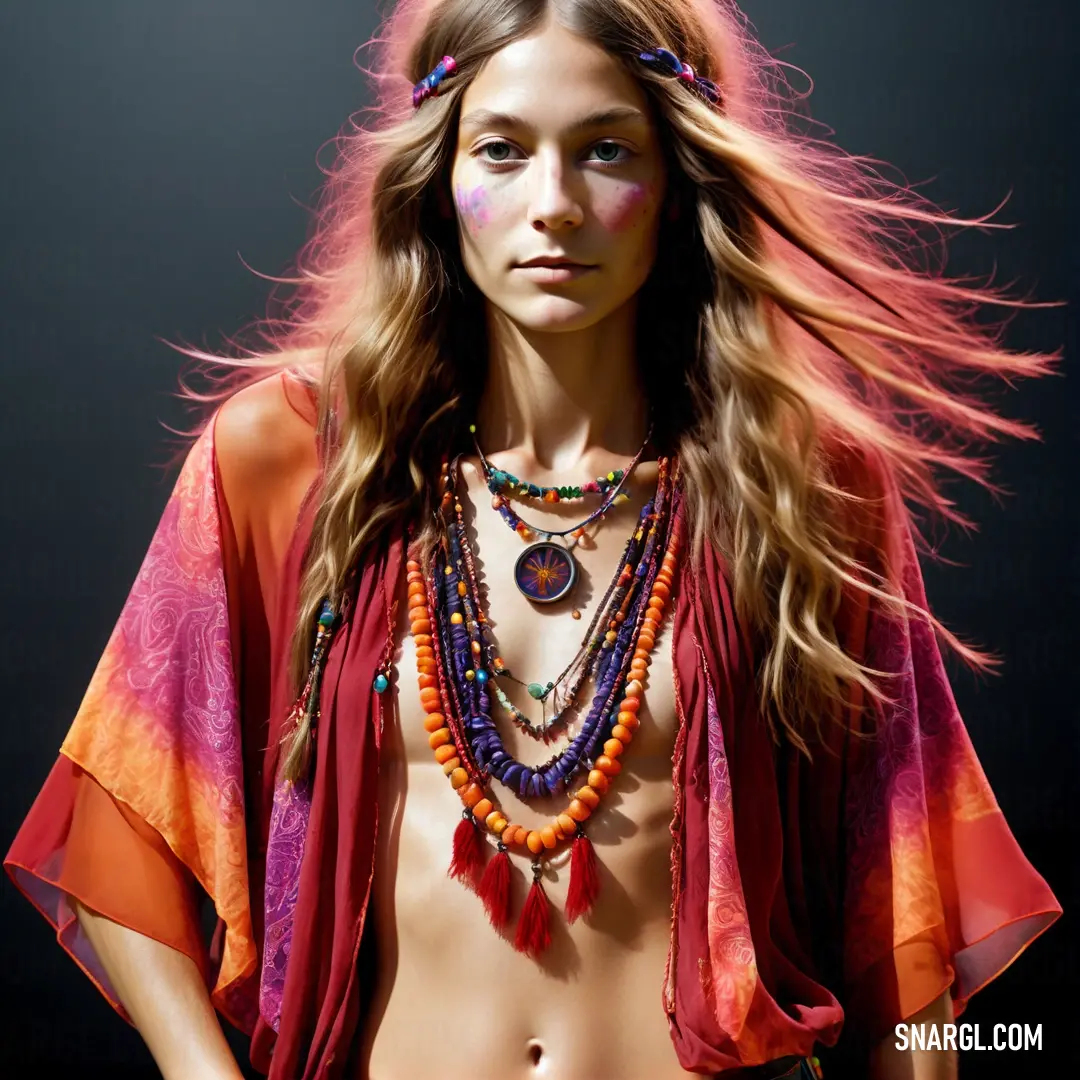
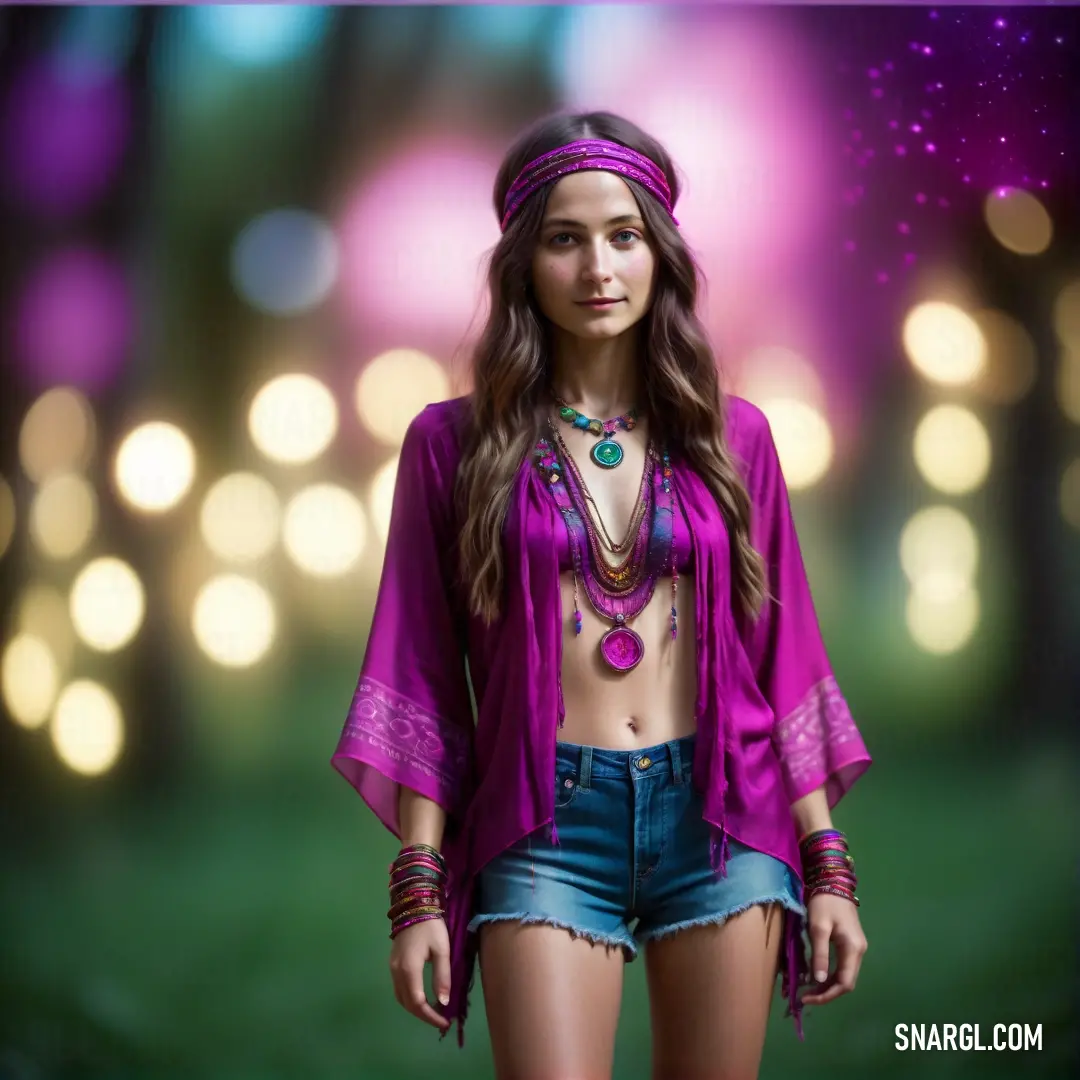
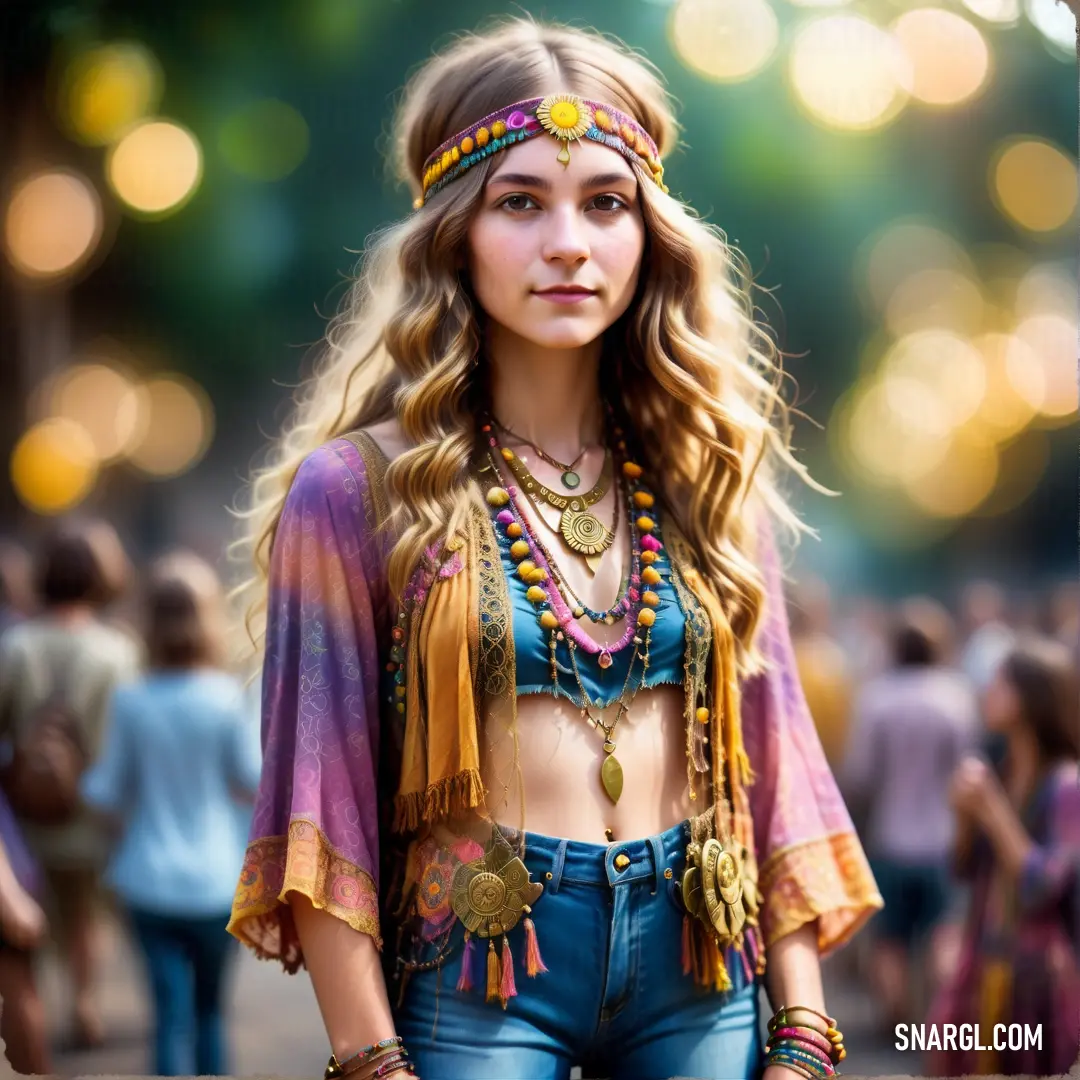
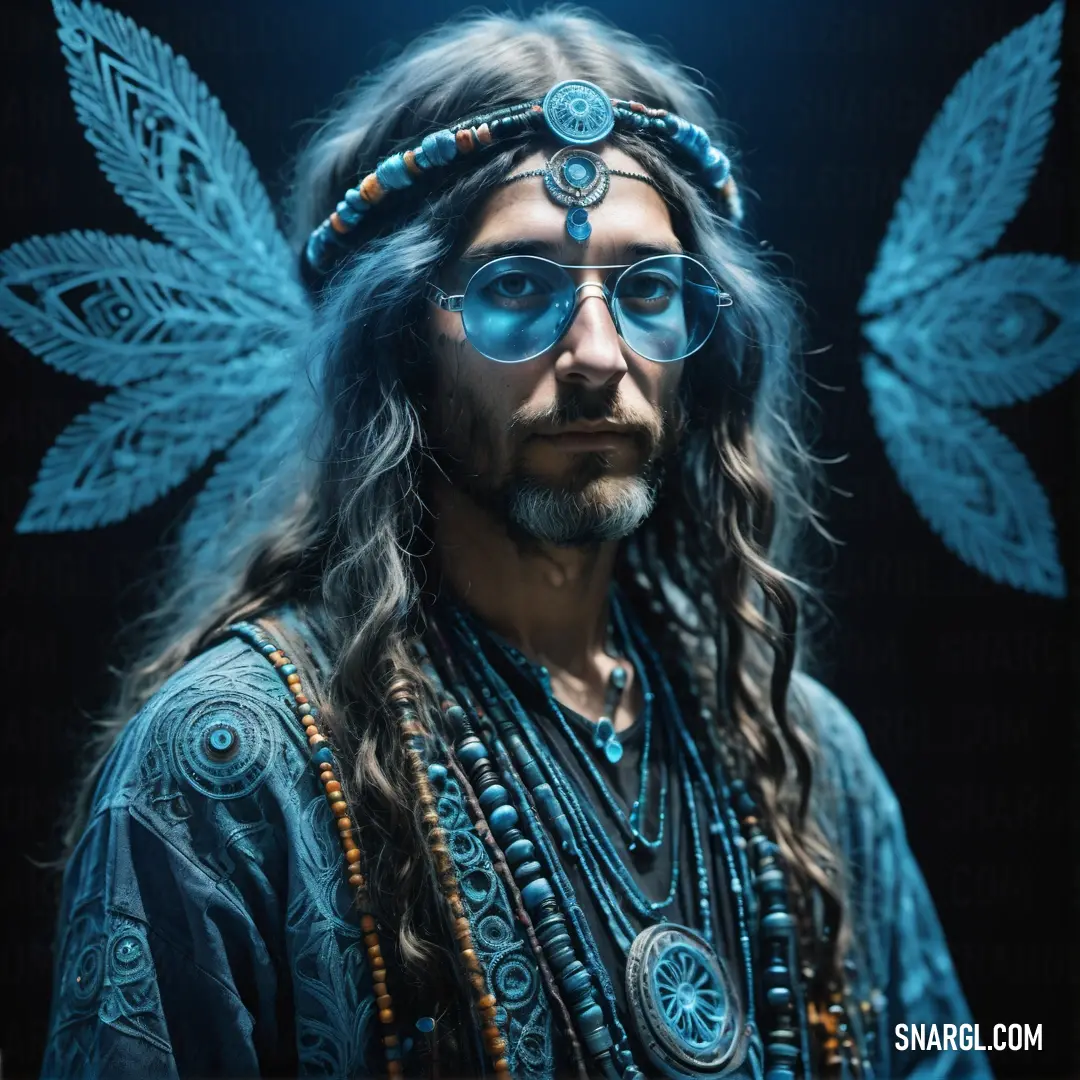
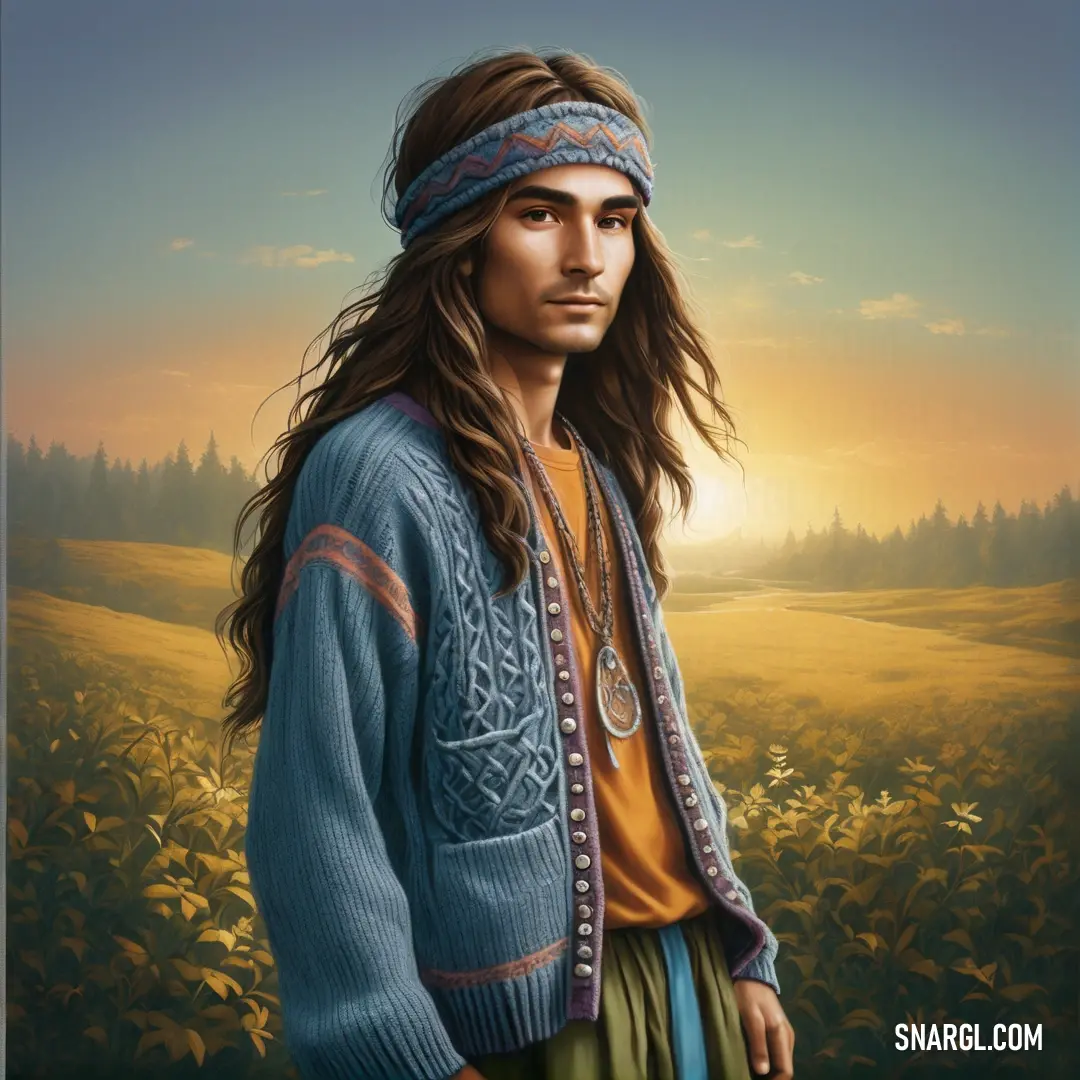
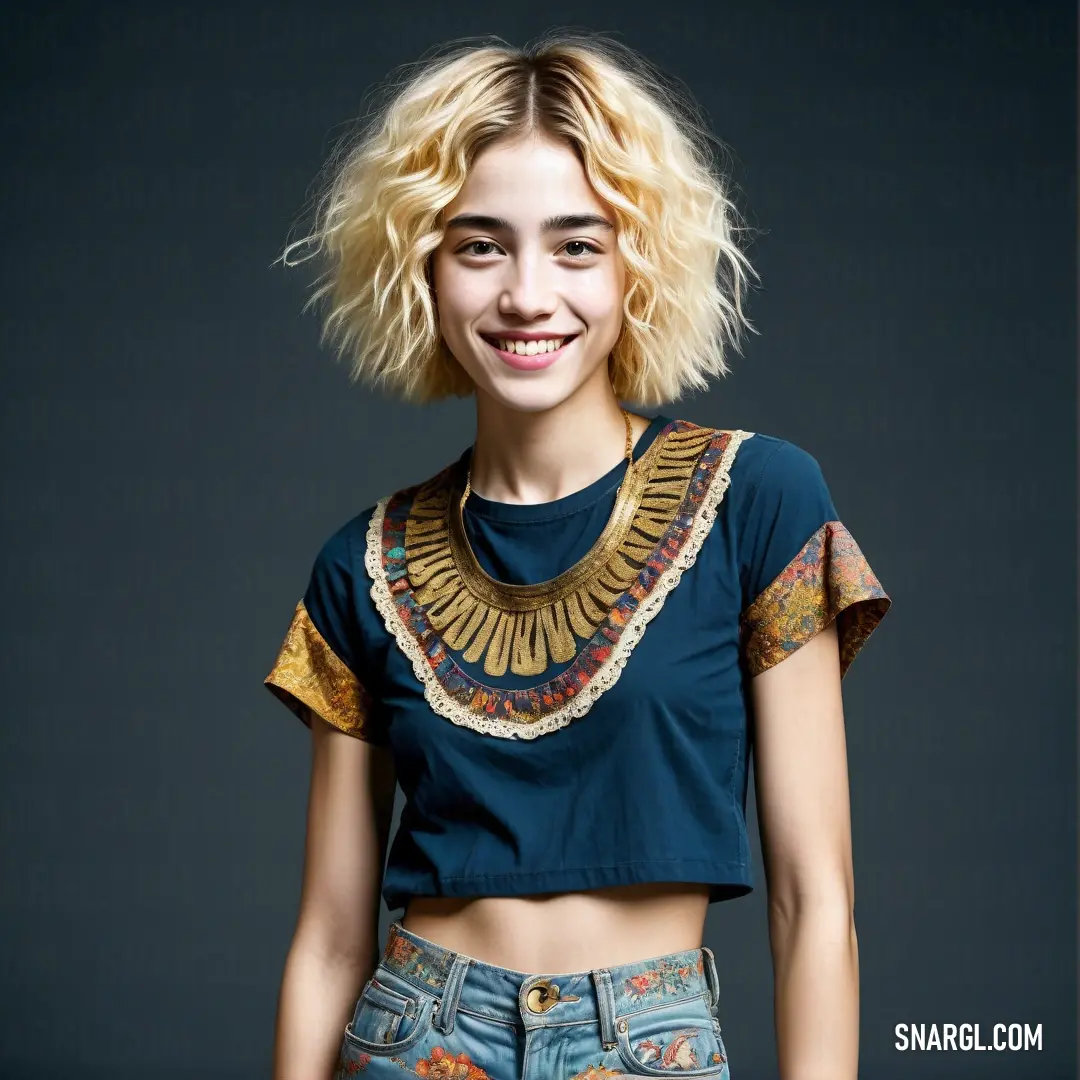
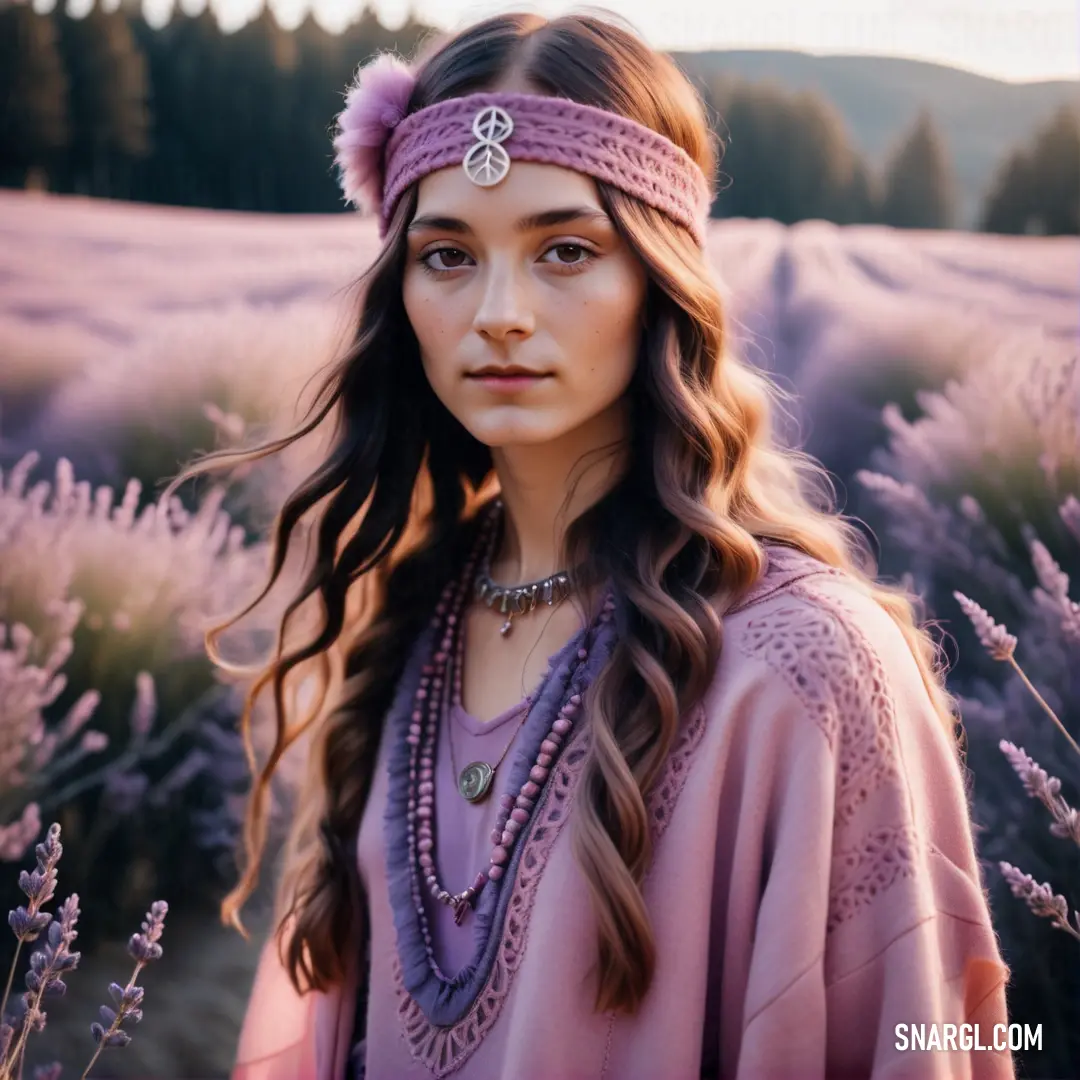
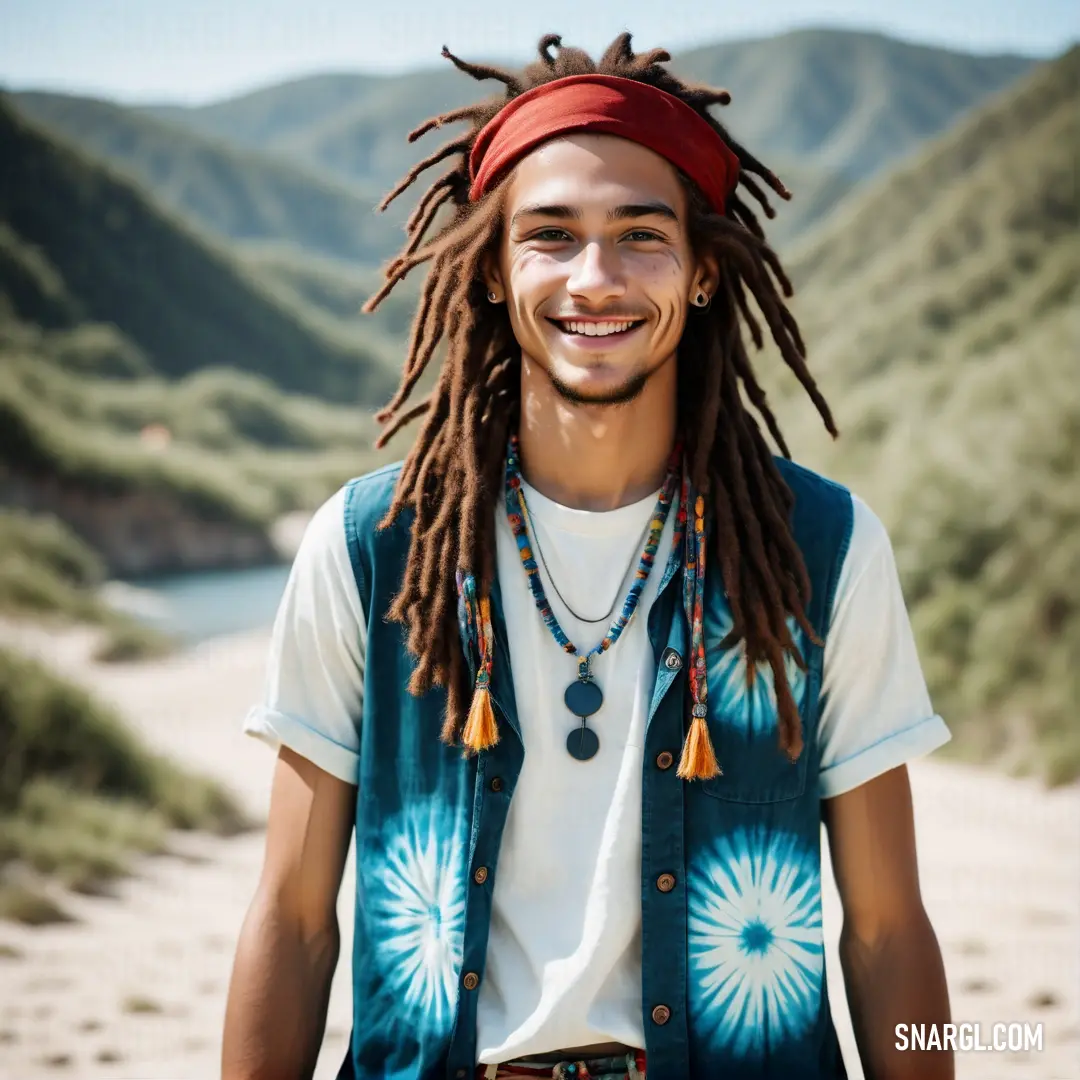
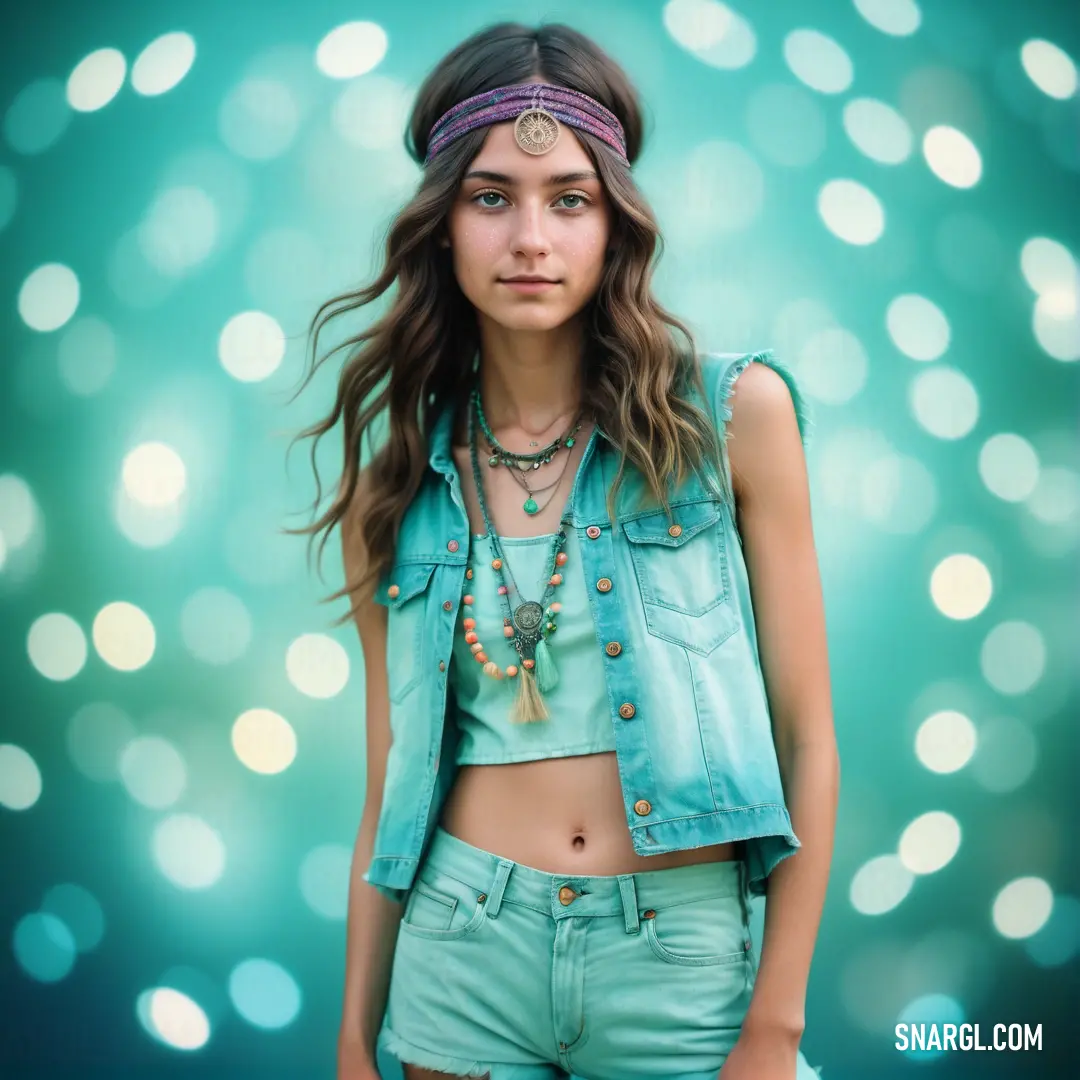
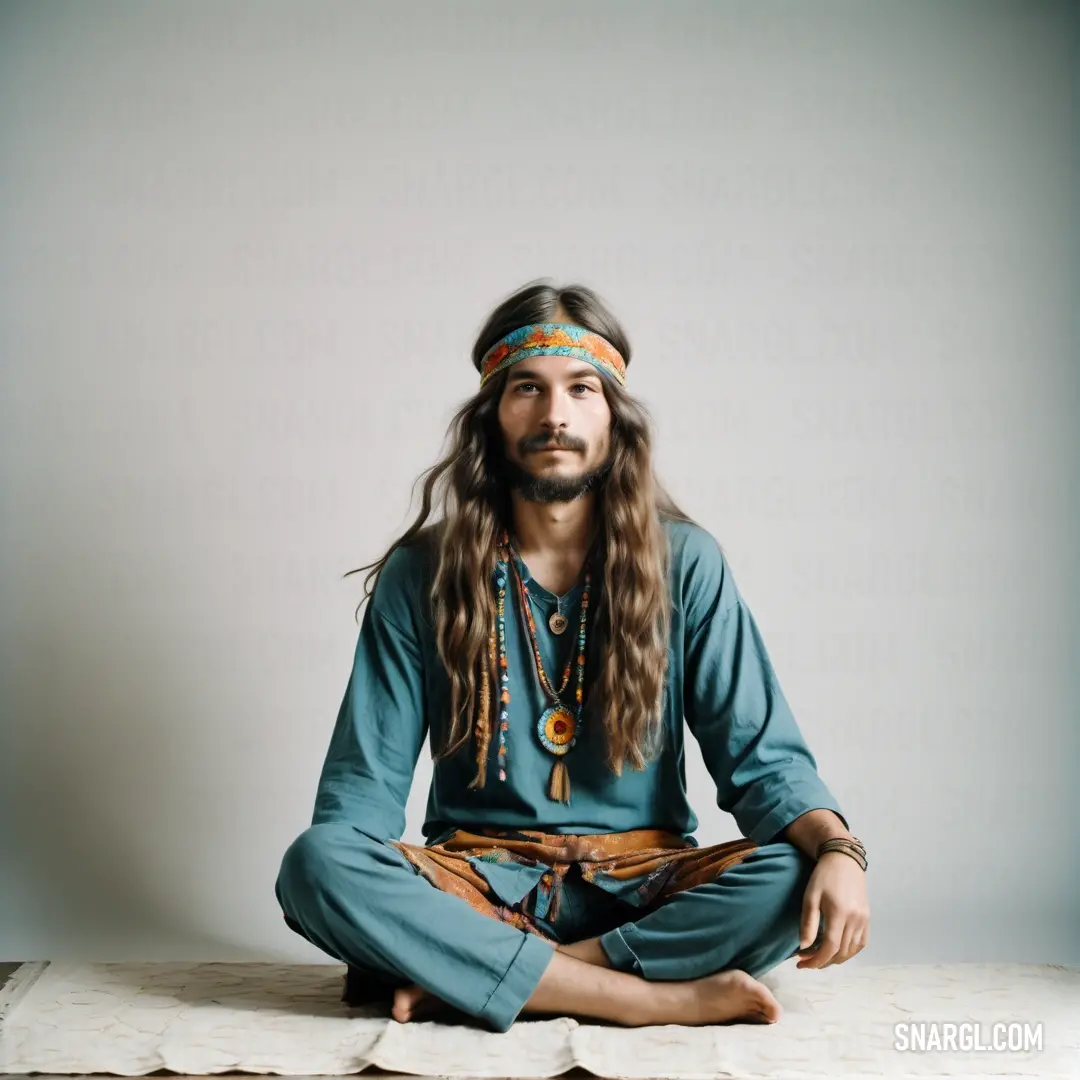
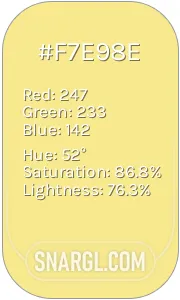 Flavescent
Flavescent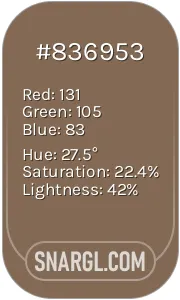 Pastel brown
Pastel brown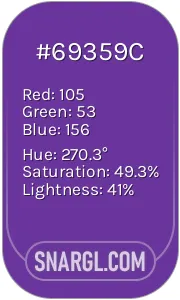 Purple Heart
Purple Heart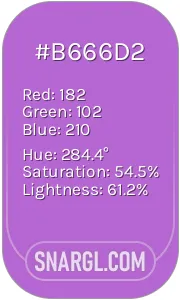 Rich lilac
Rich lilac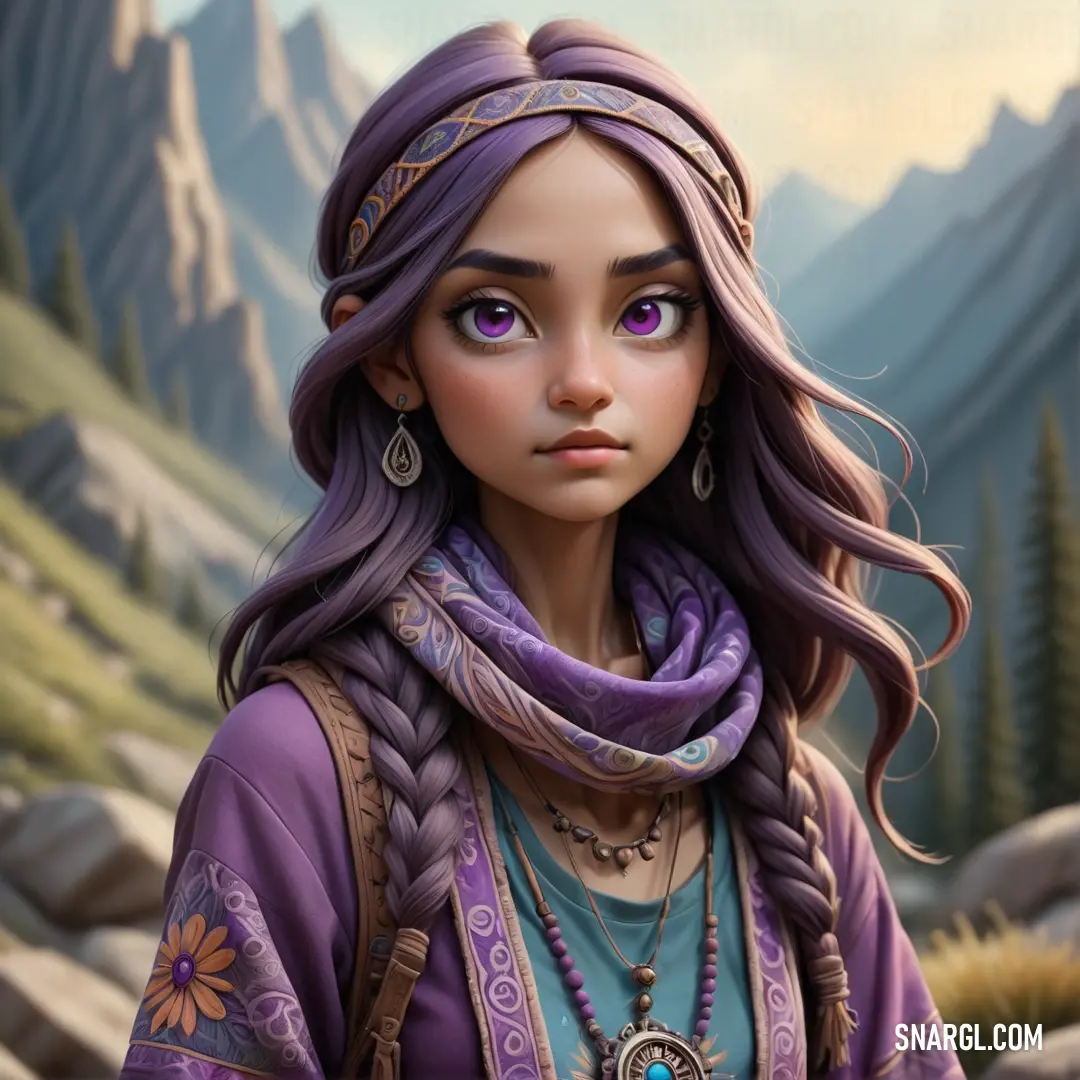
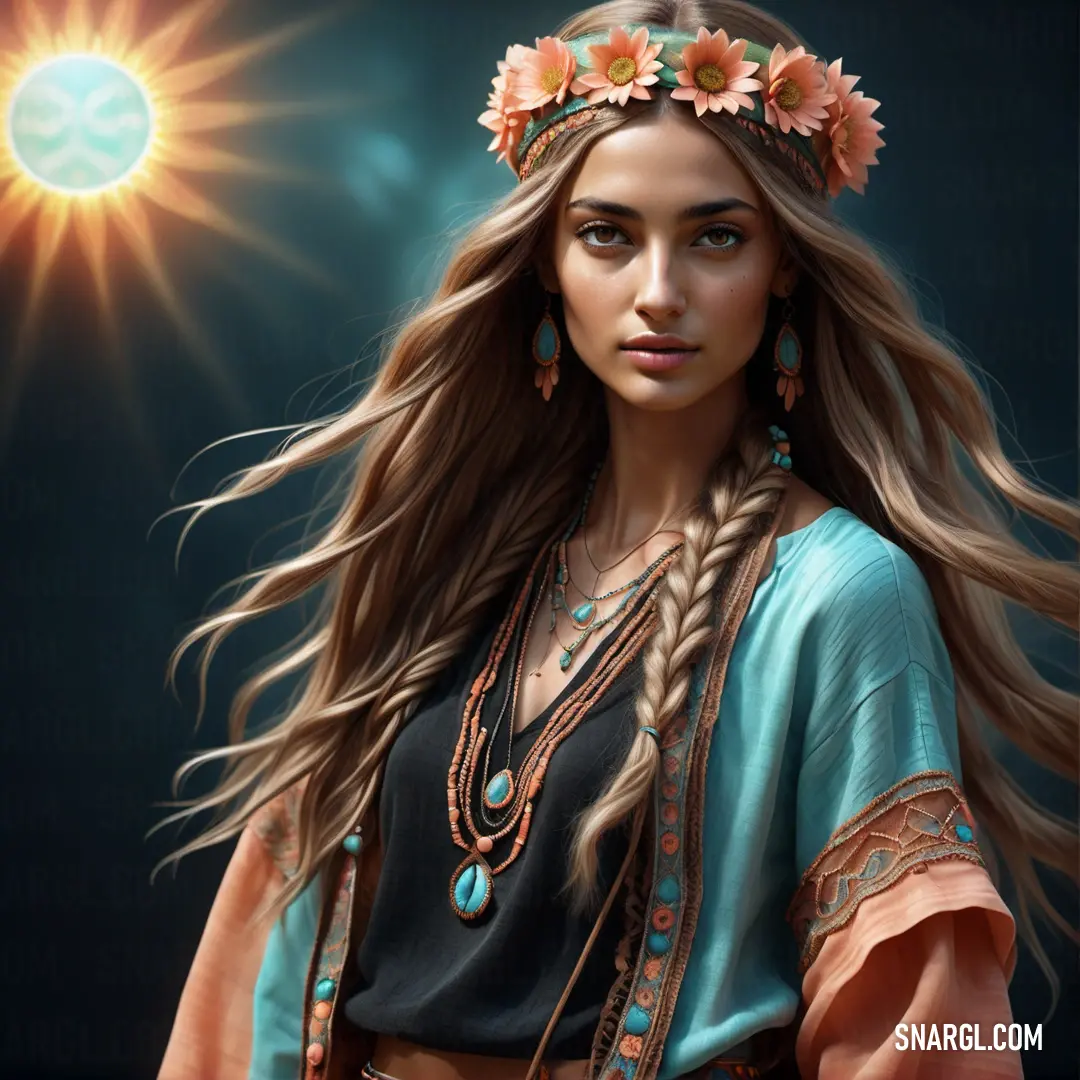
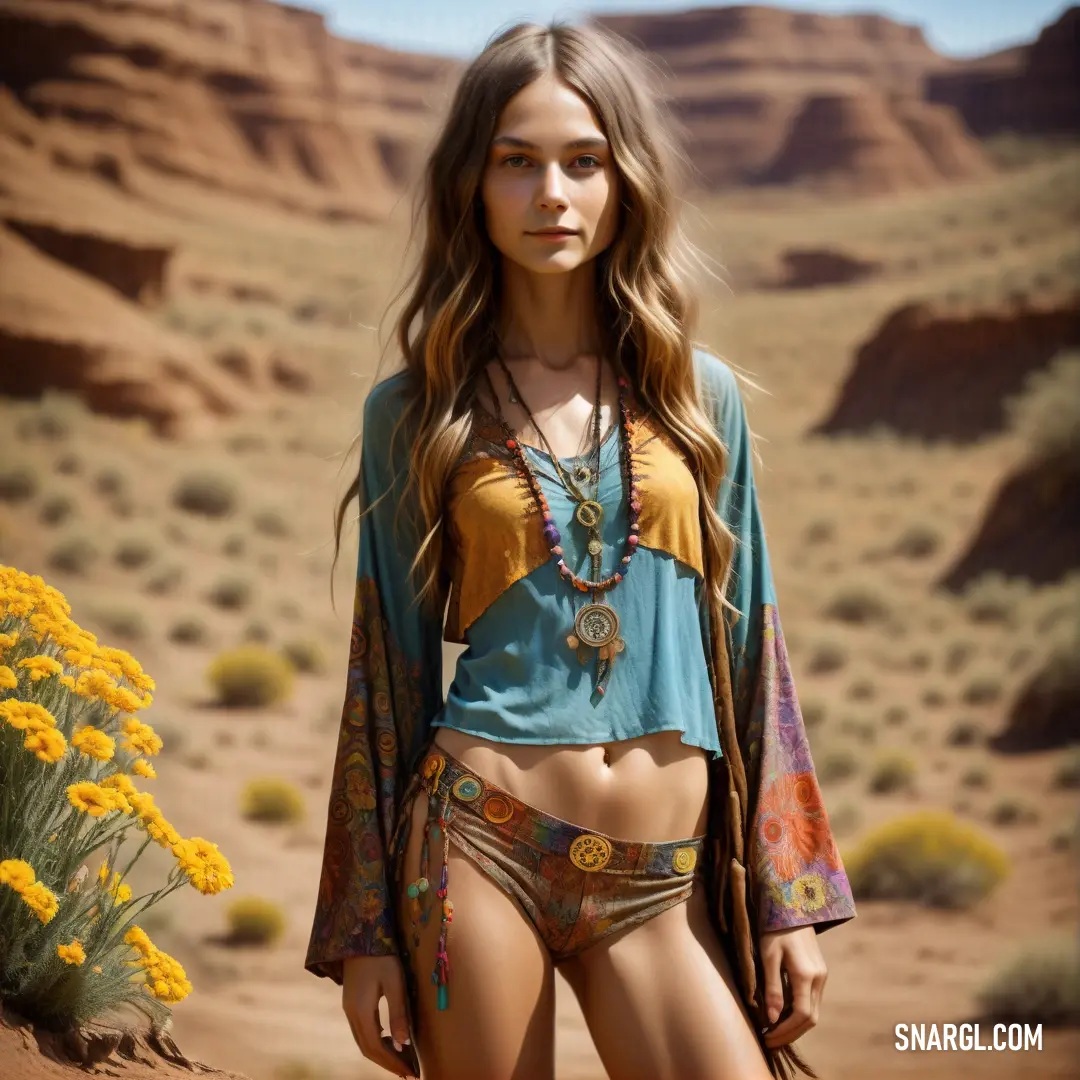
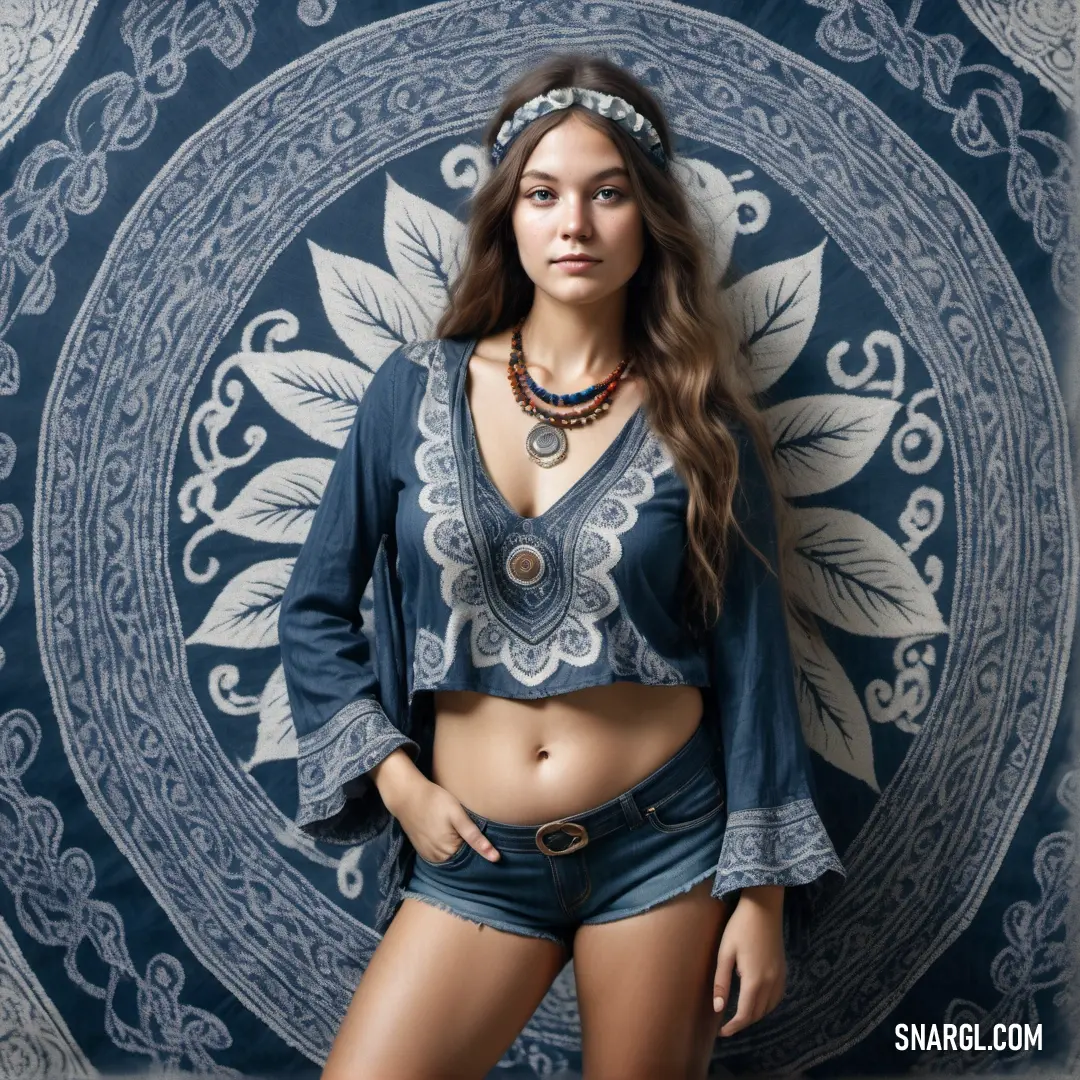
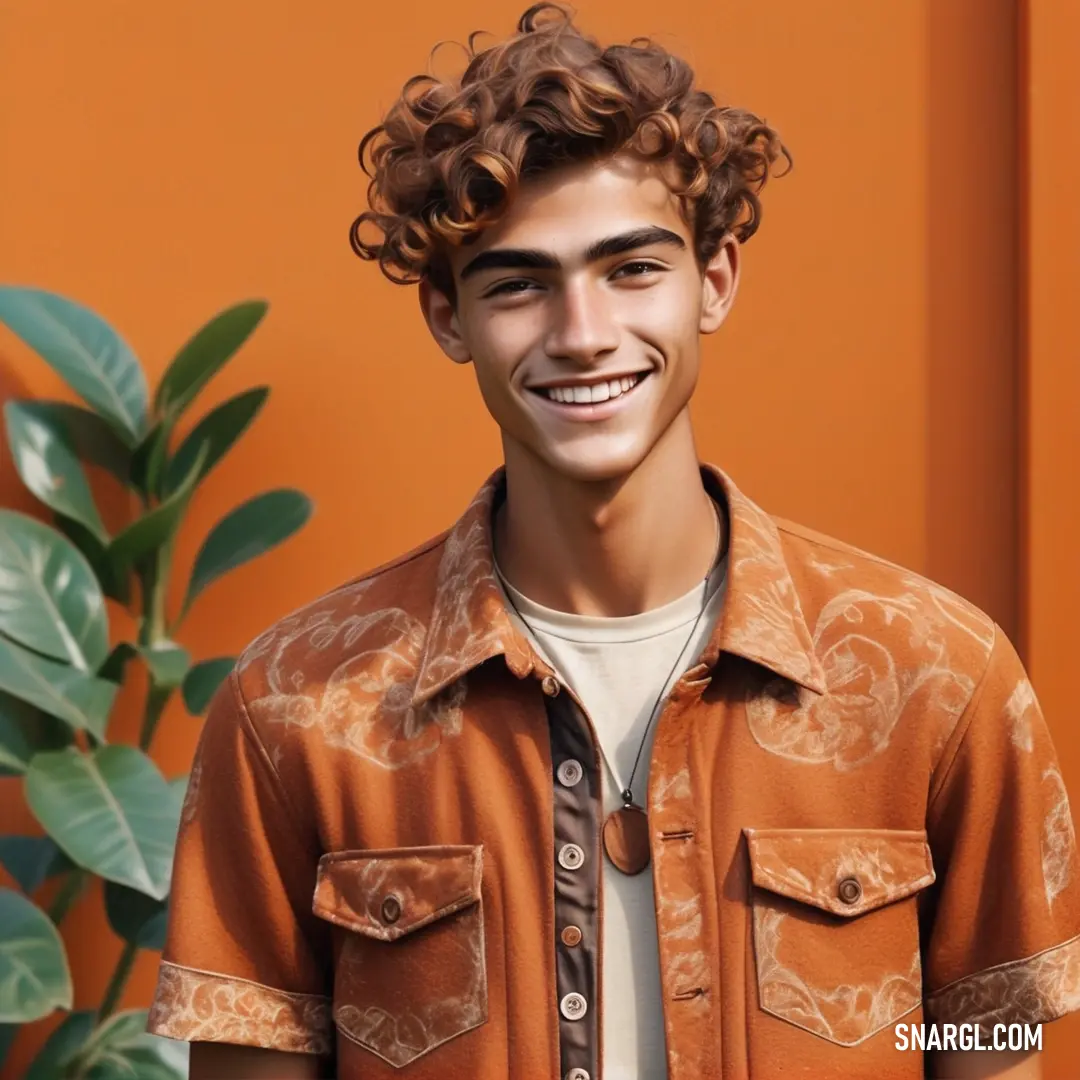
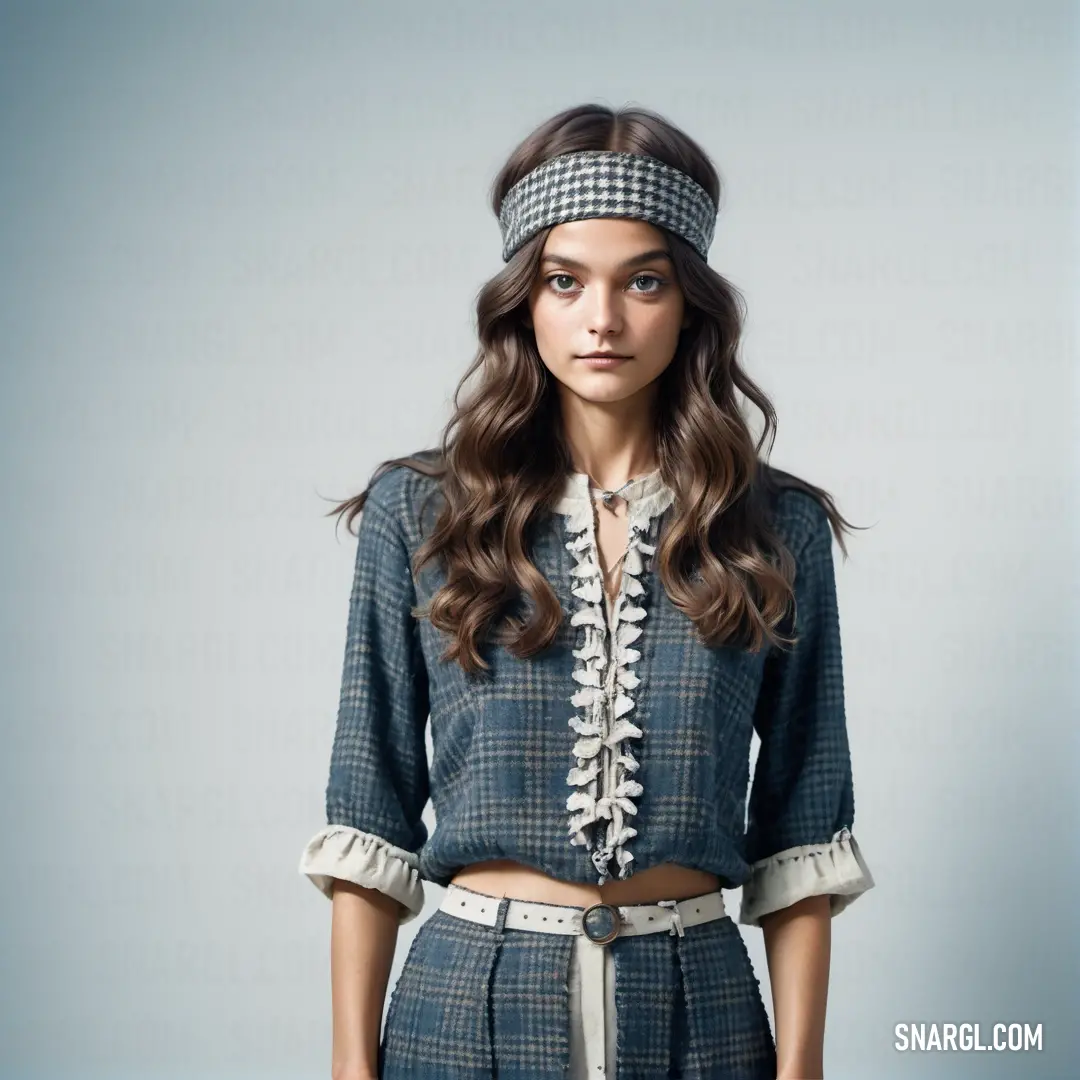
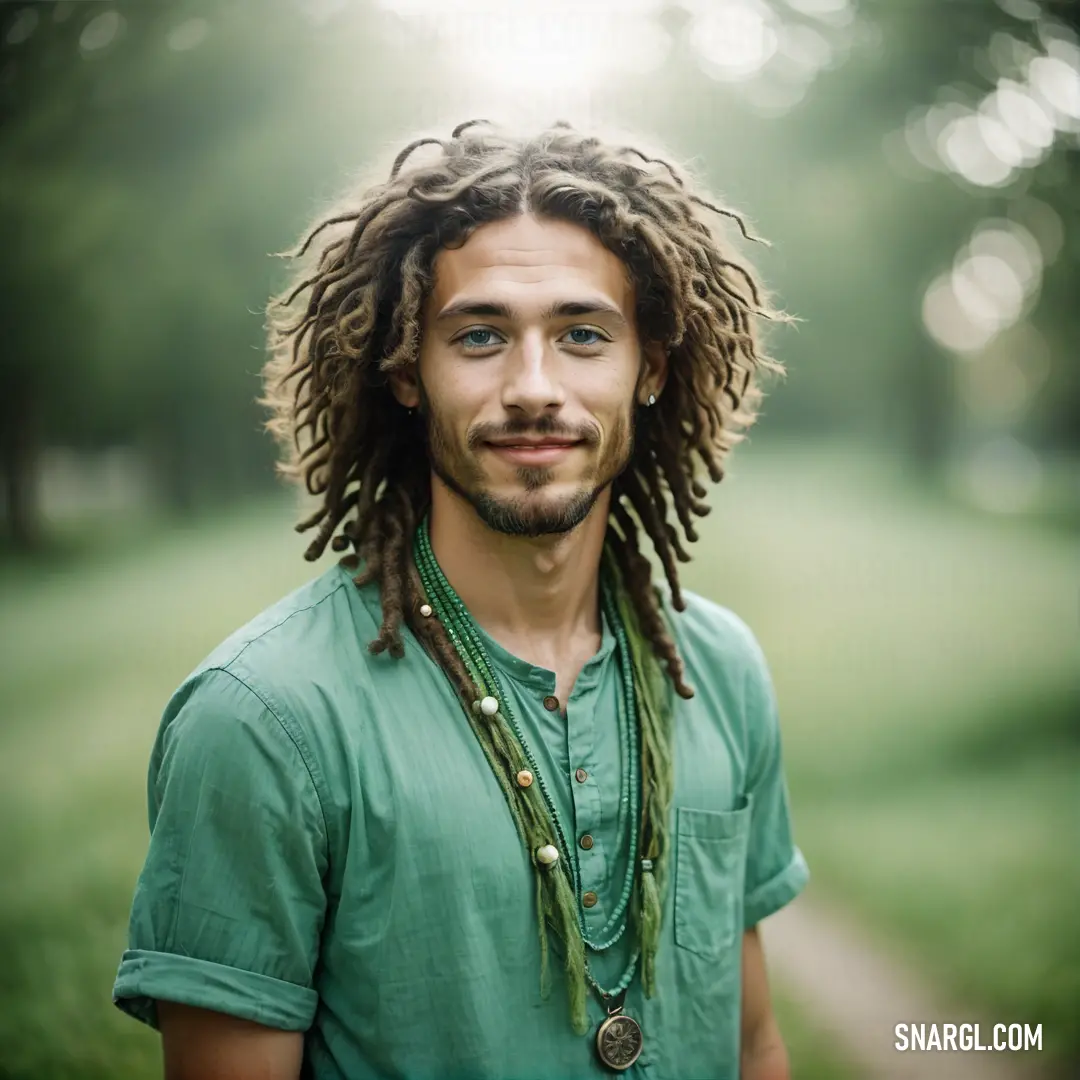
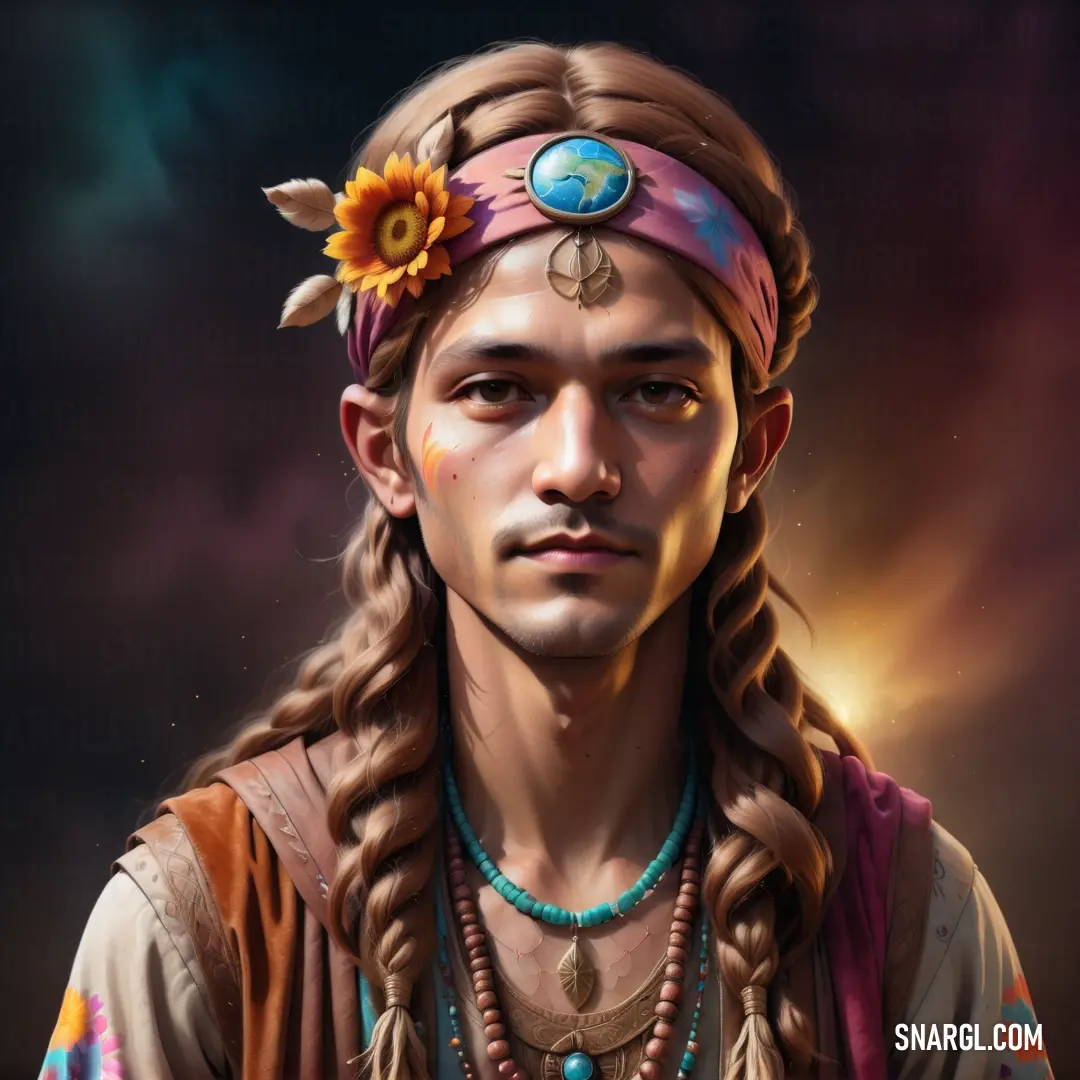
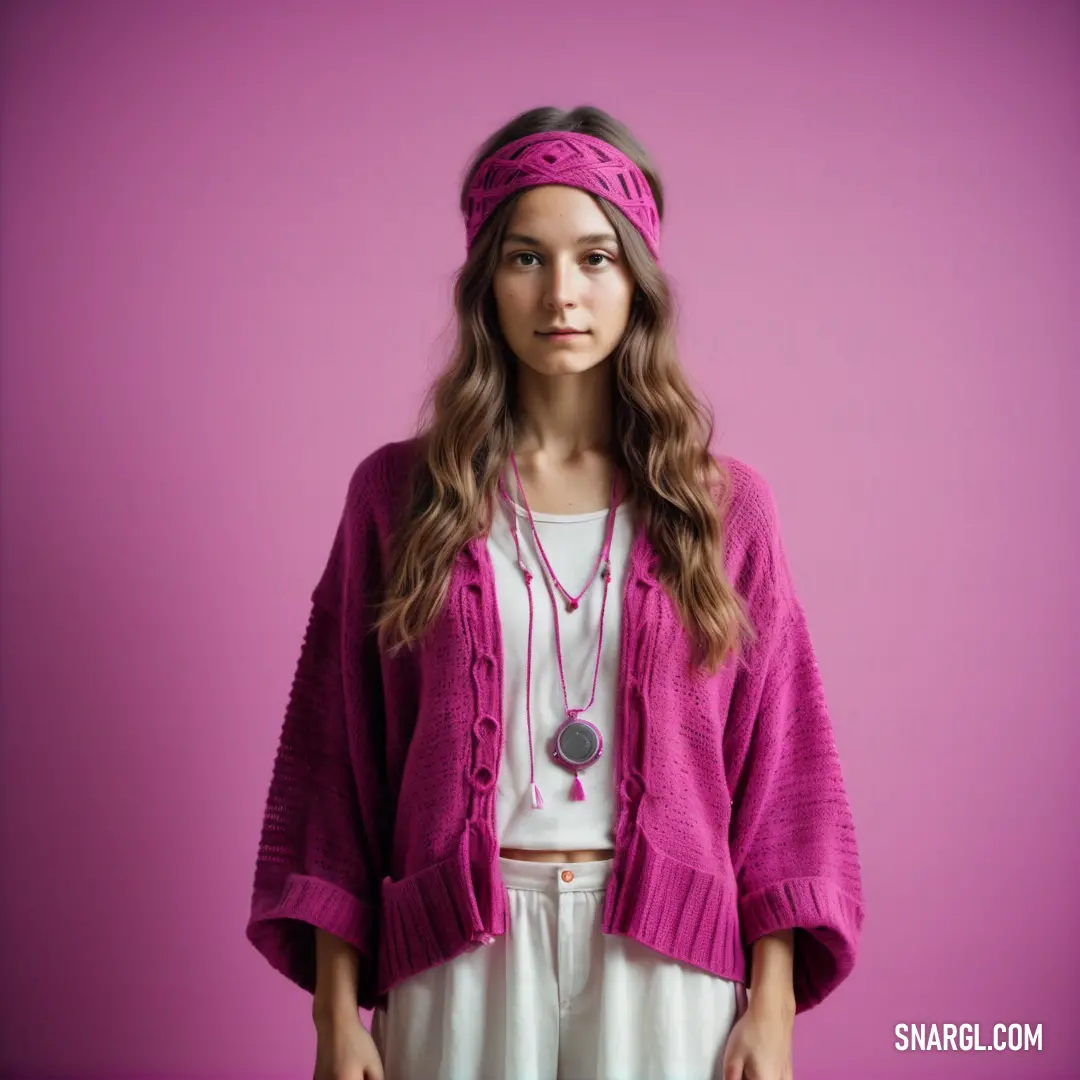
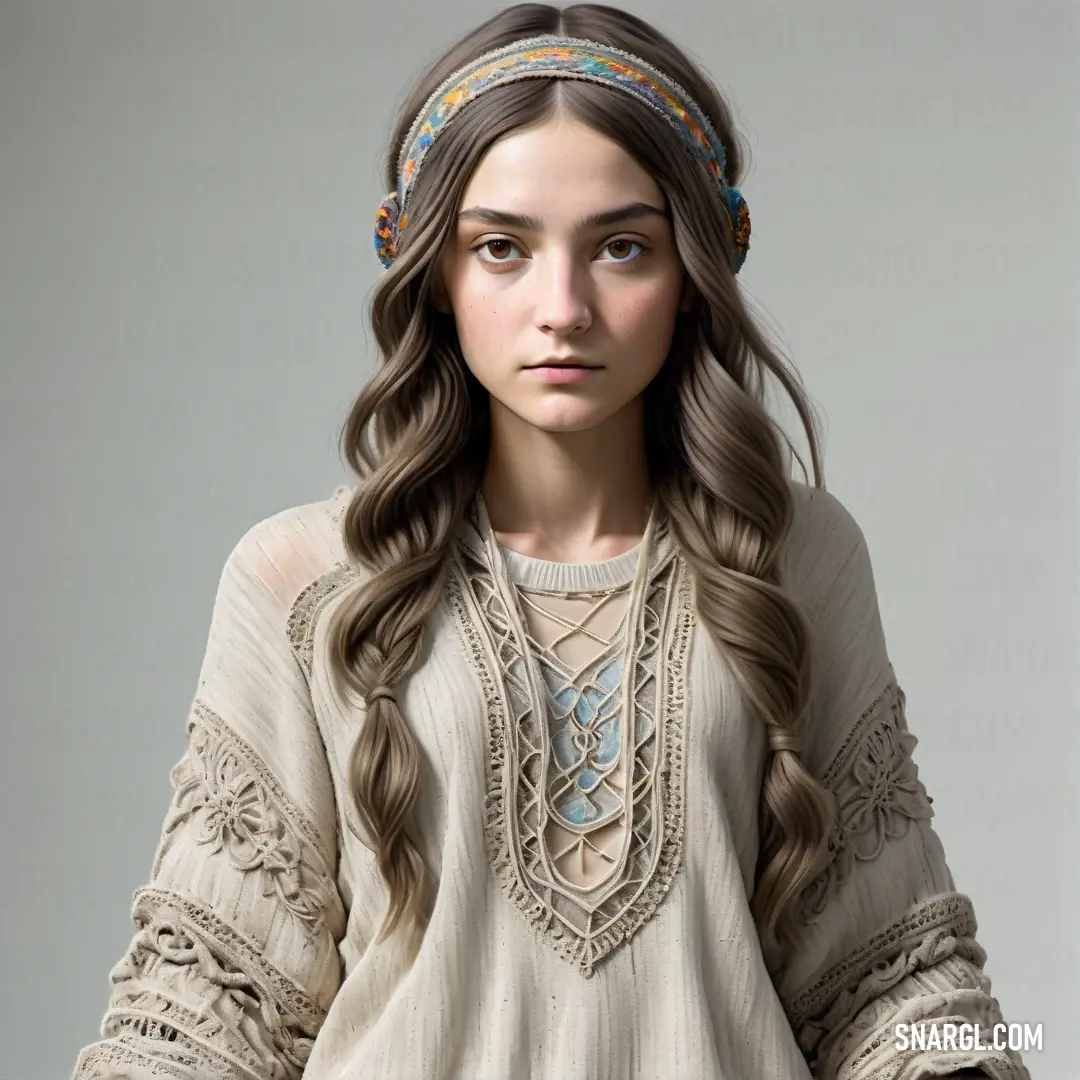
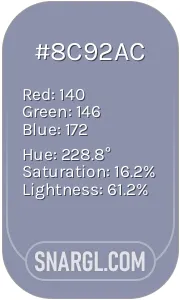 Cool grey
Cool grey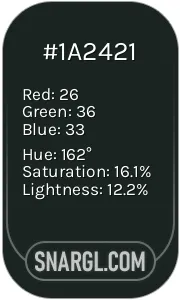 Dark jungle green
Dark jungle green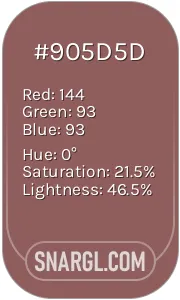 Rose taupe
Rose taupe







